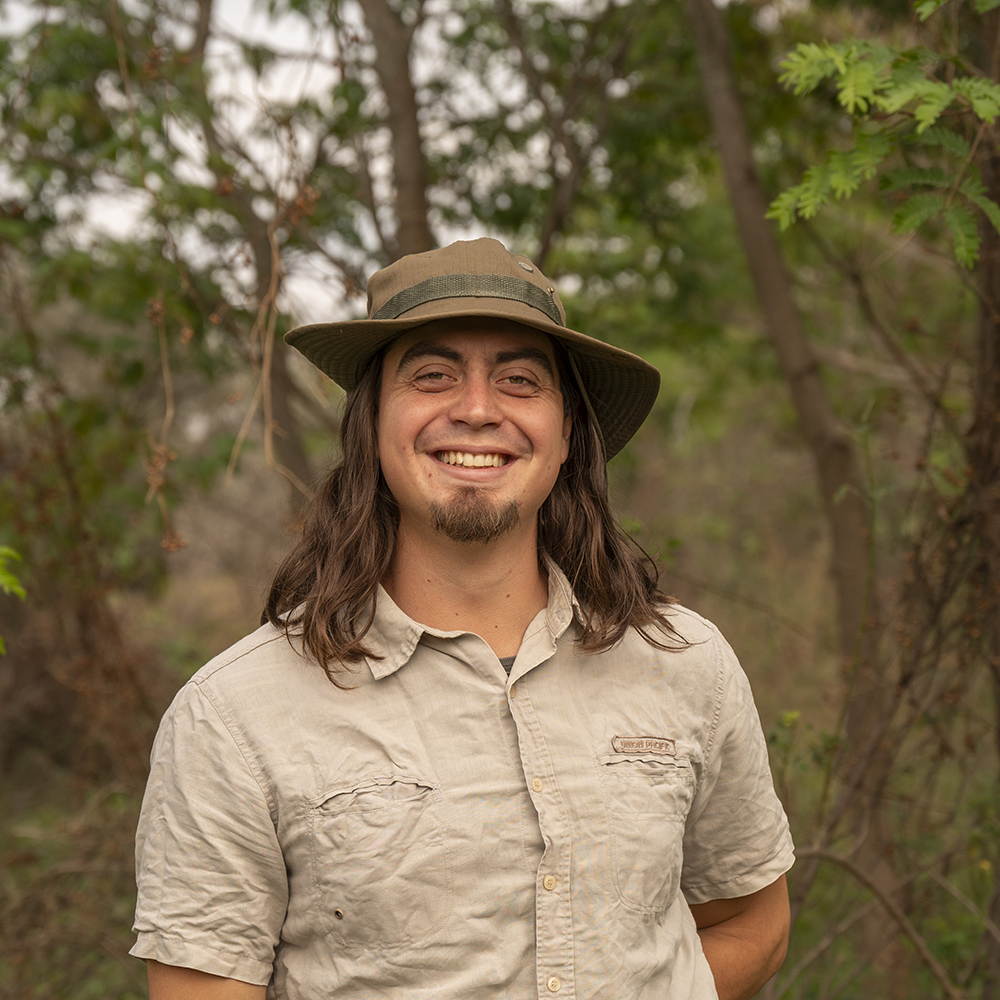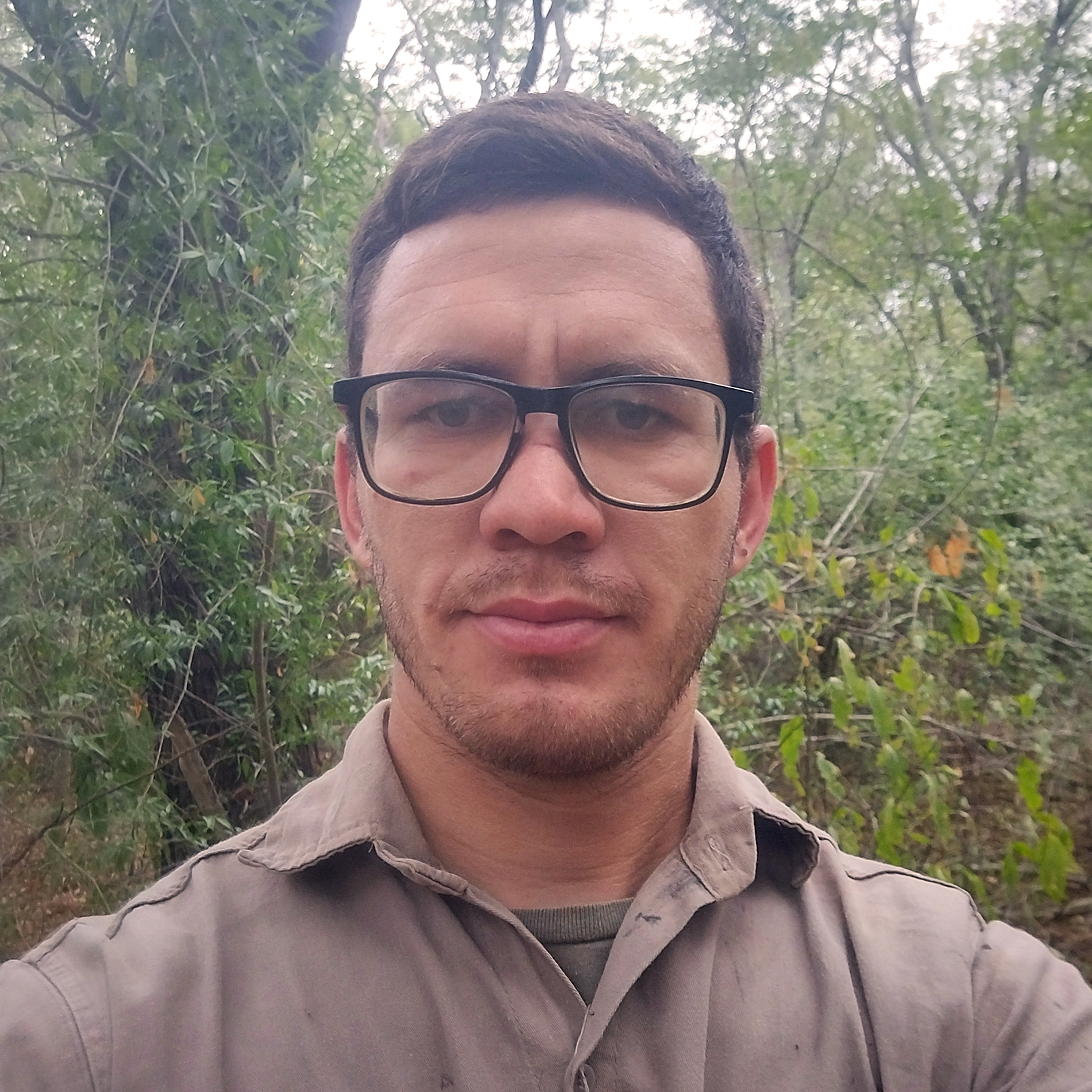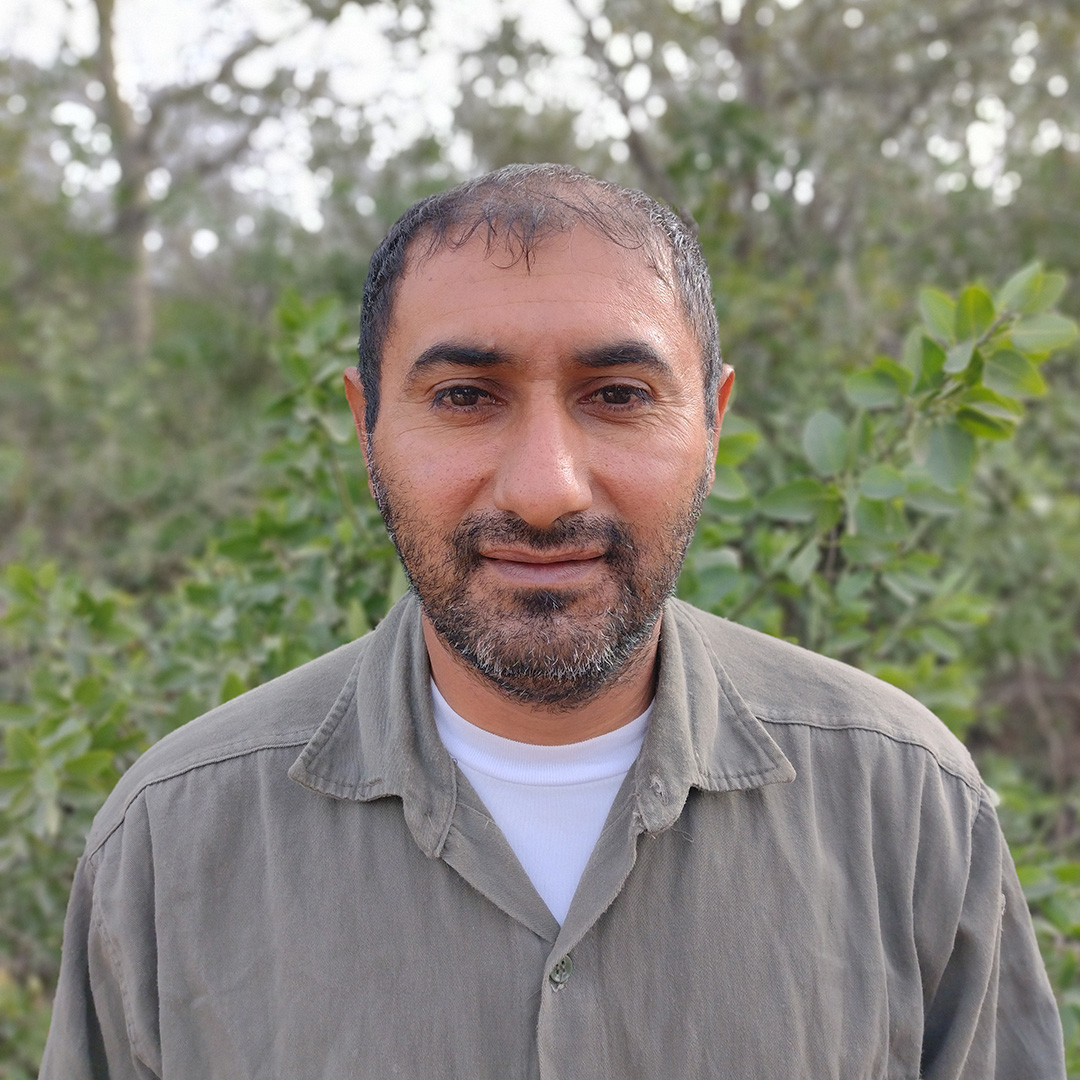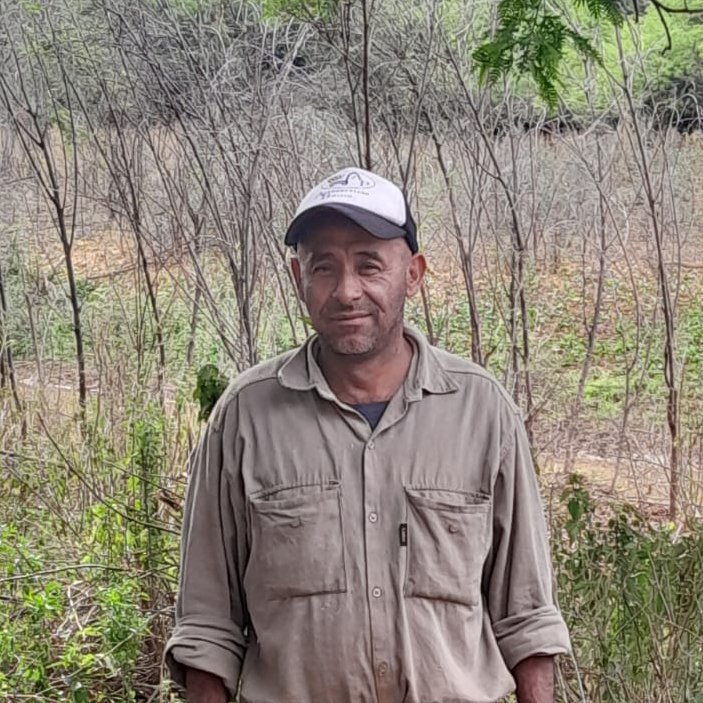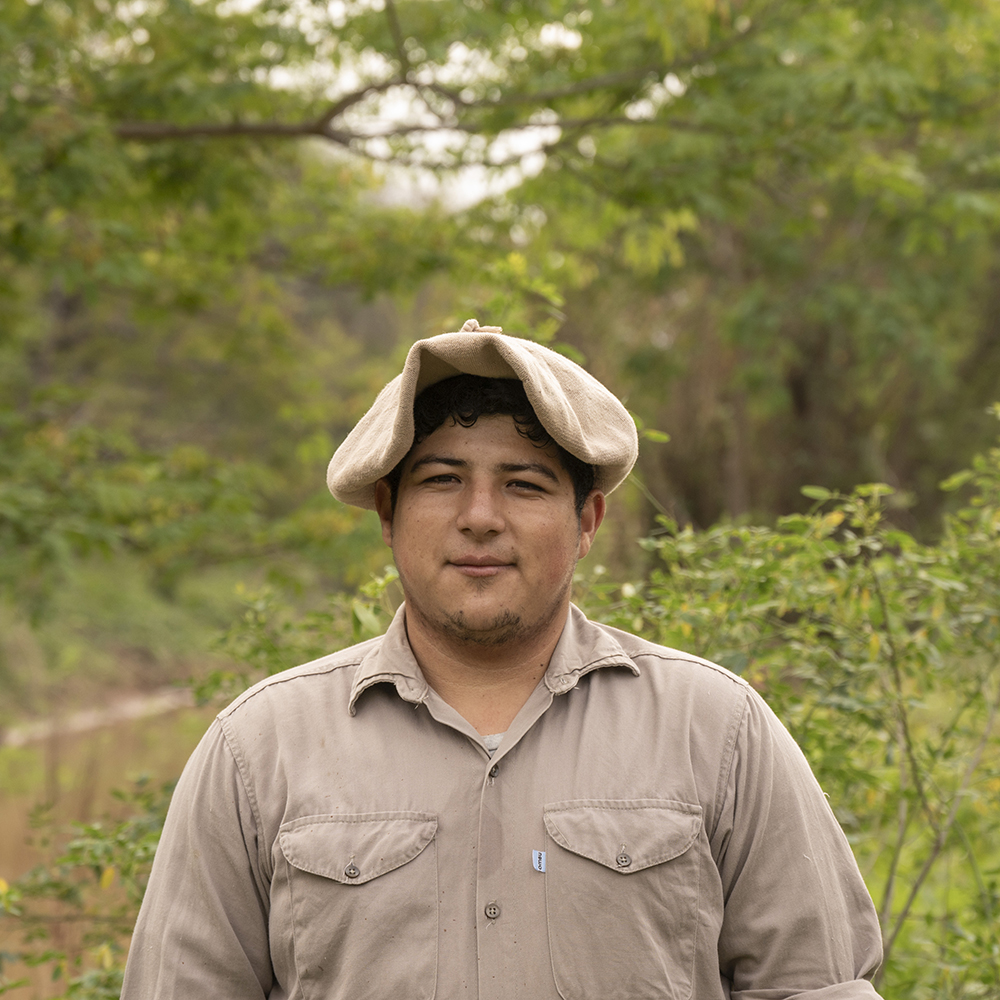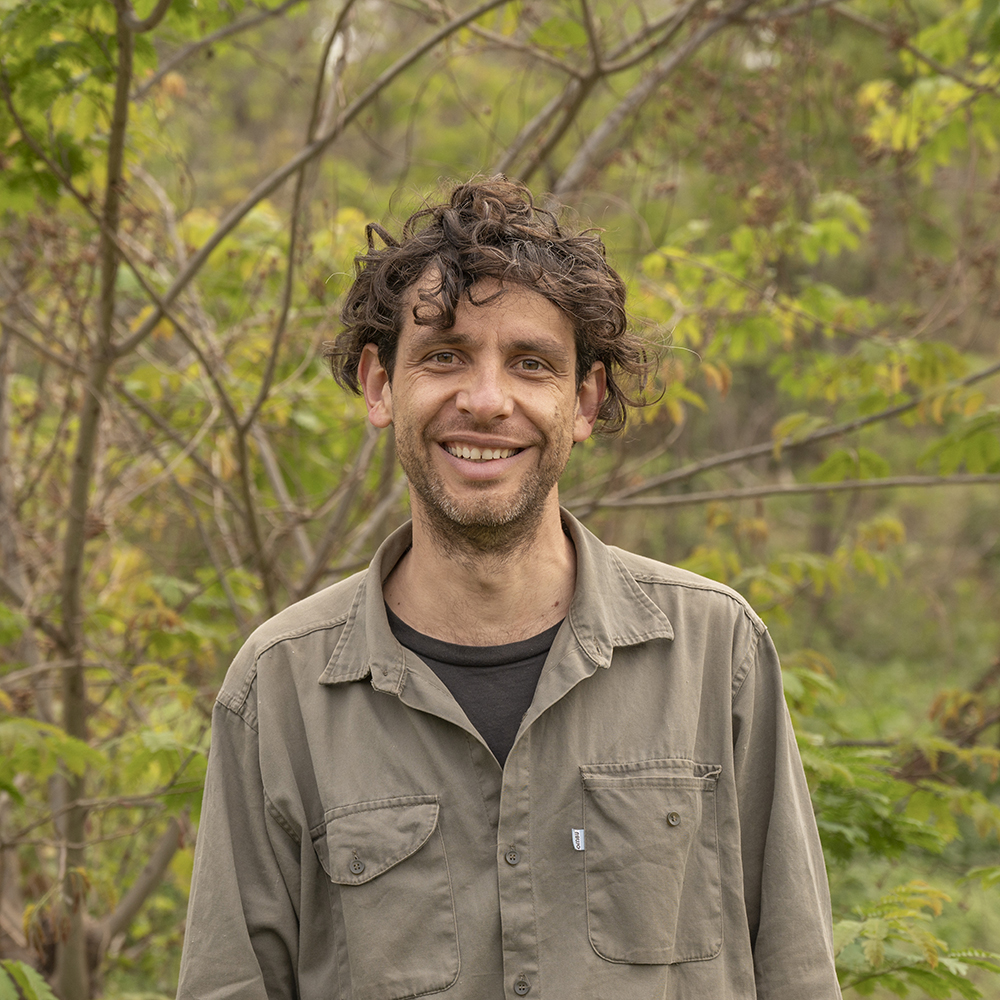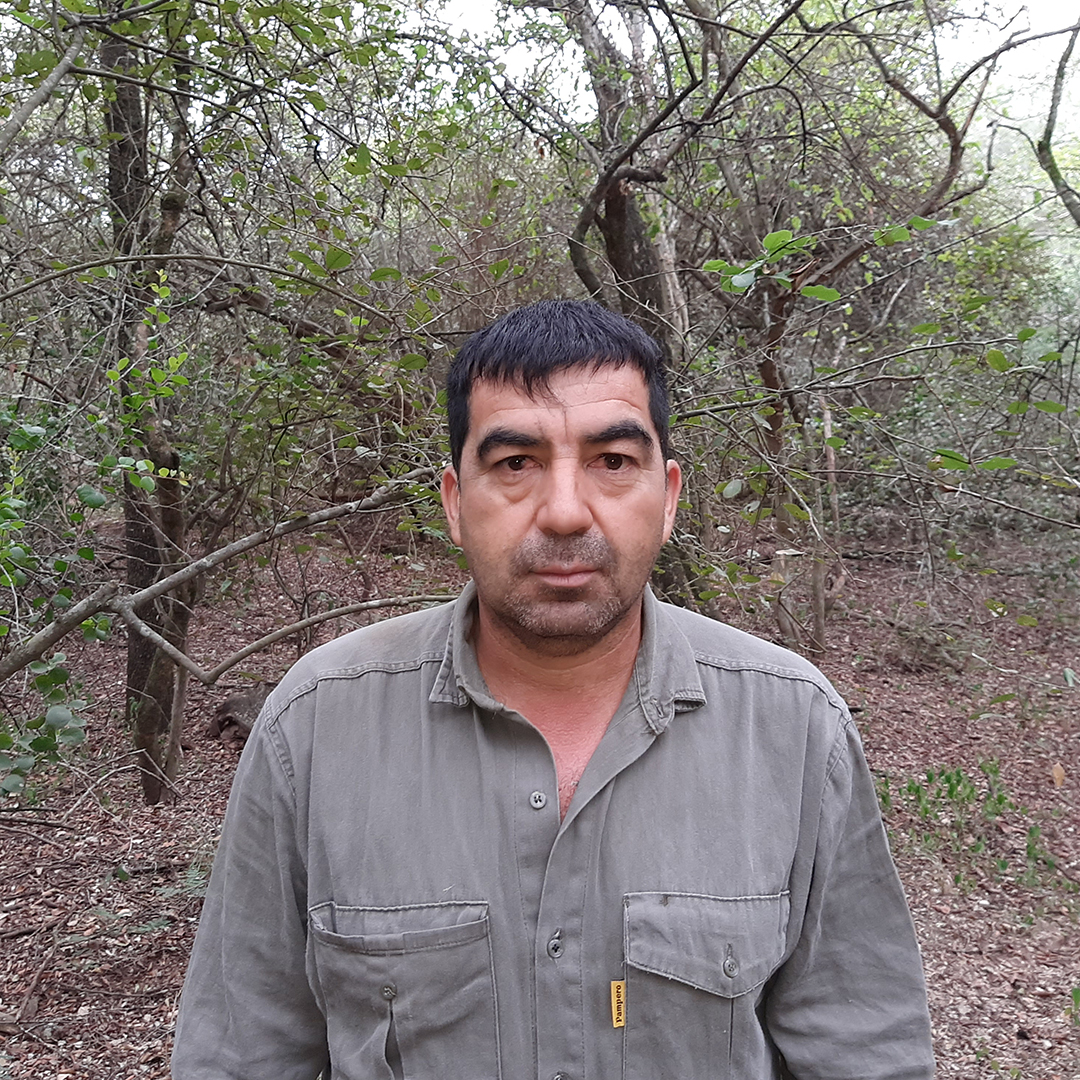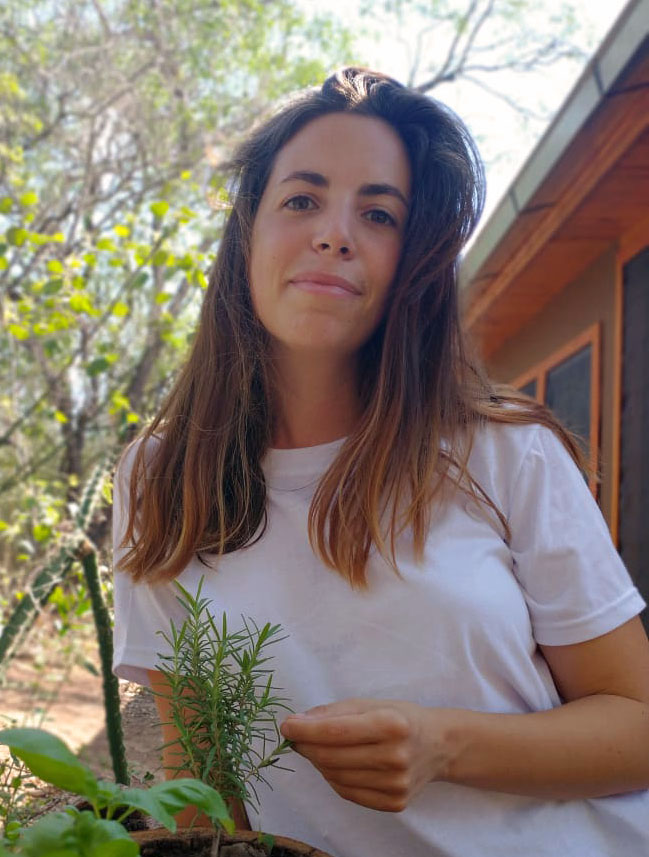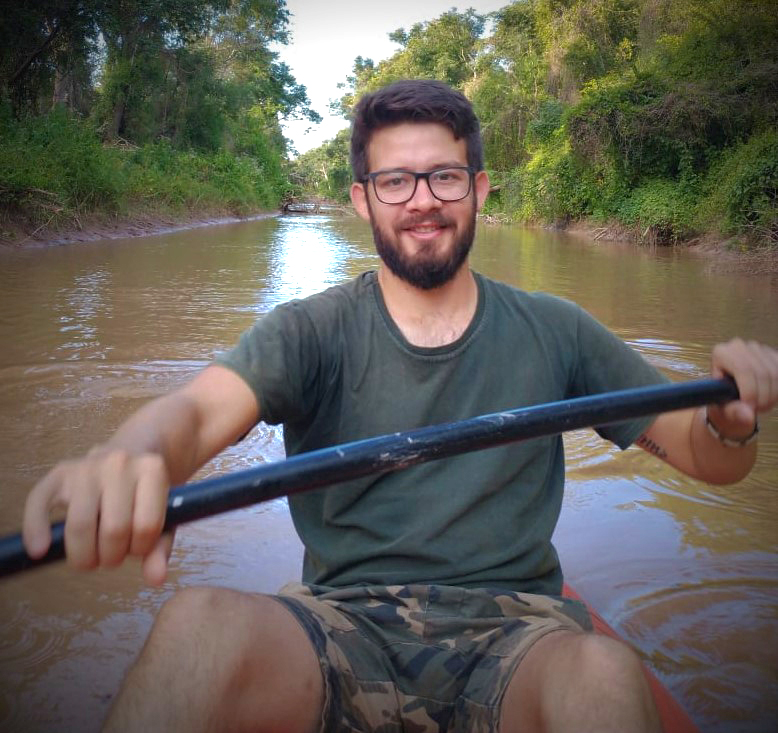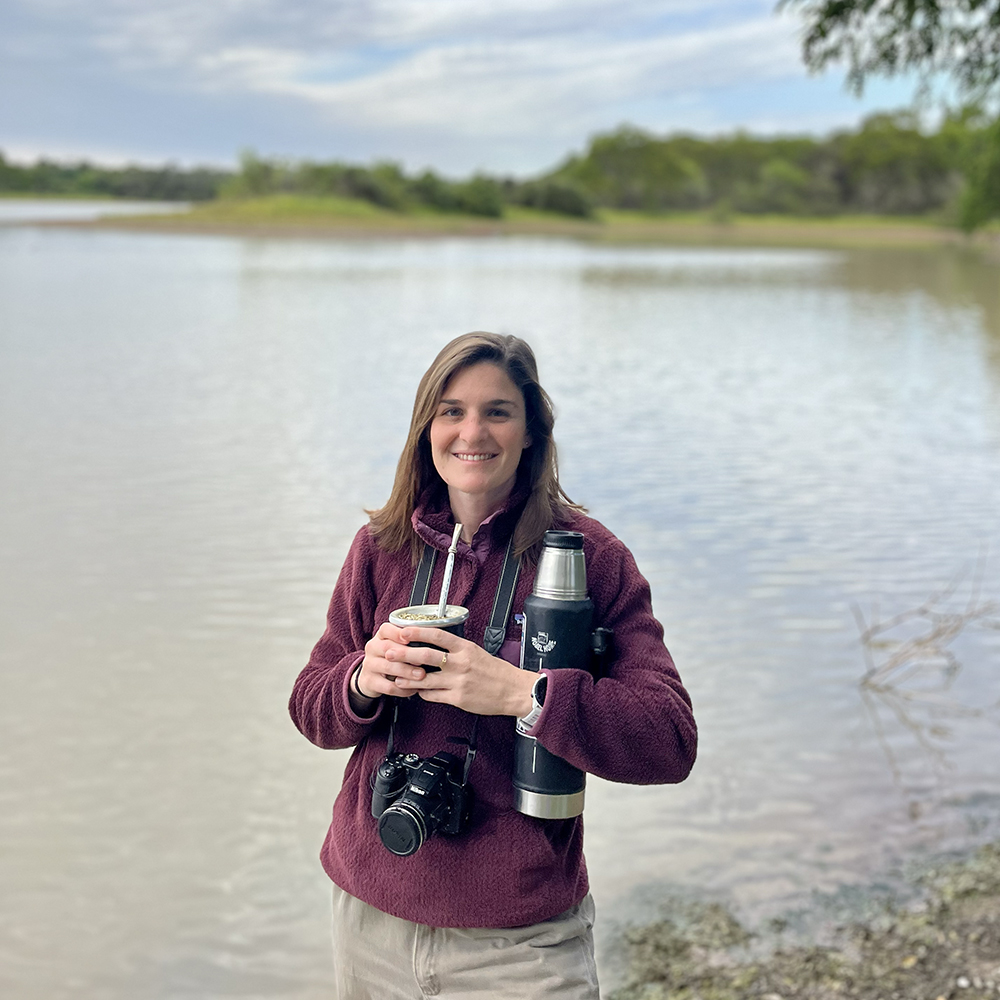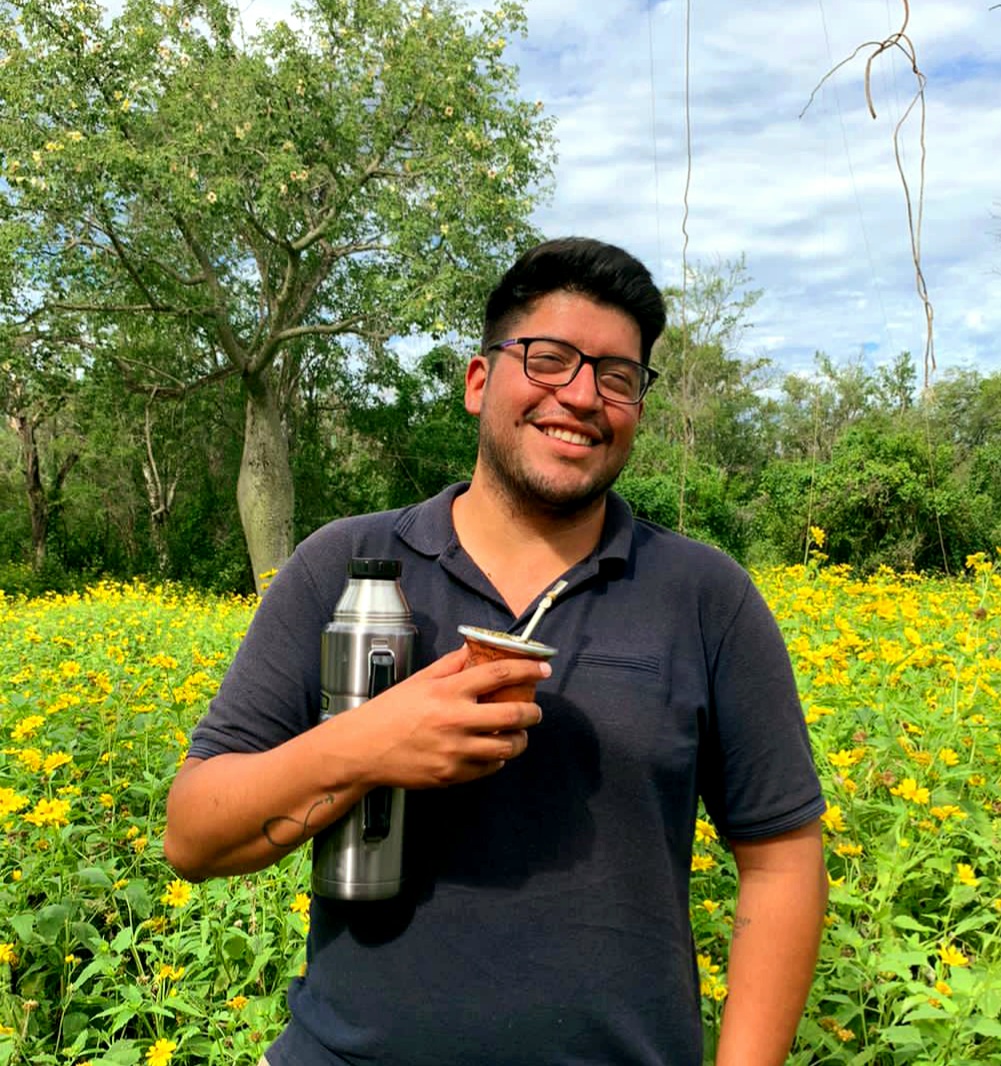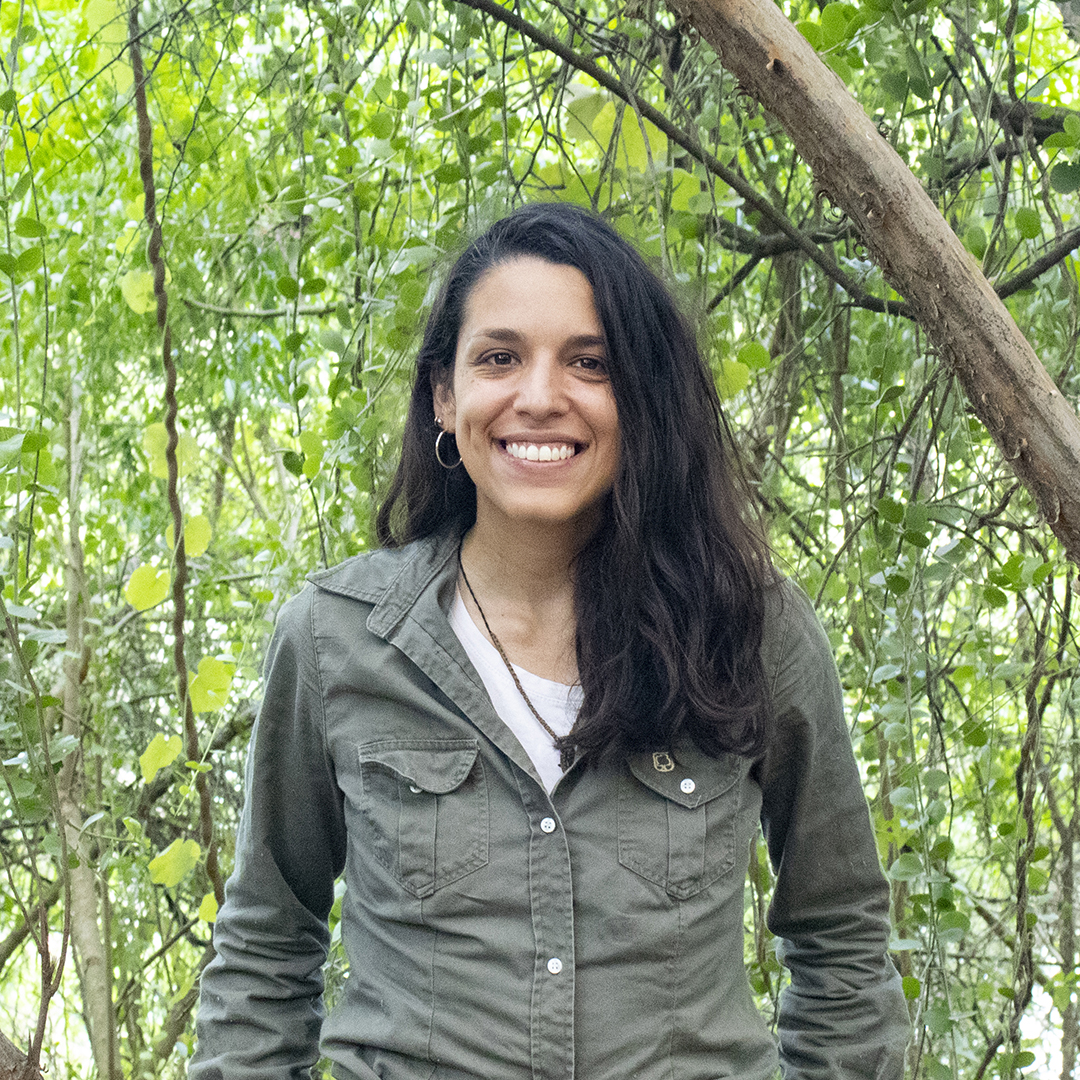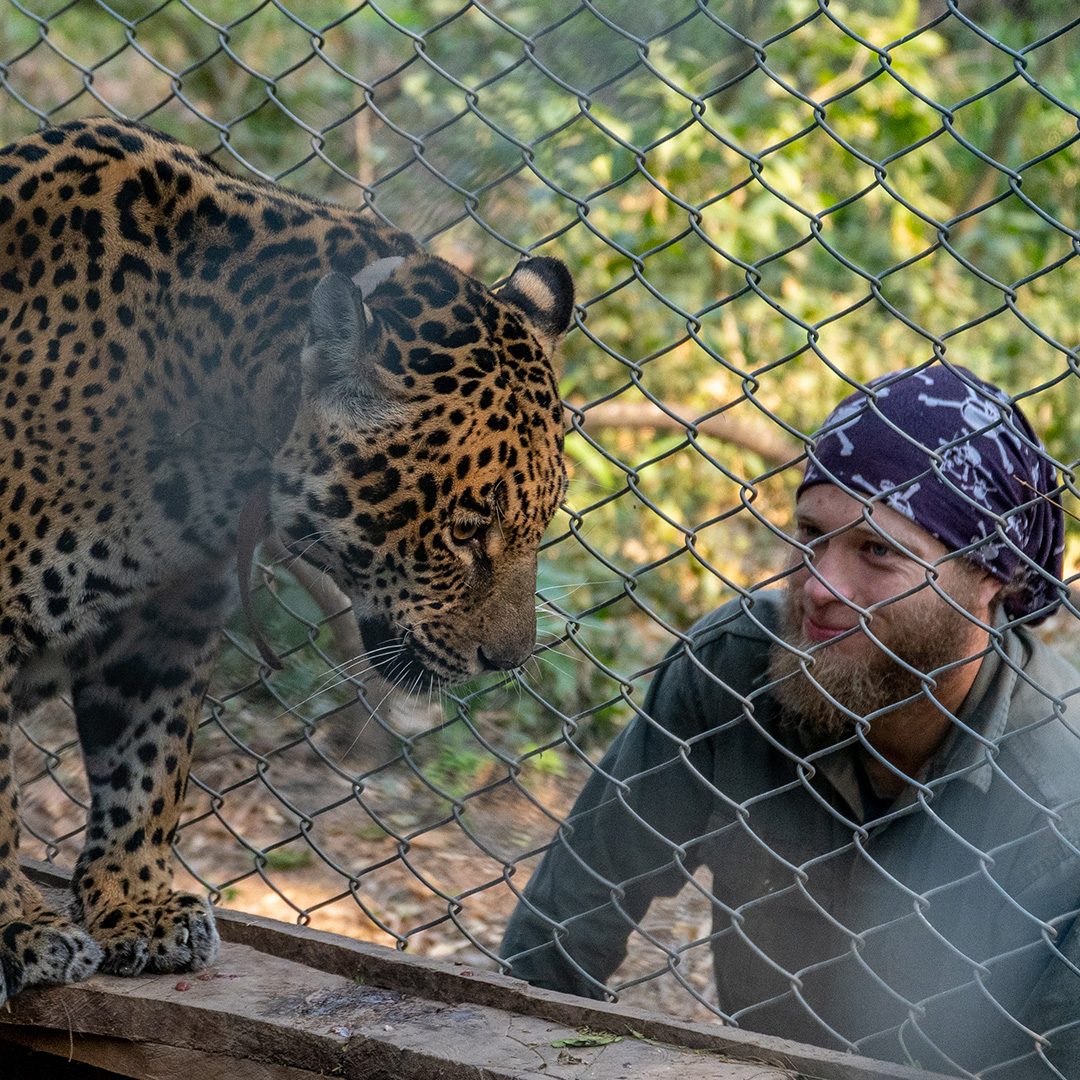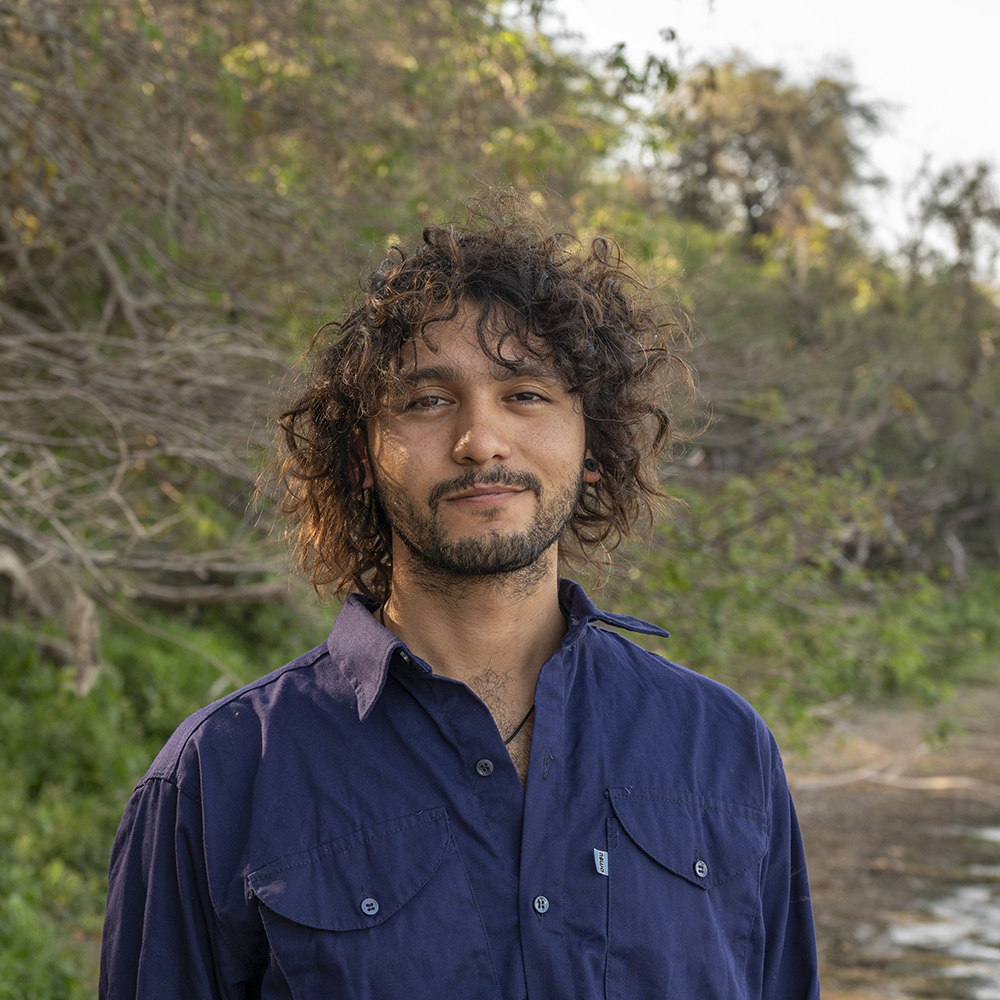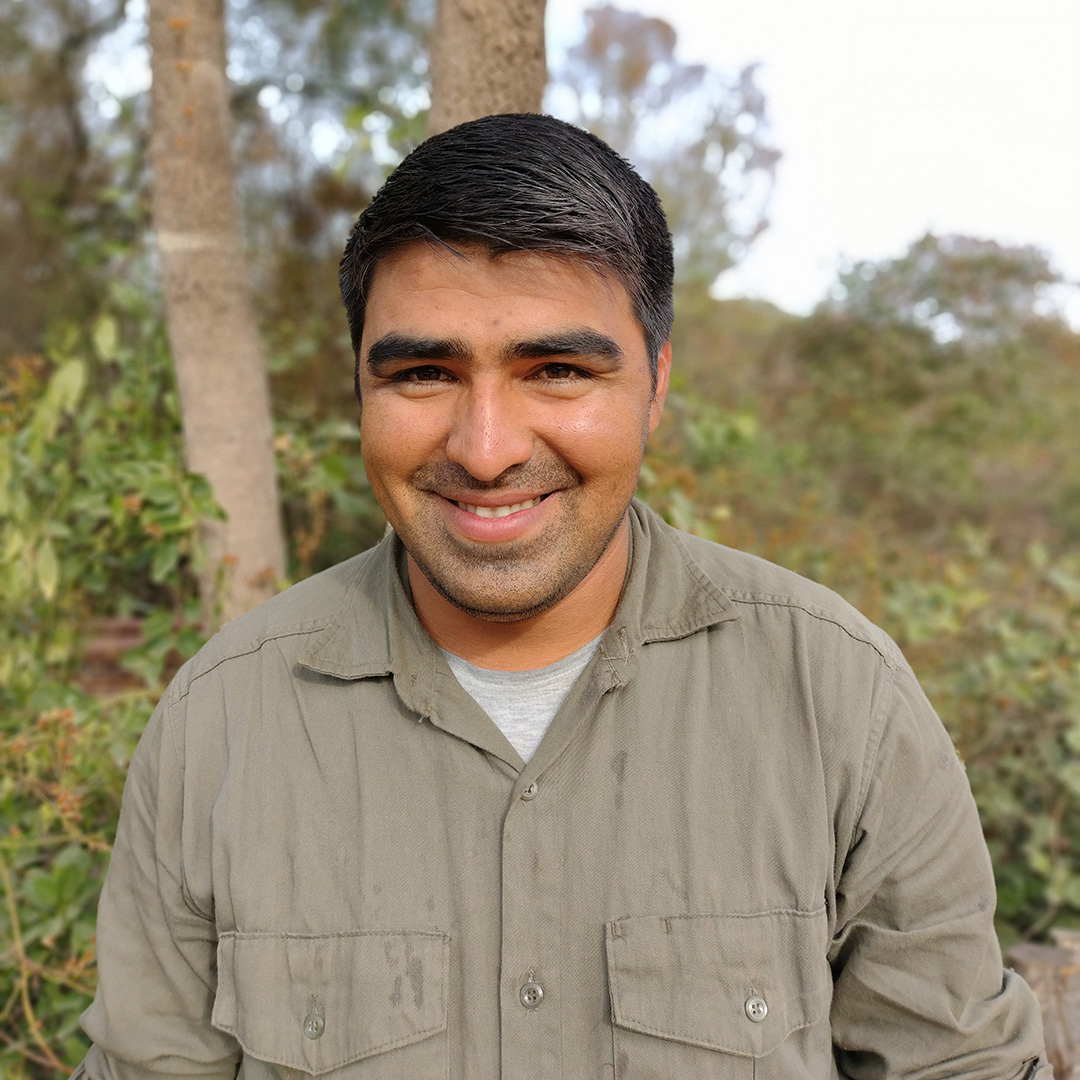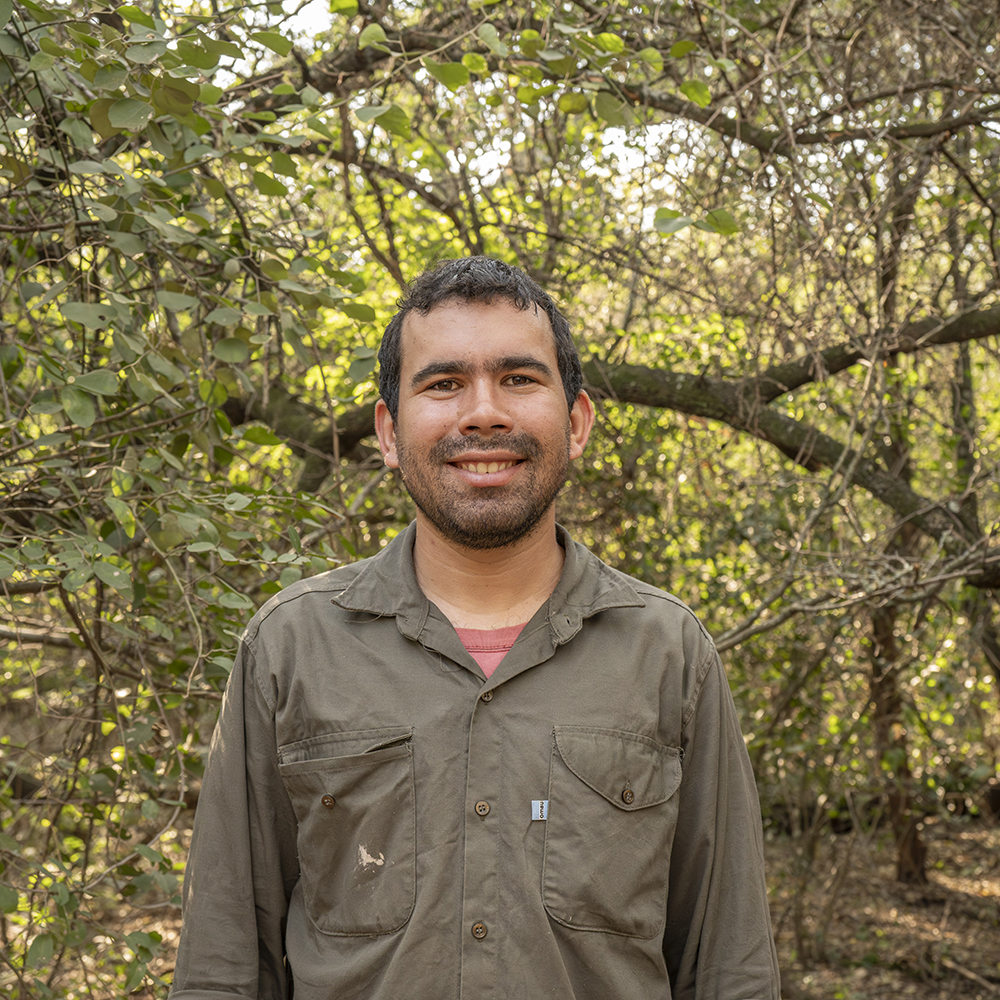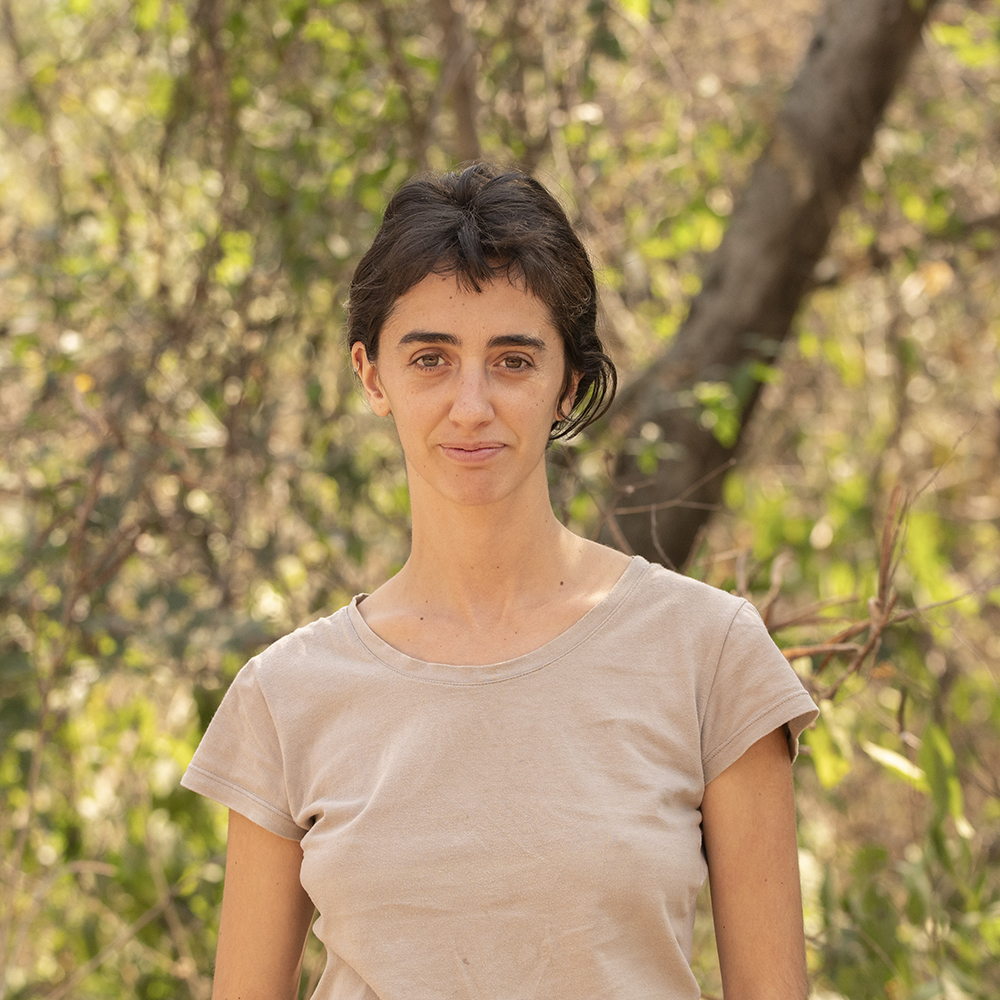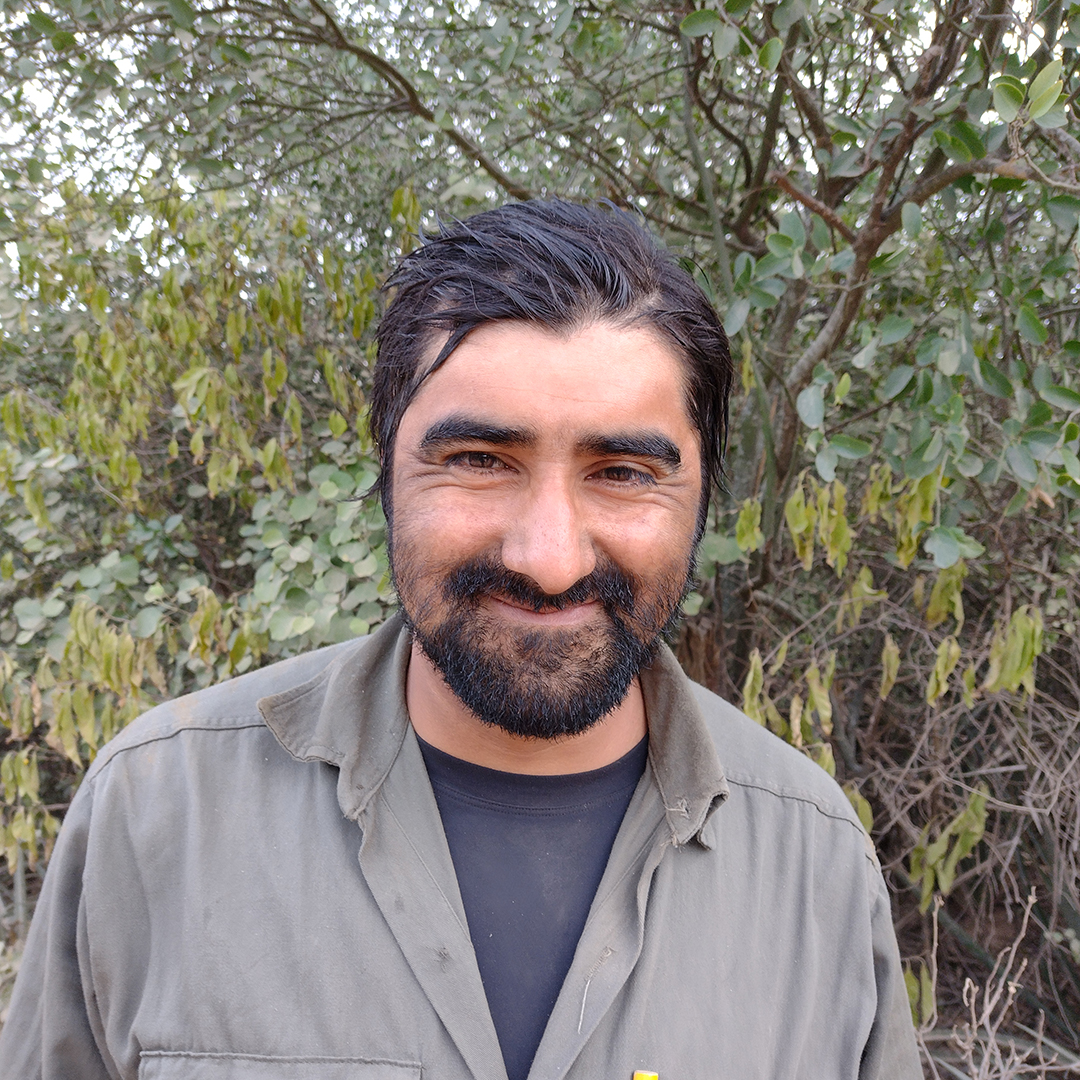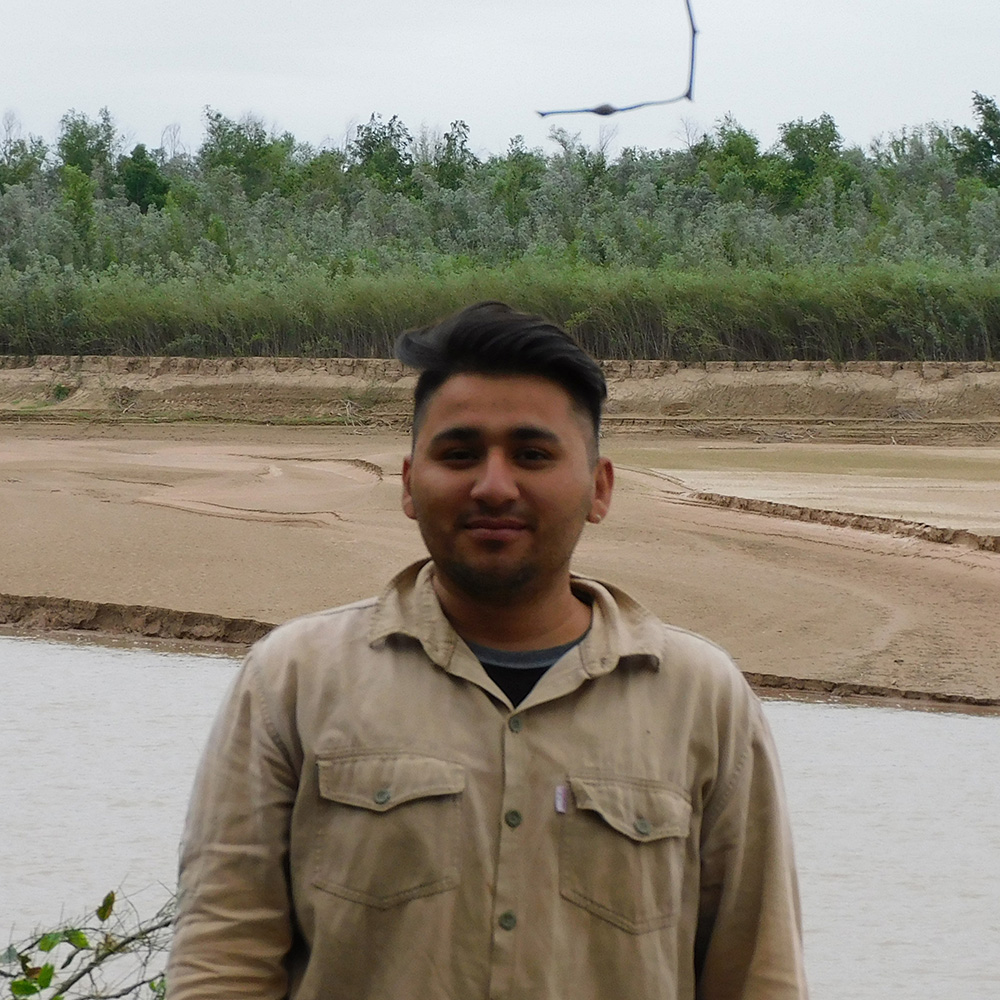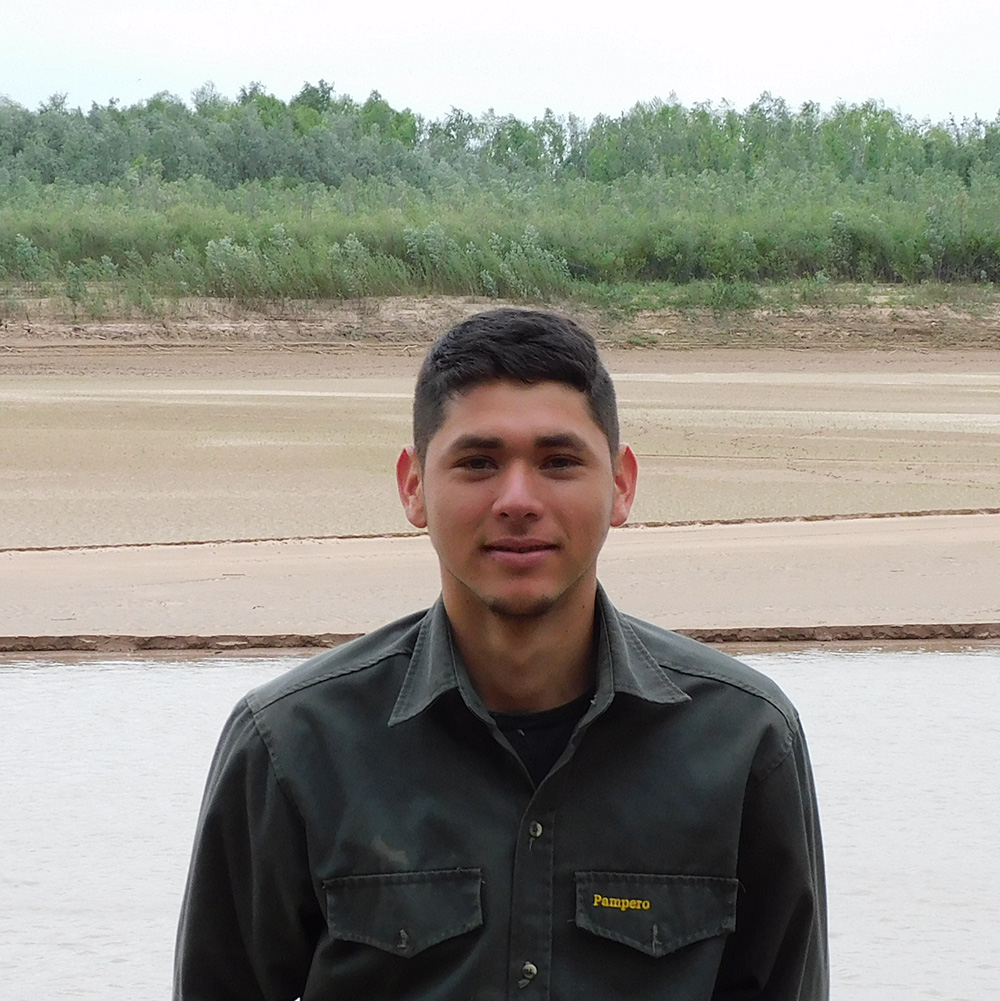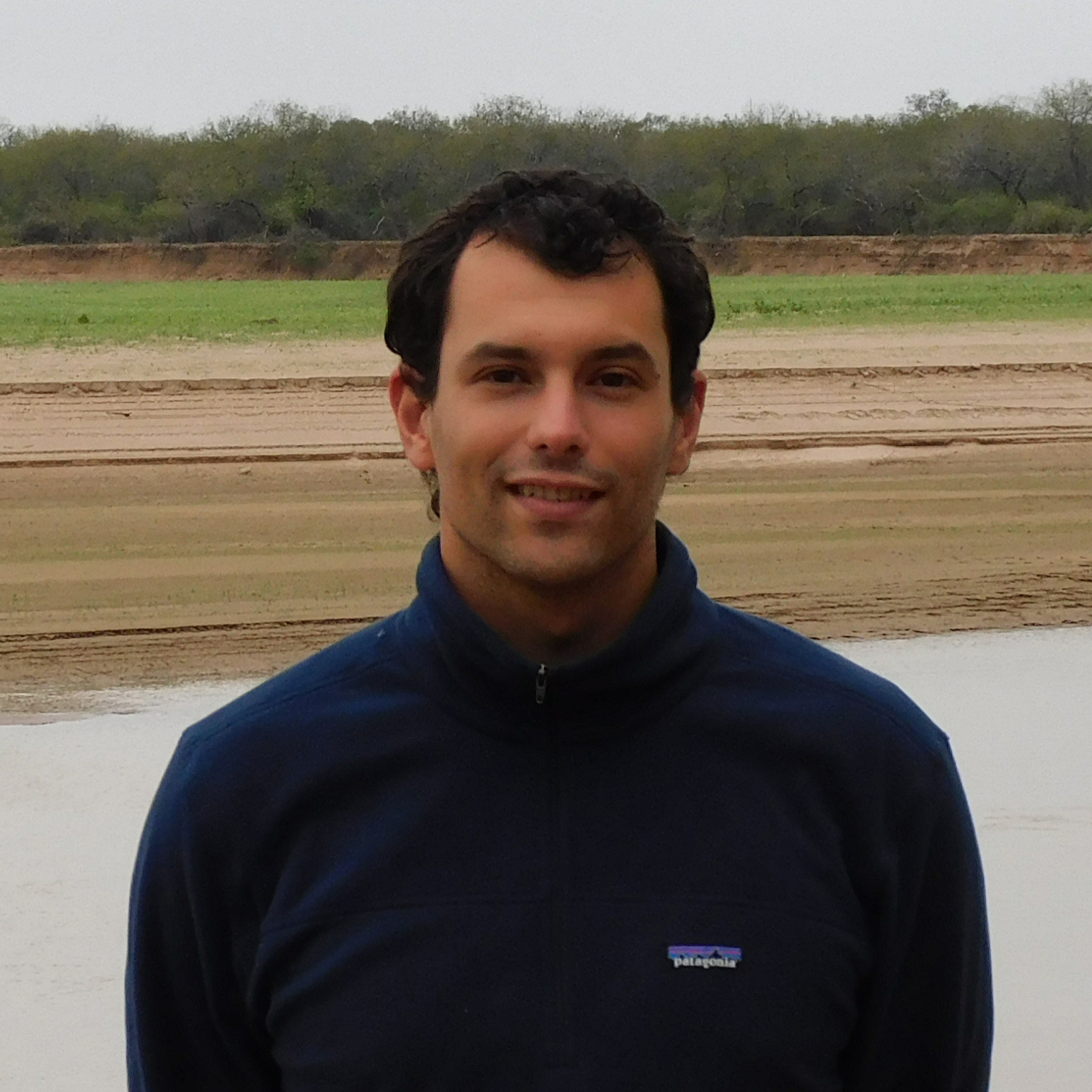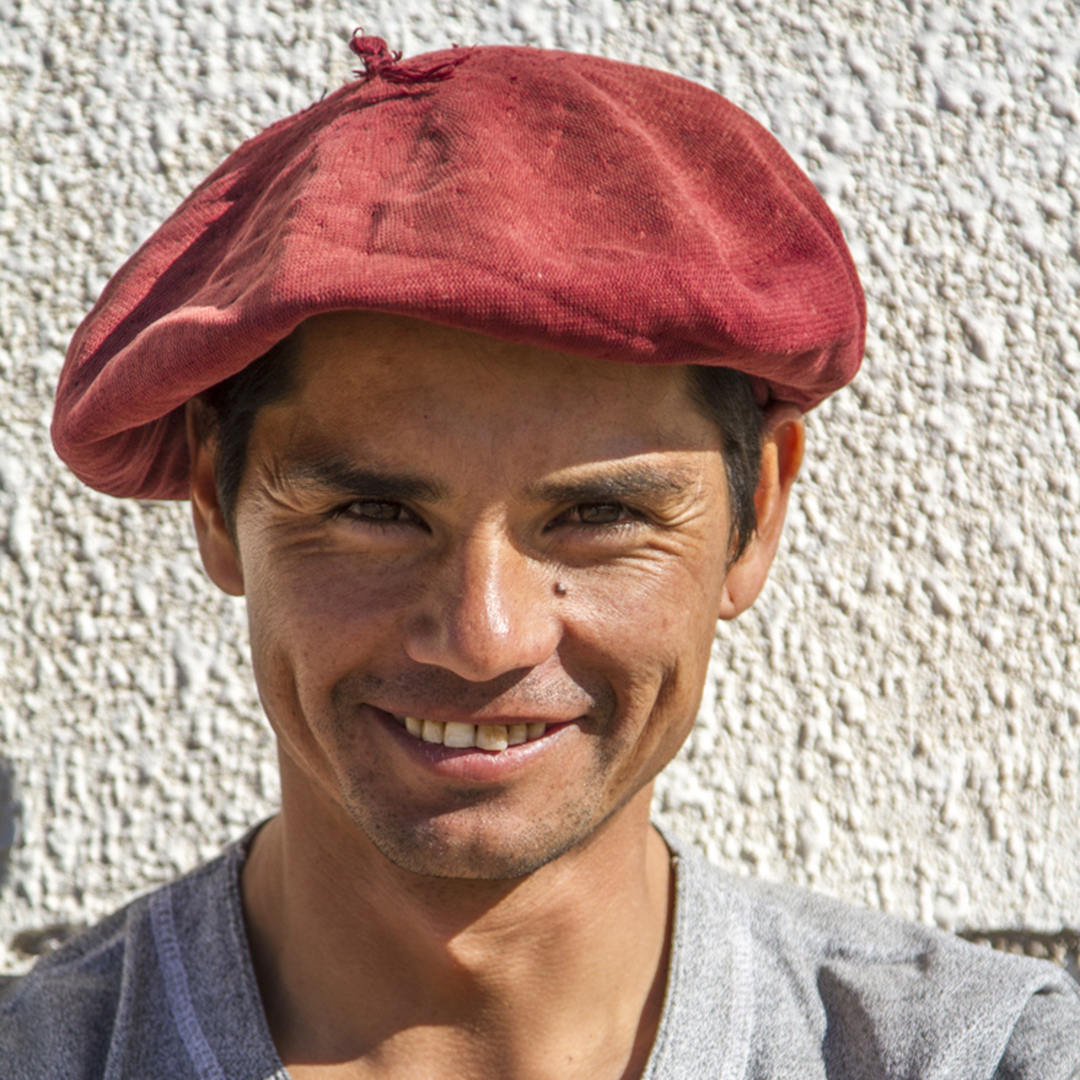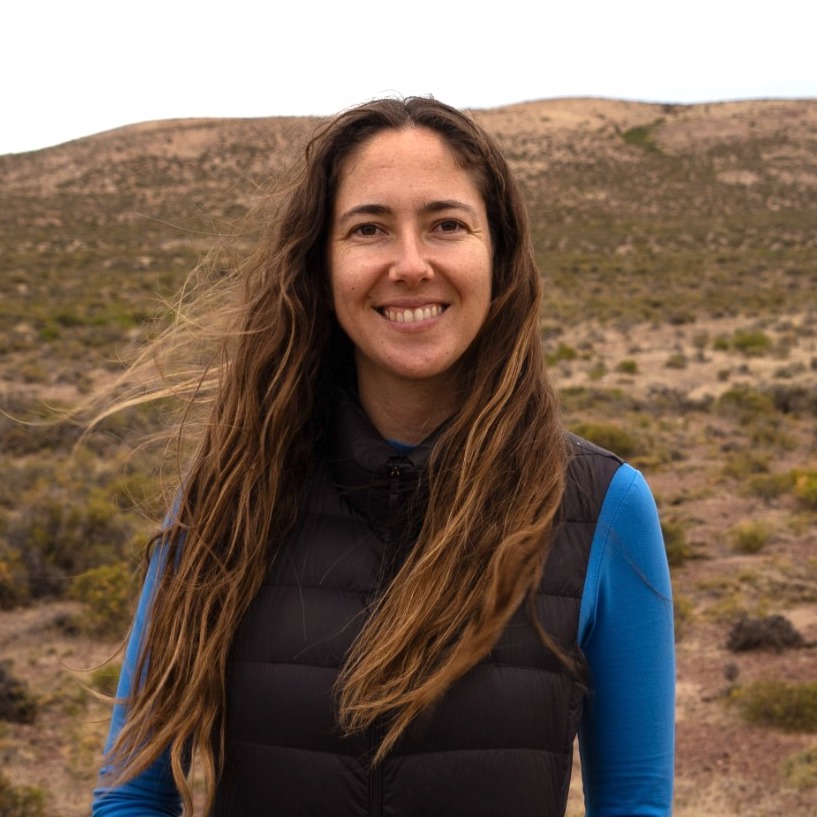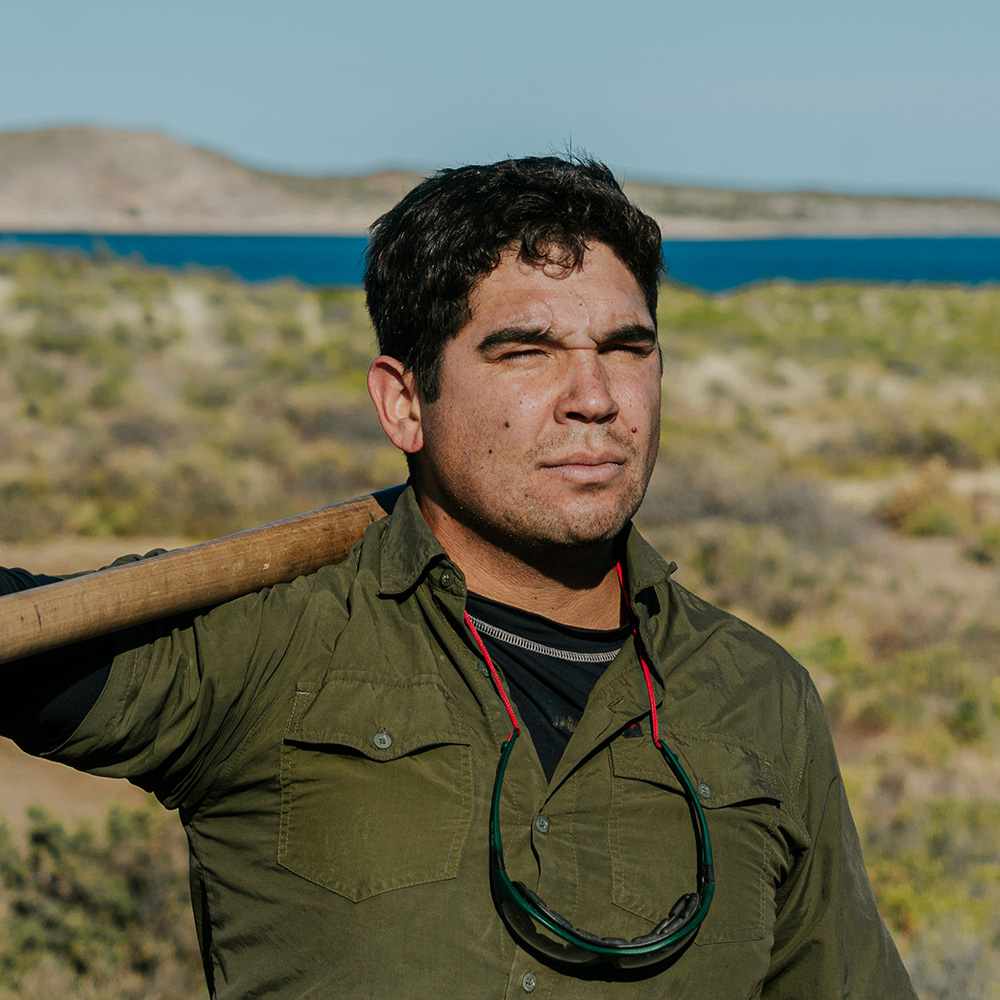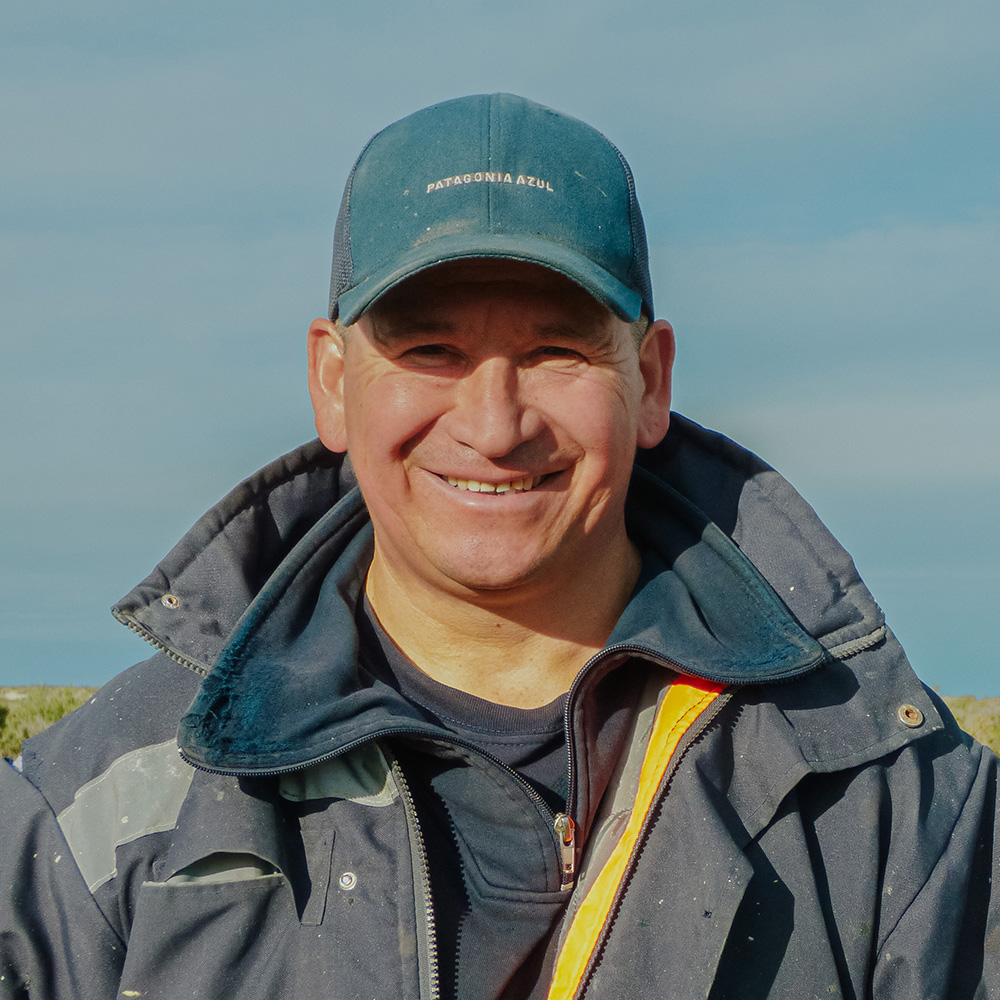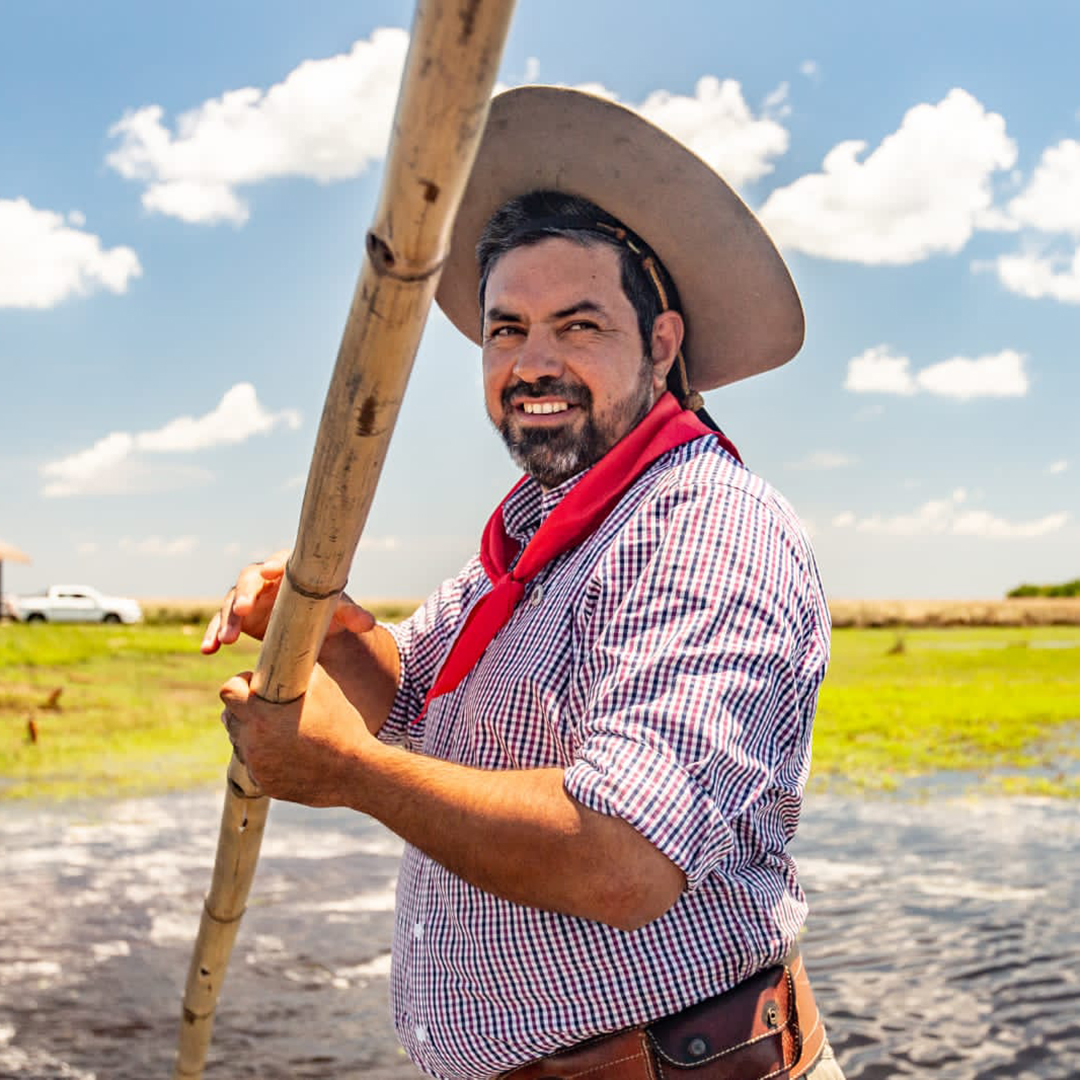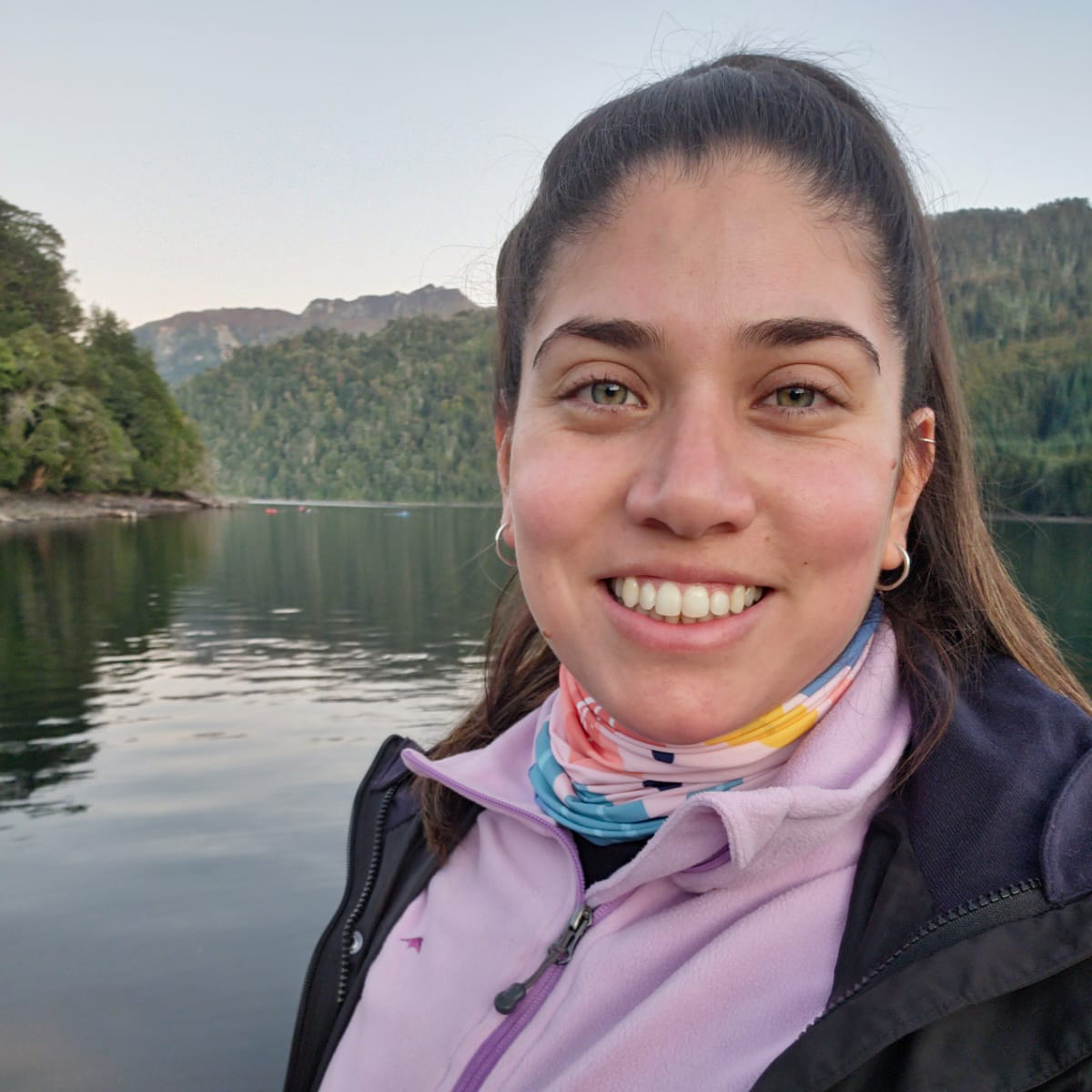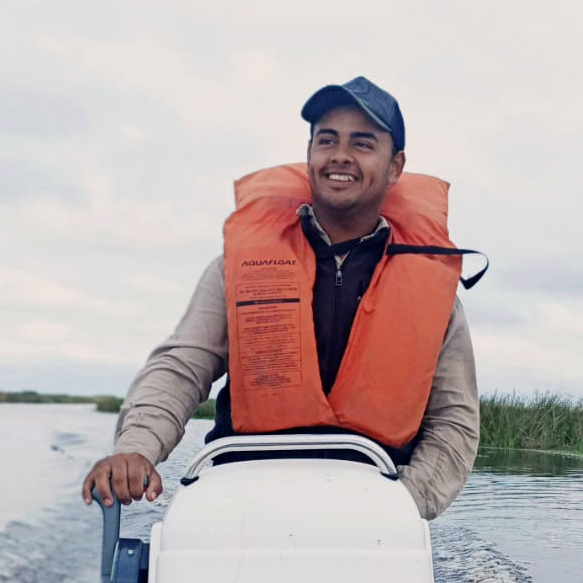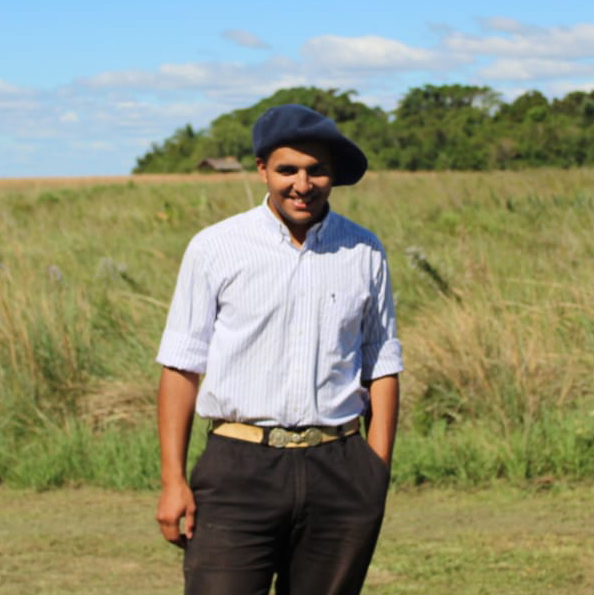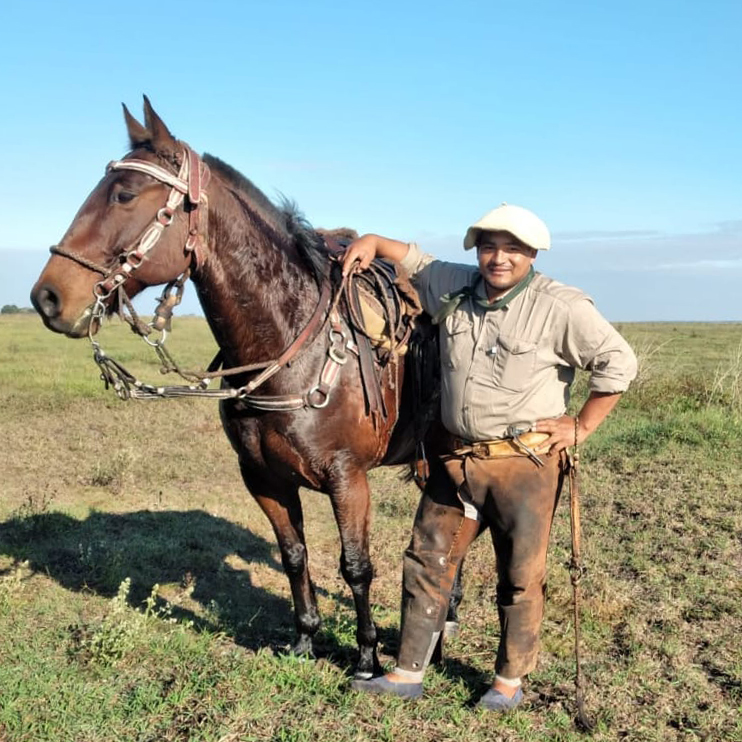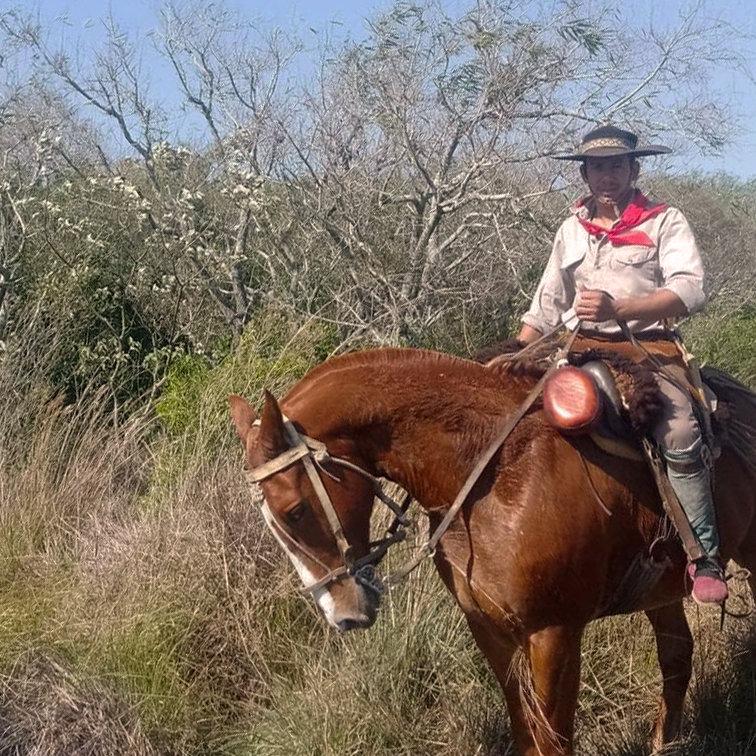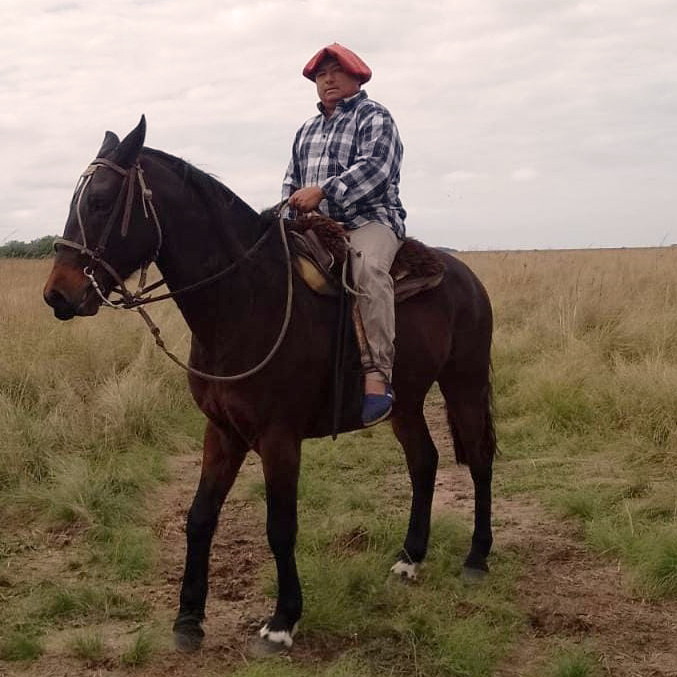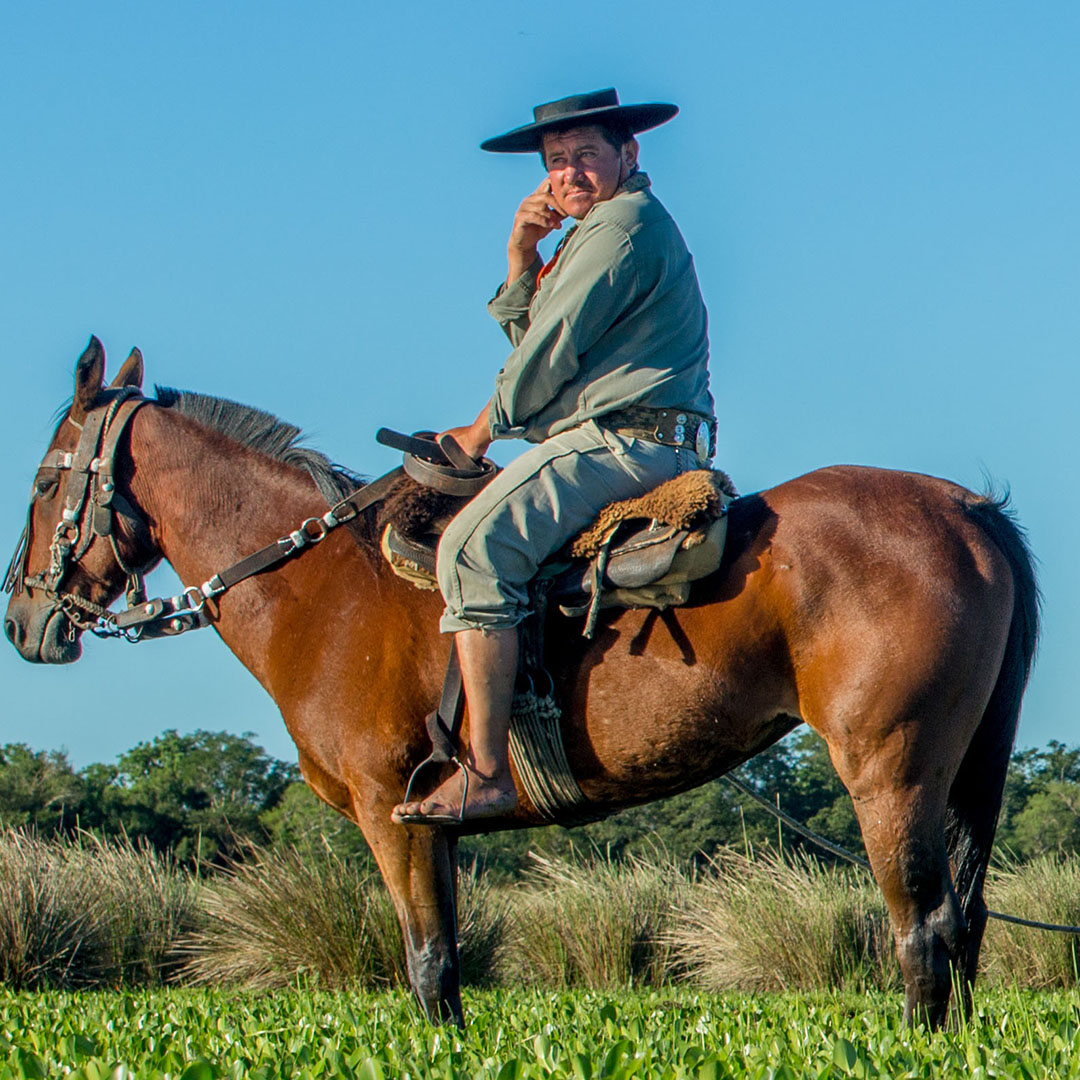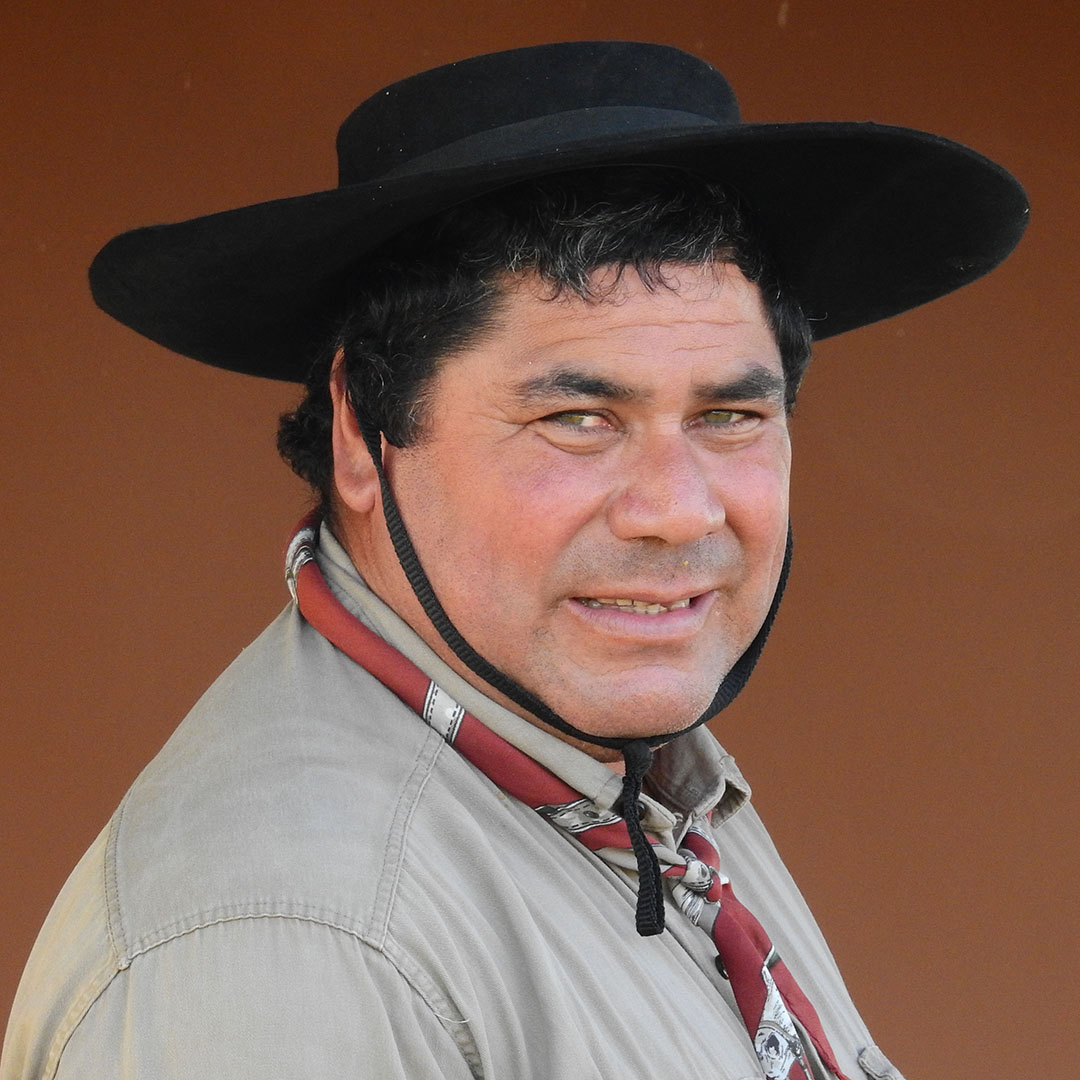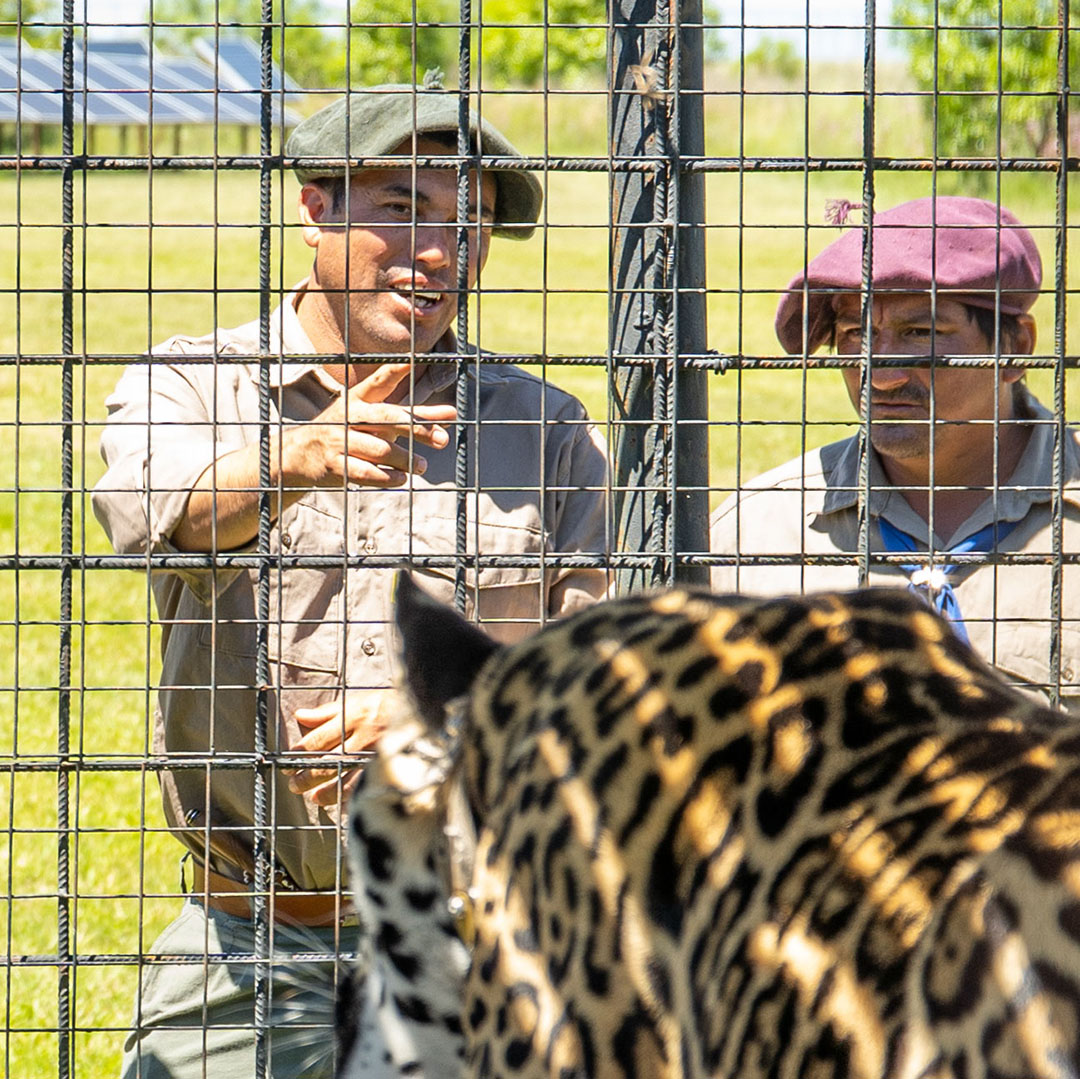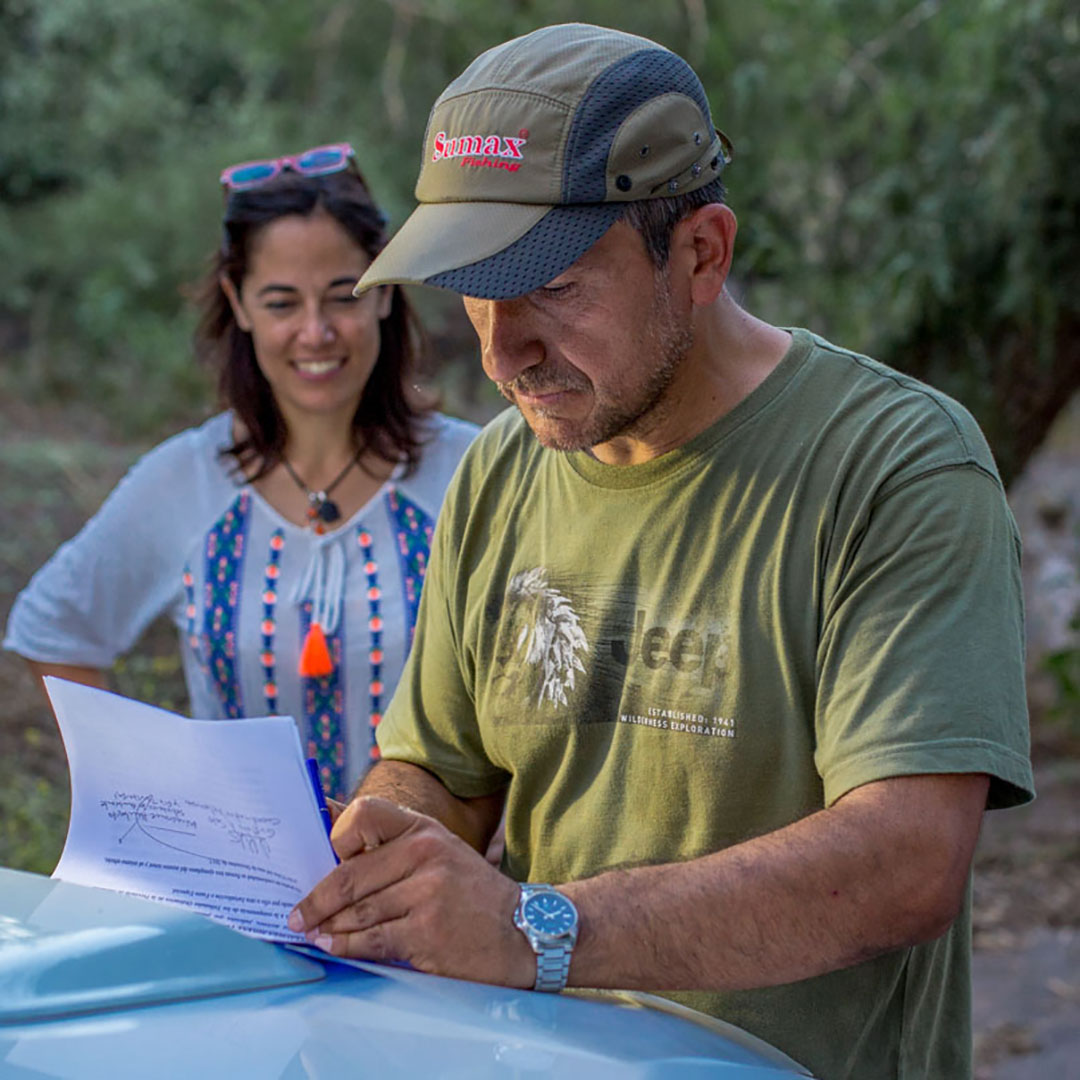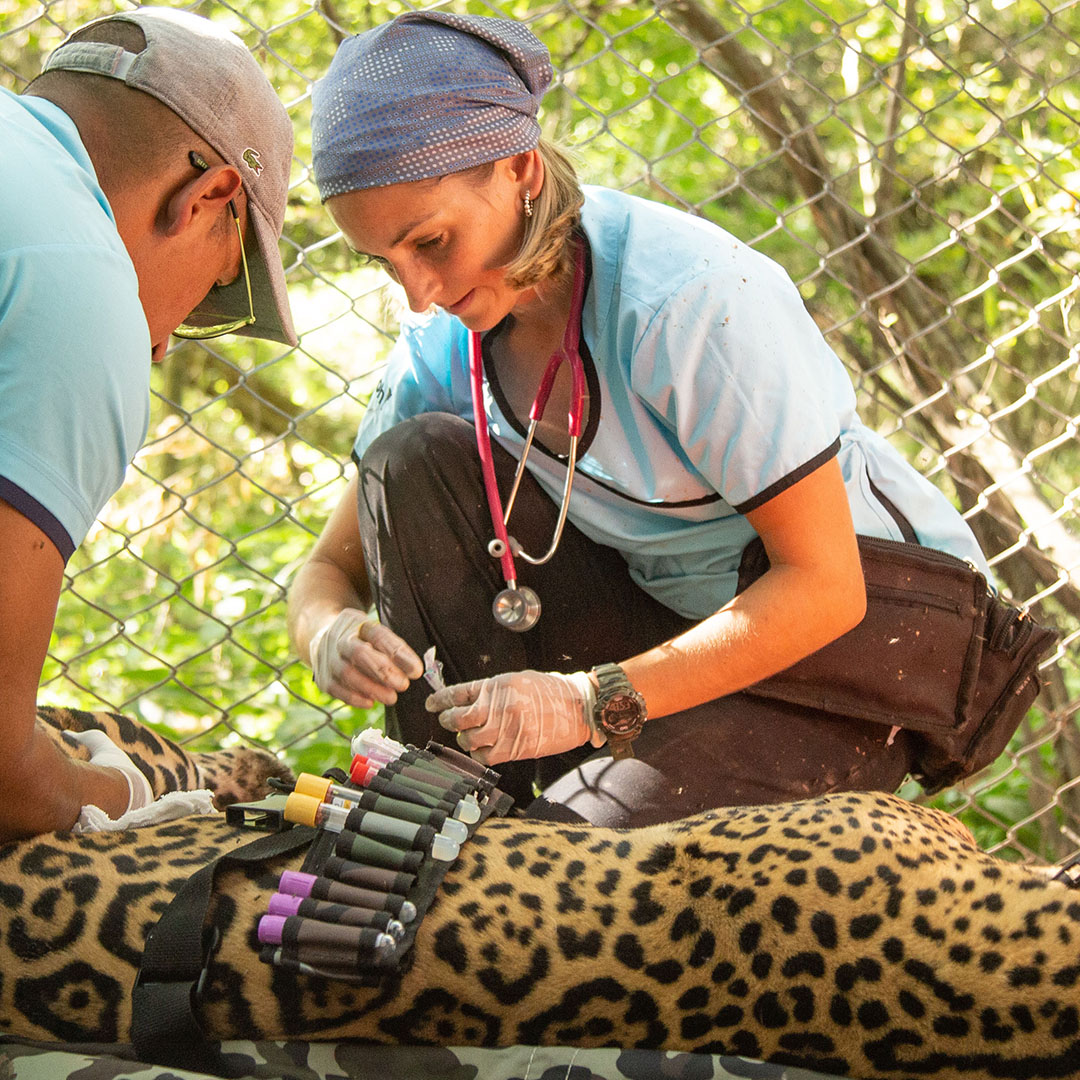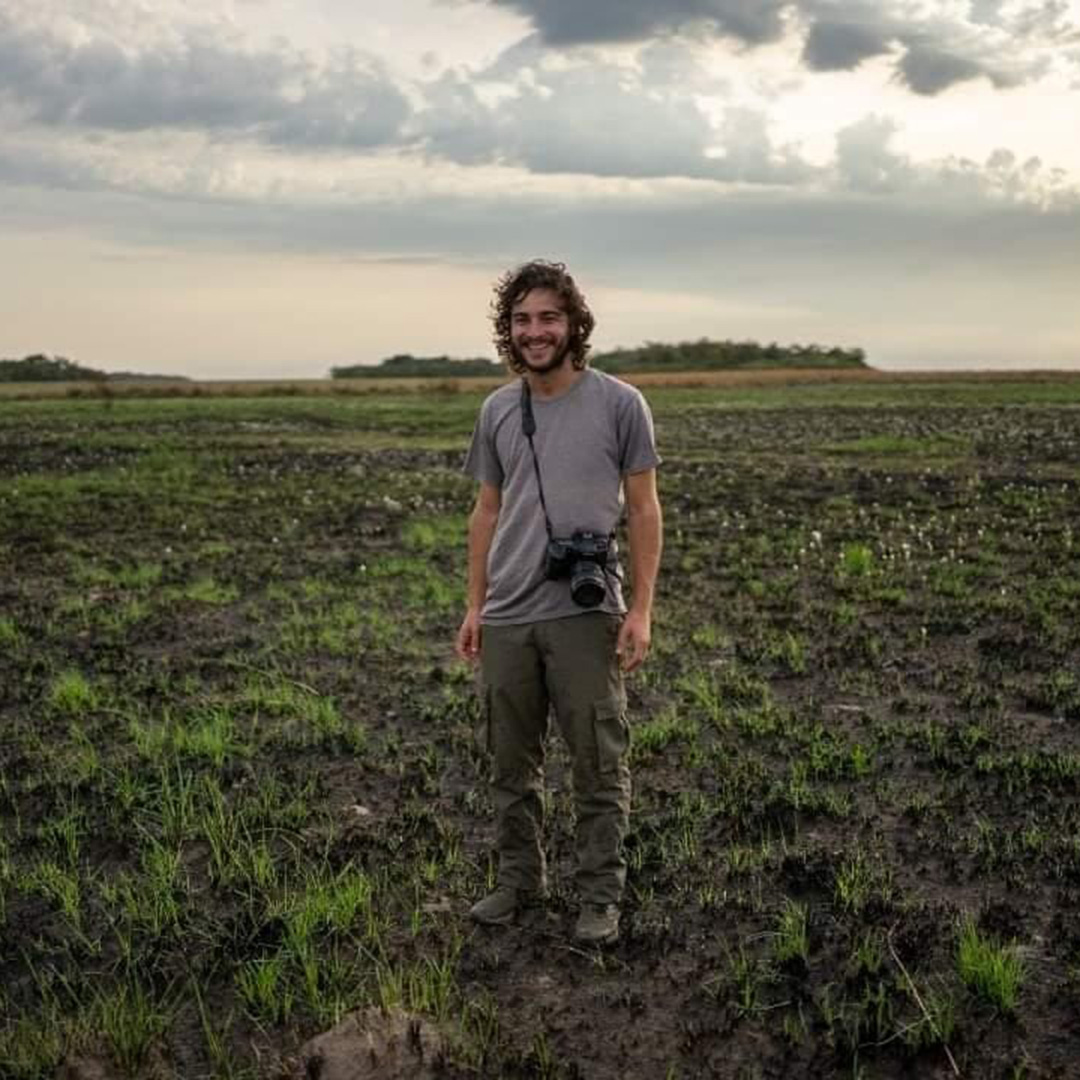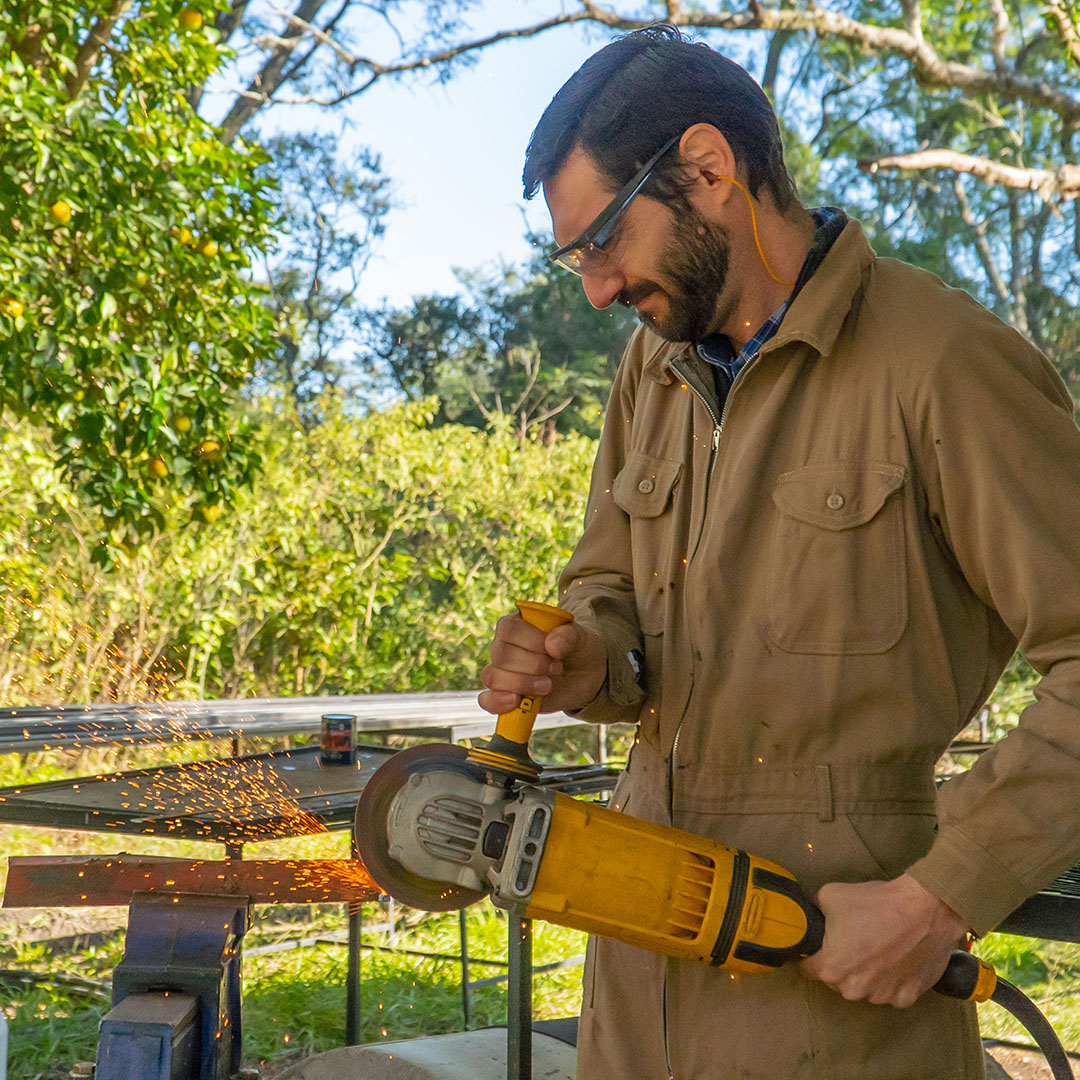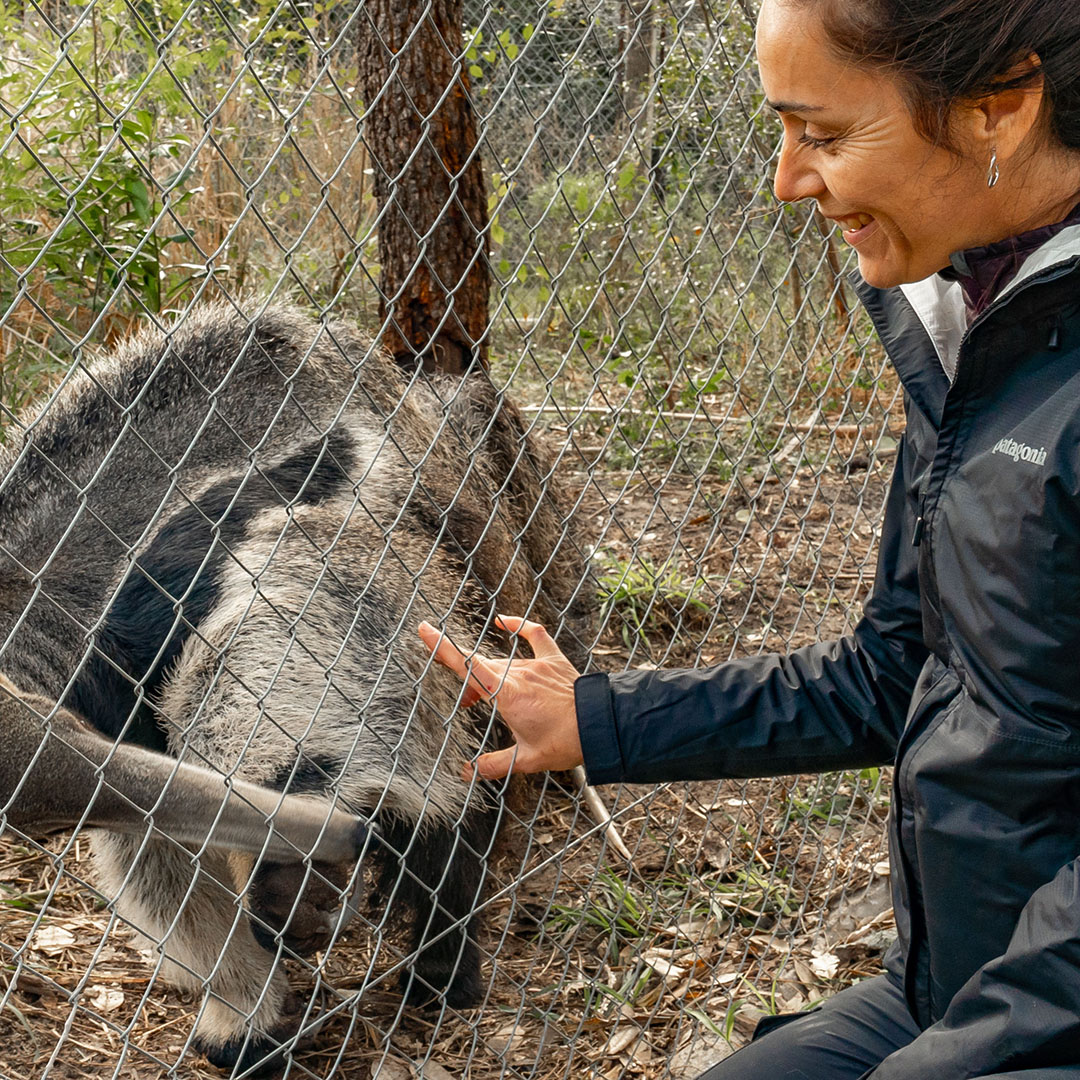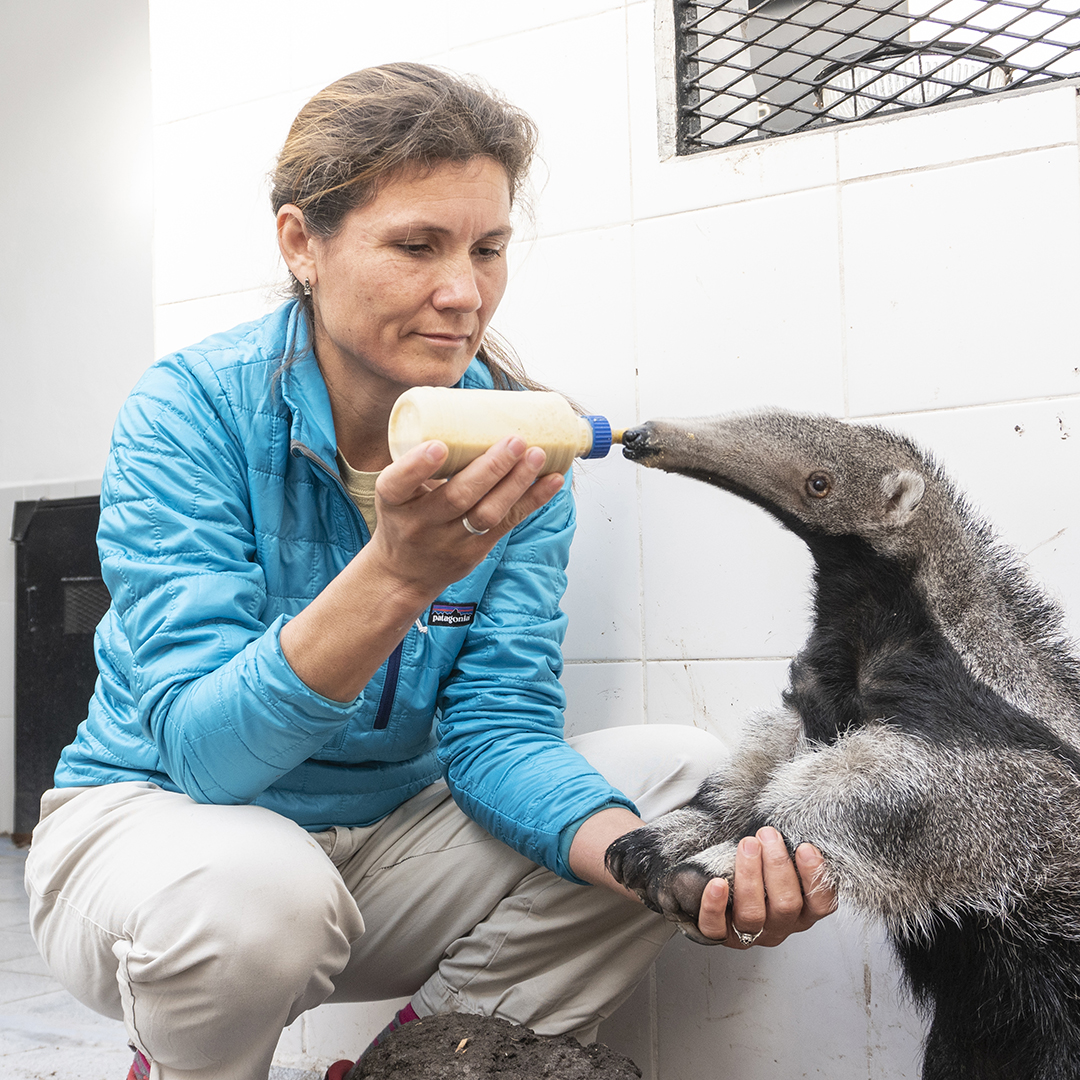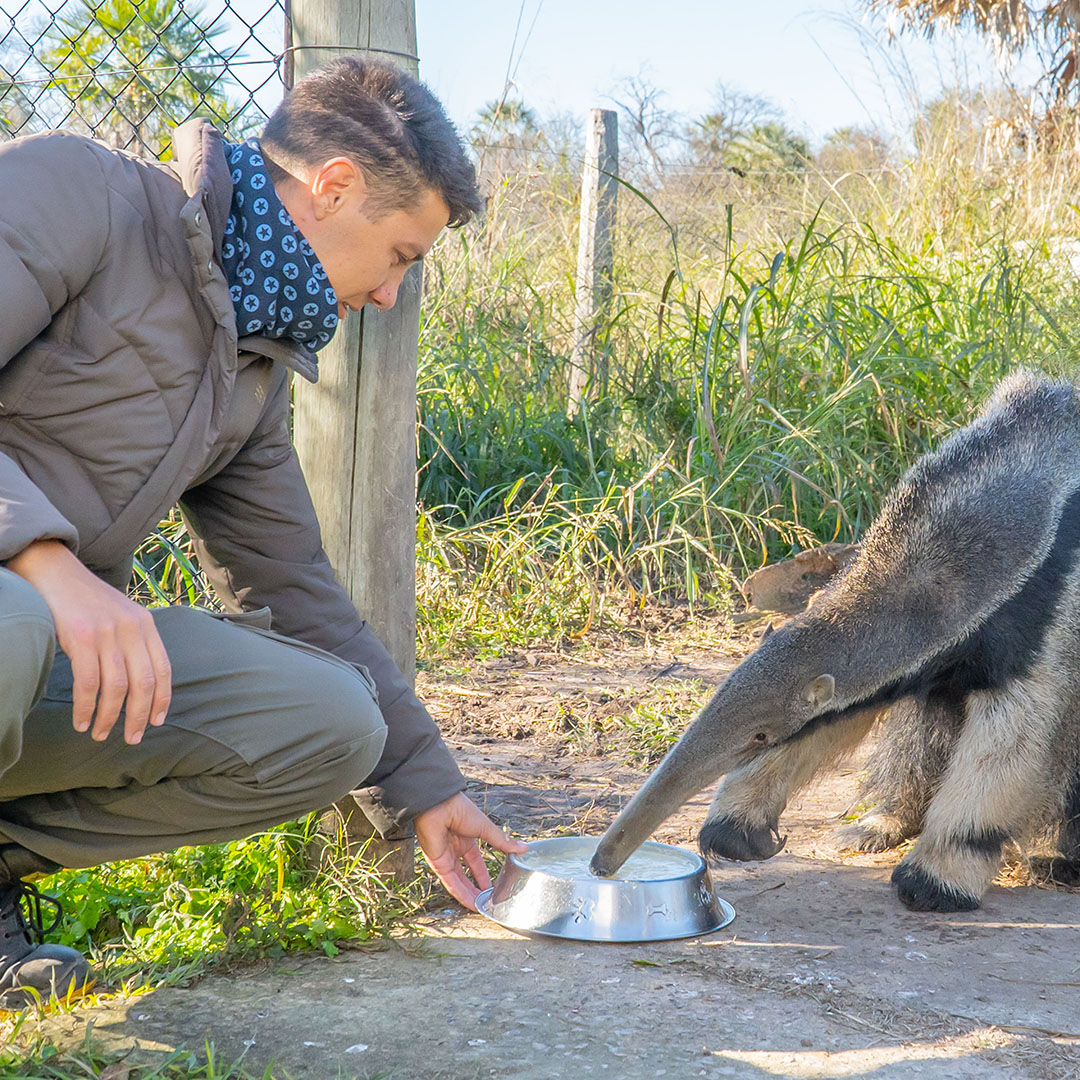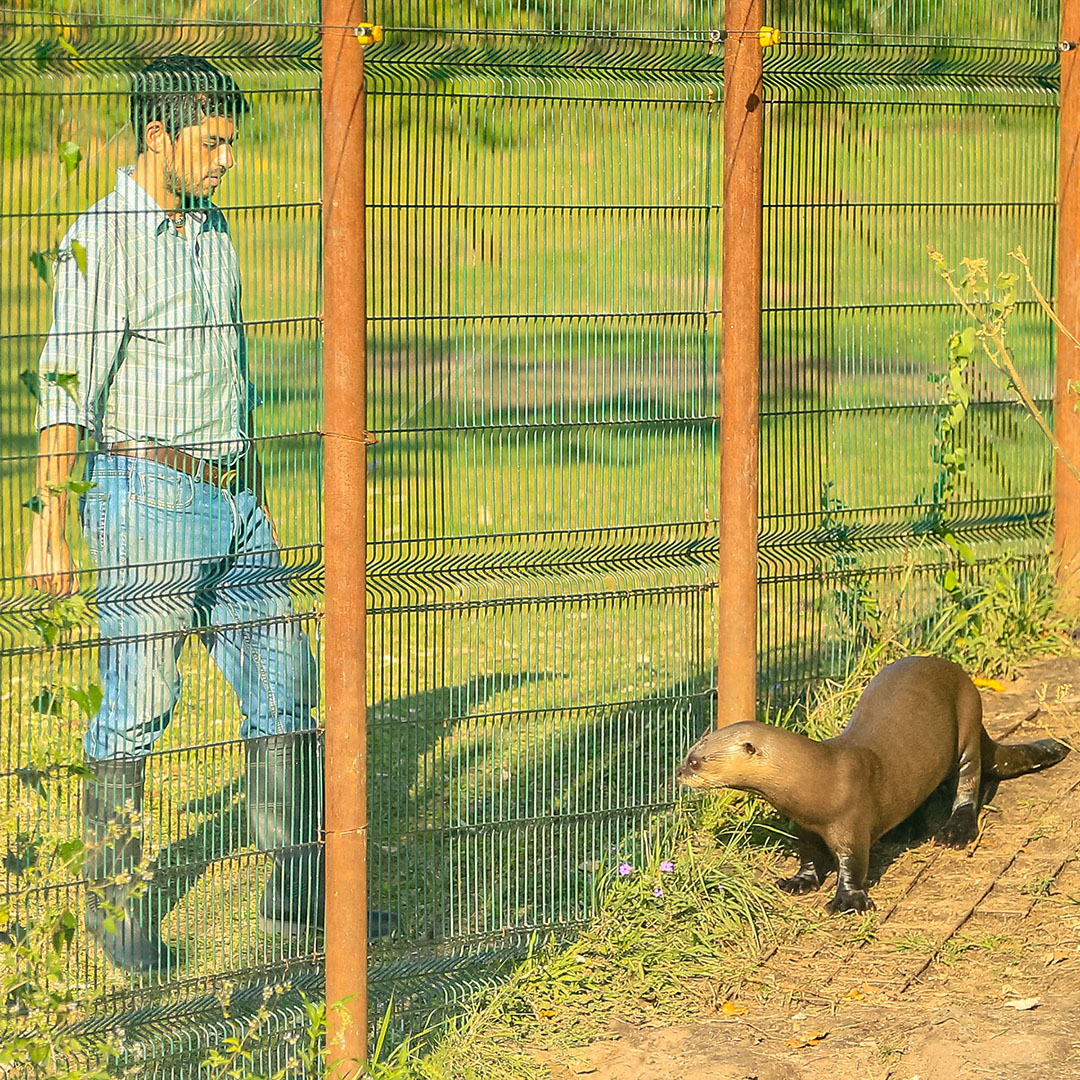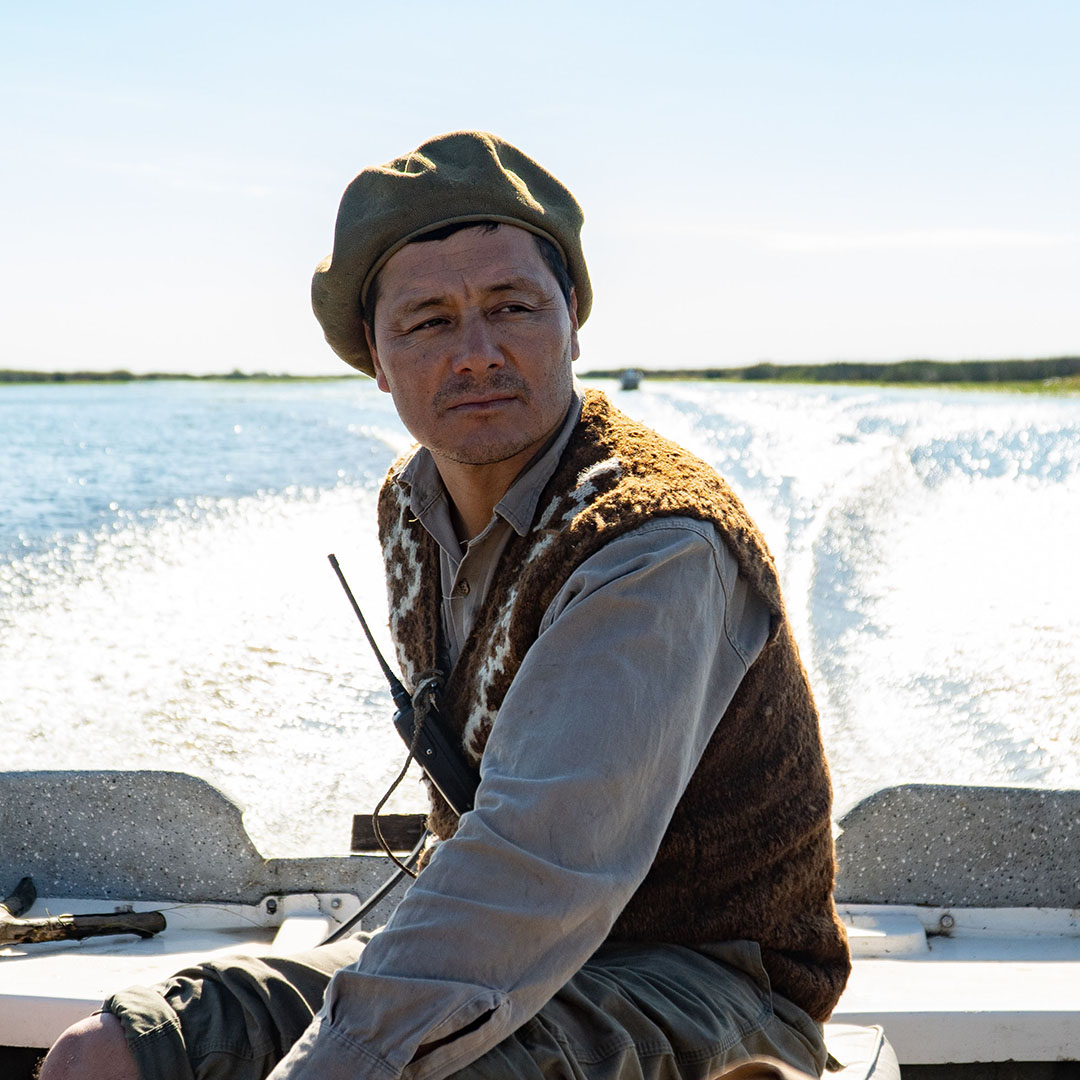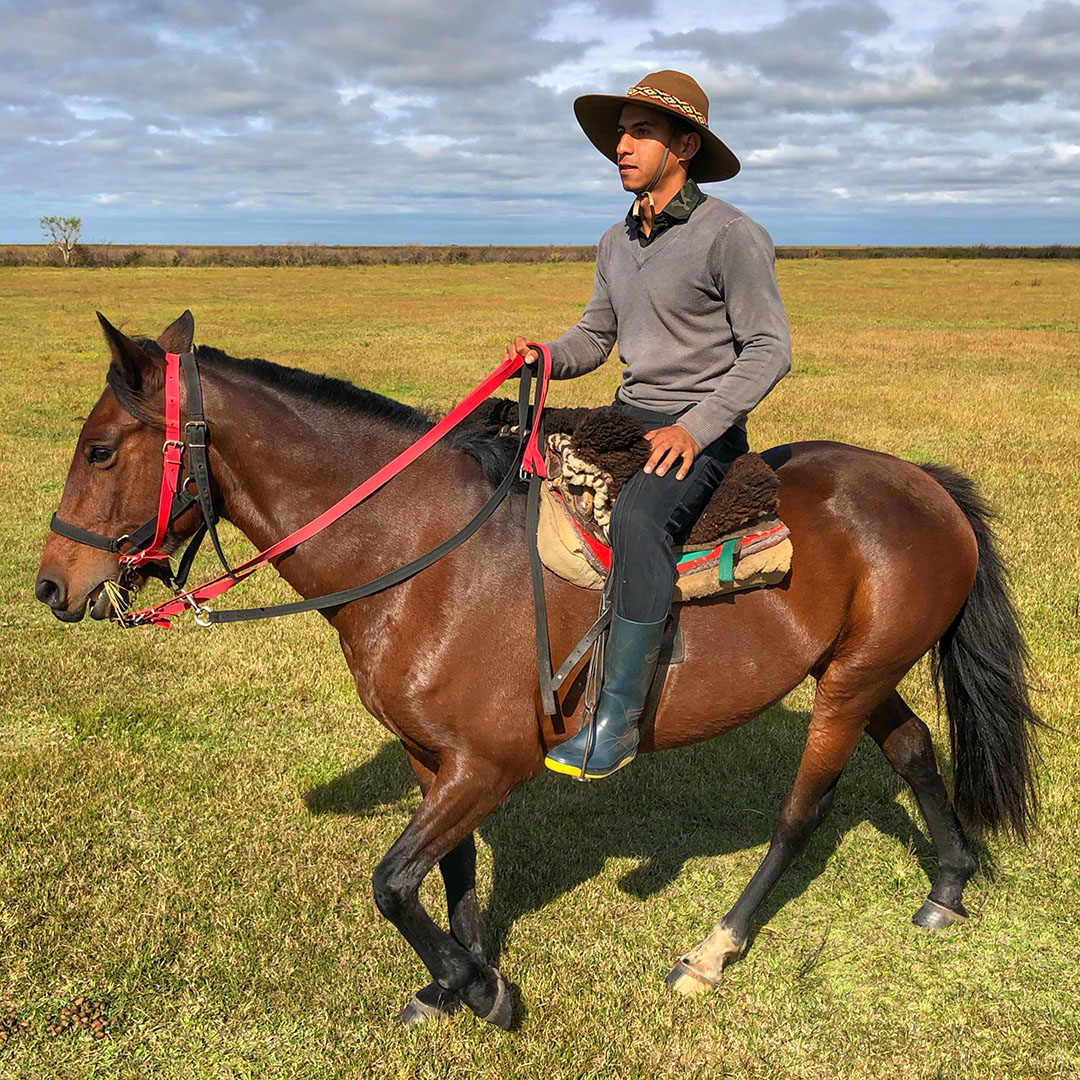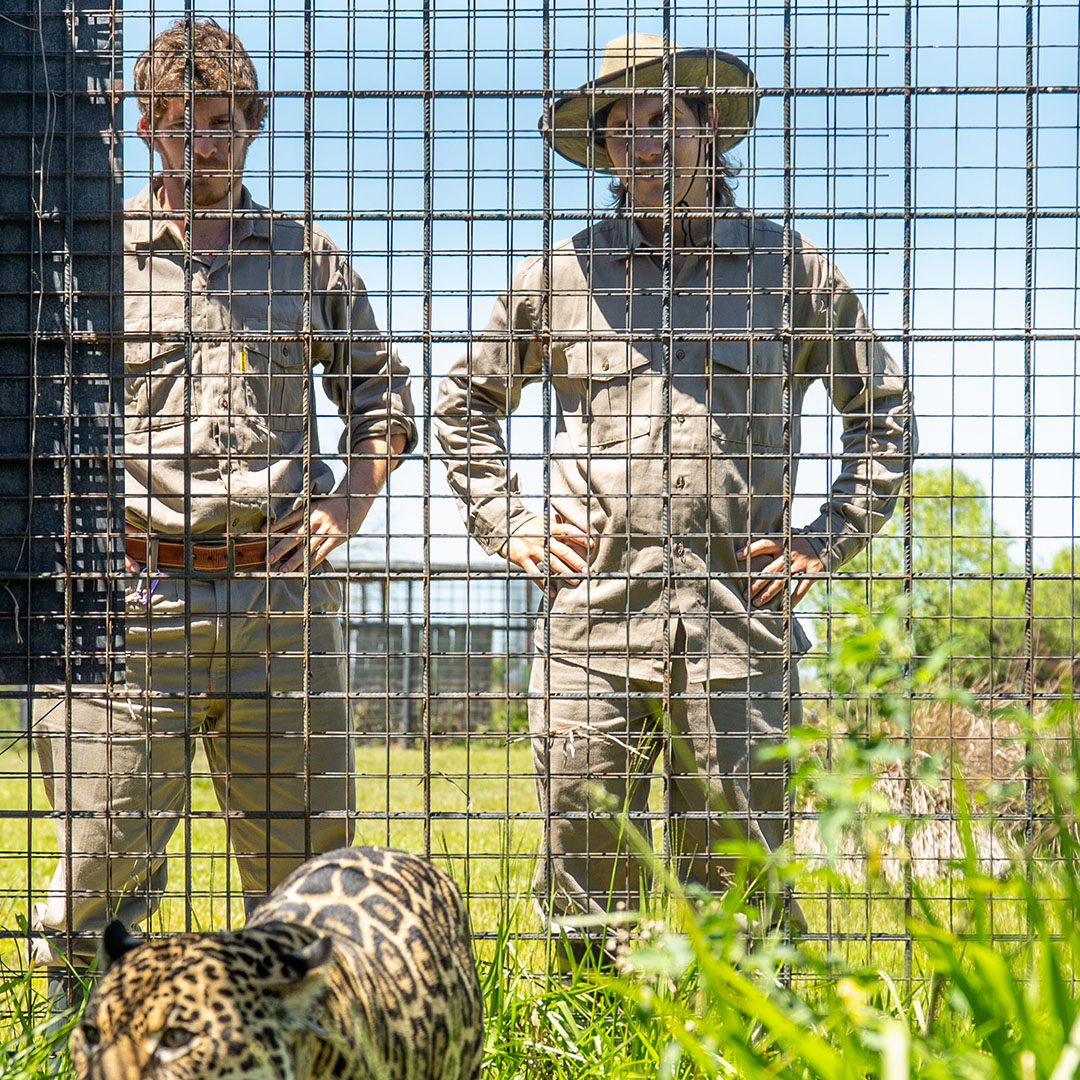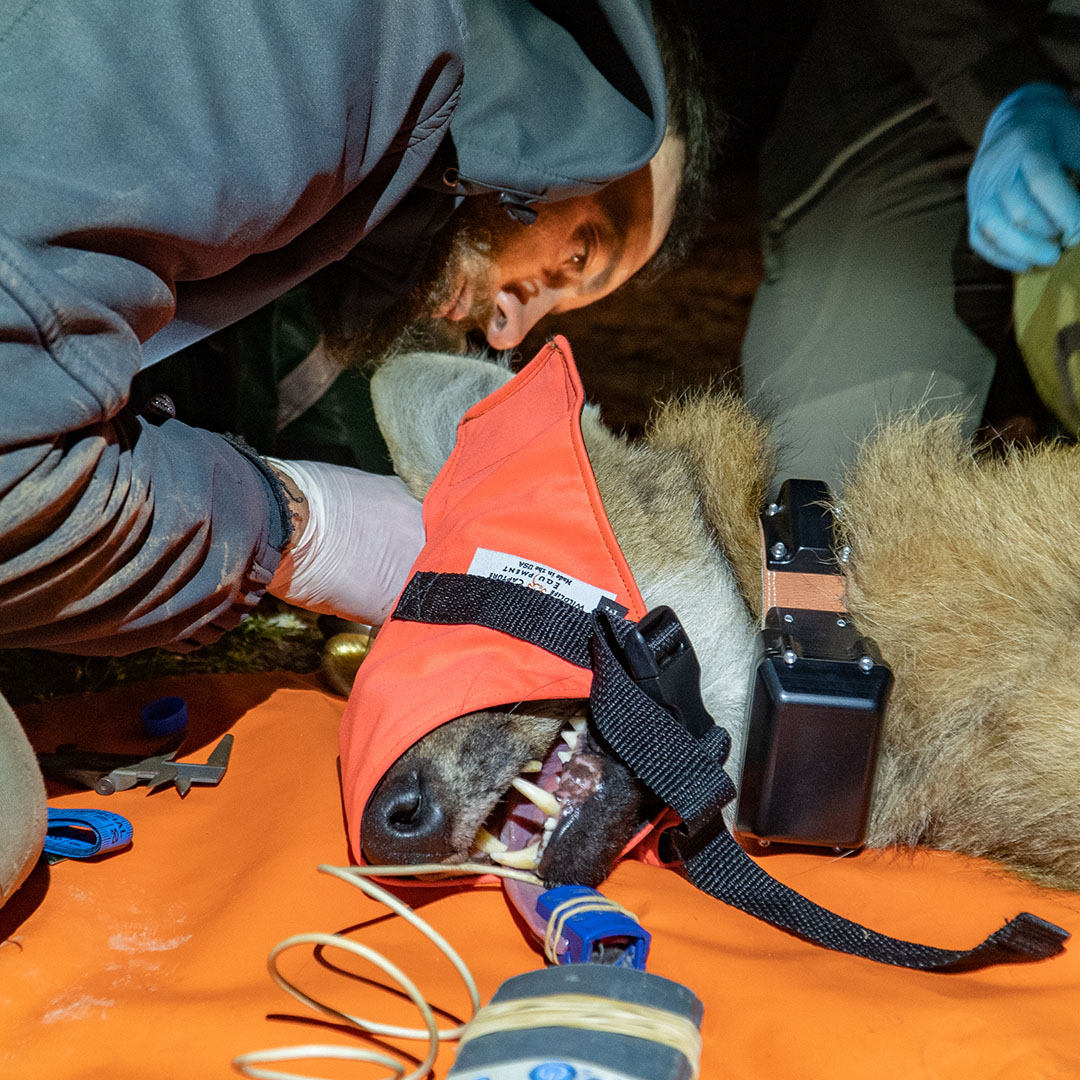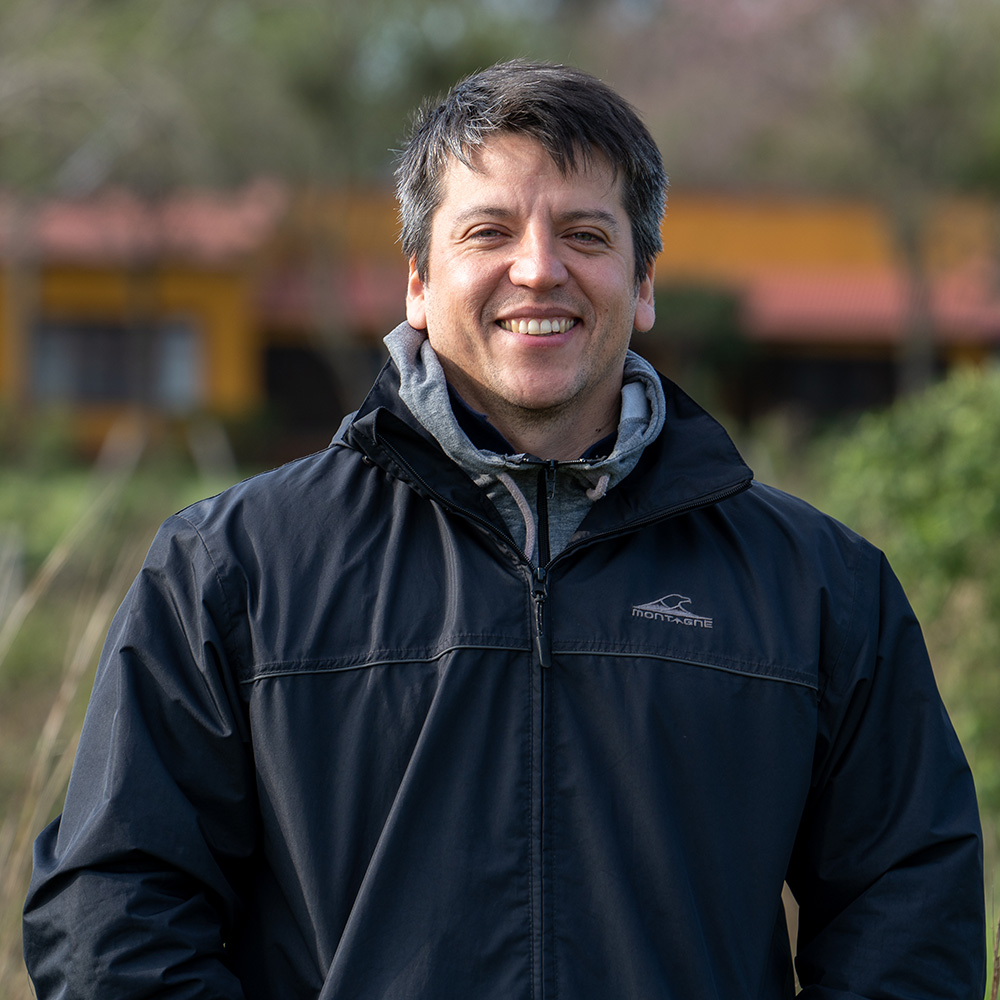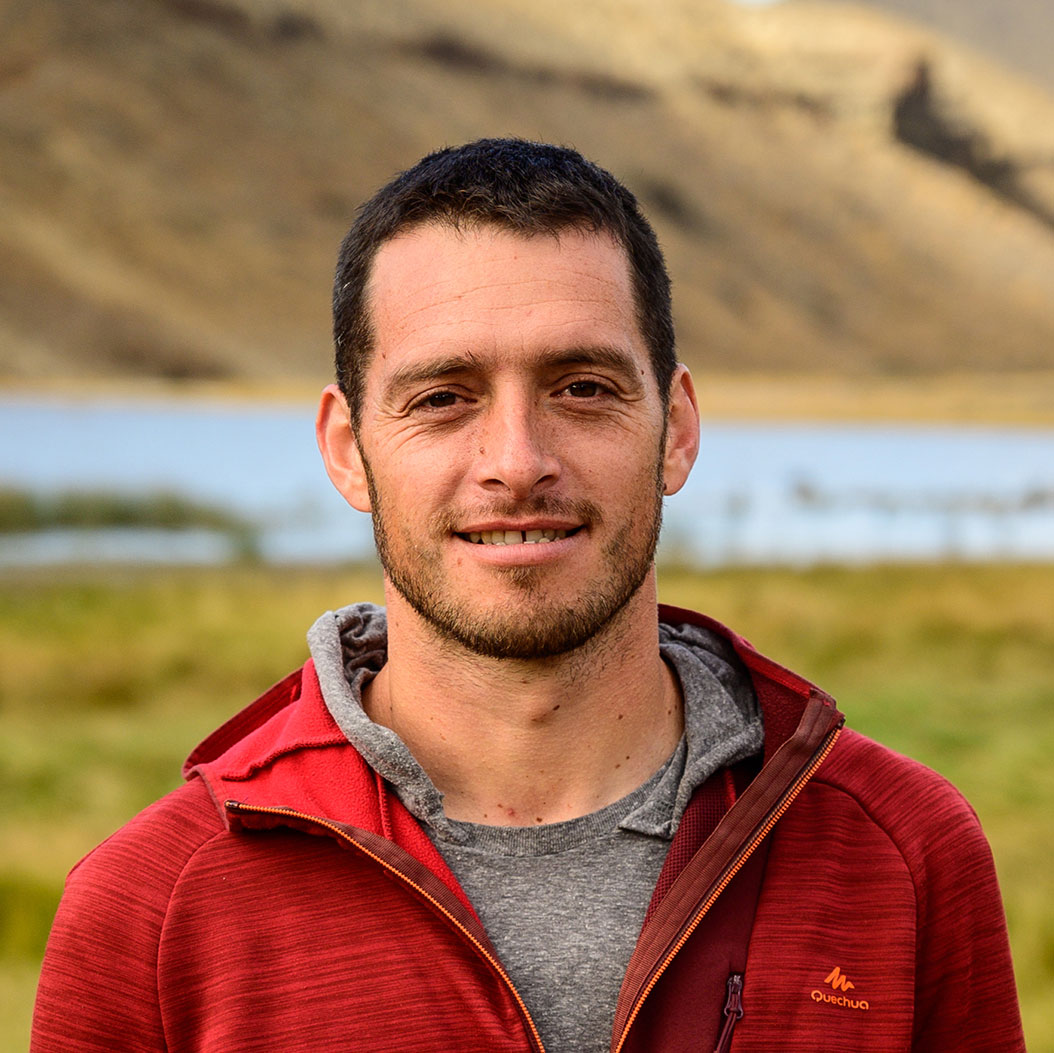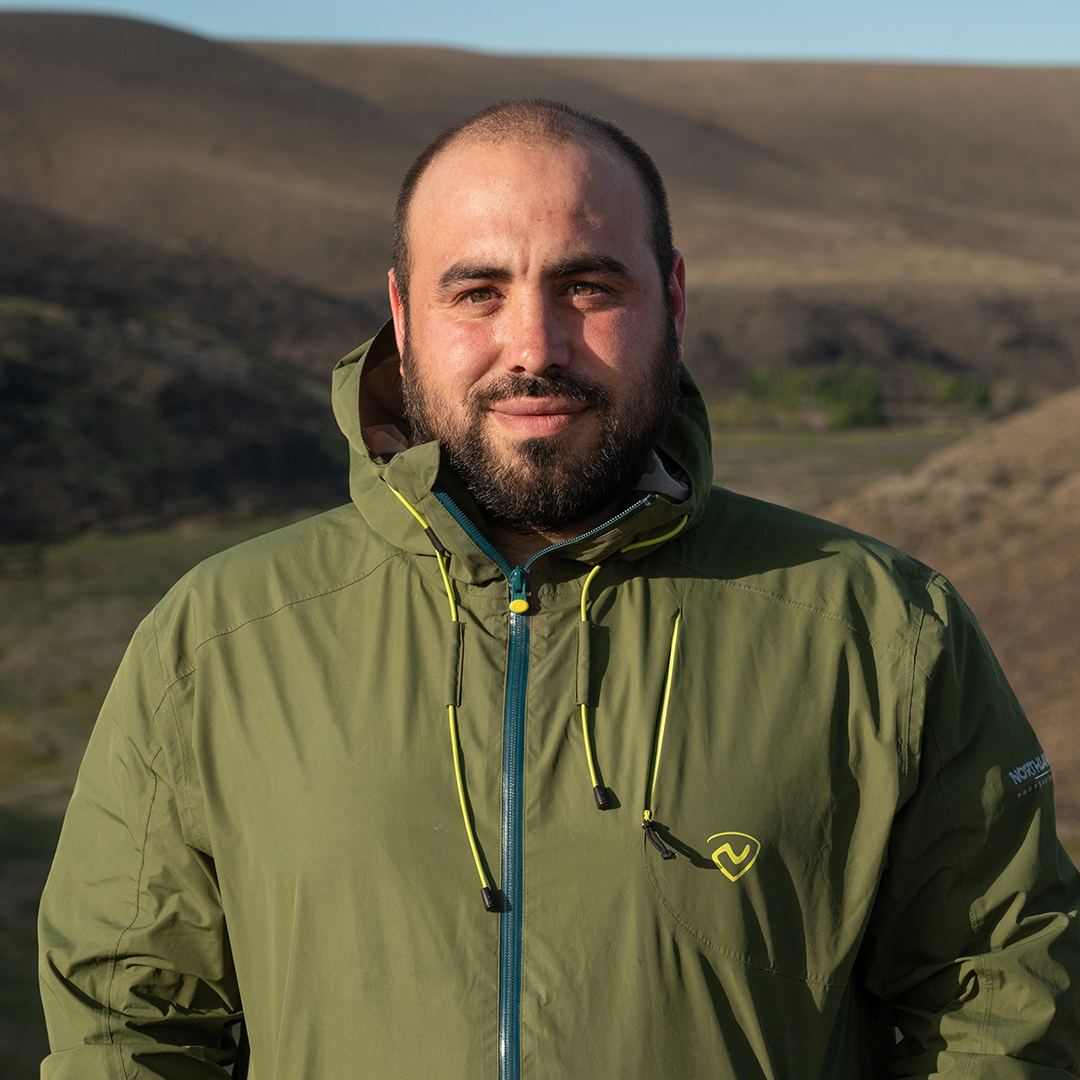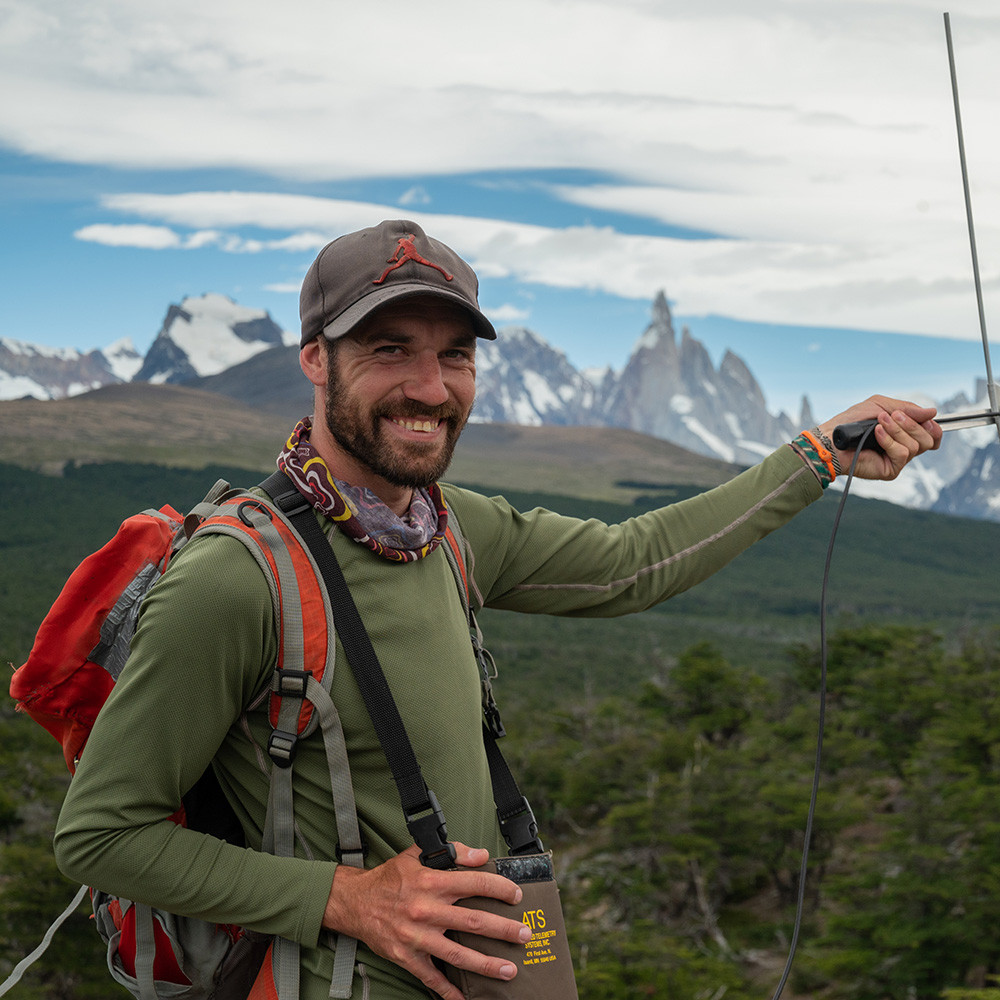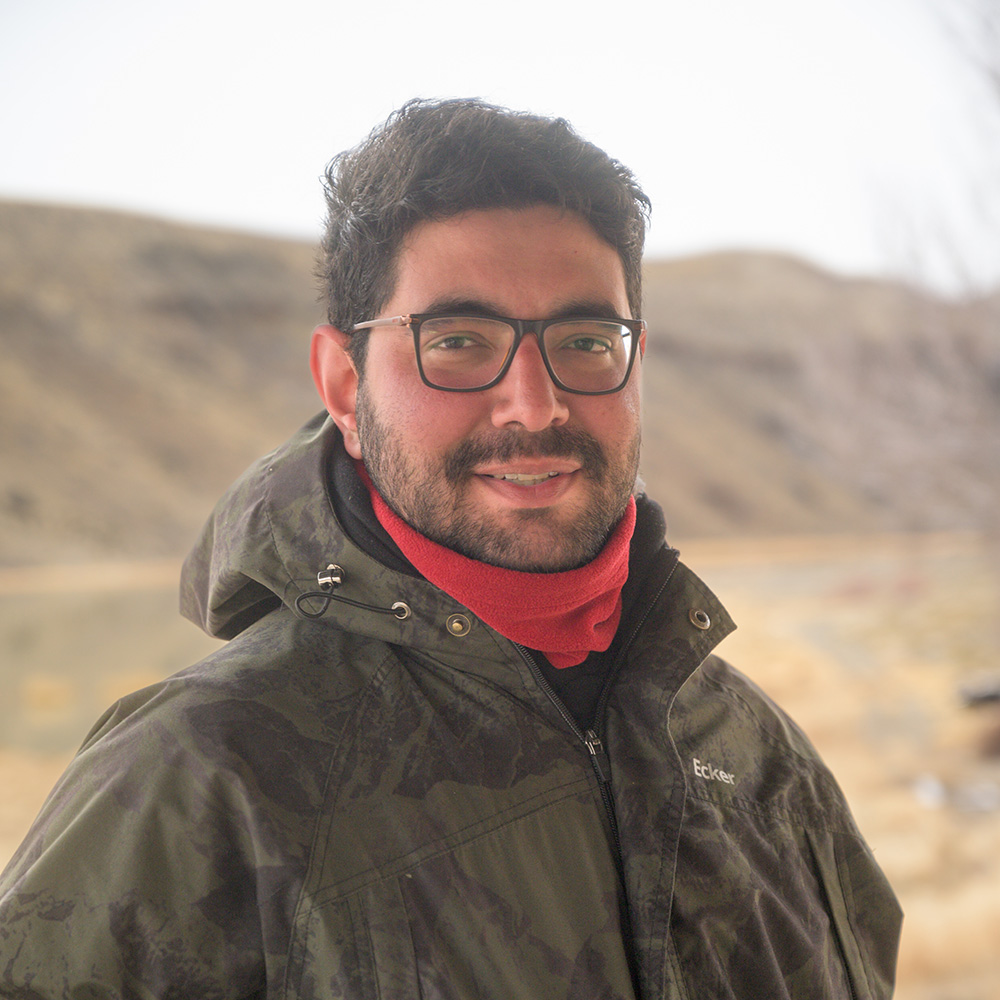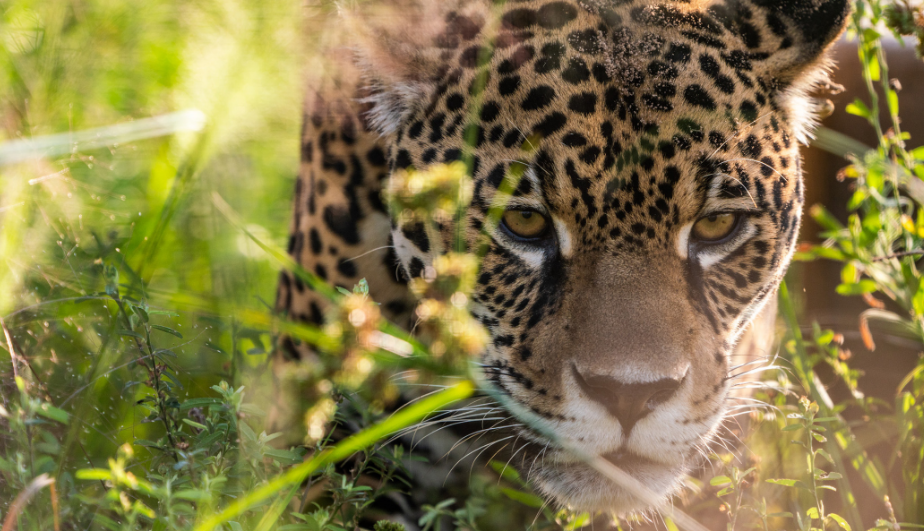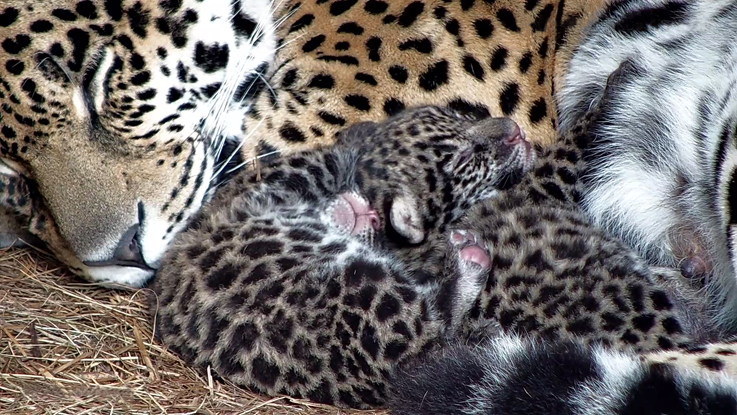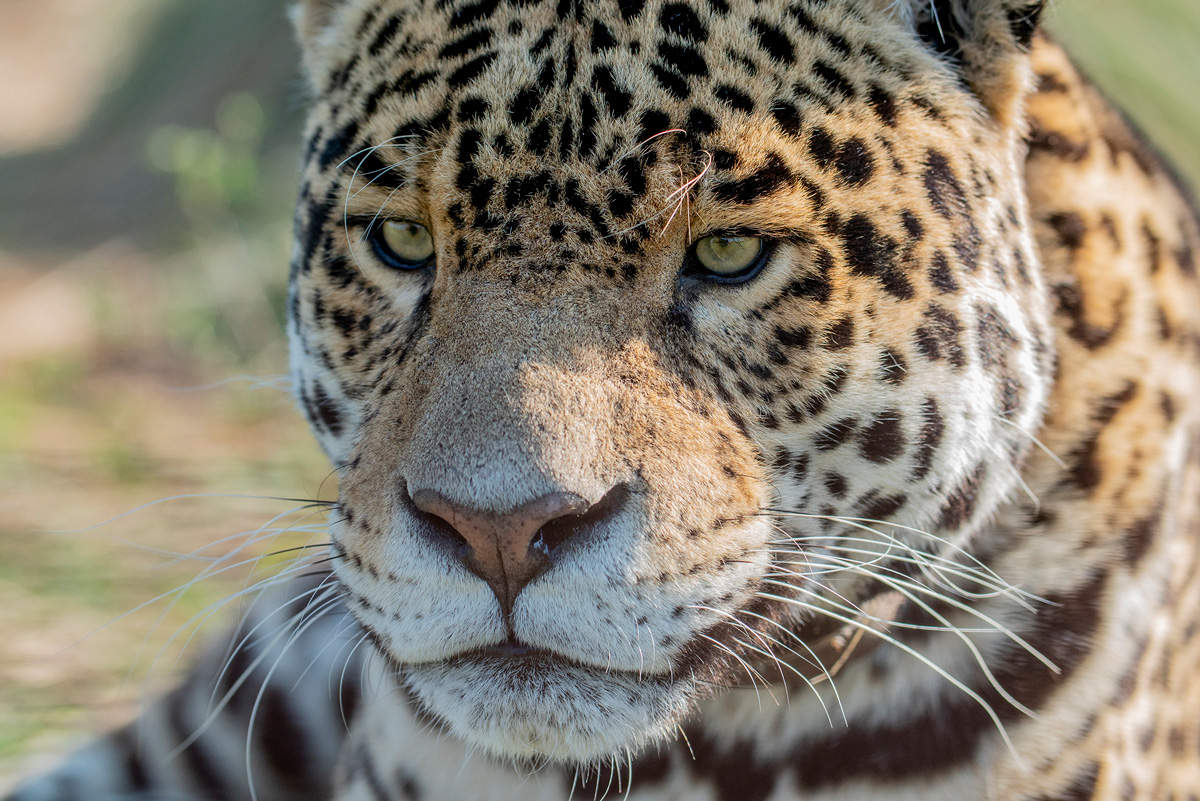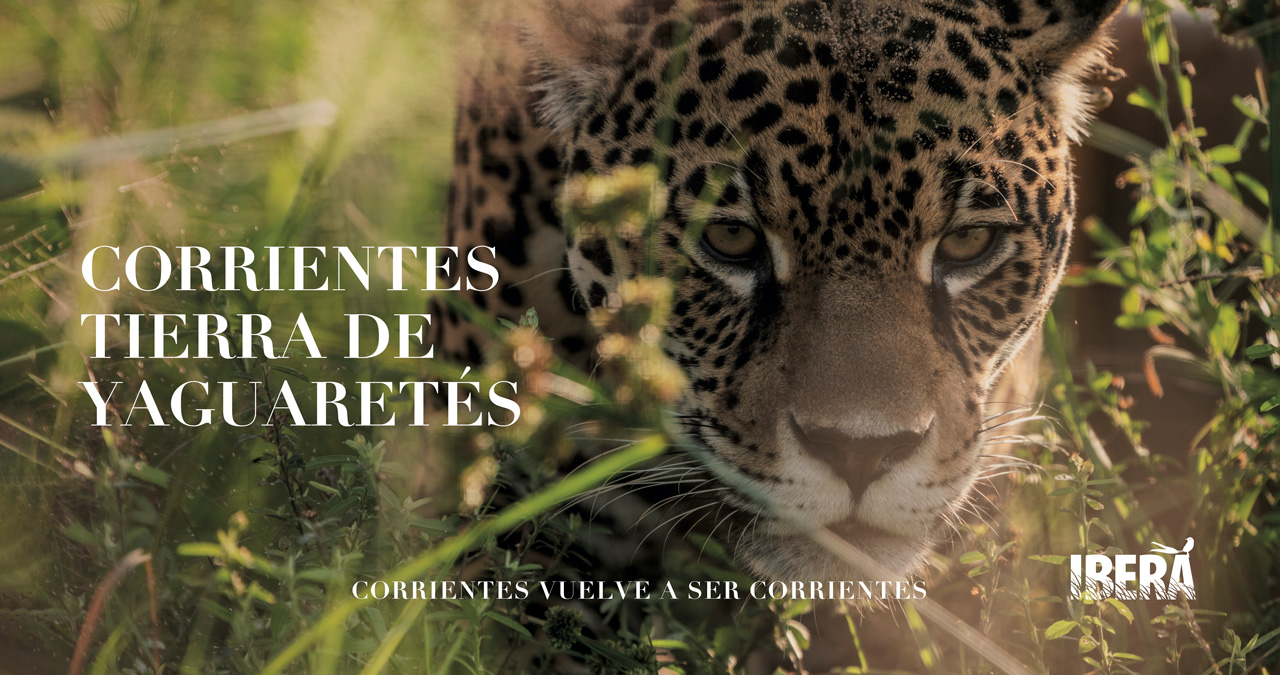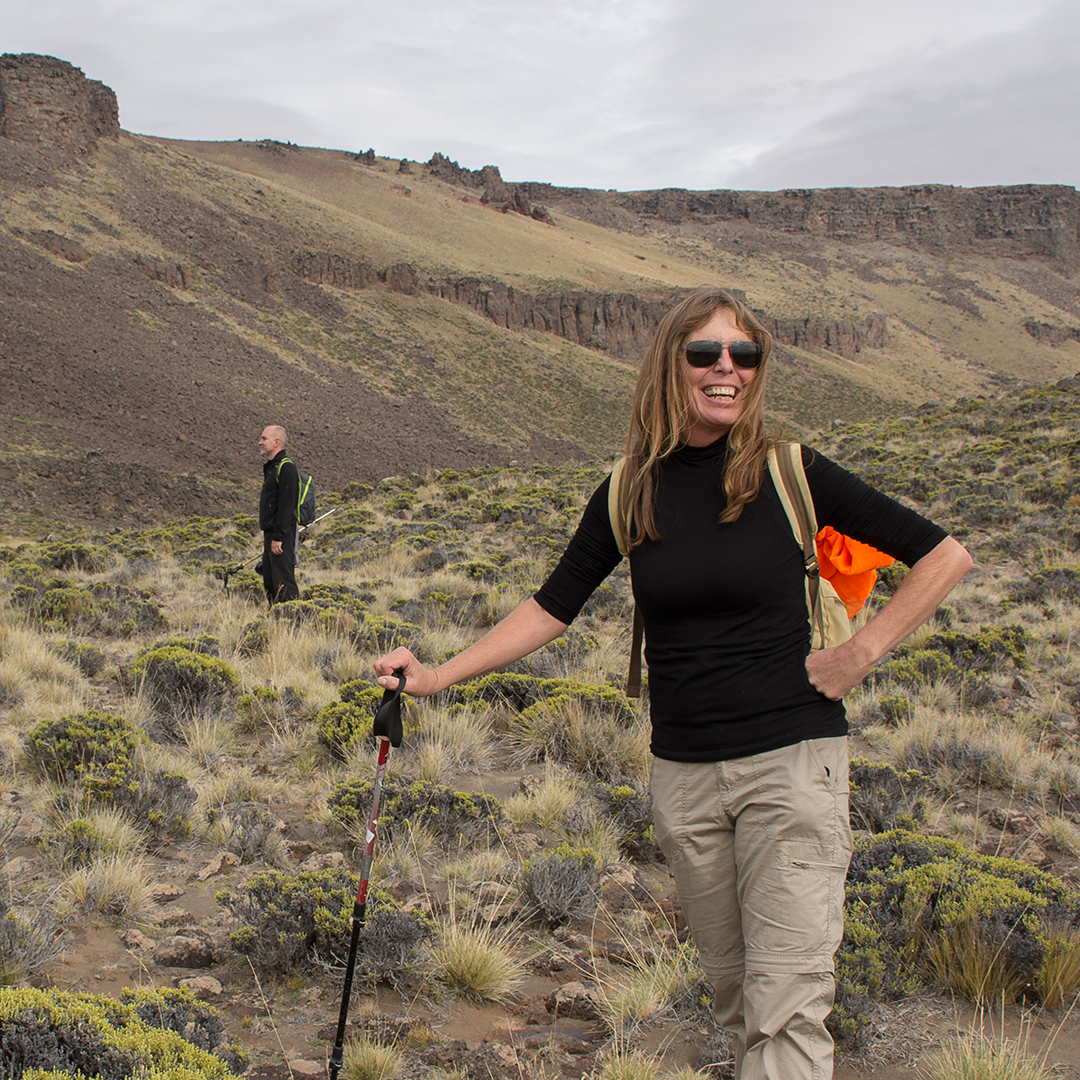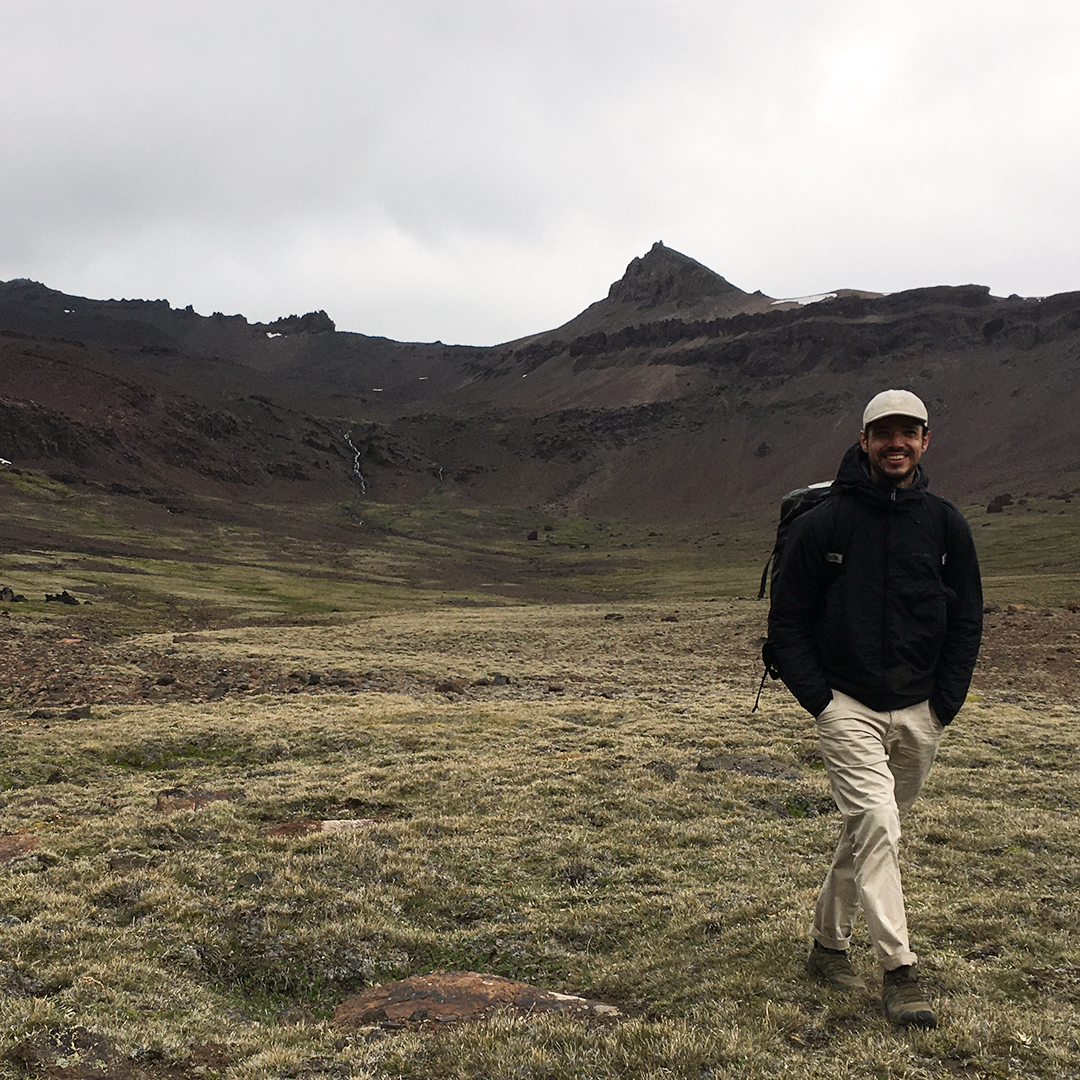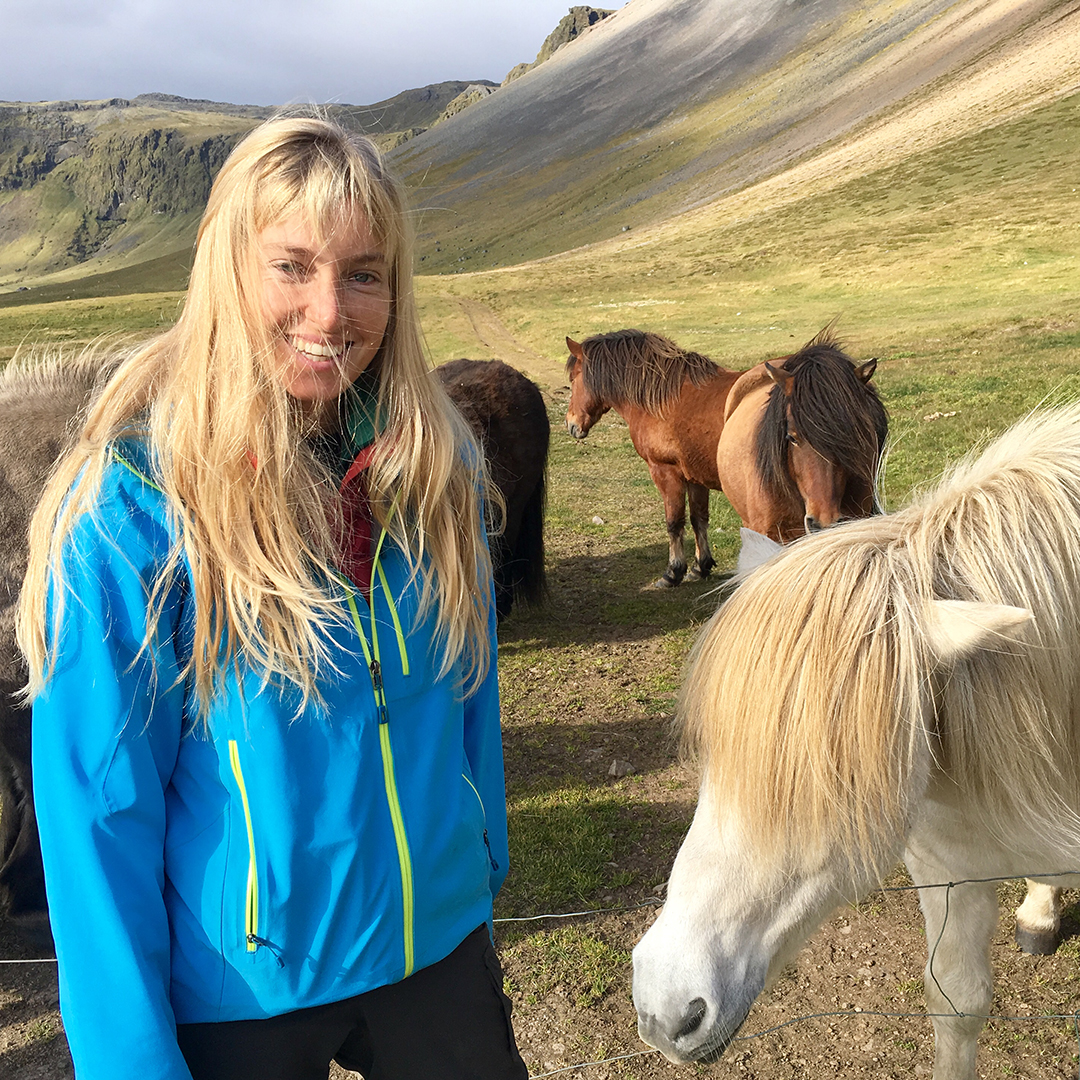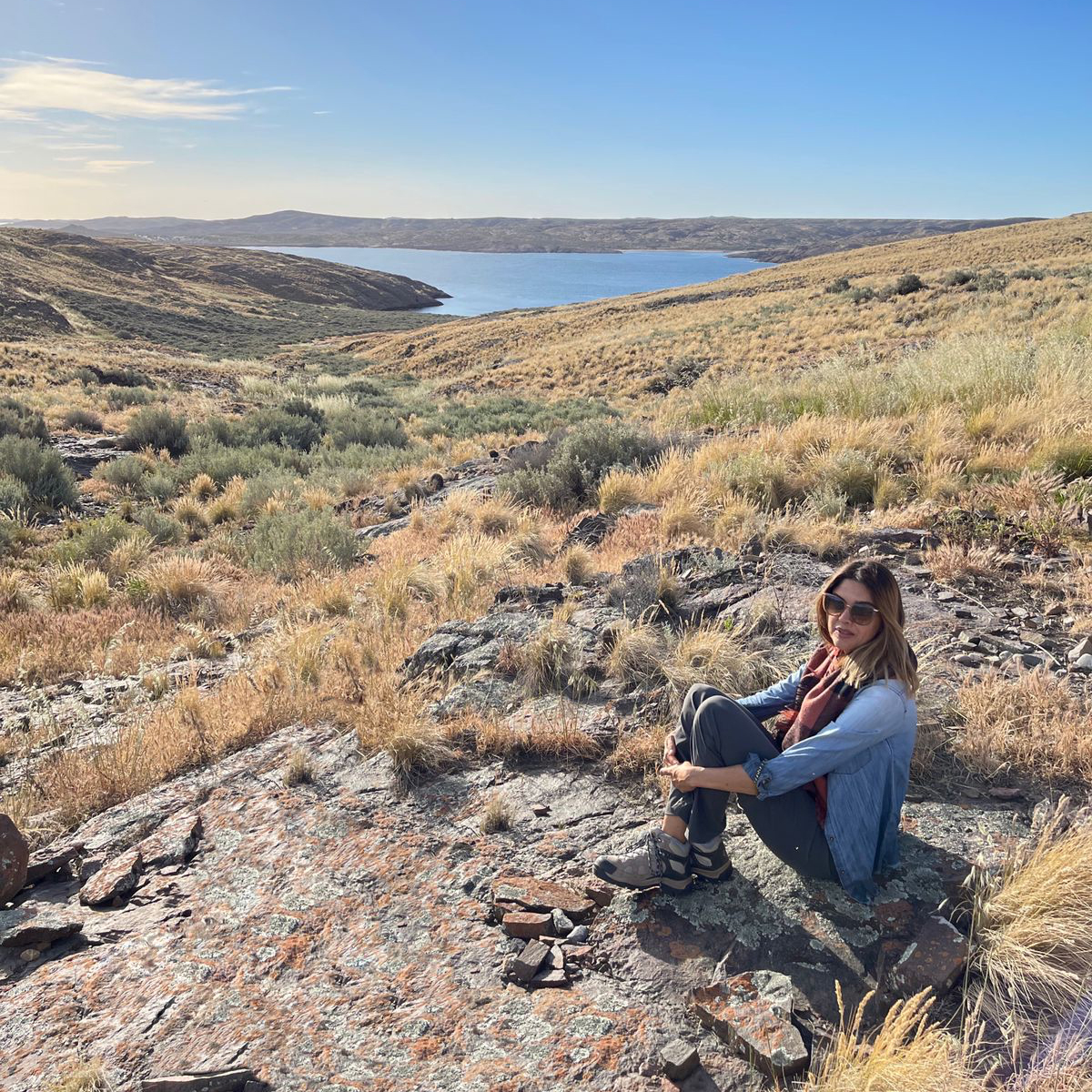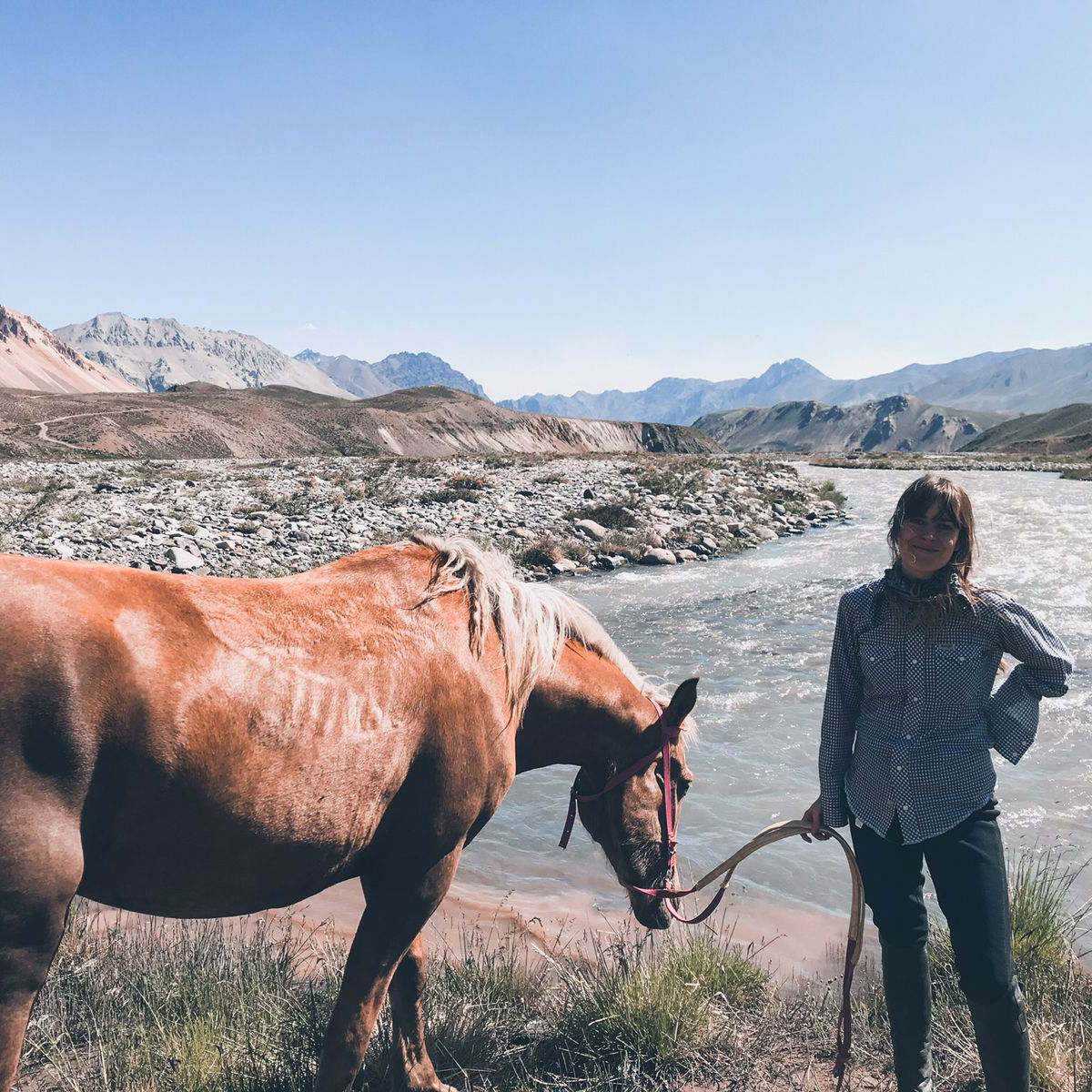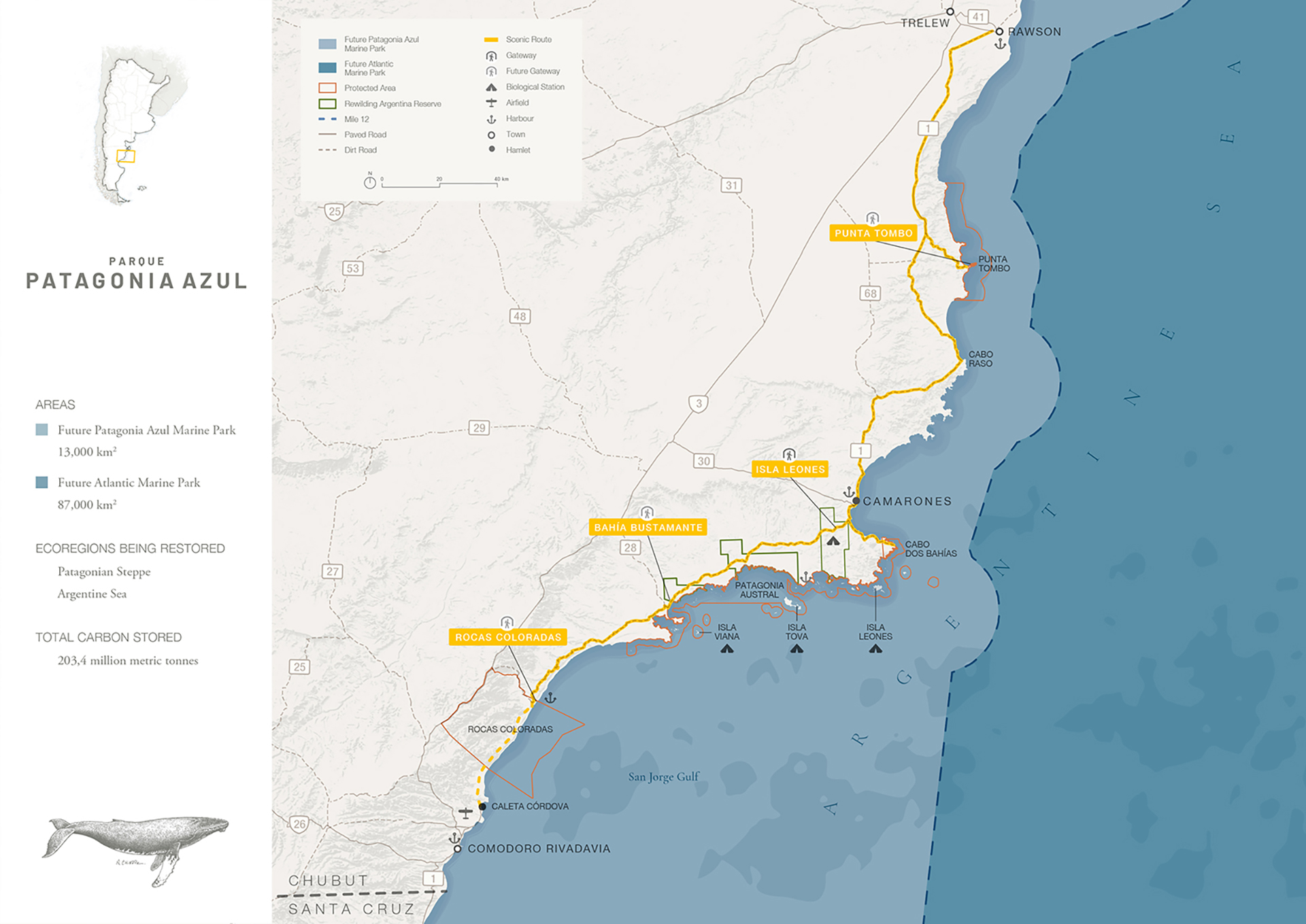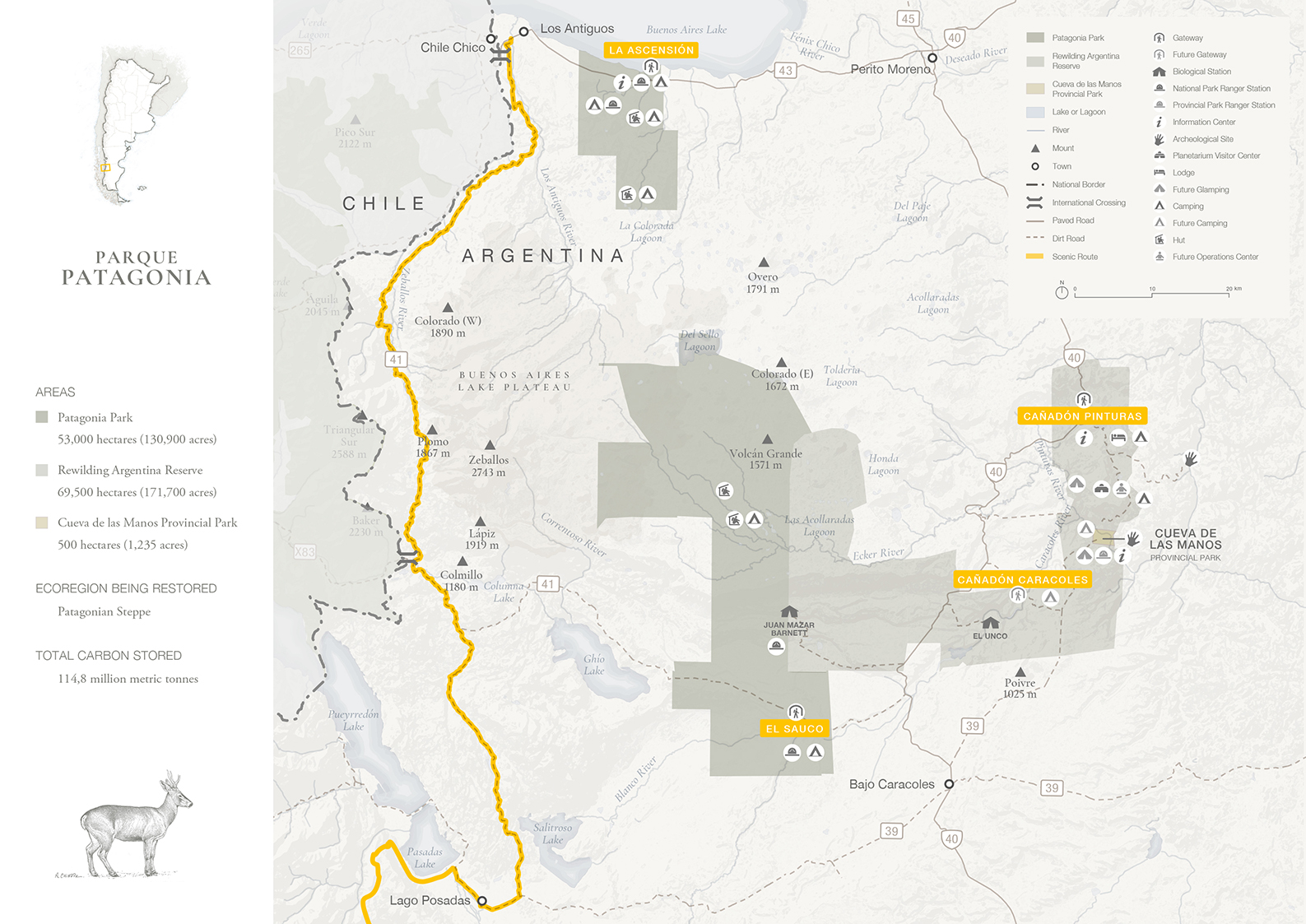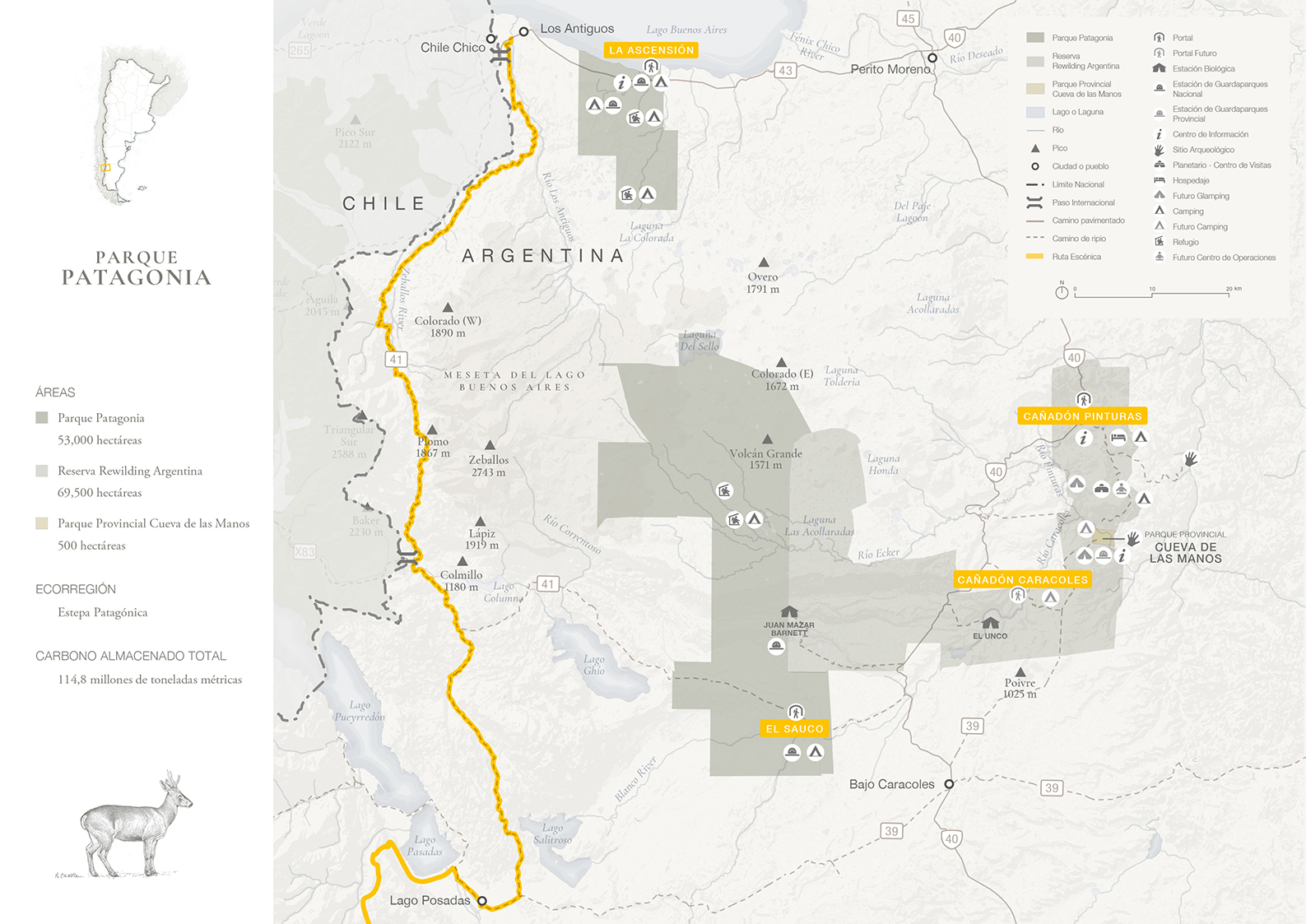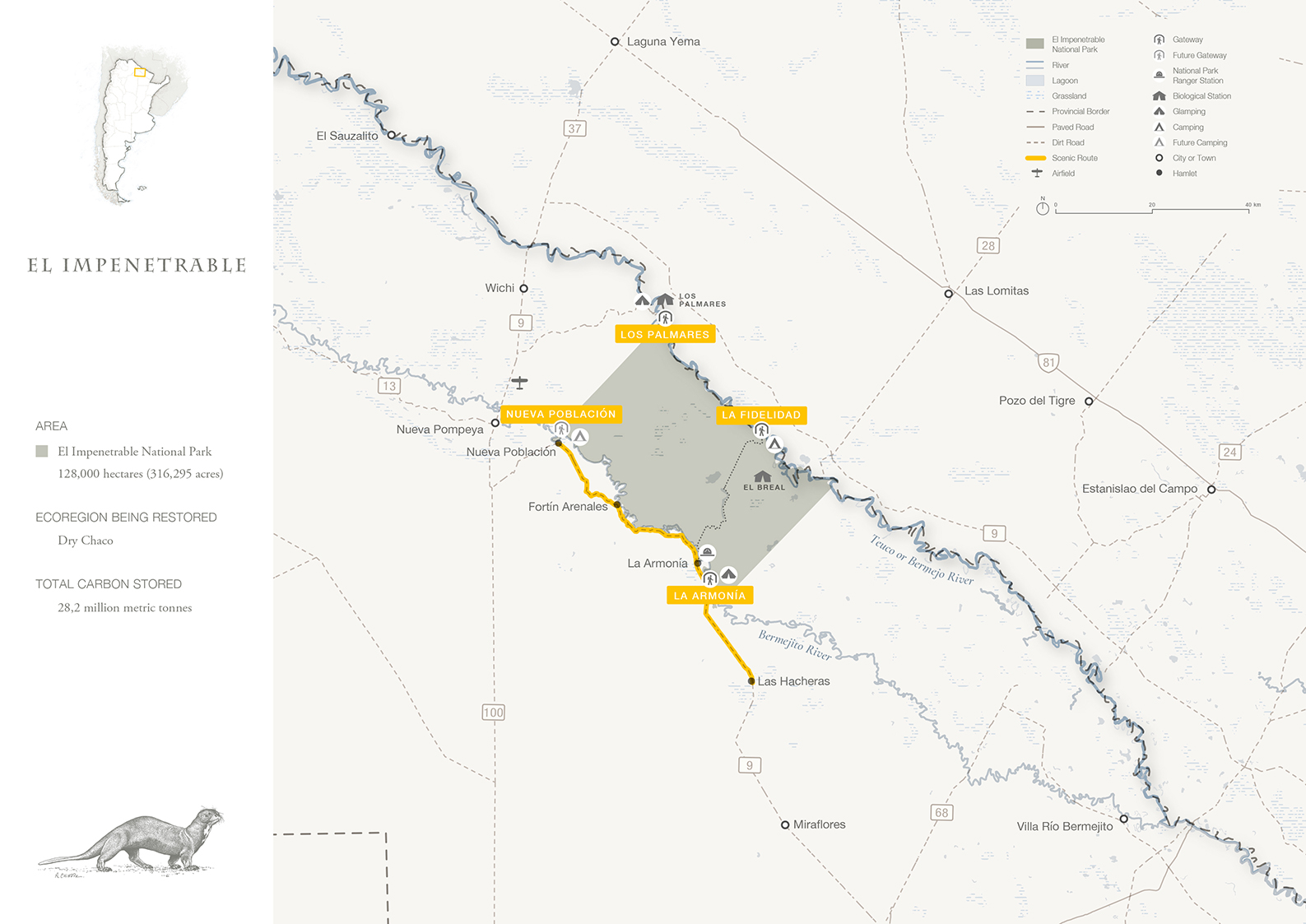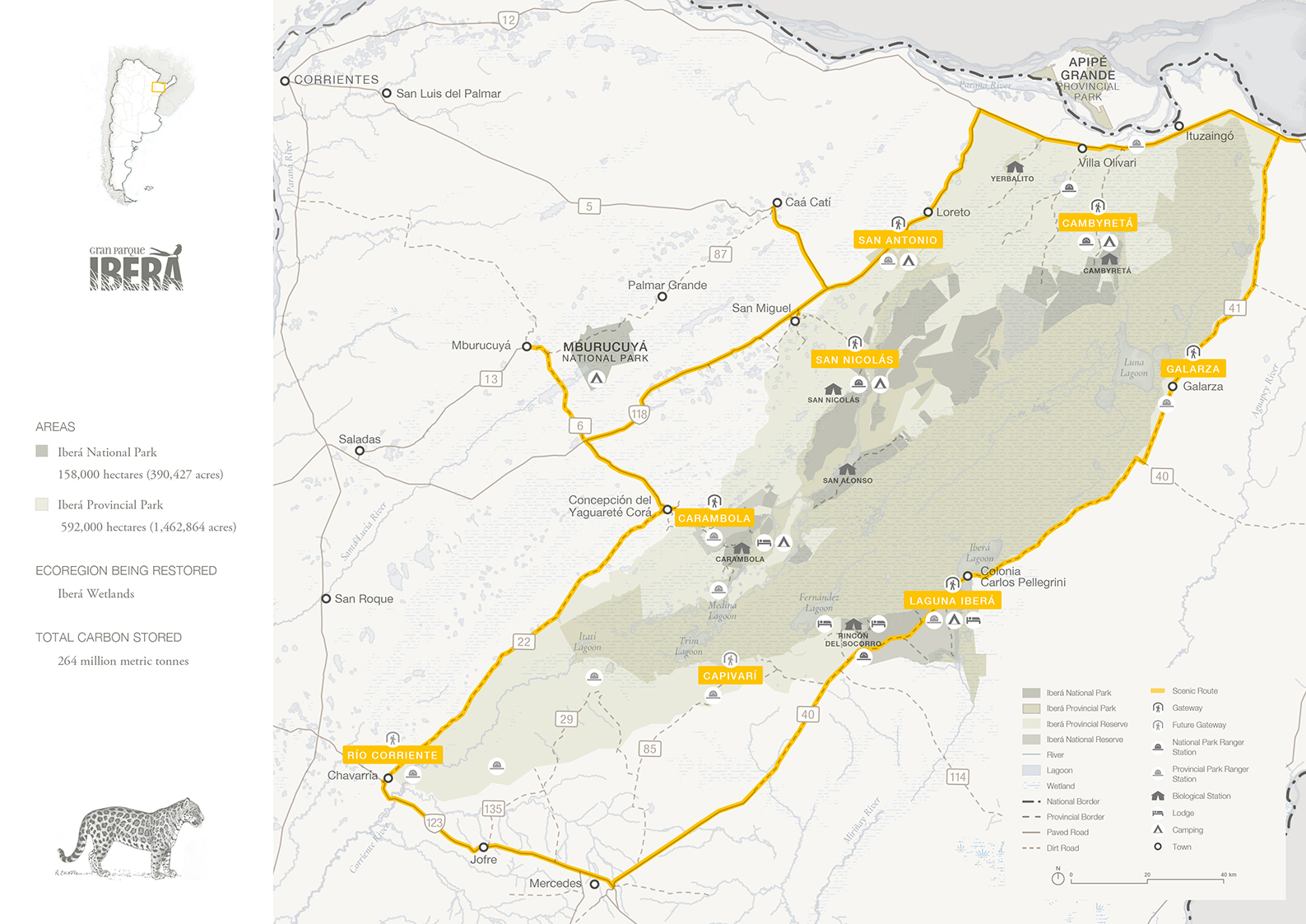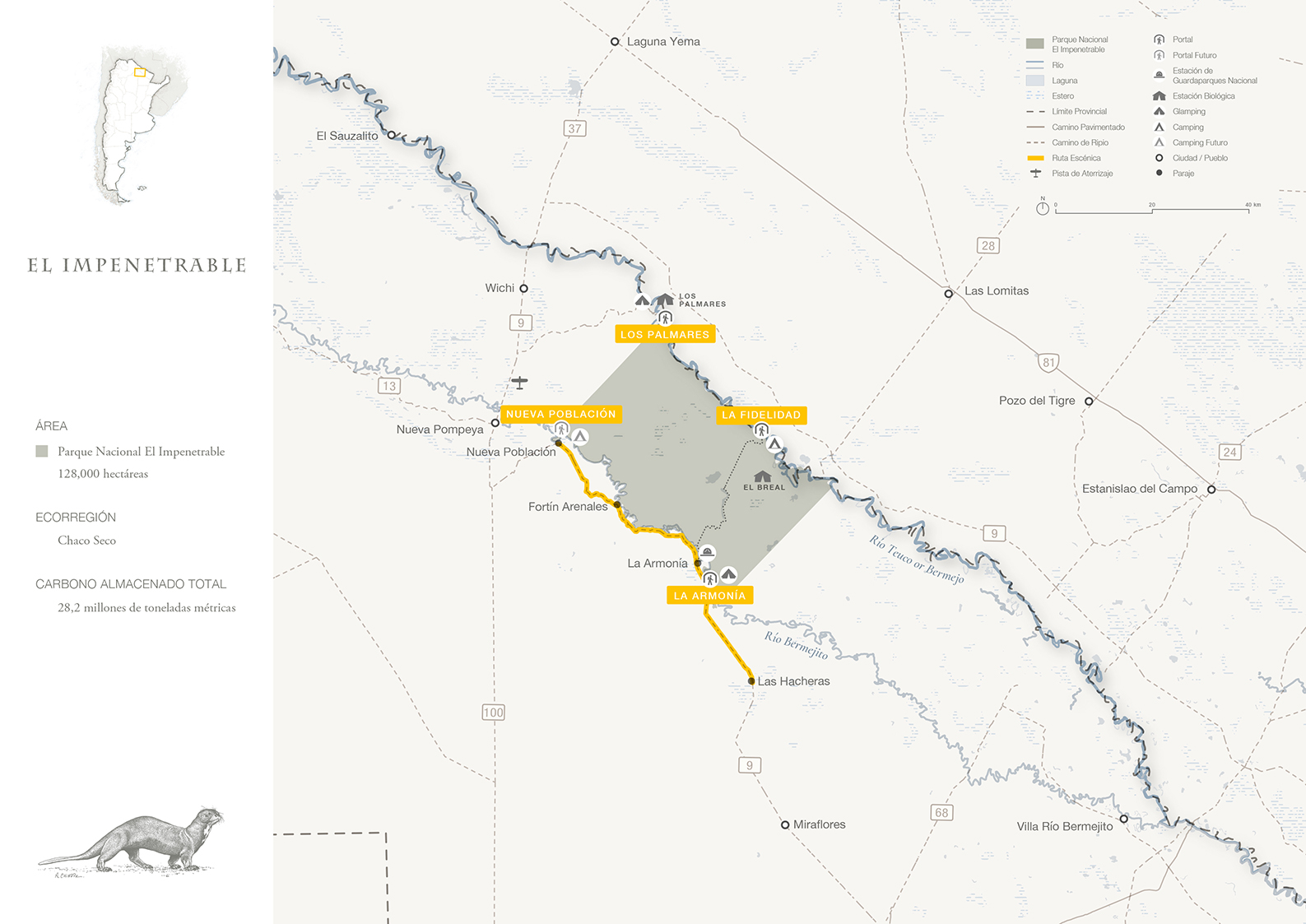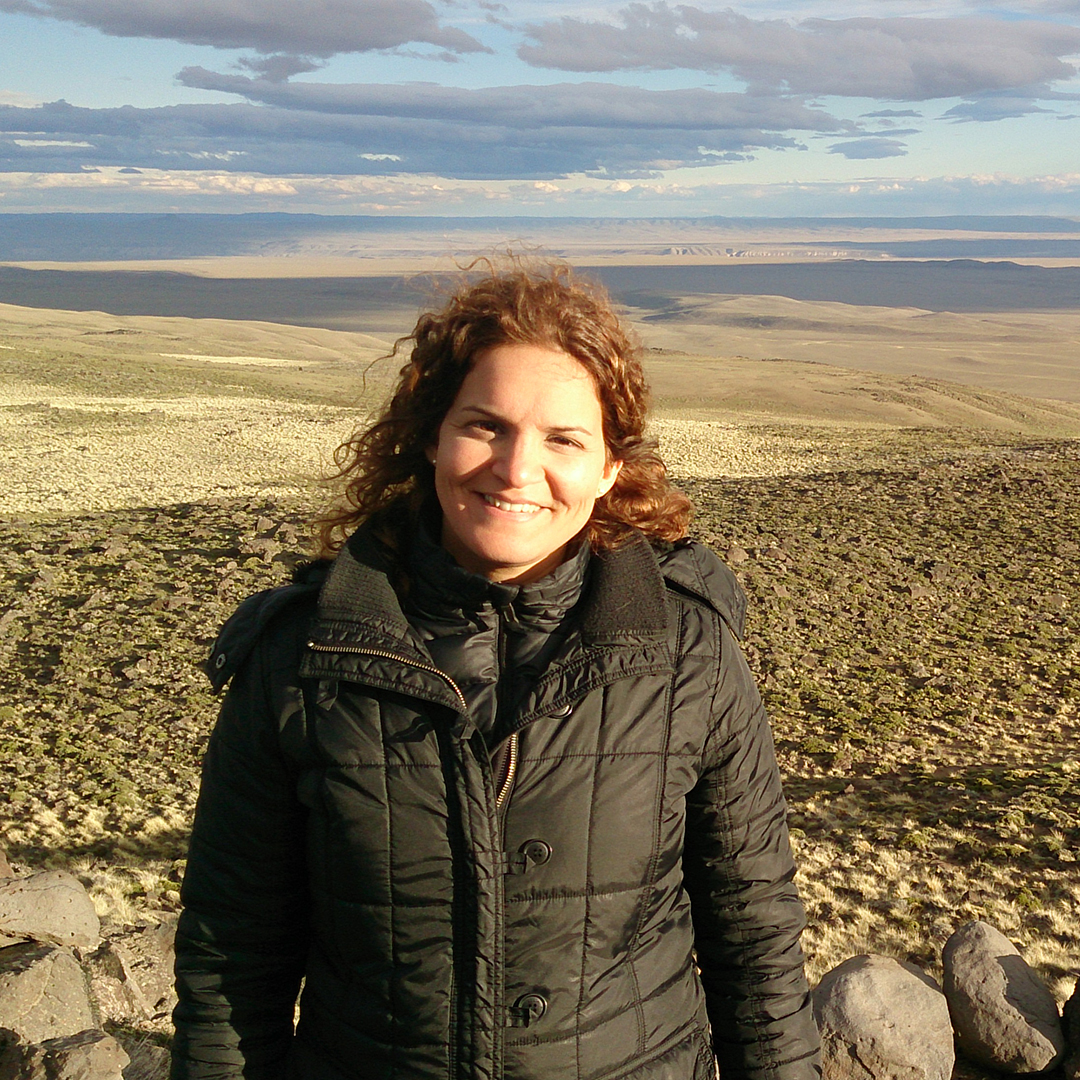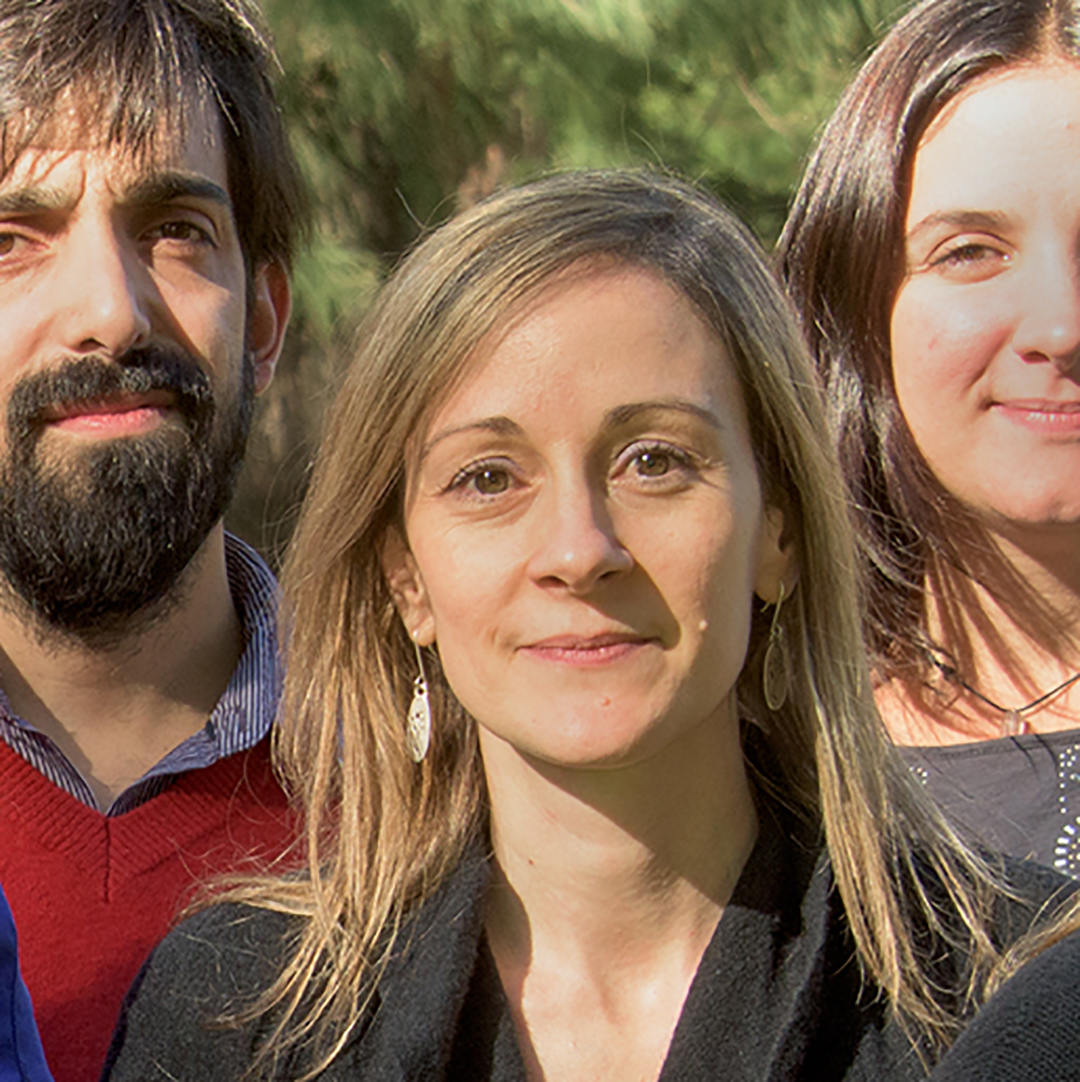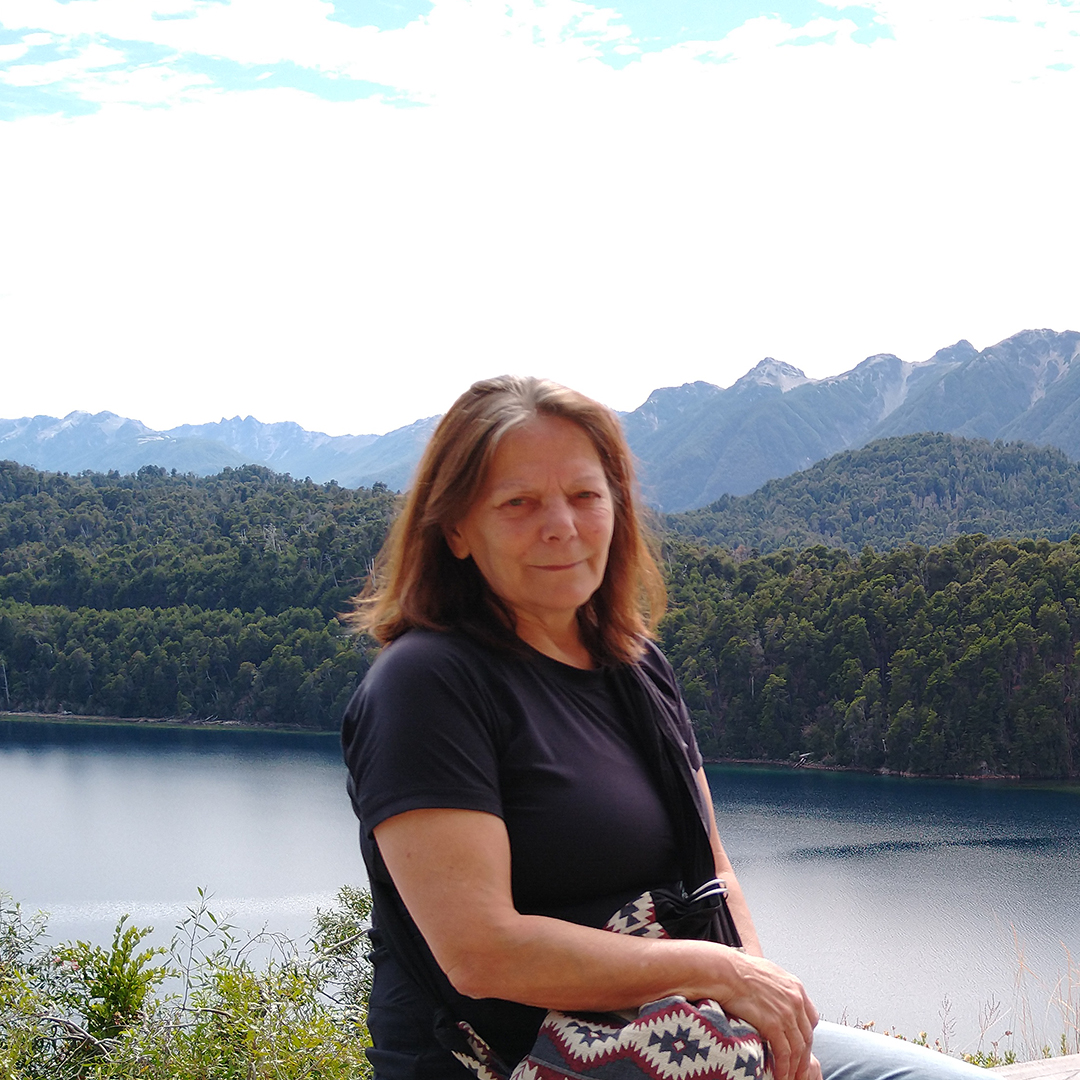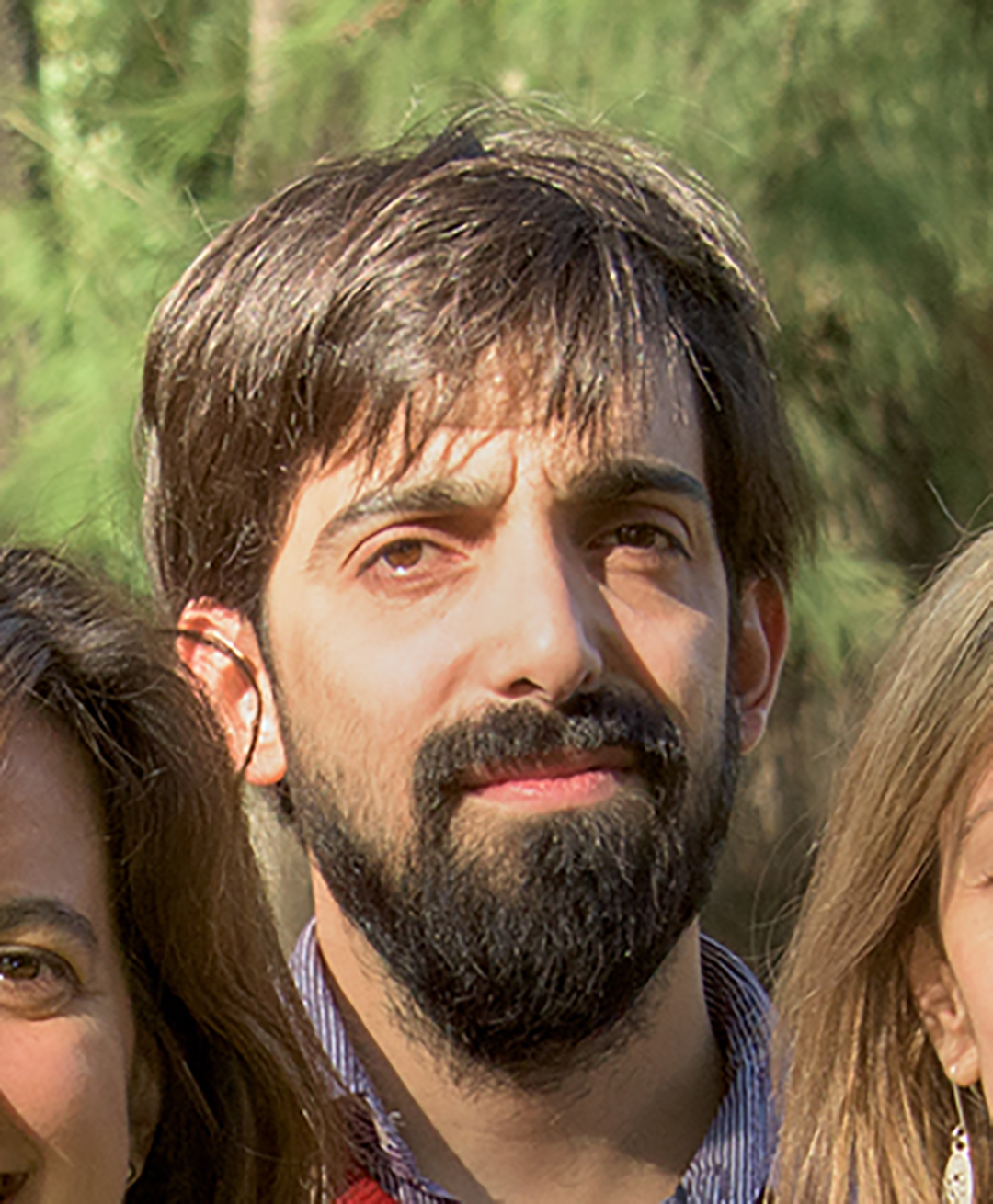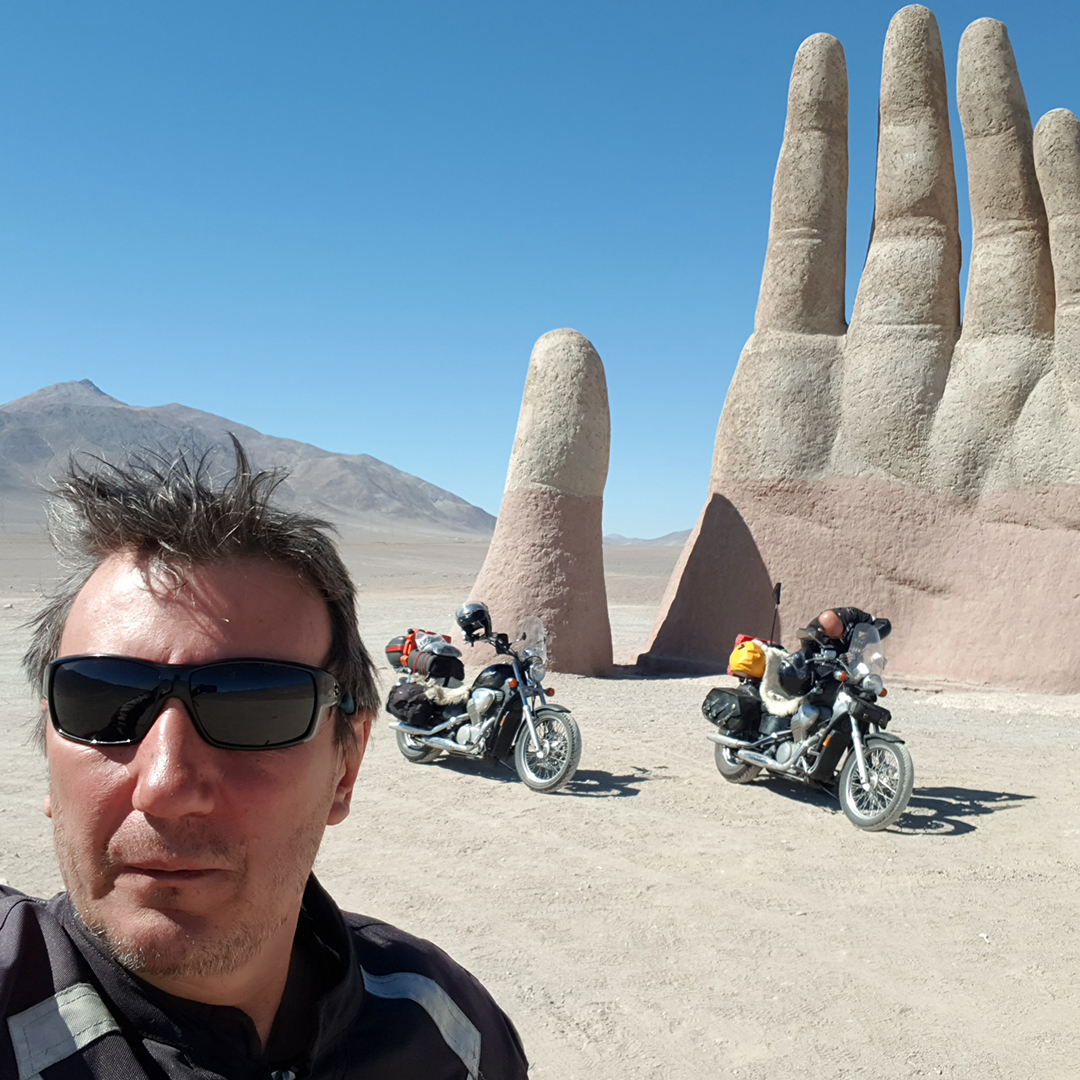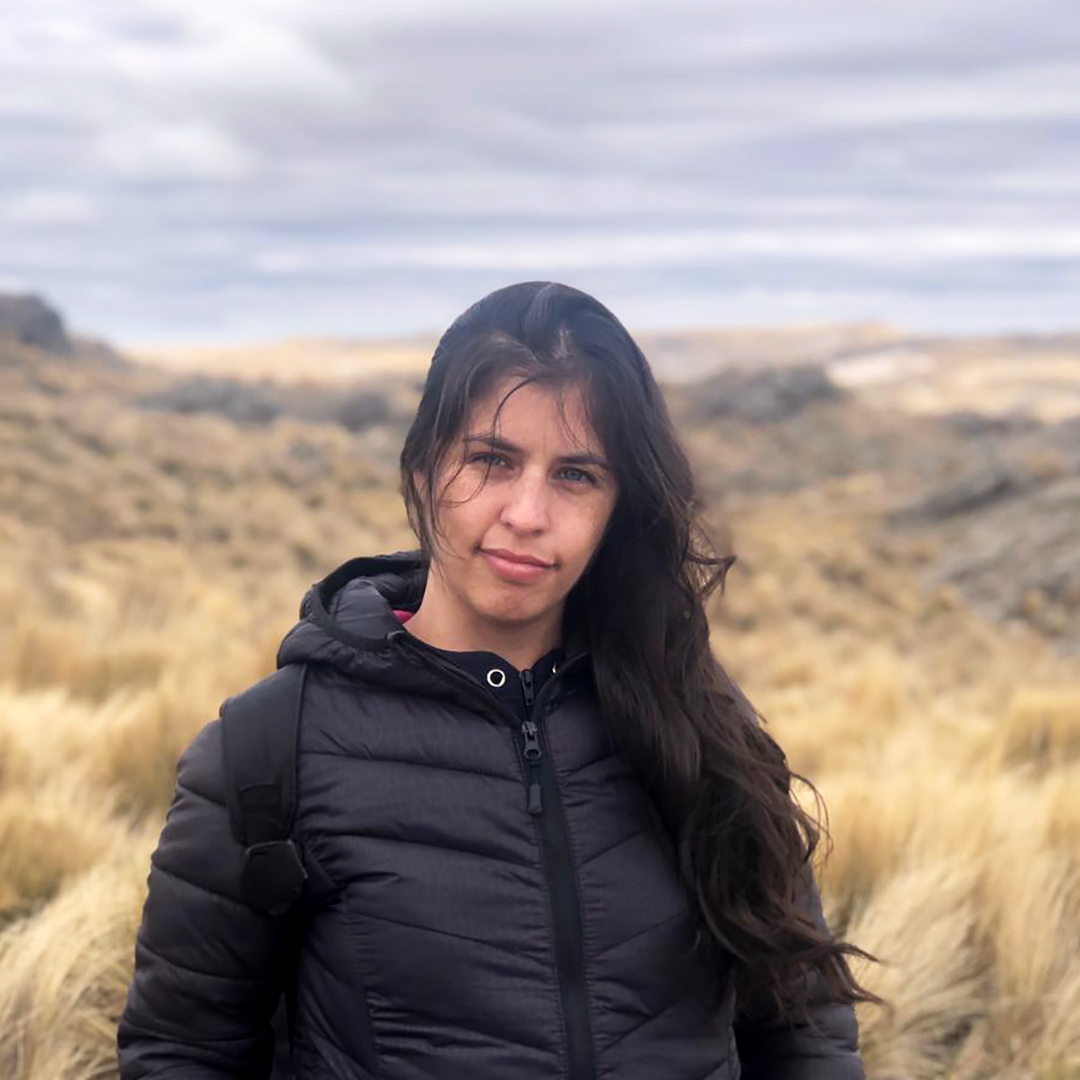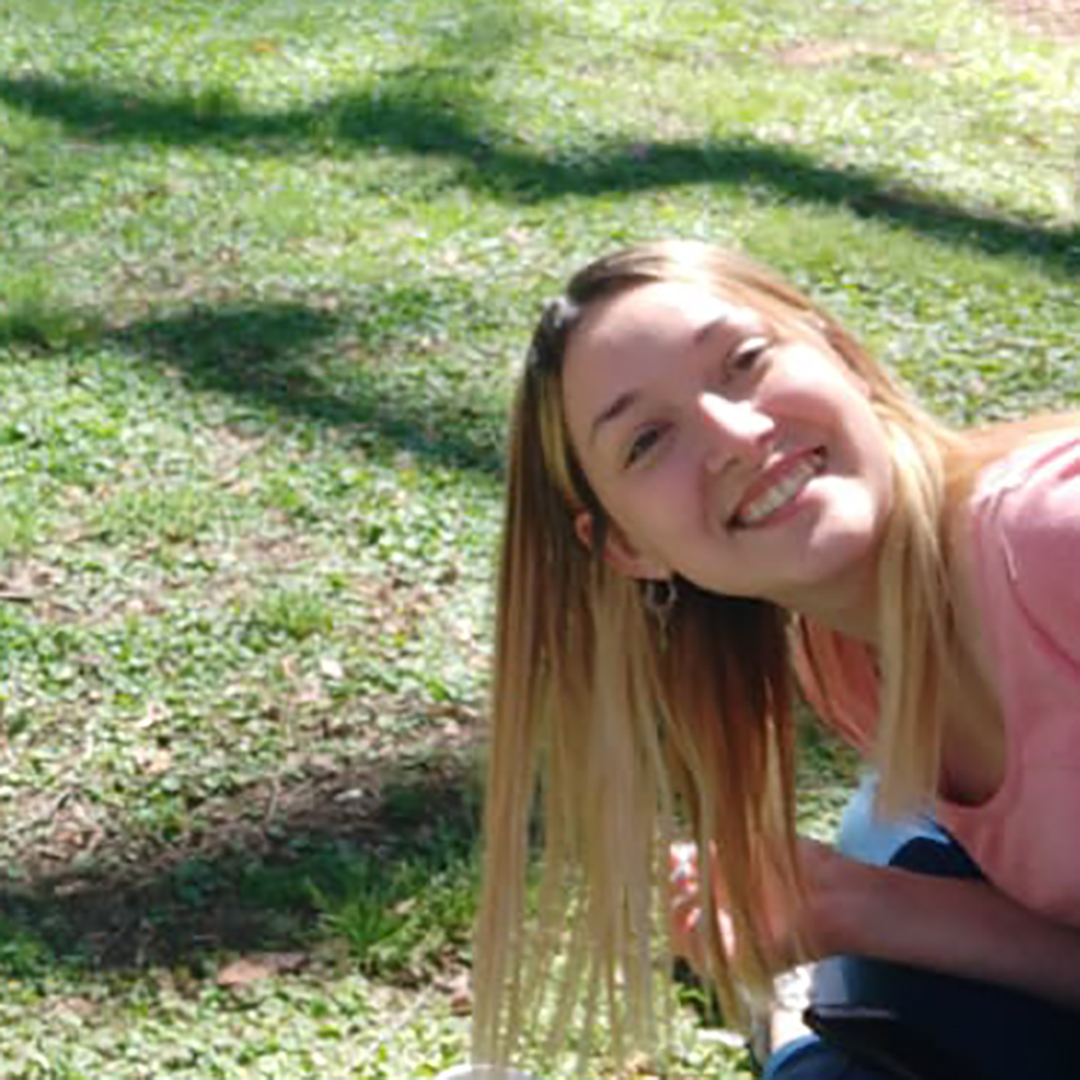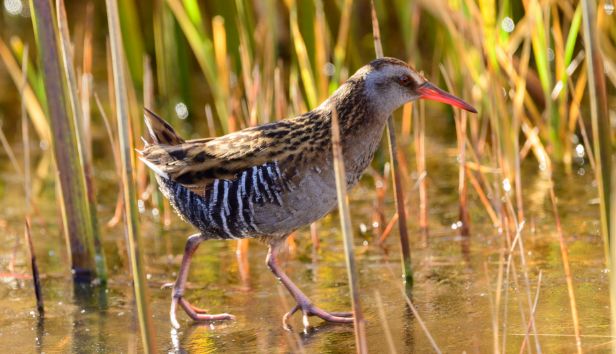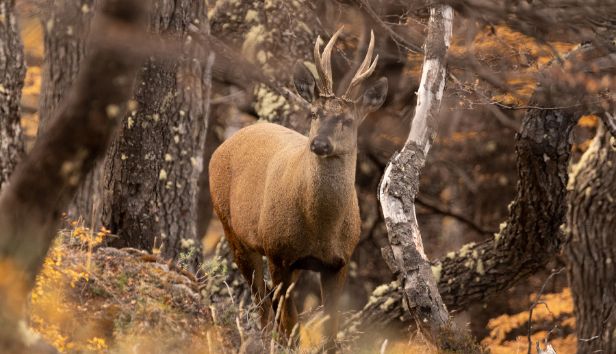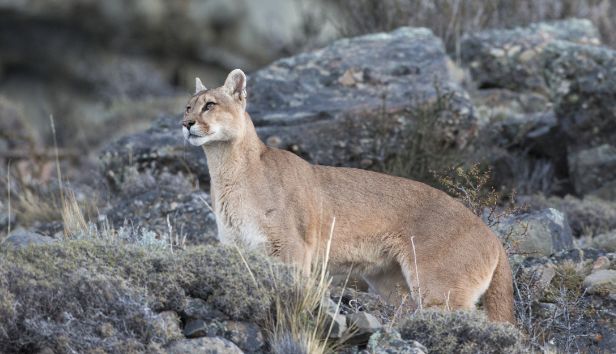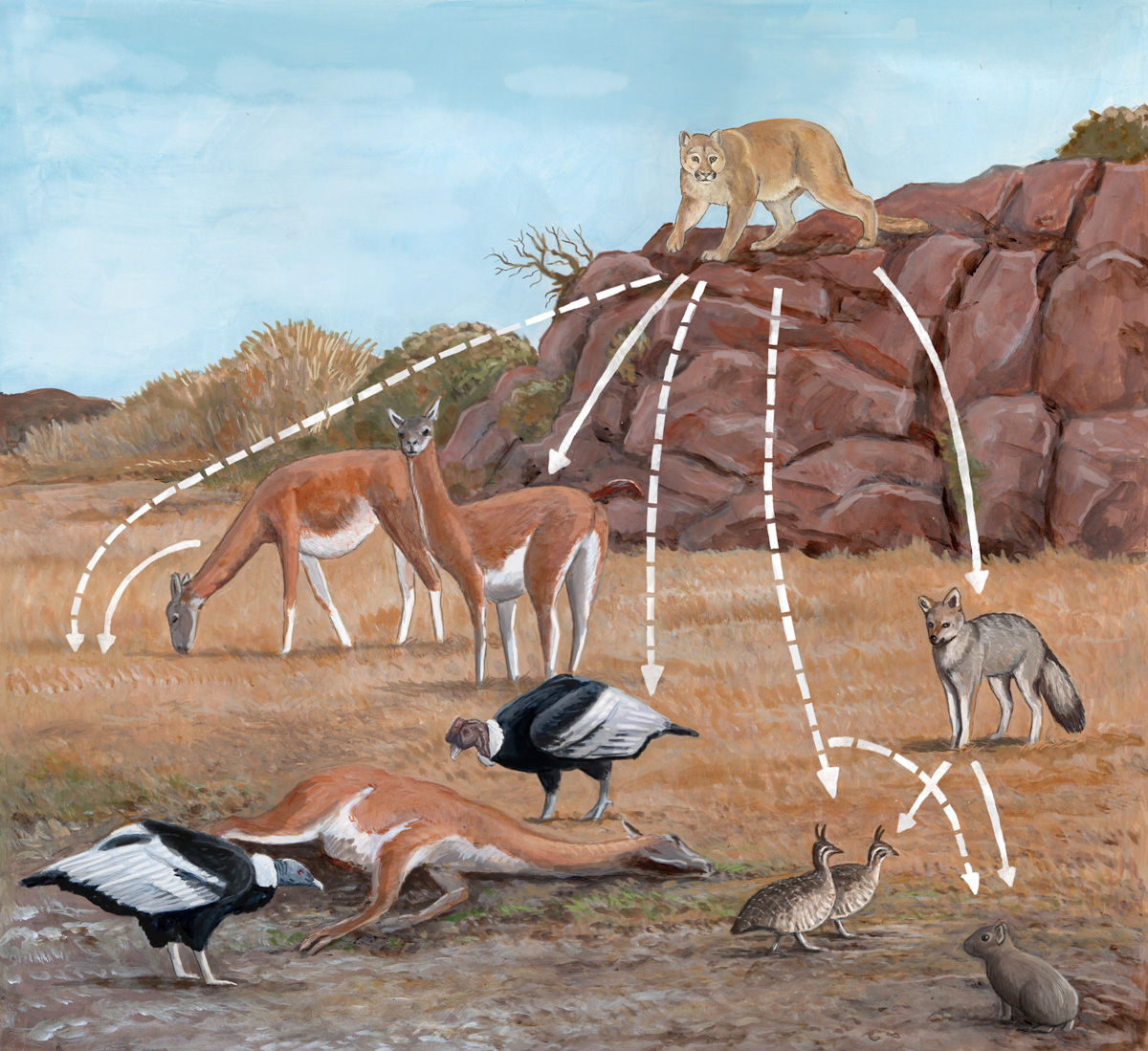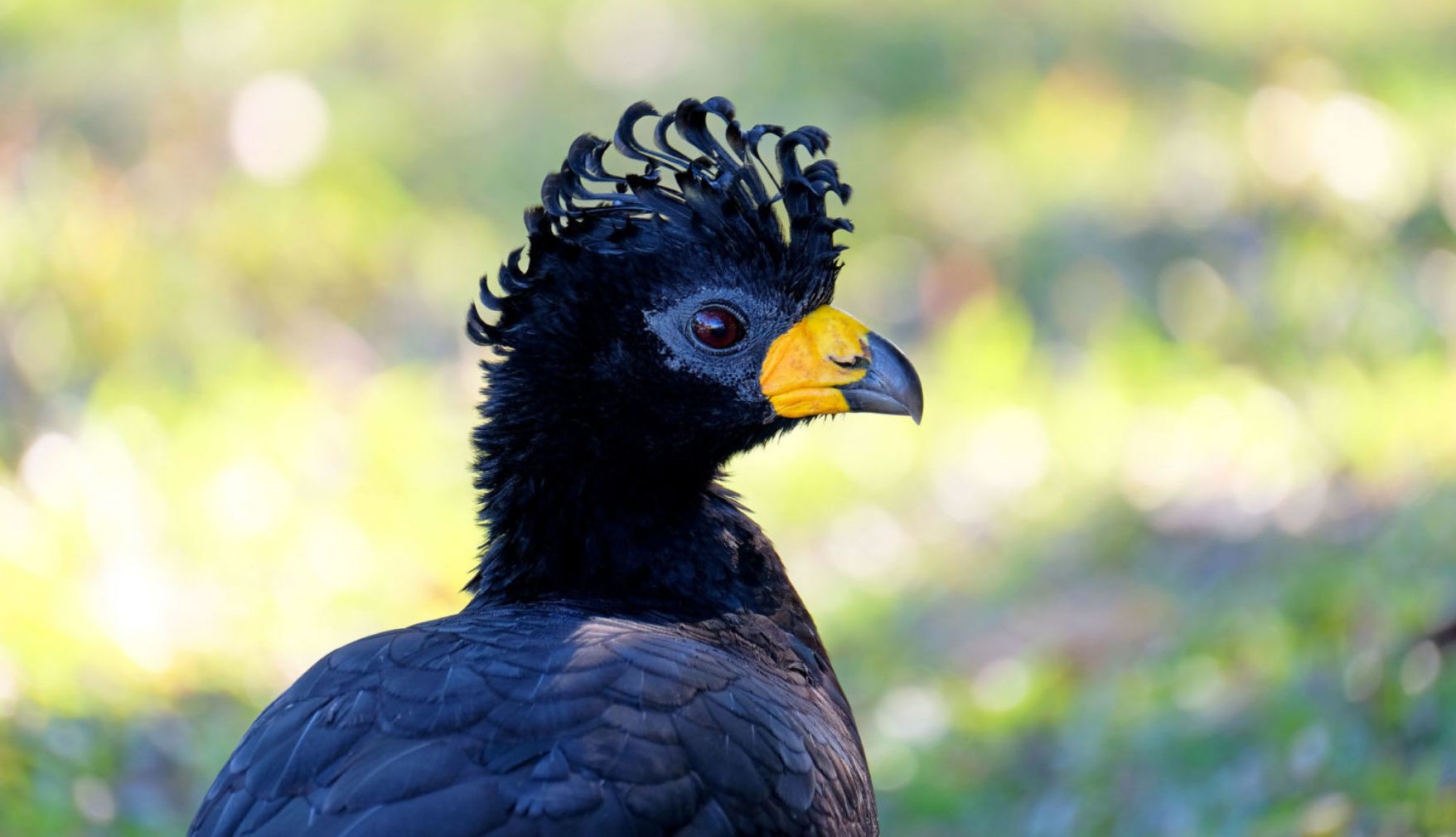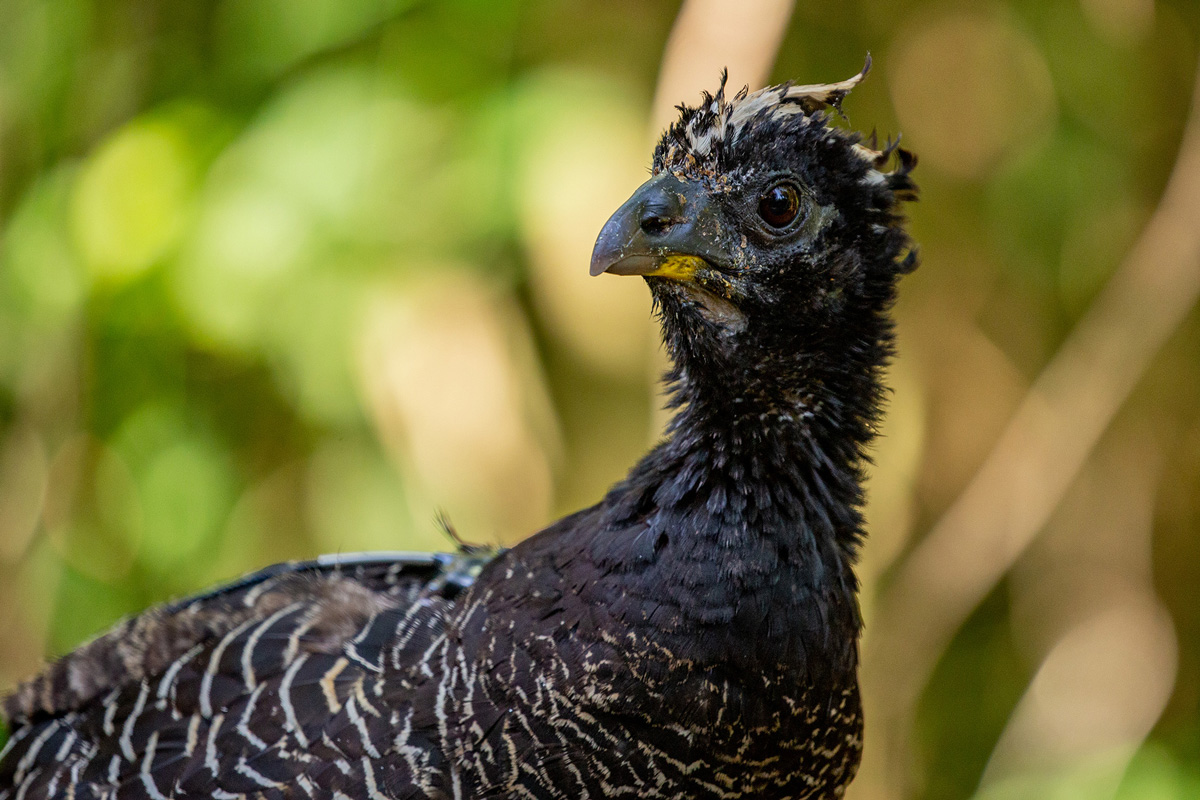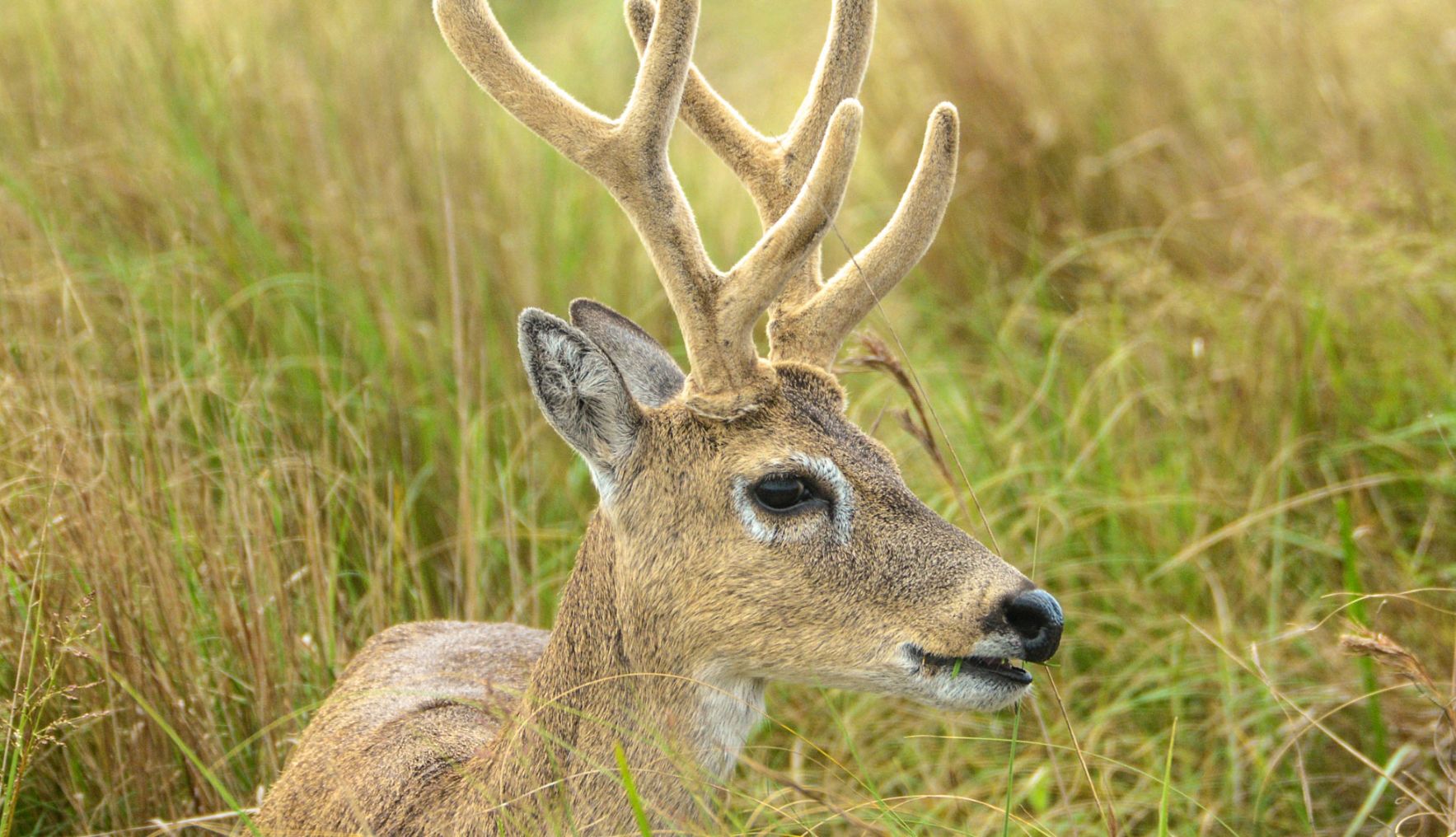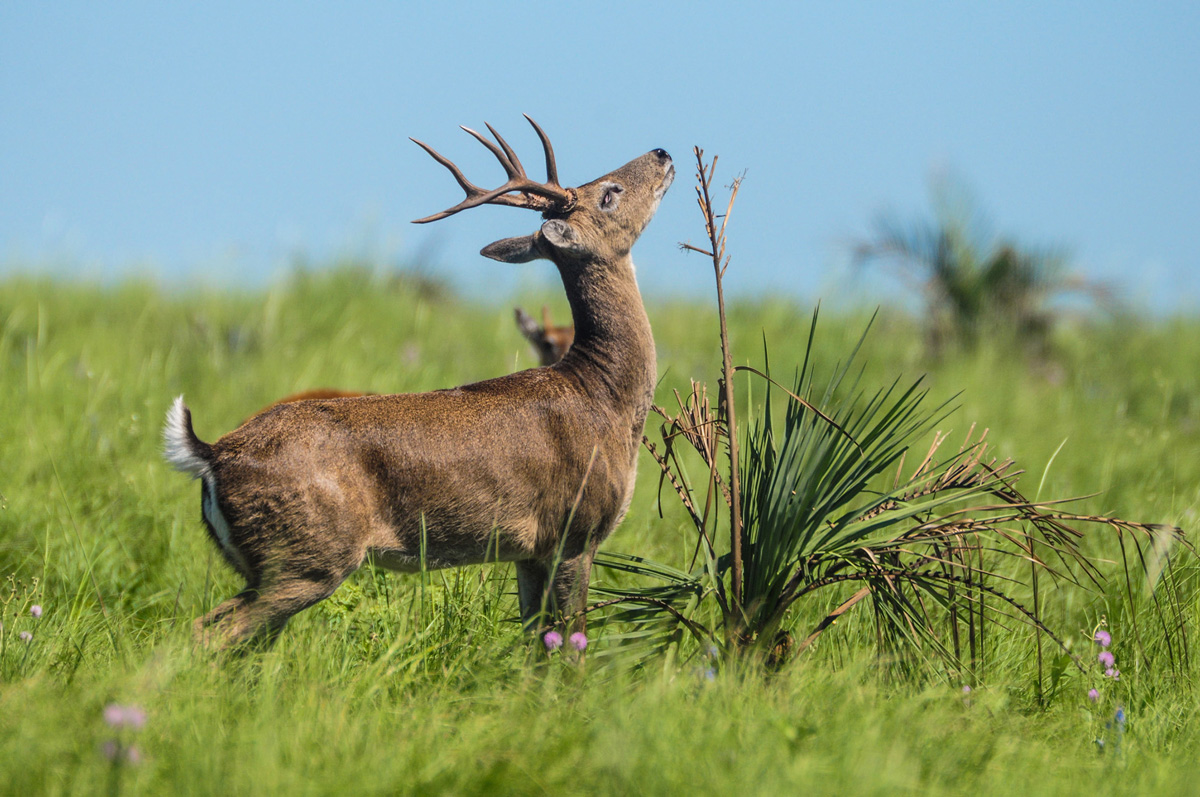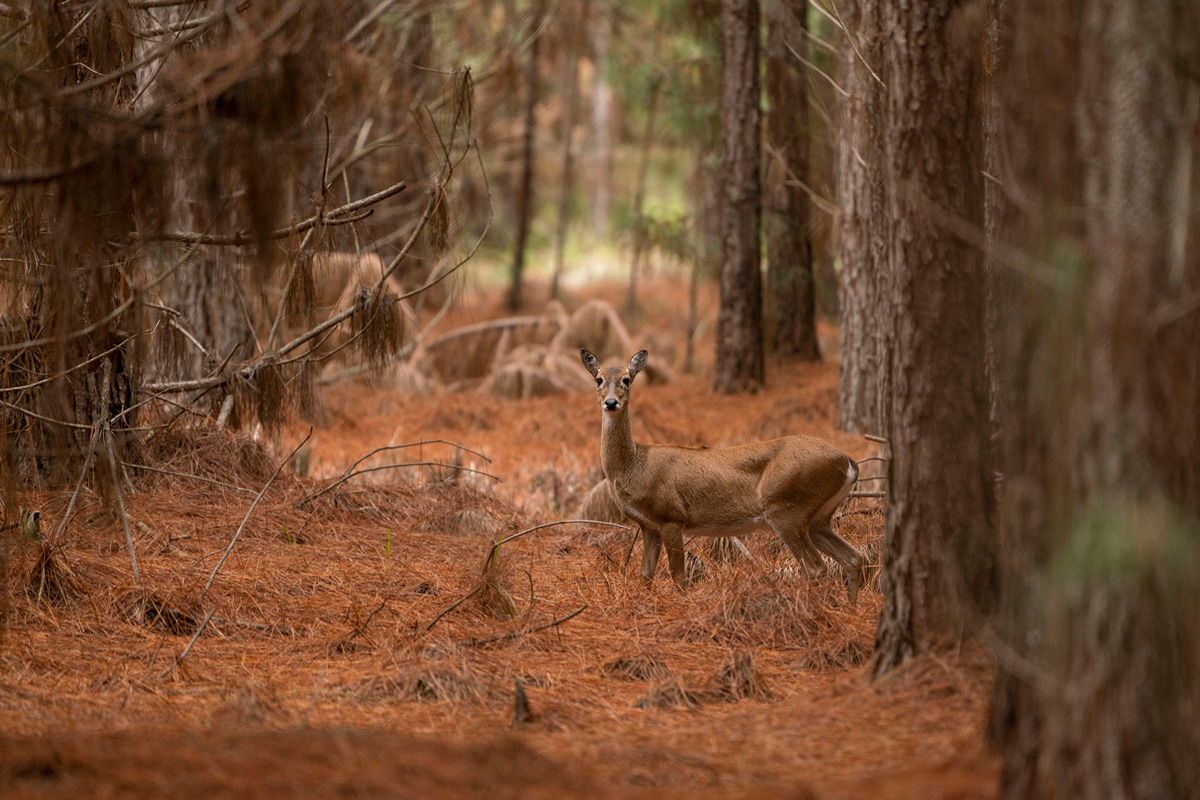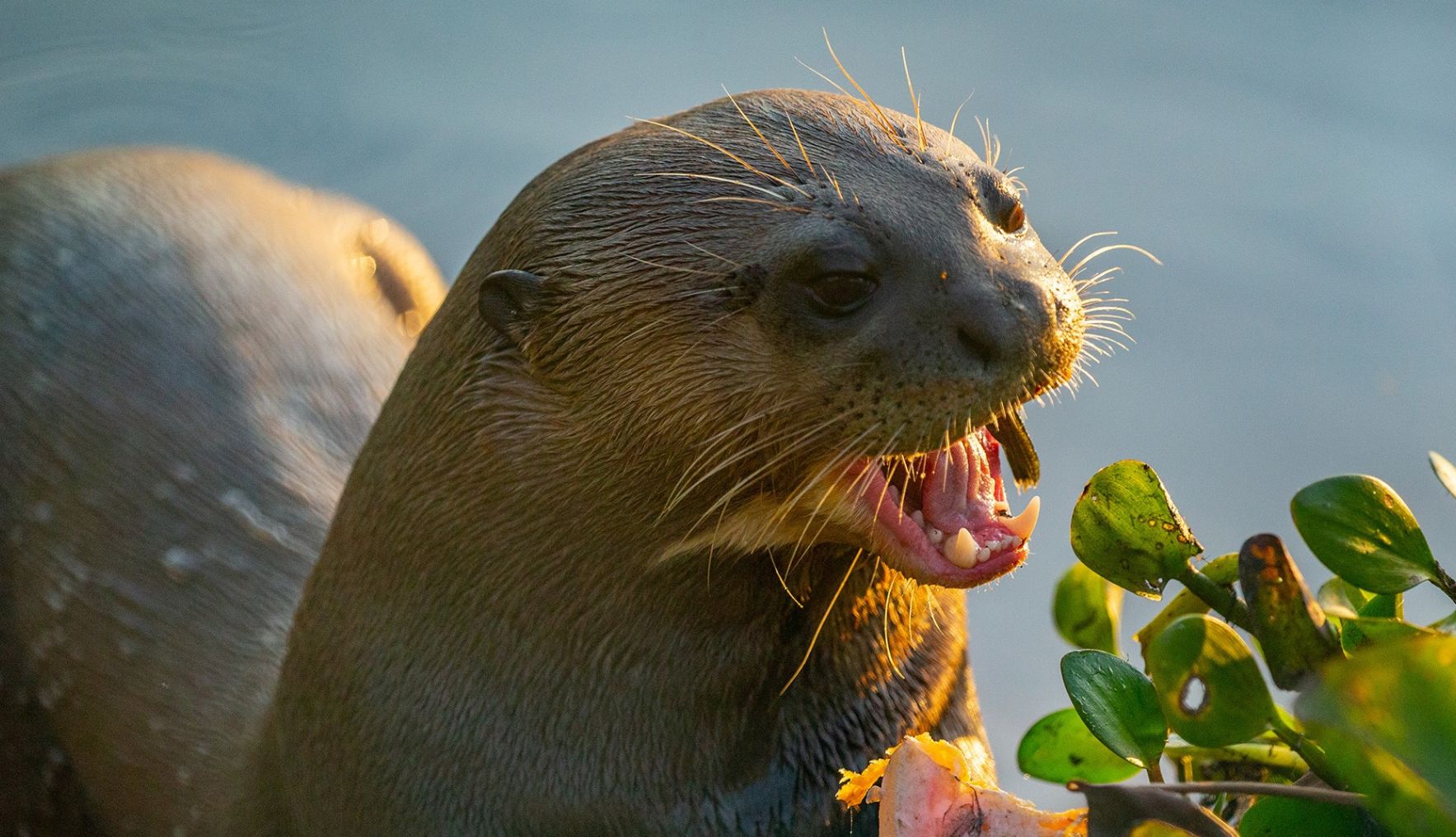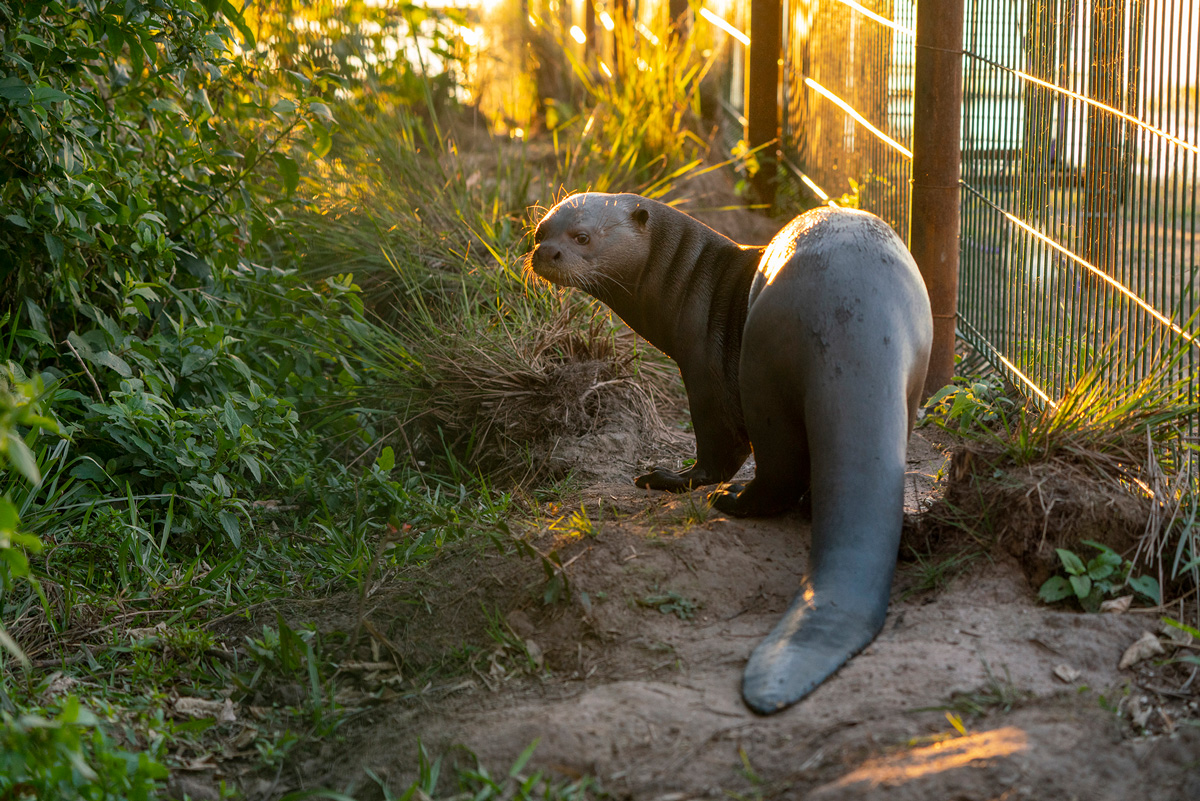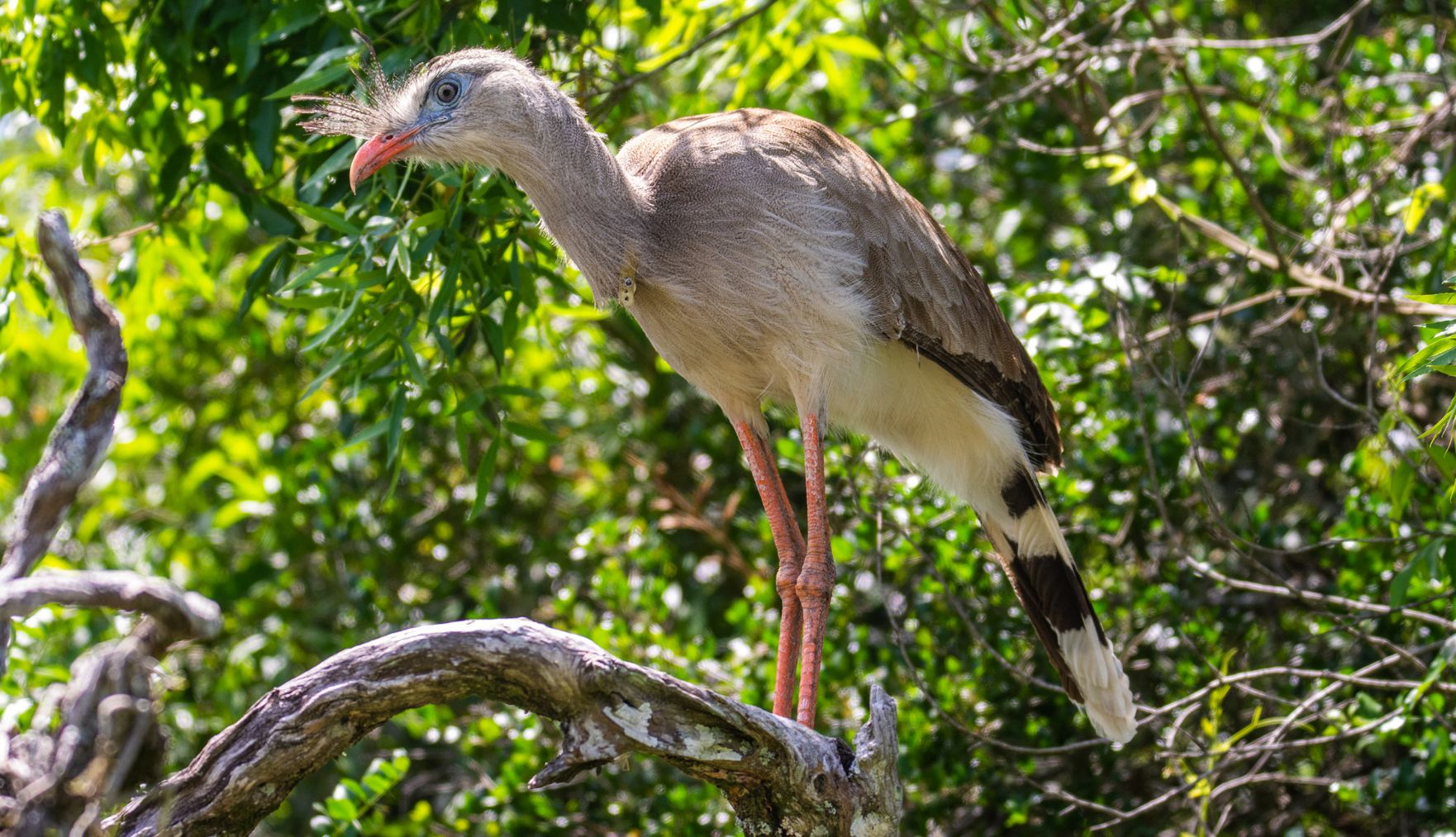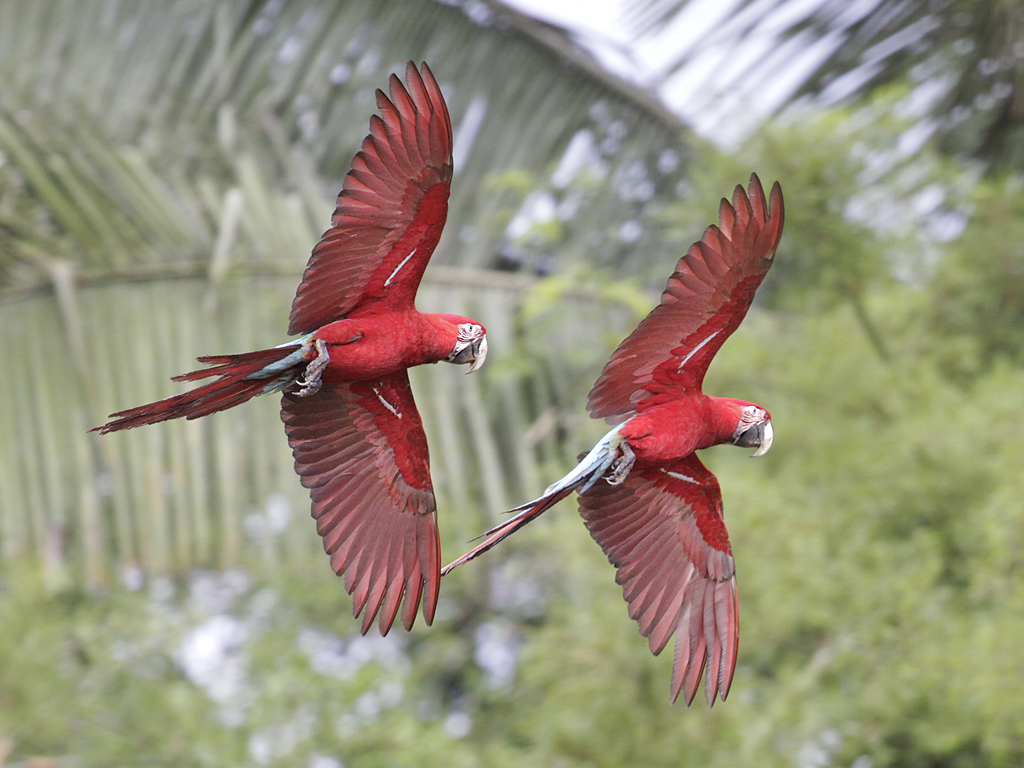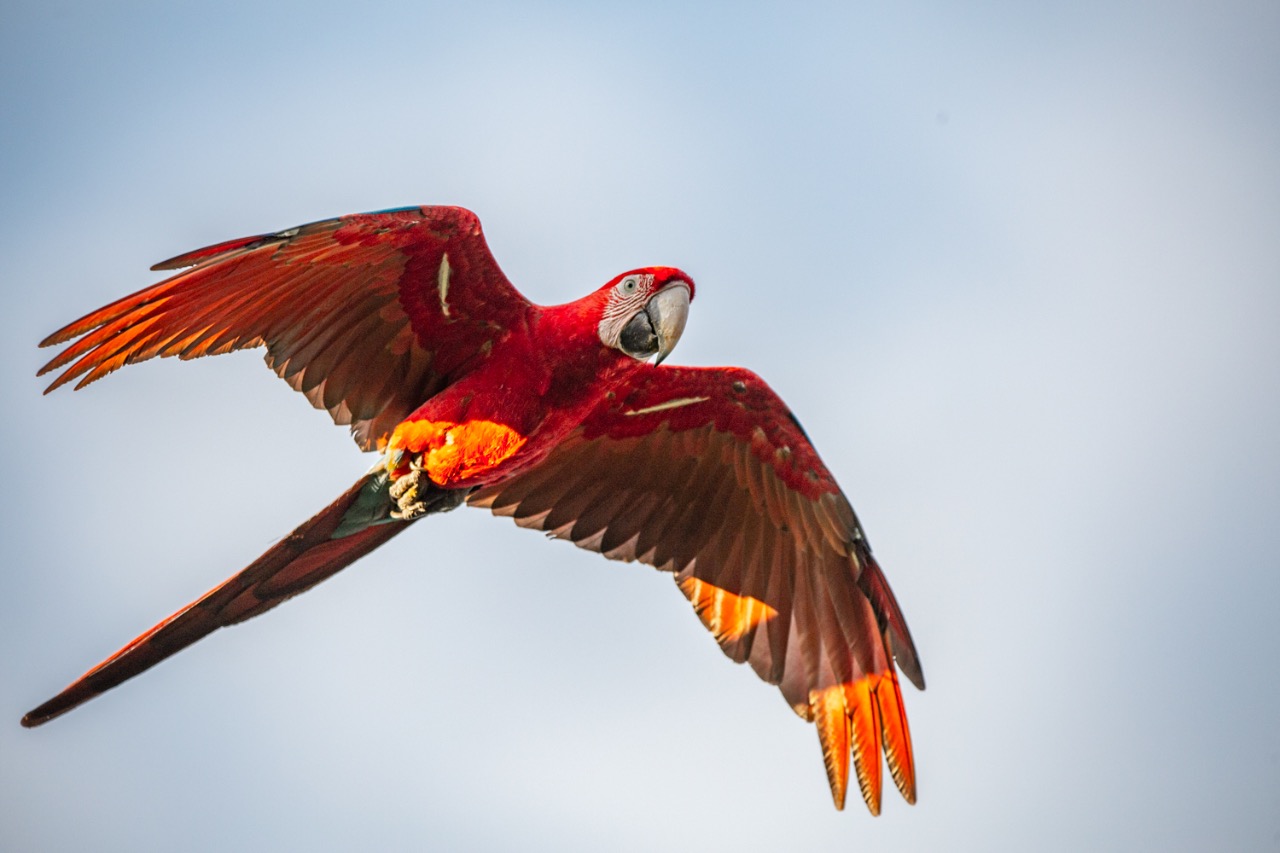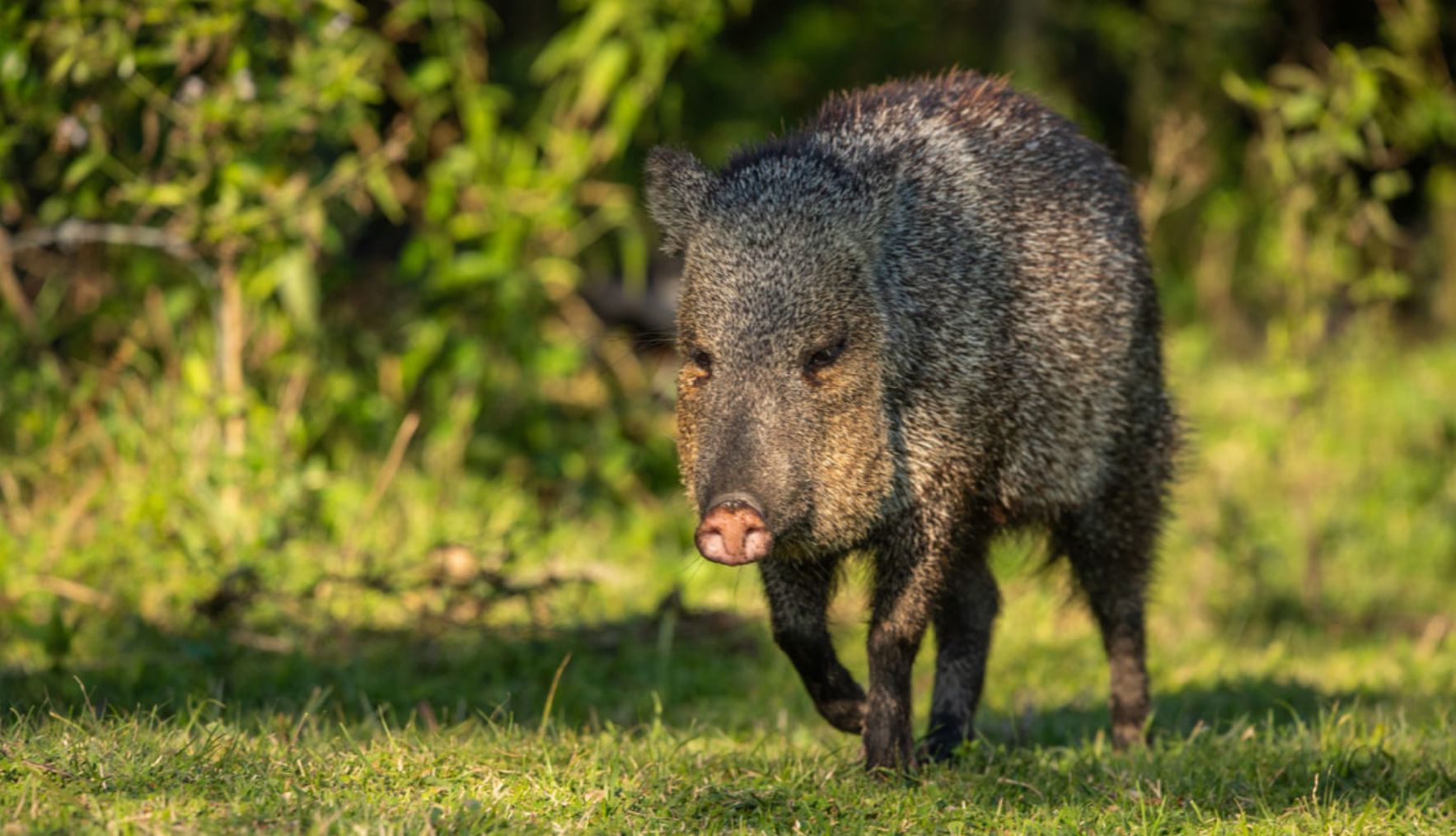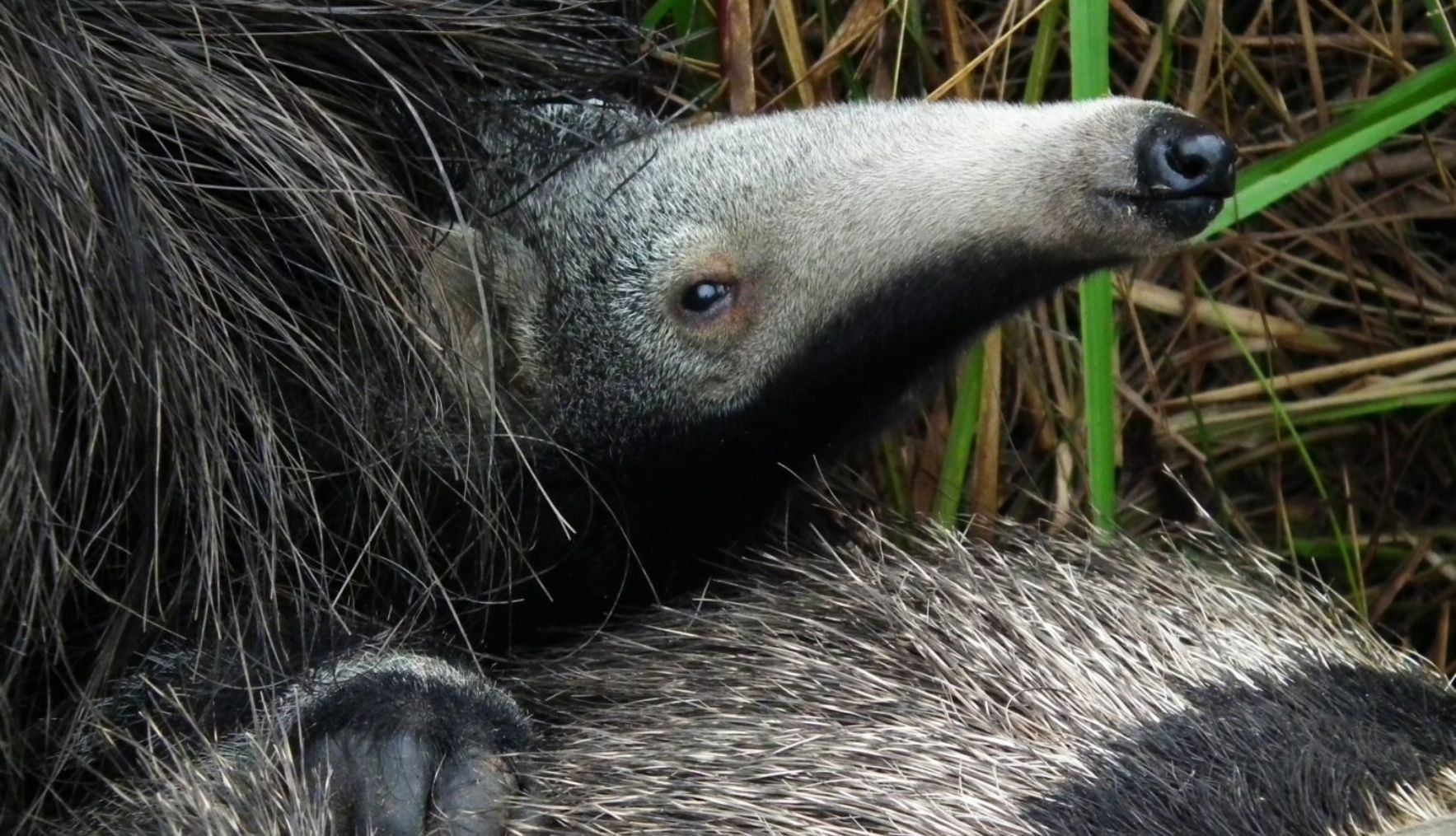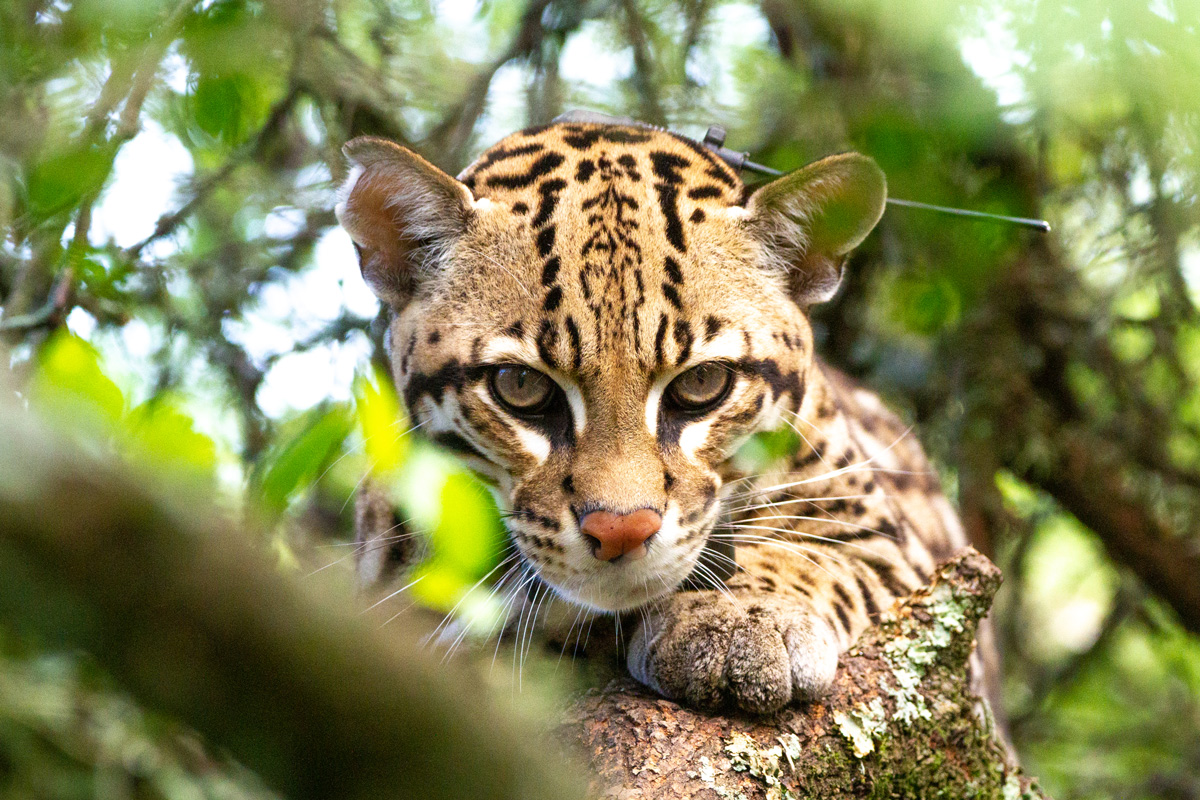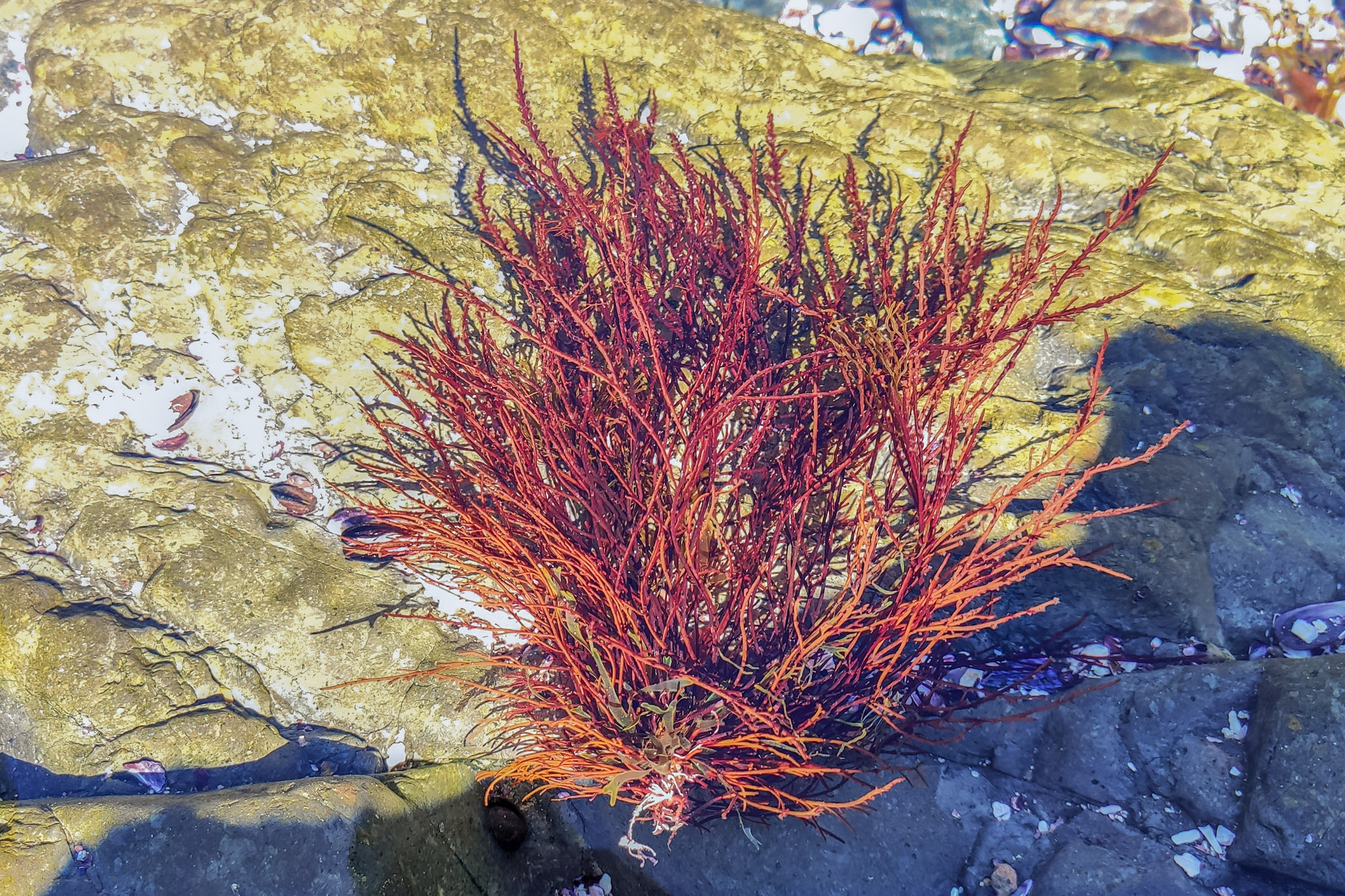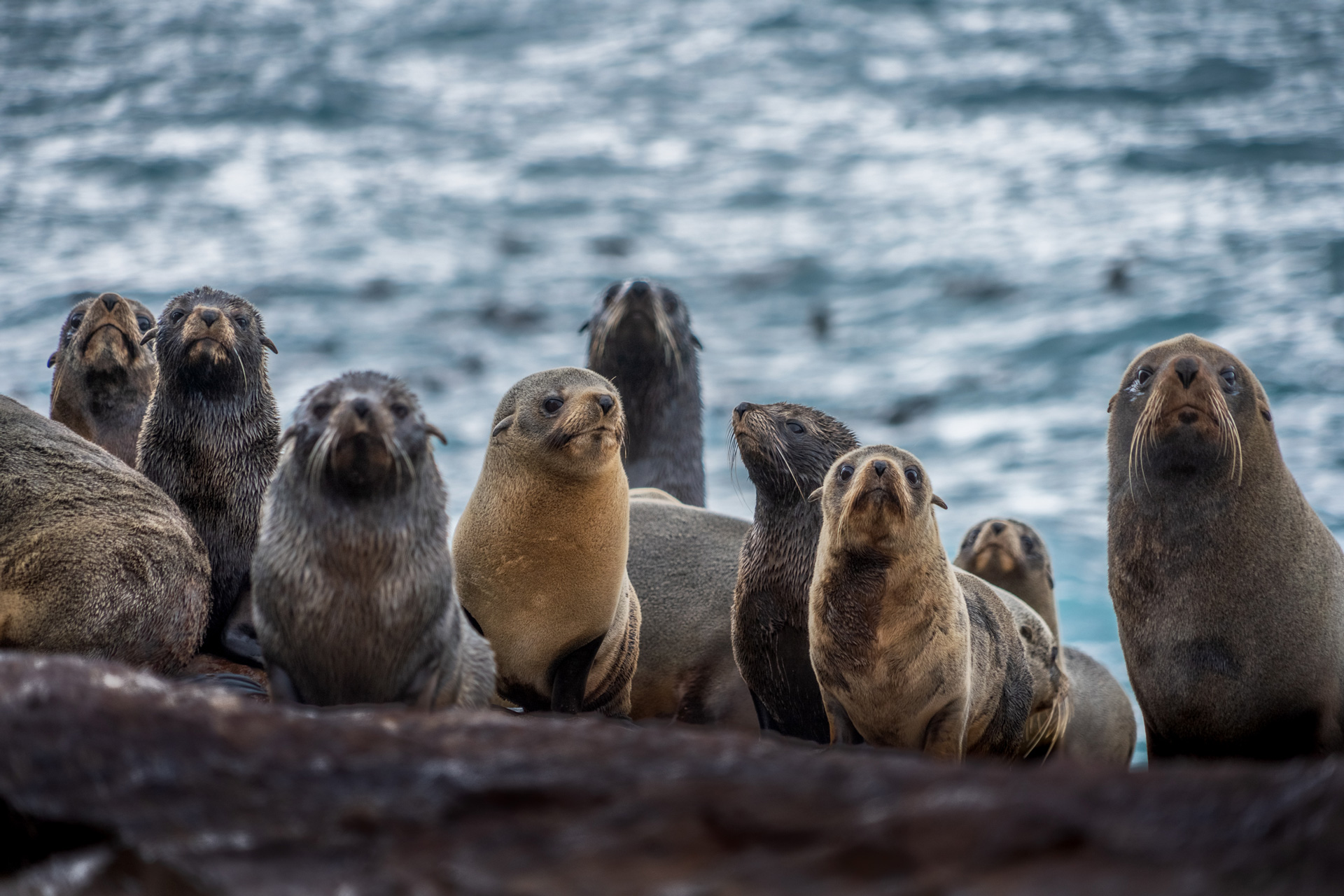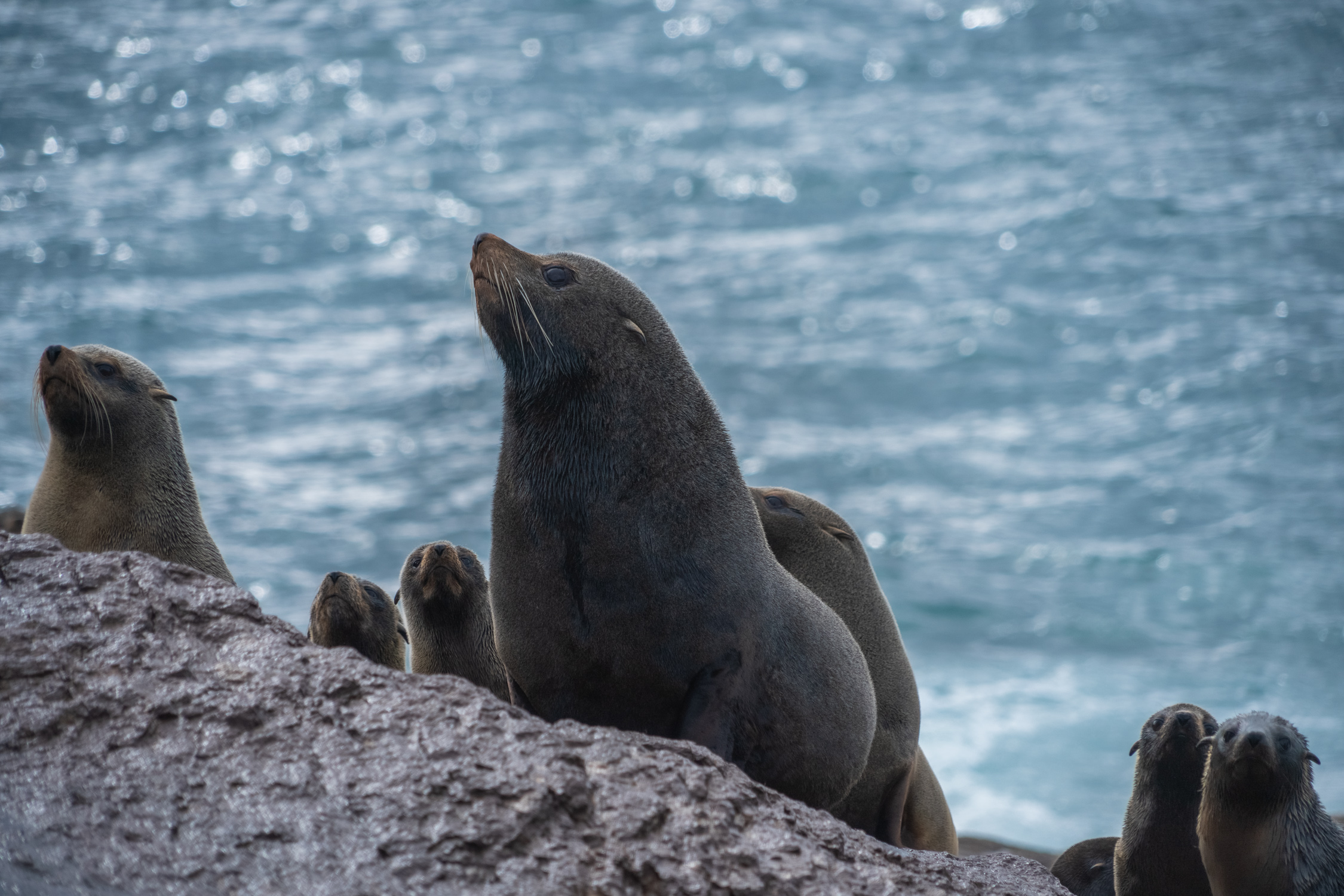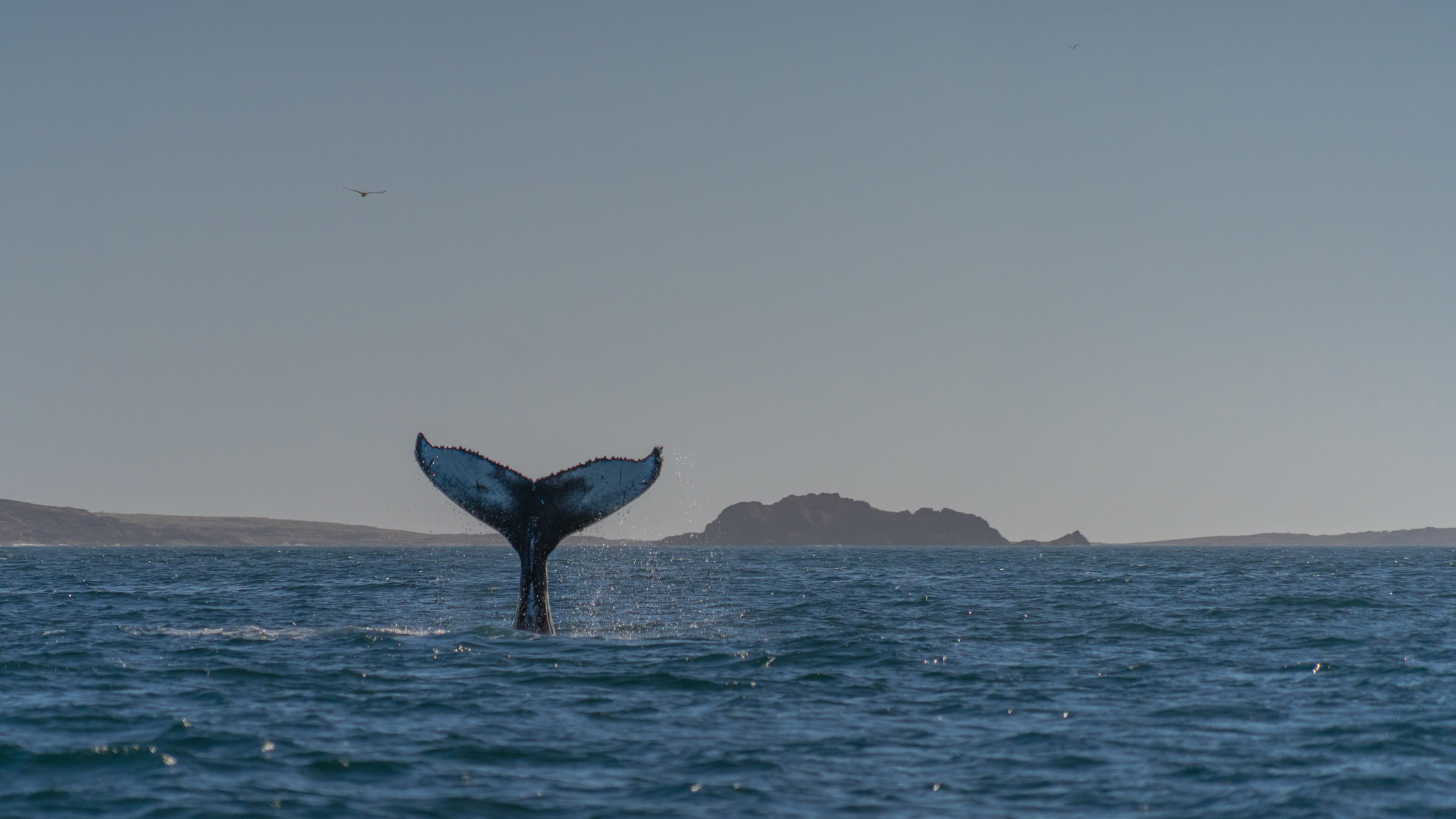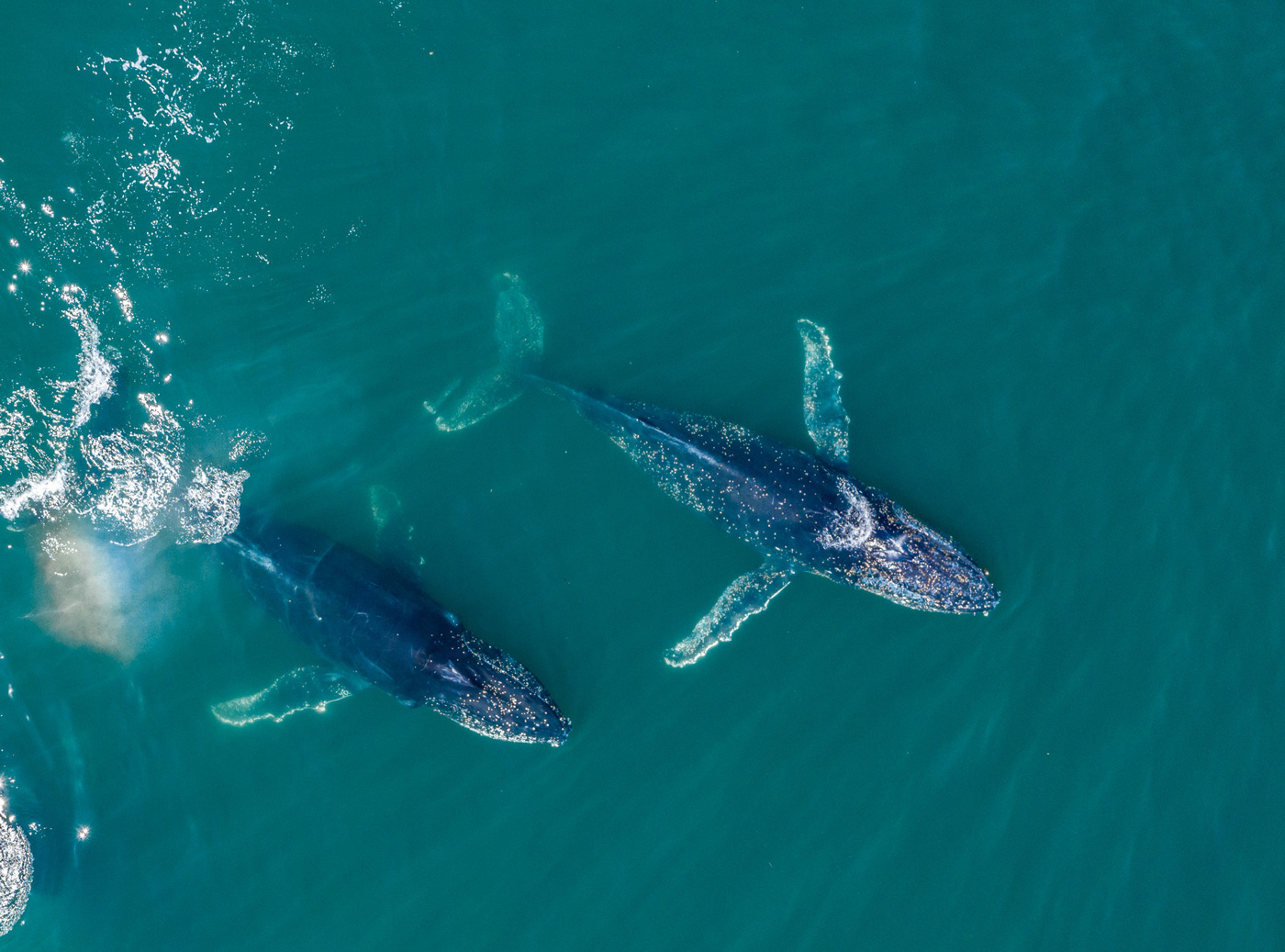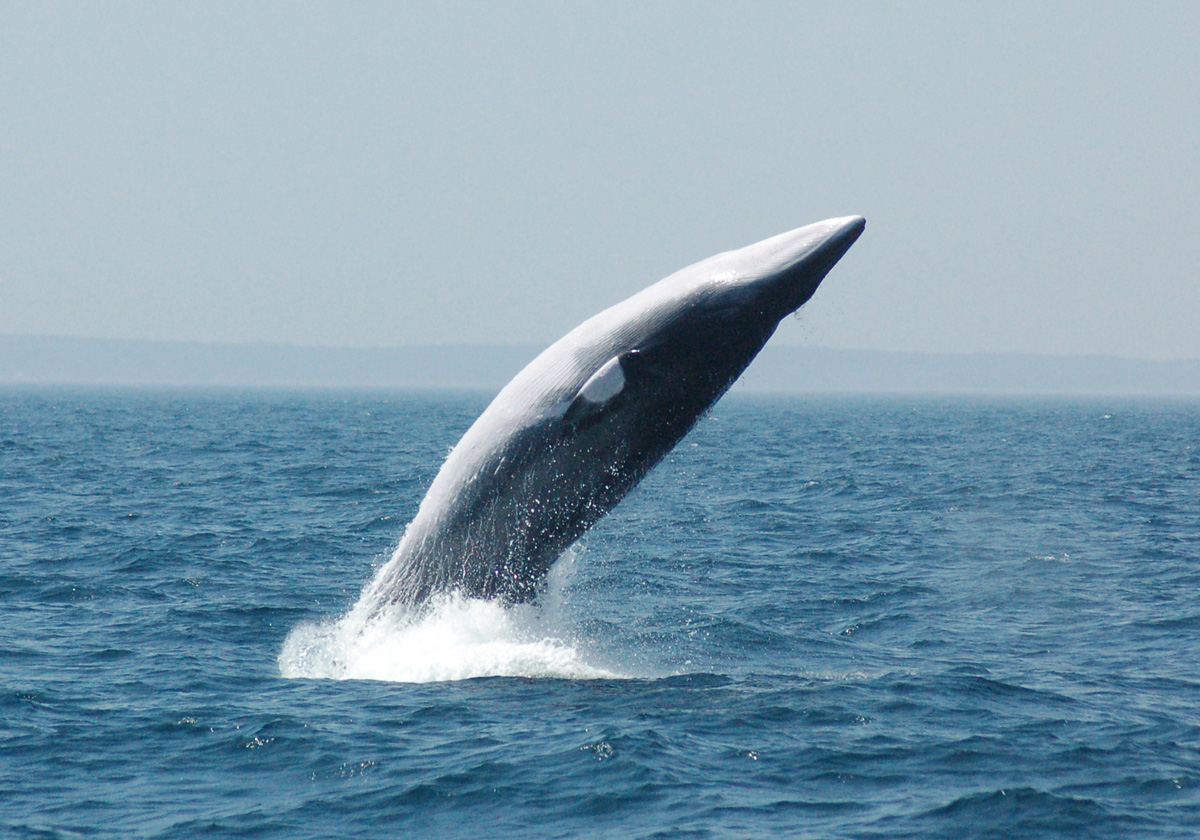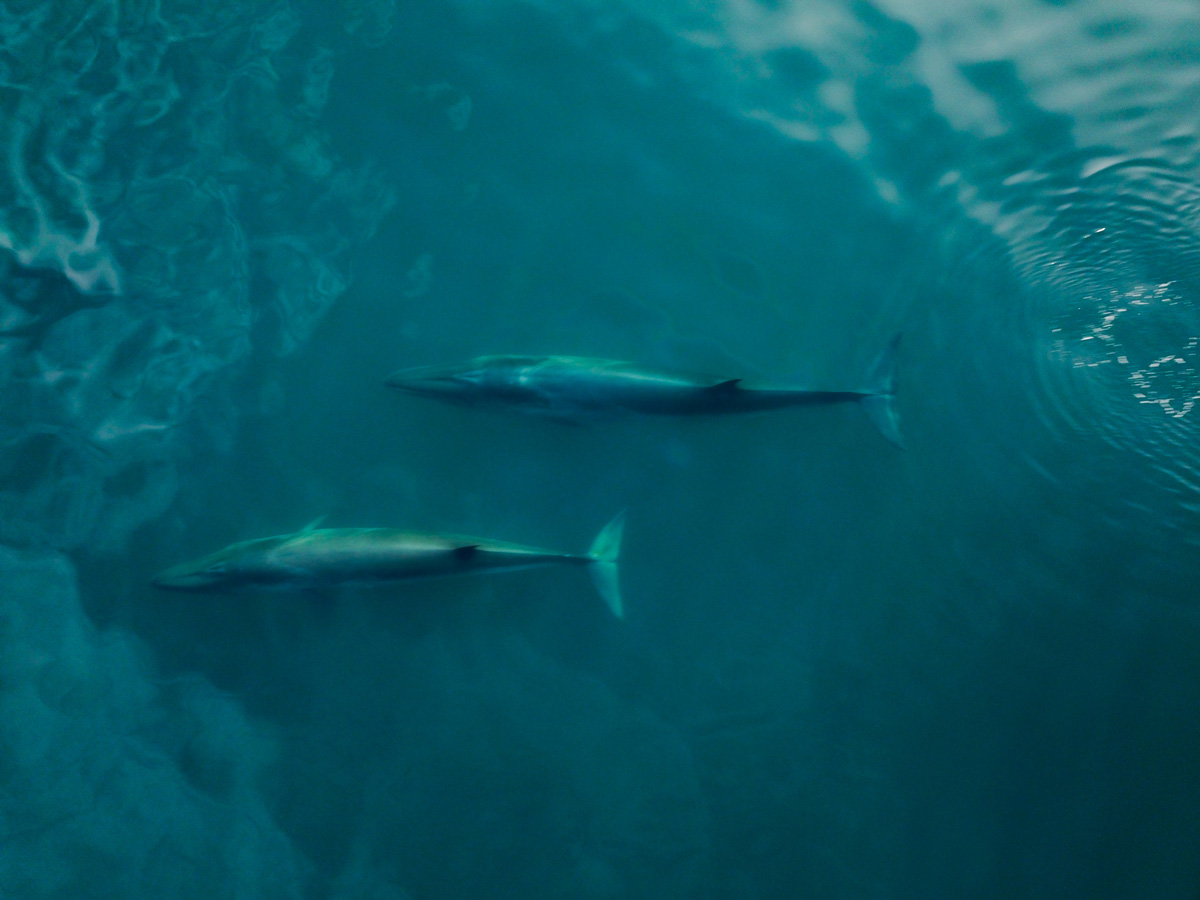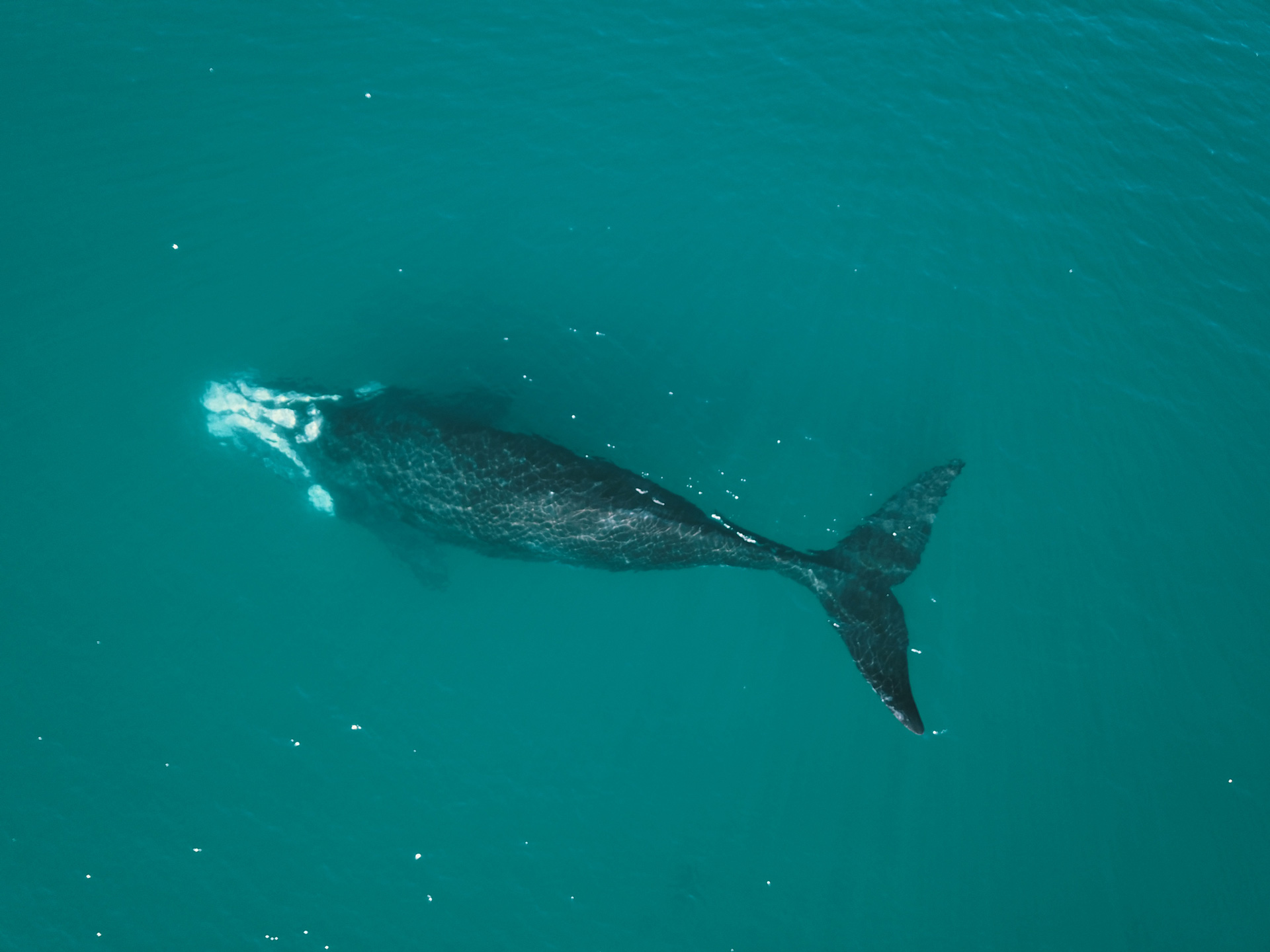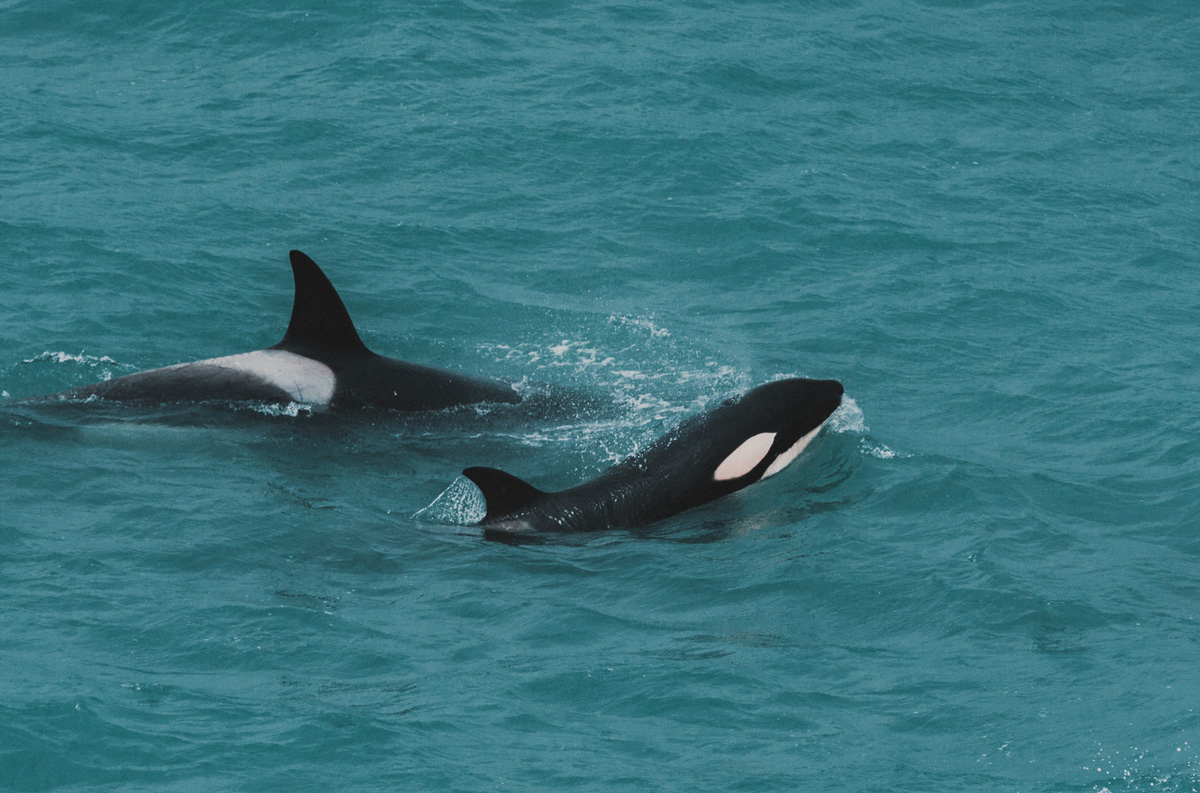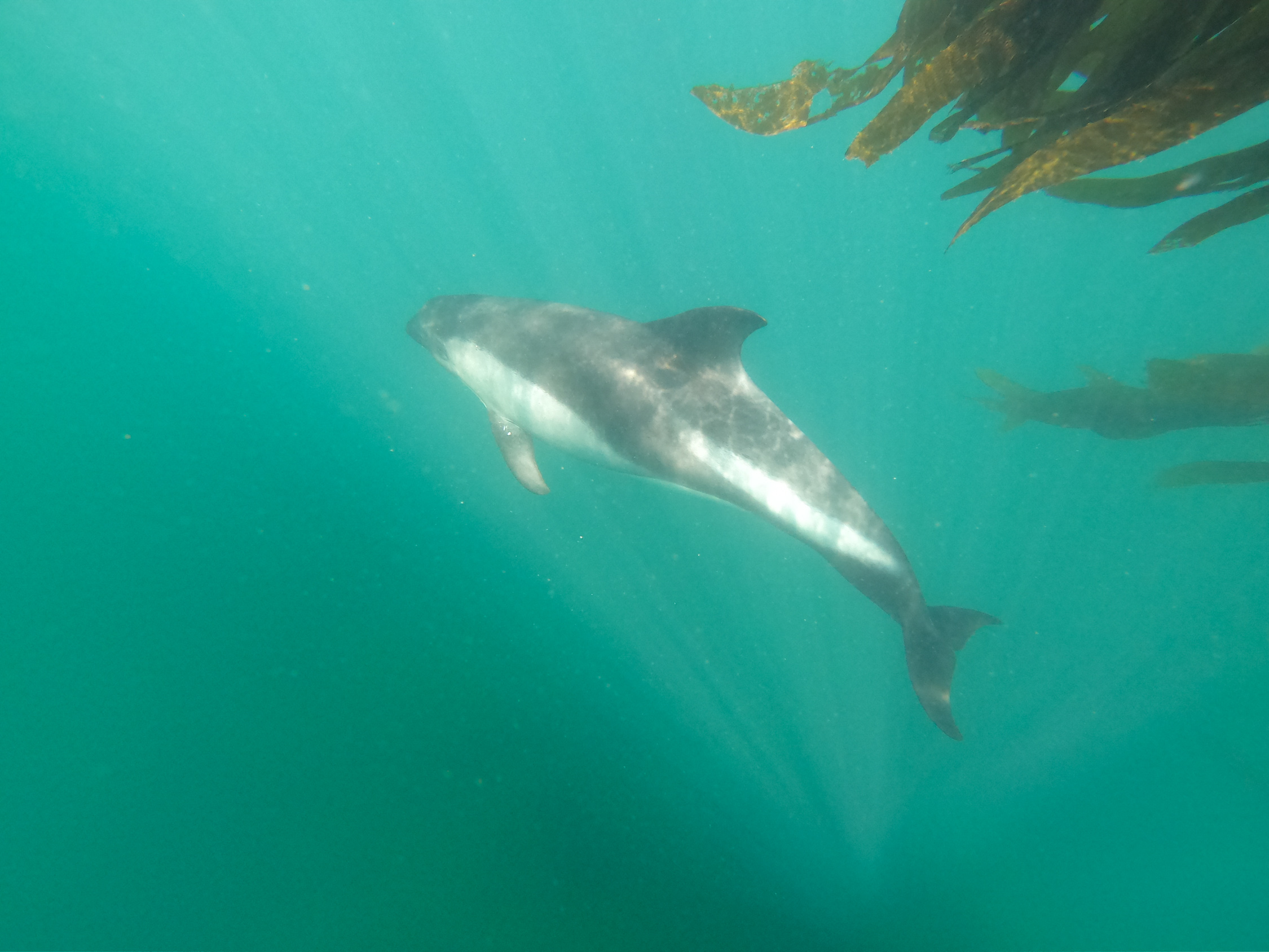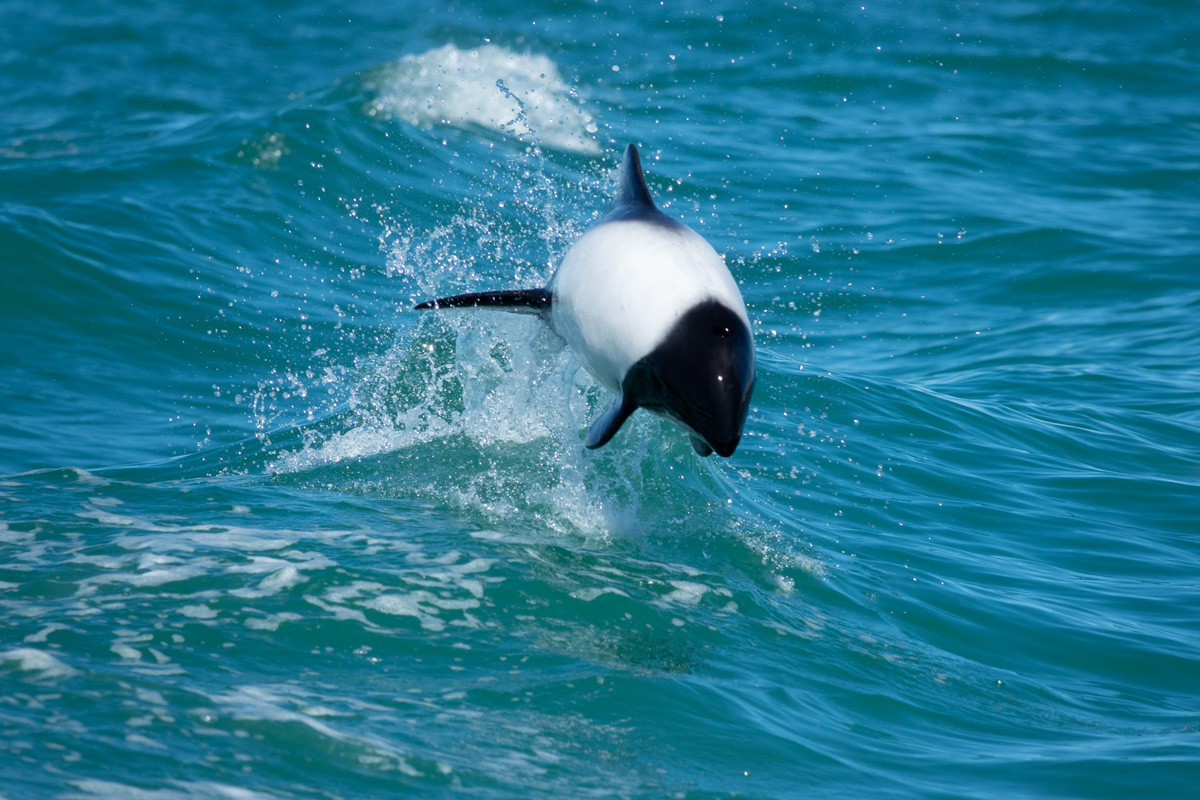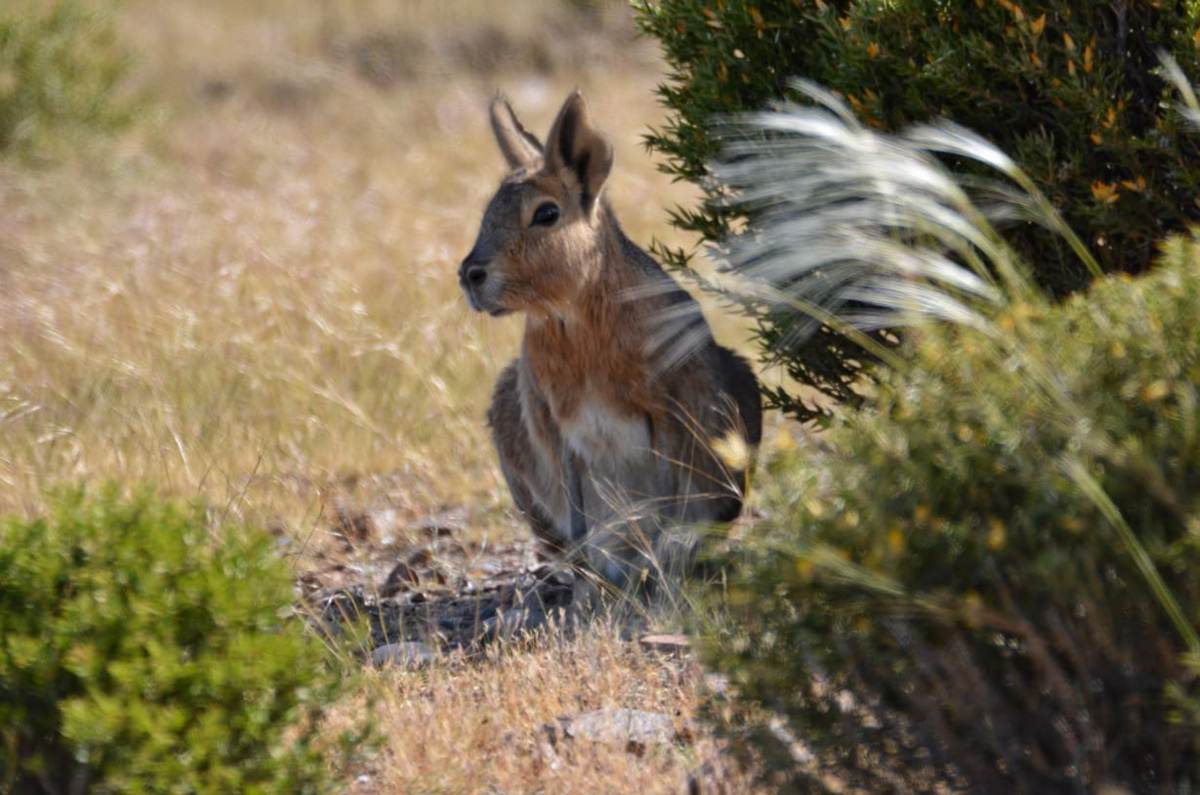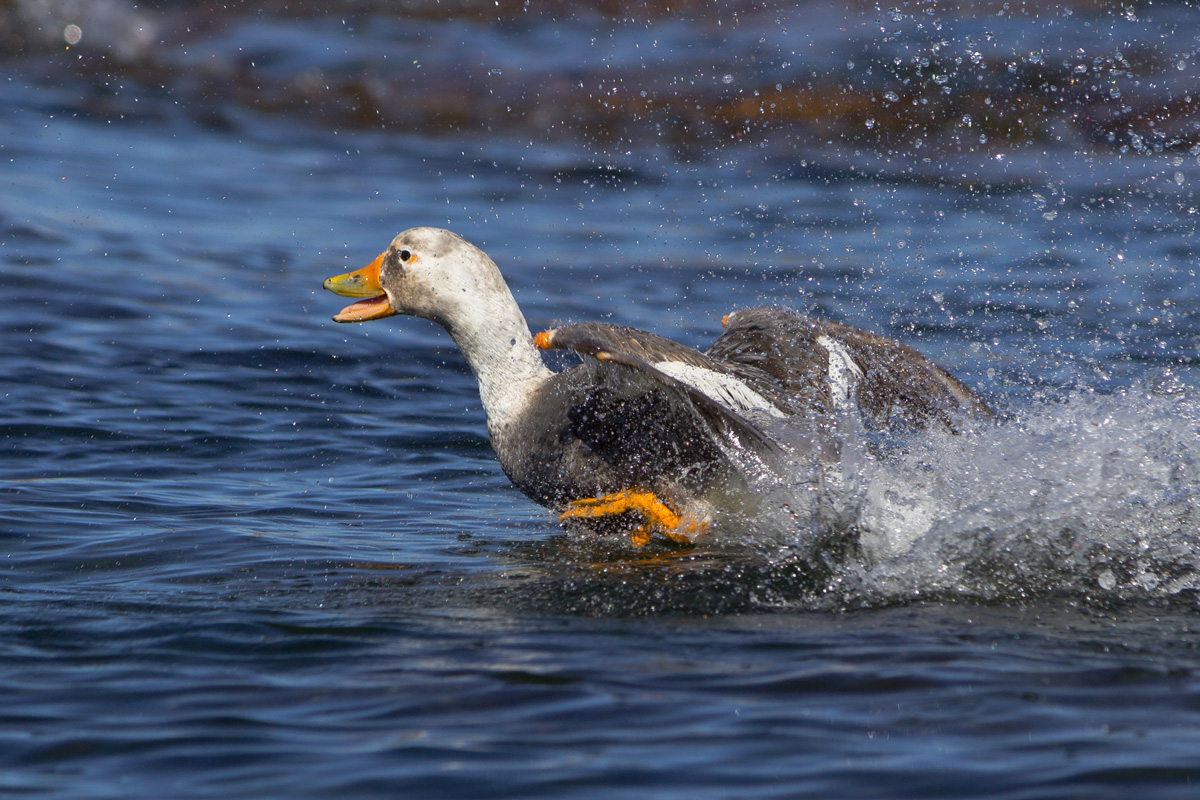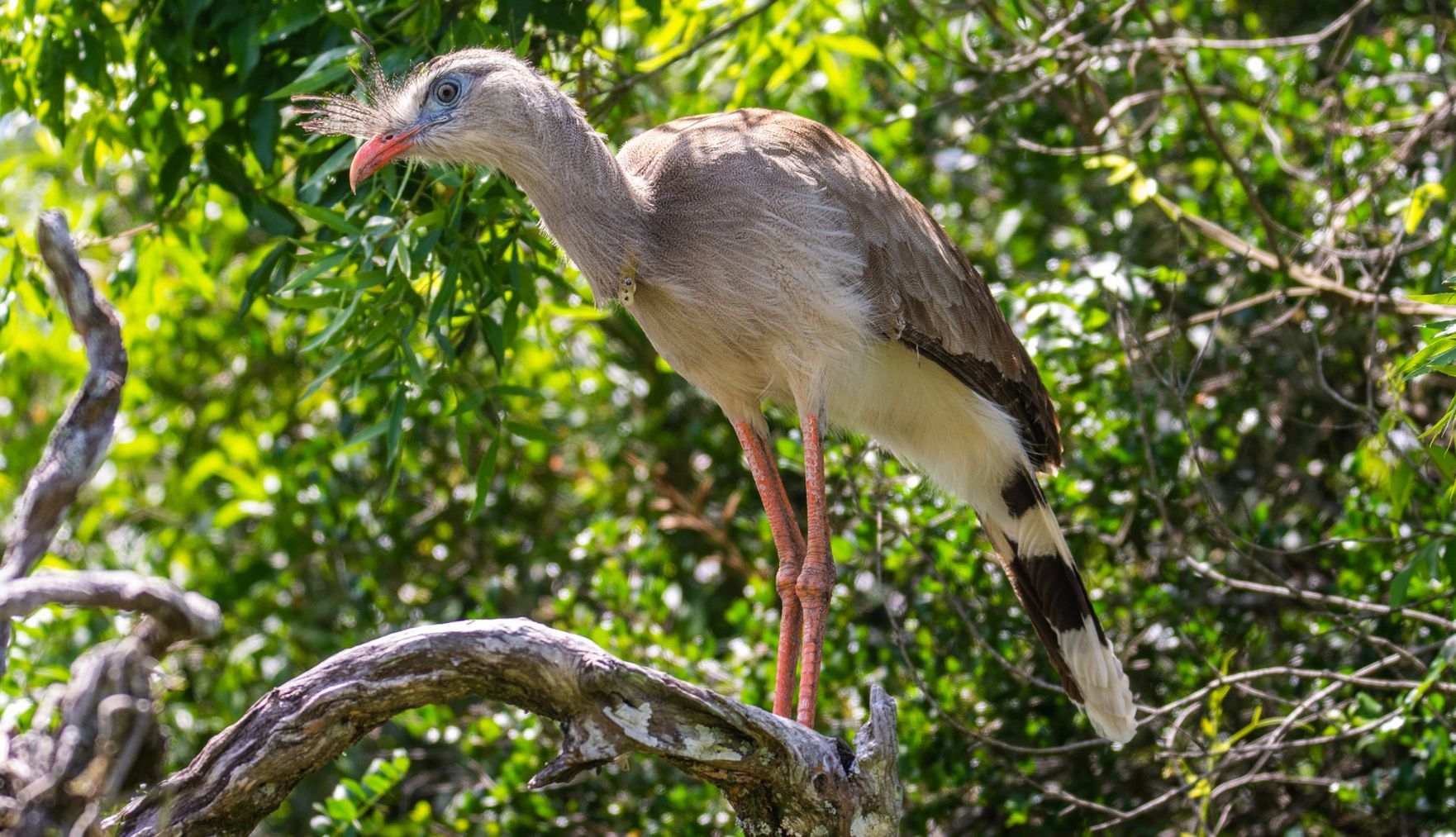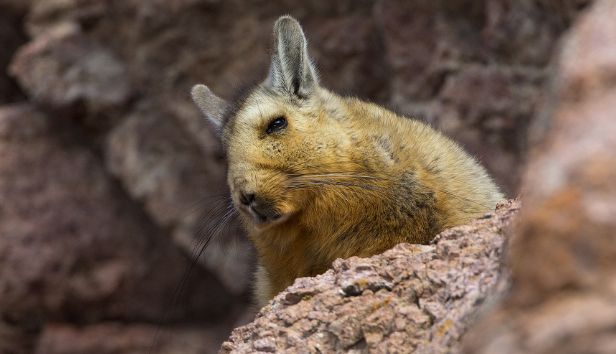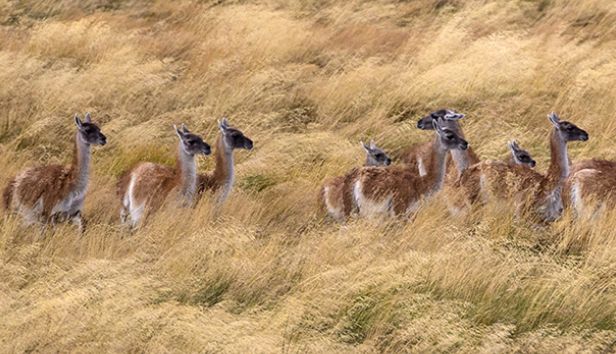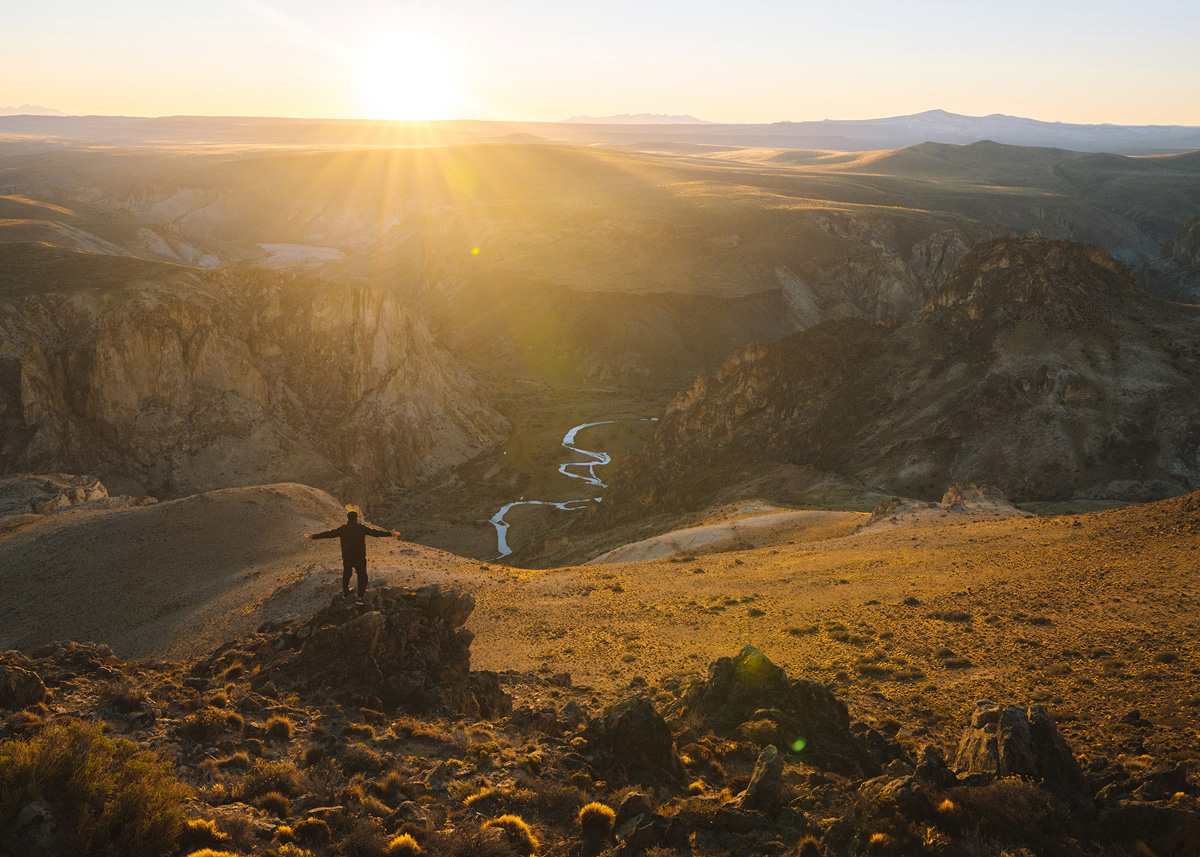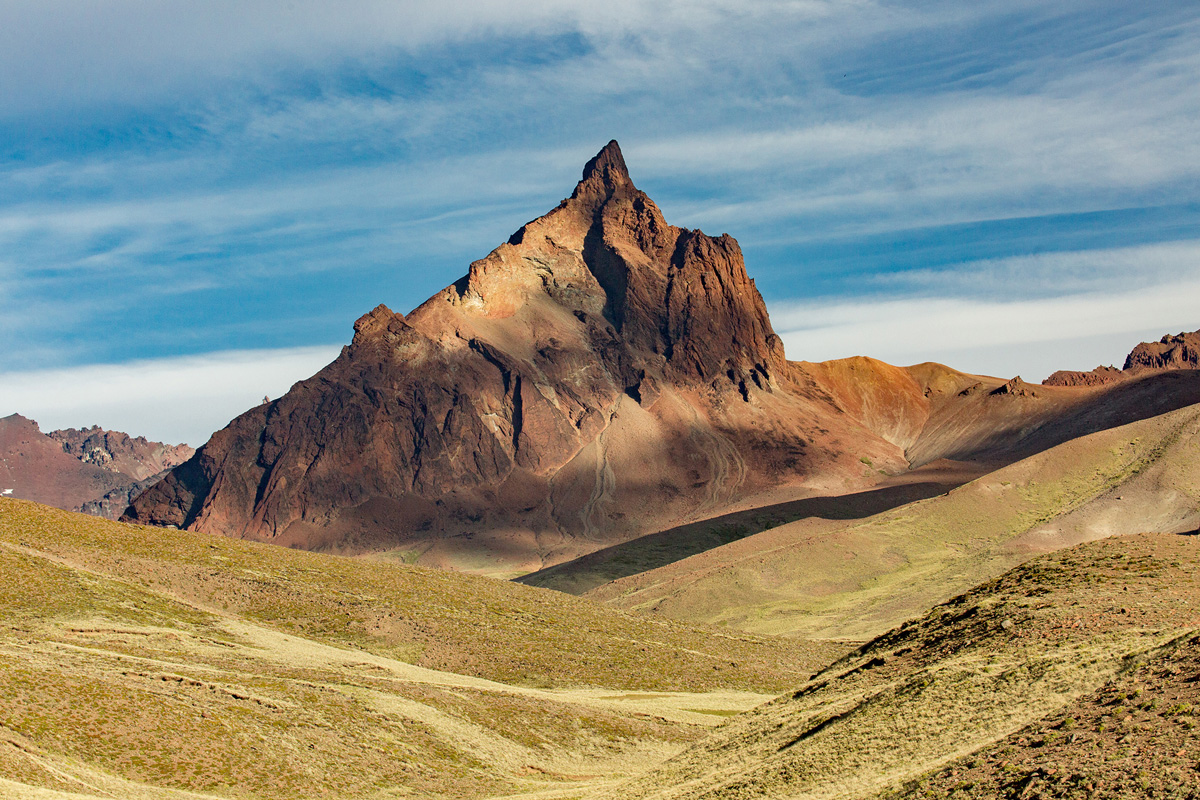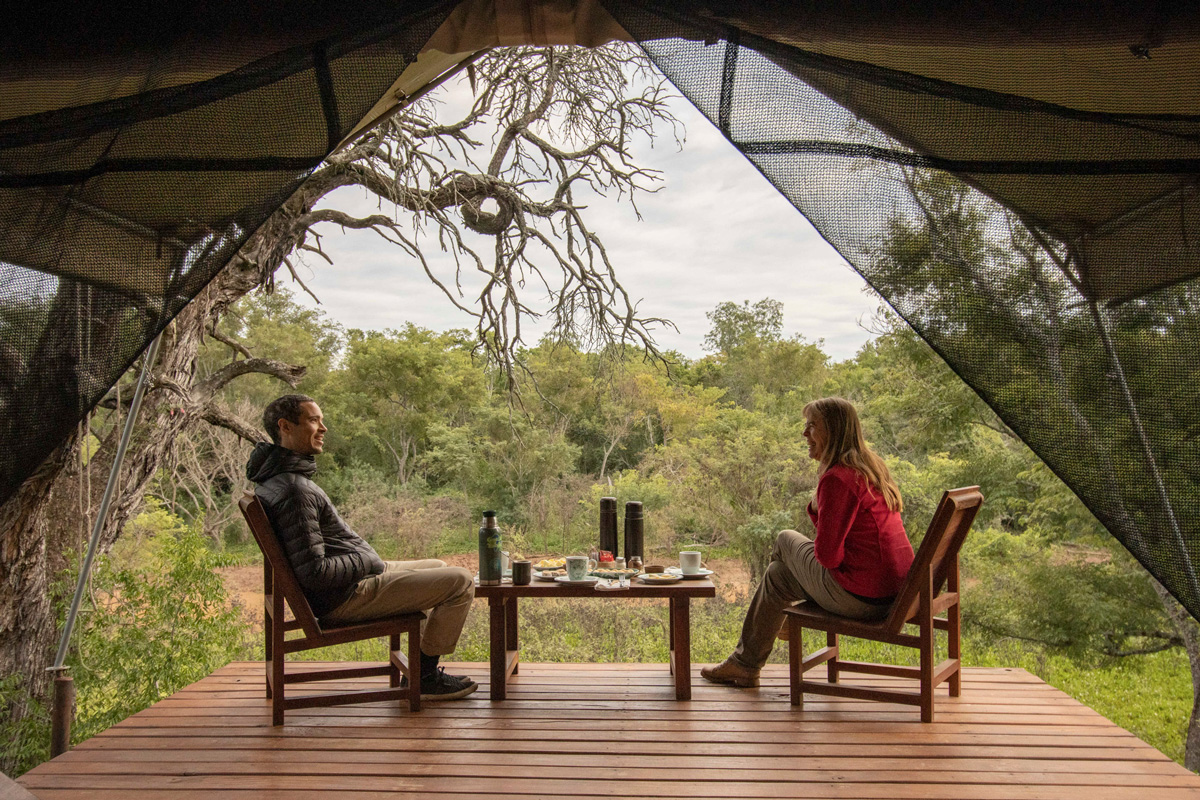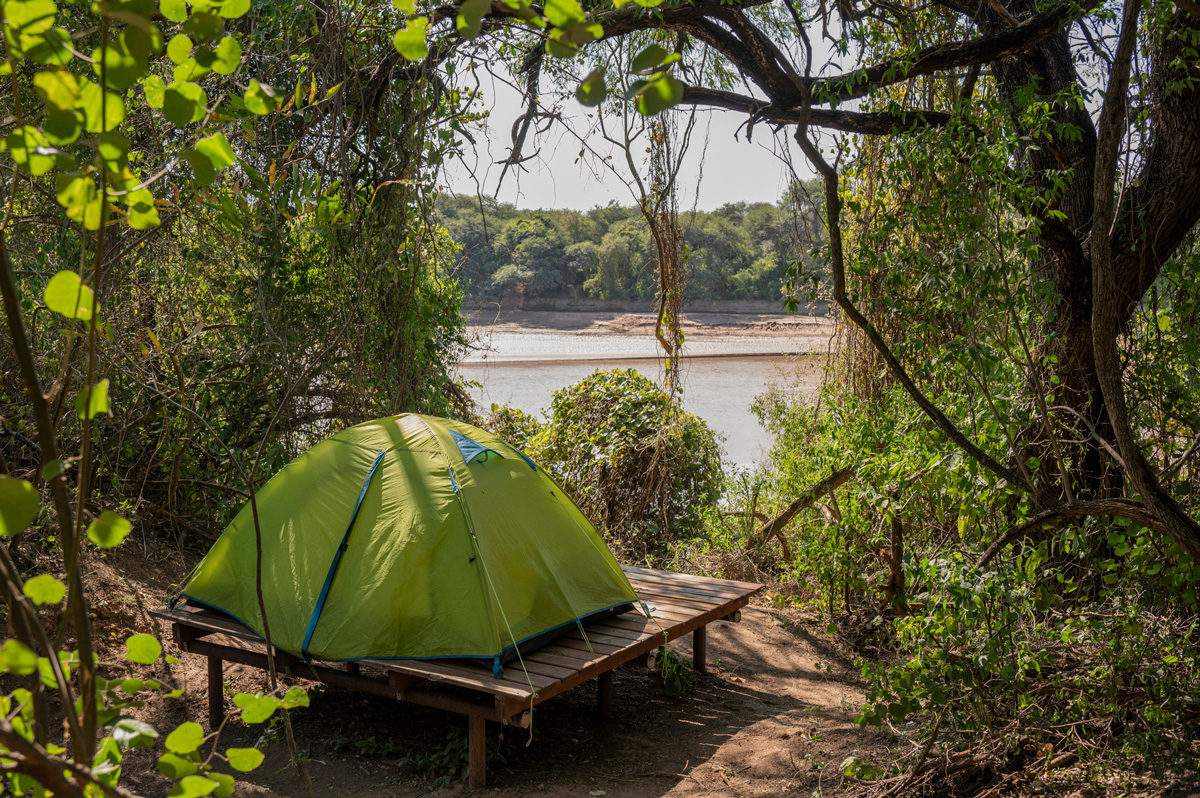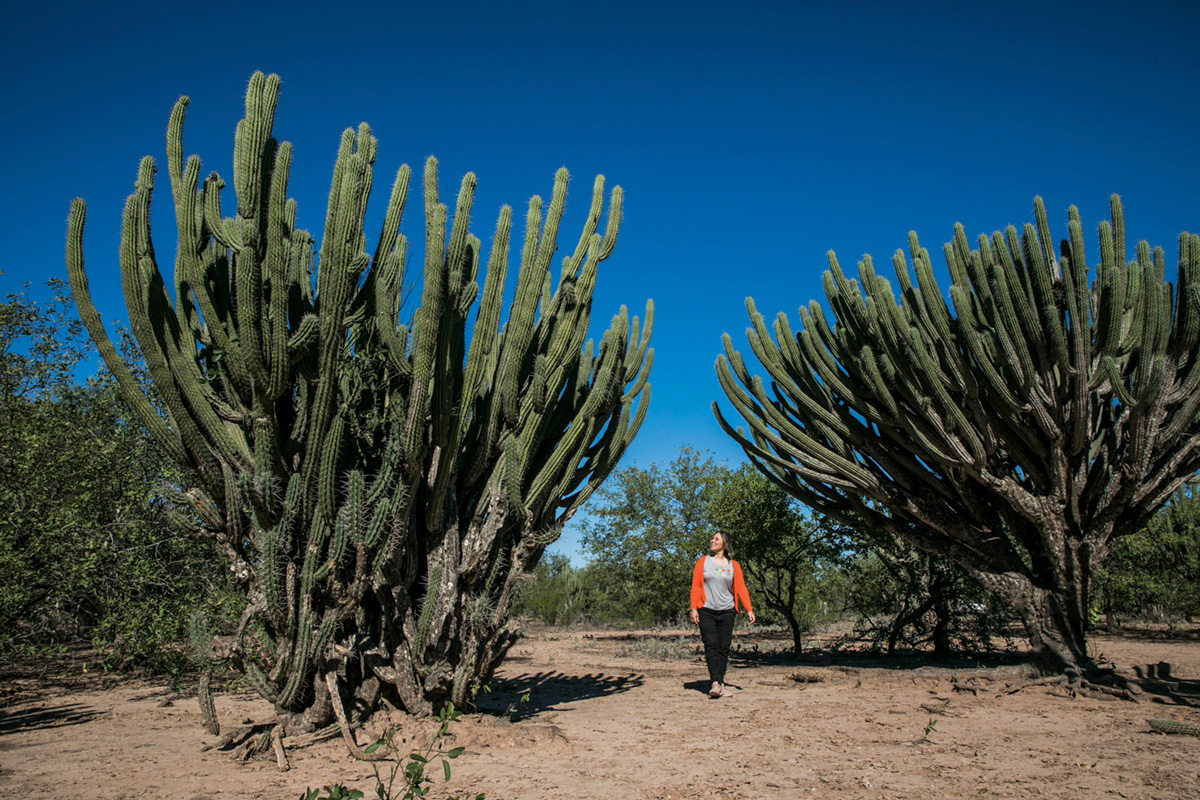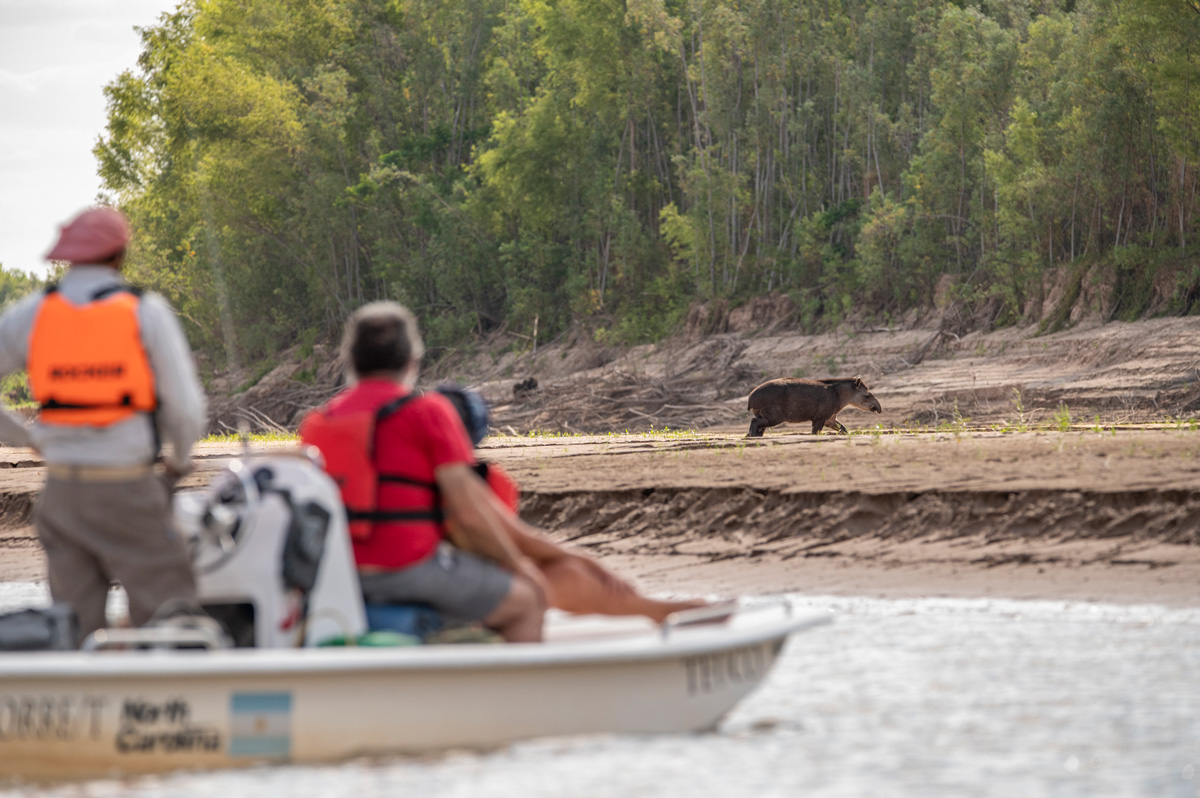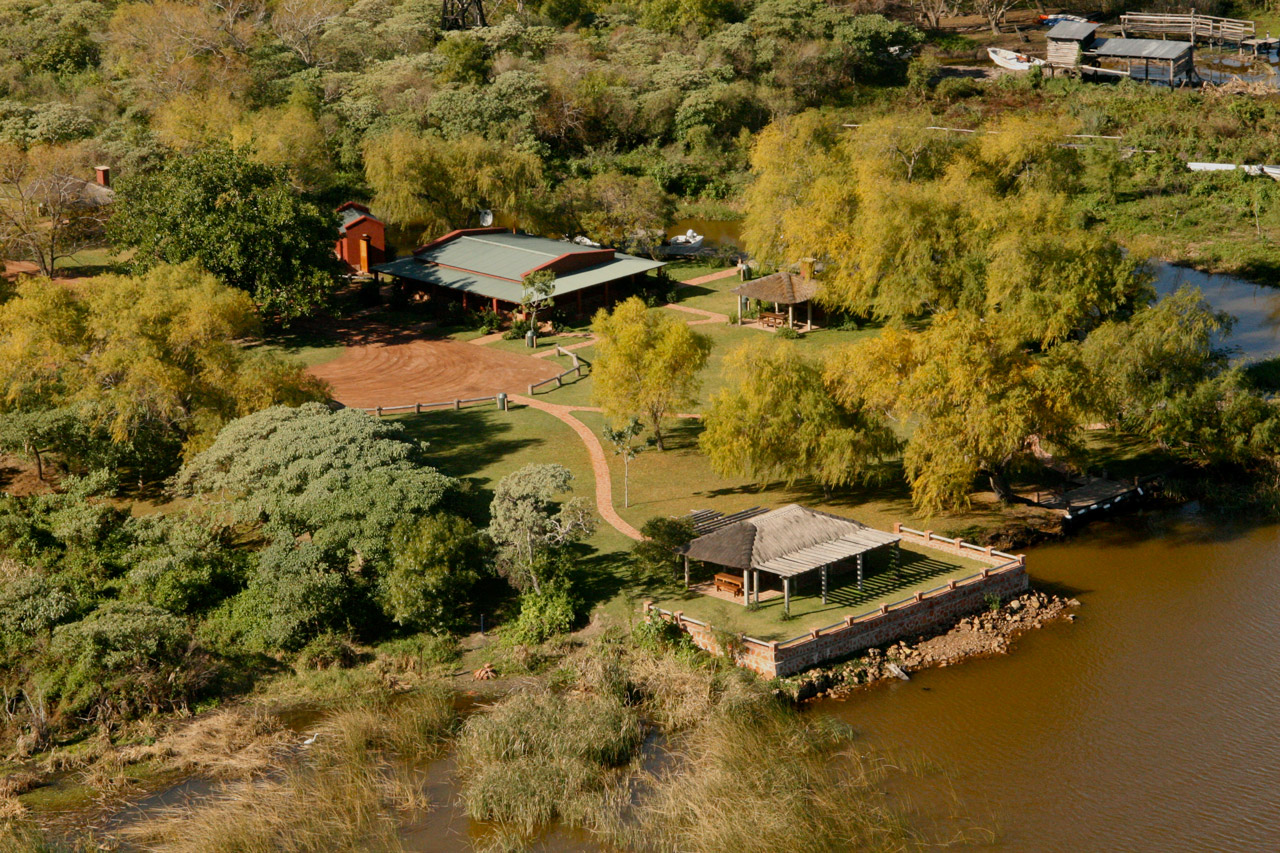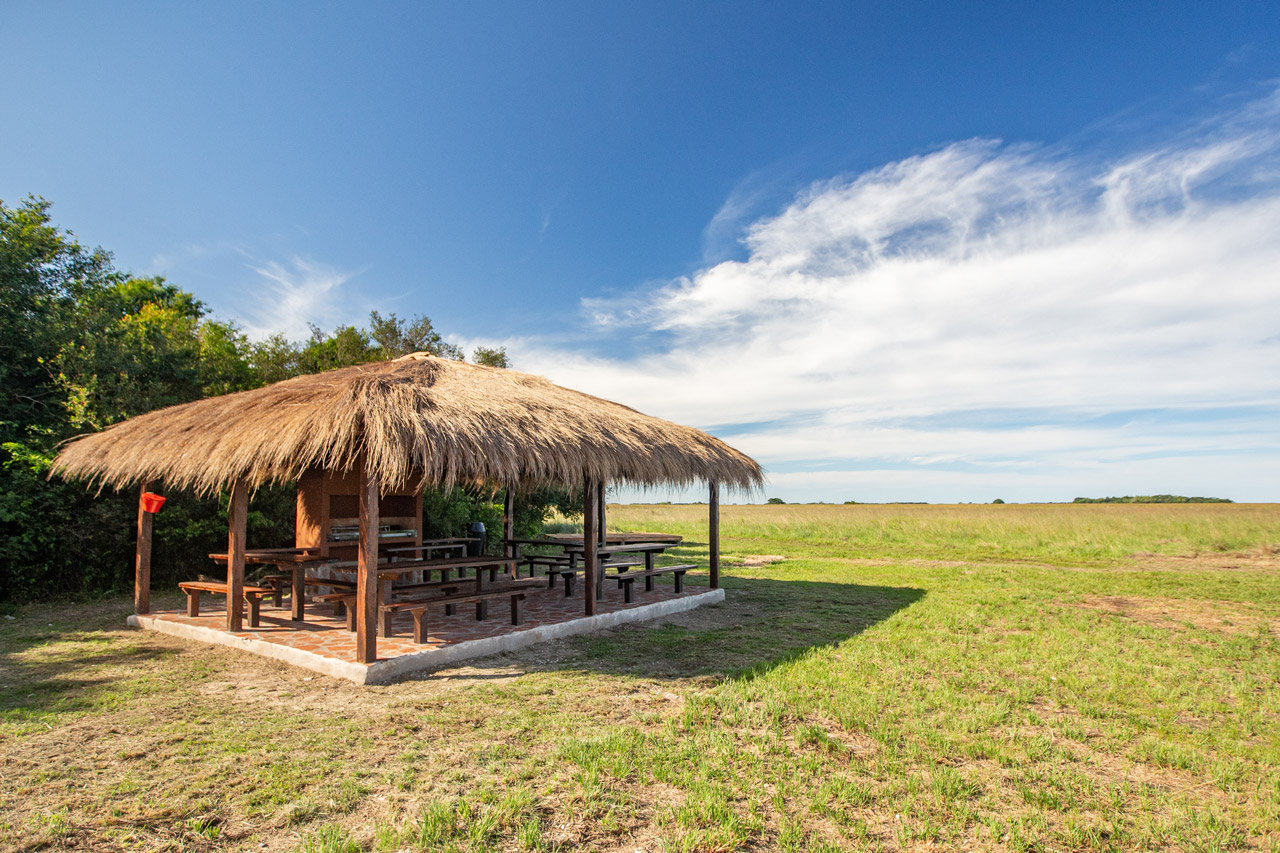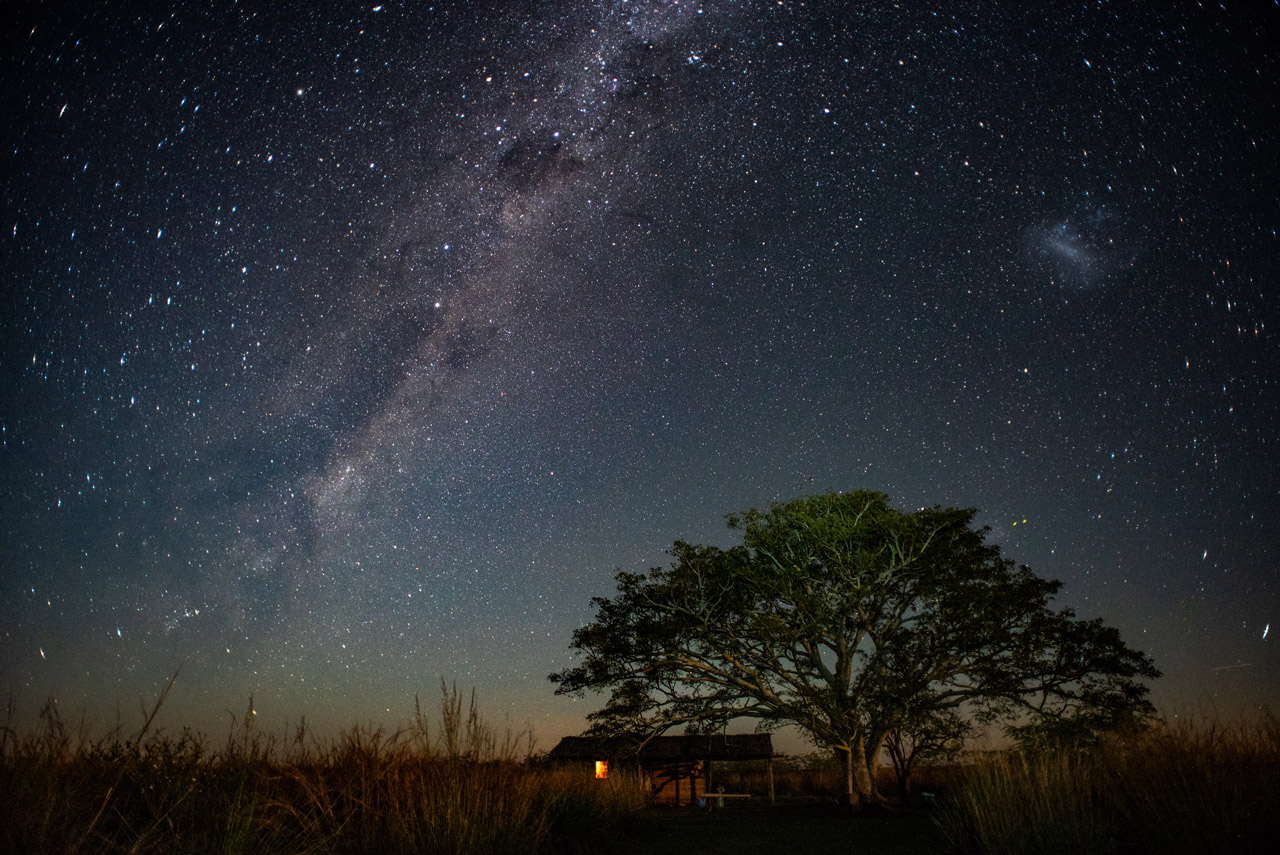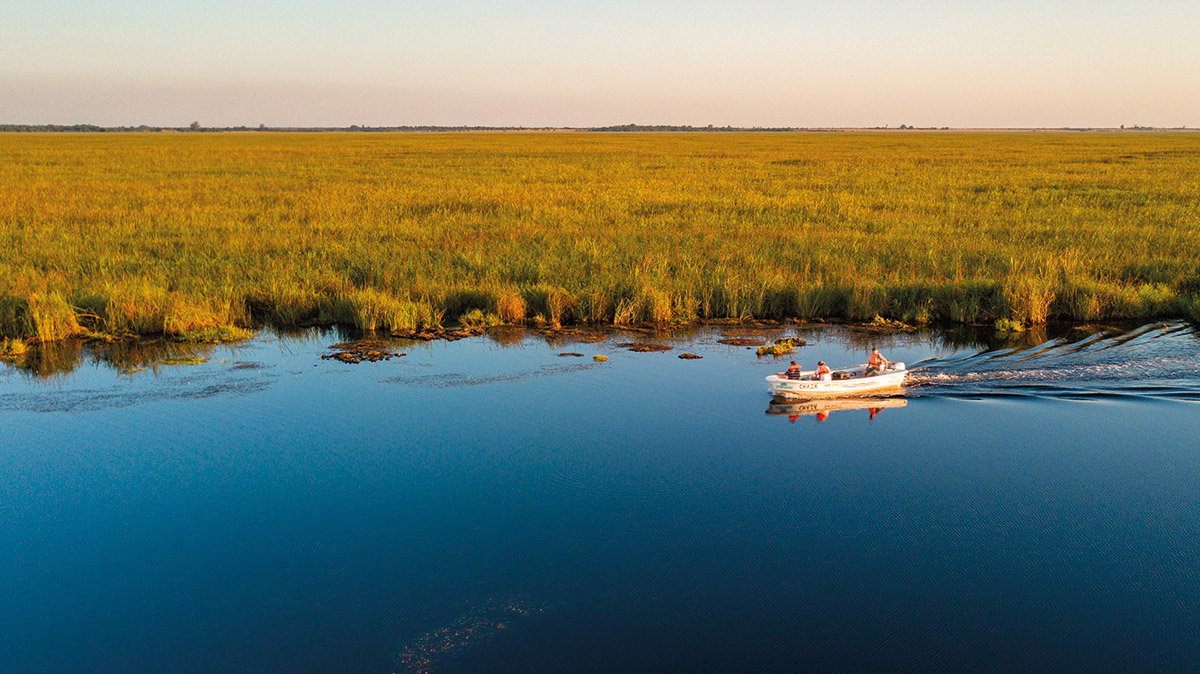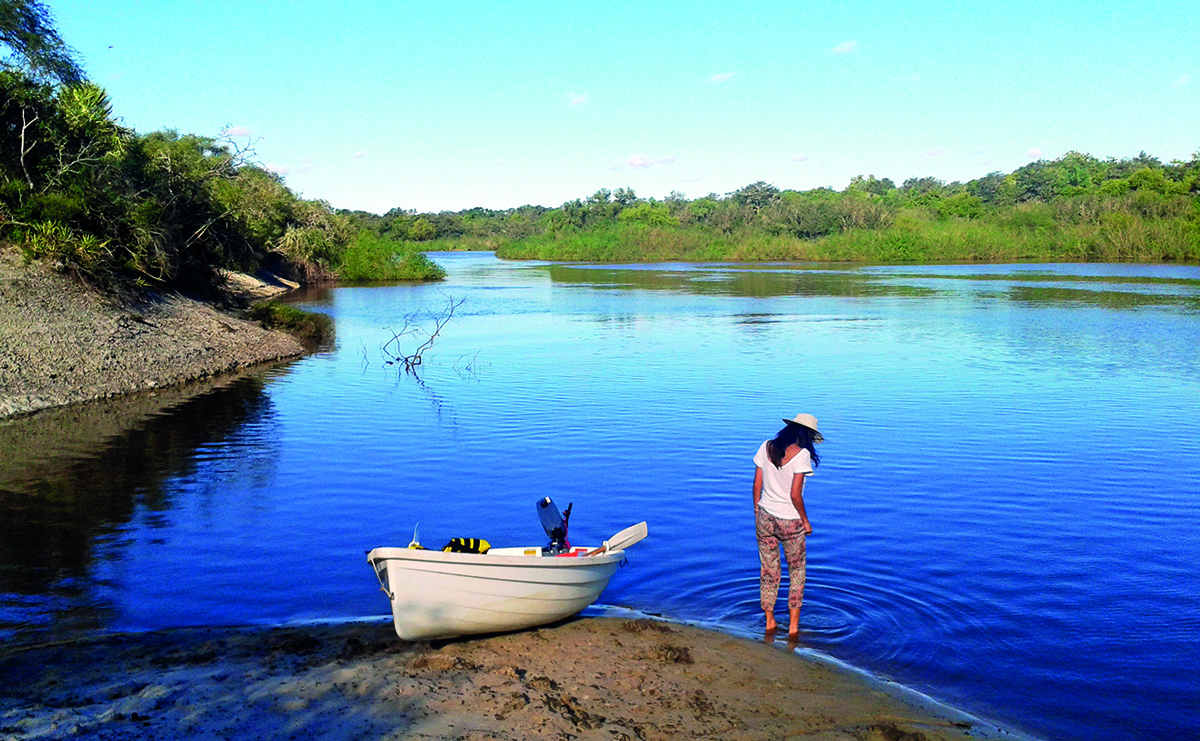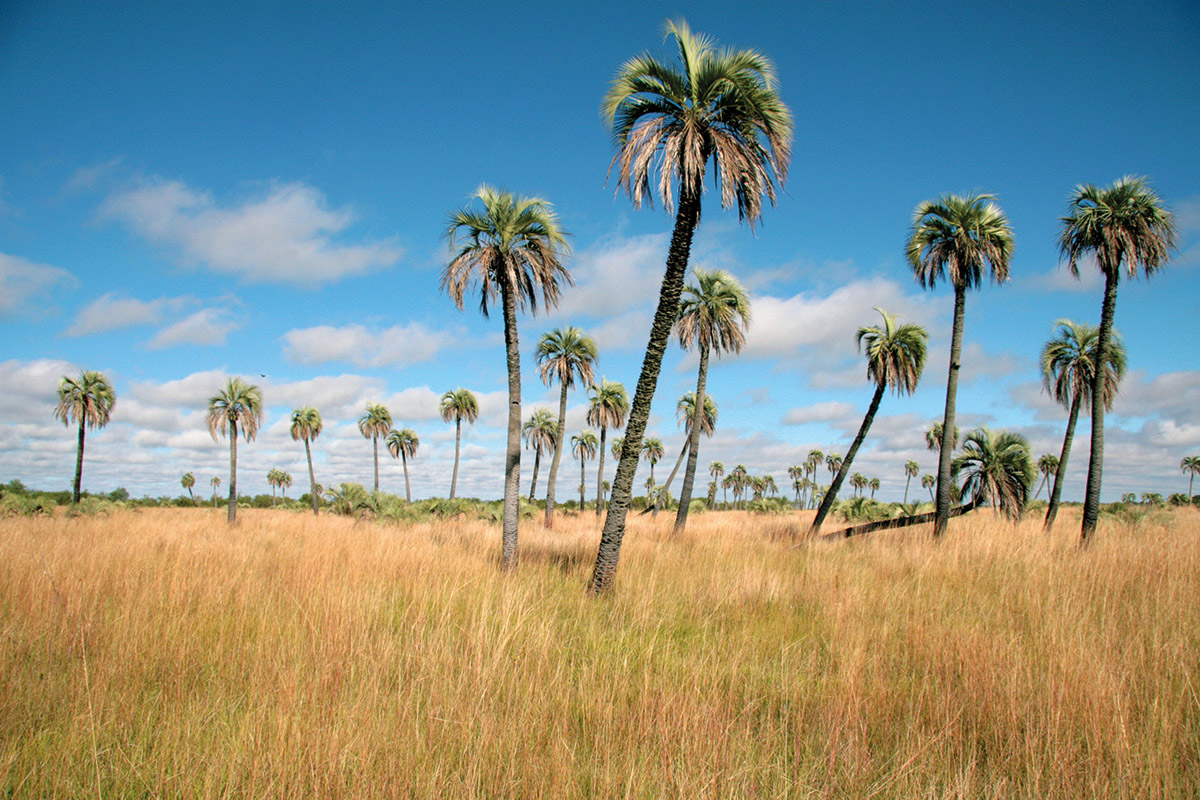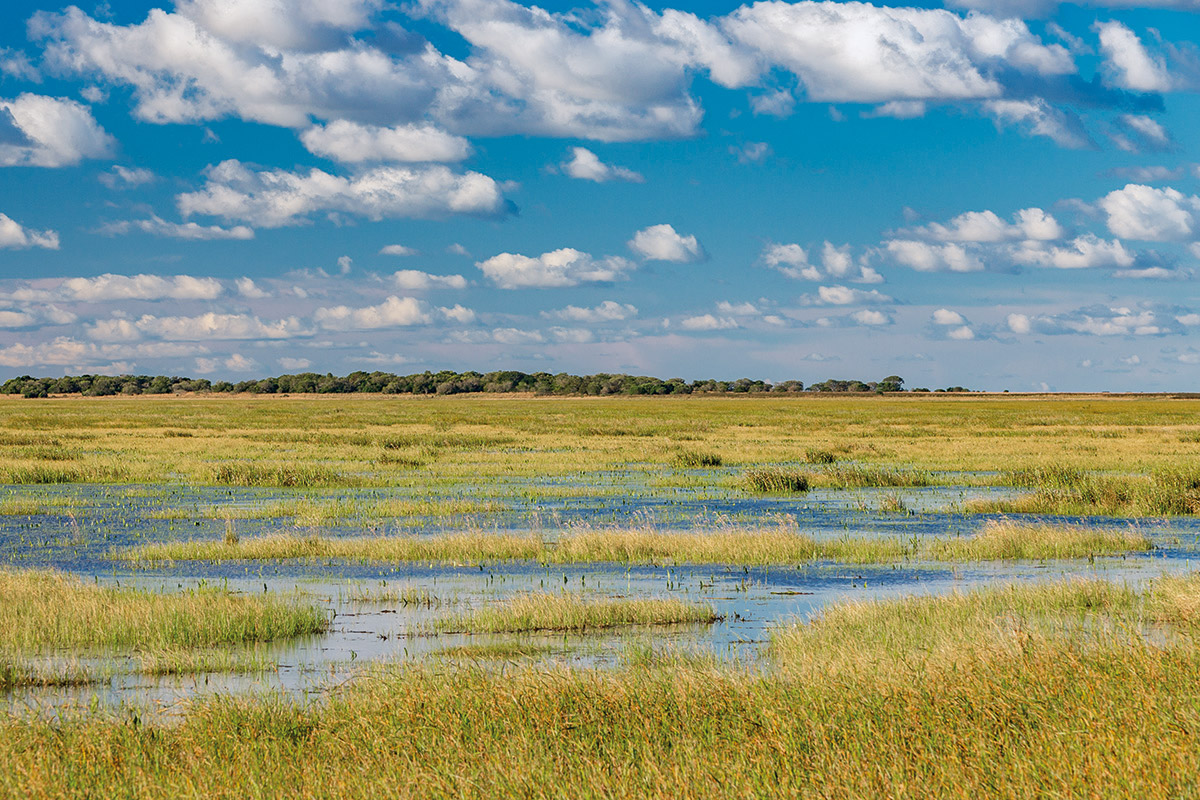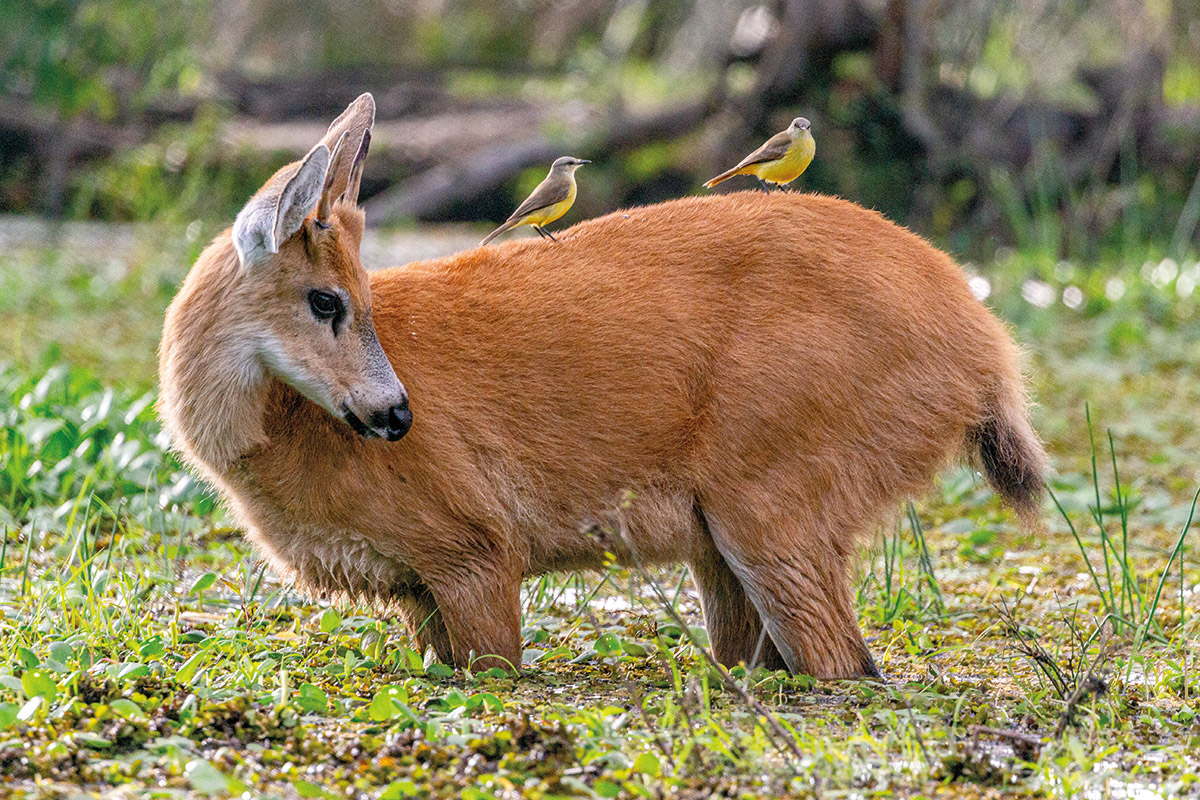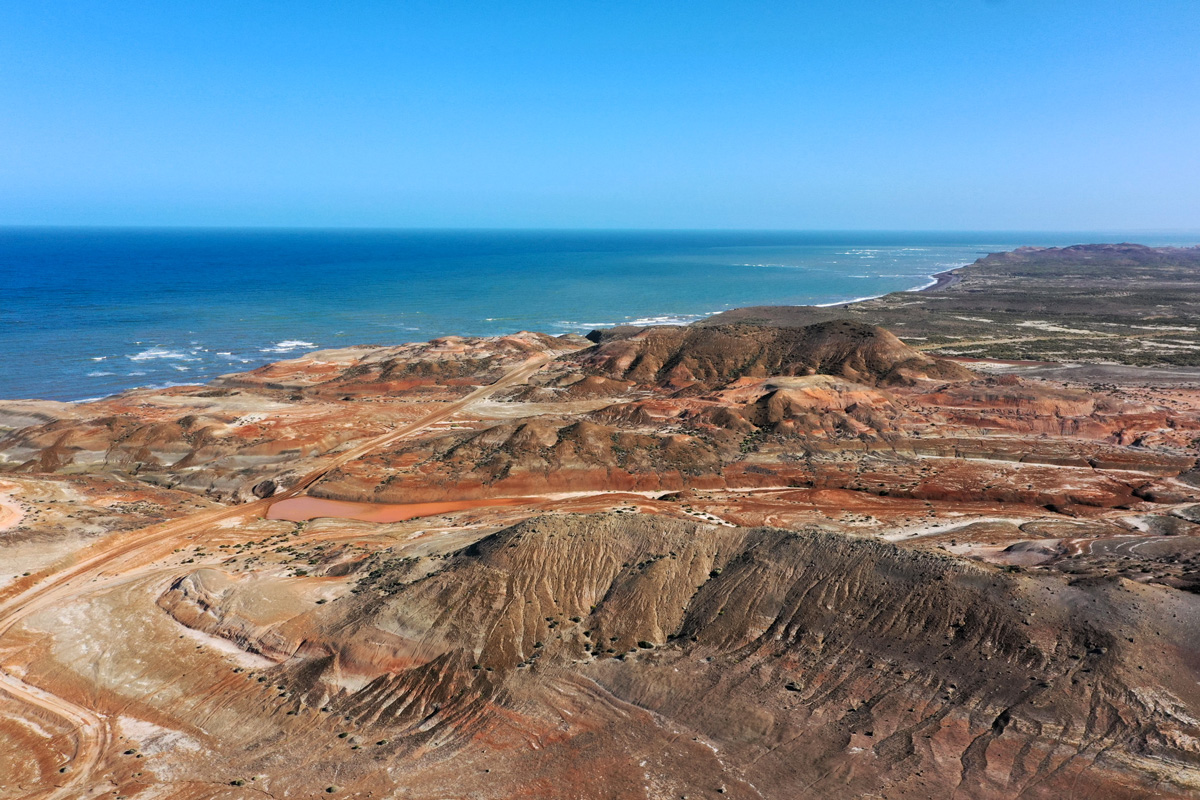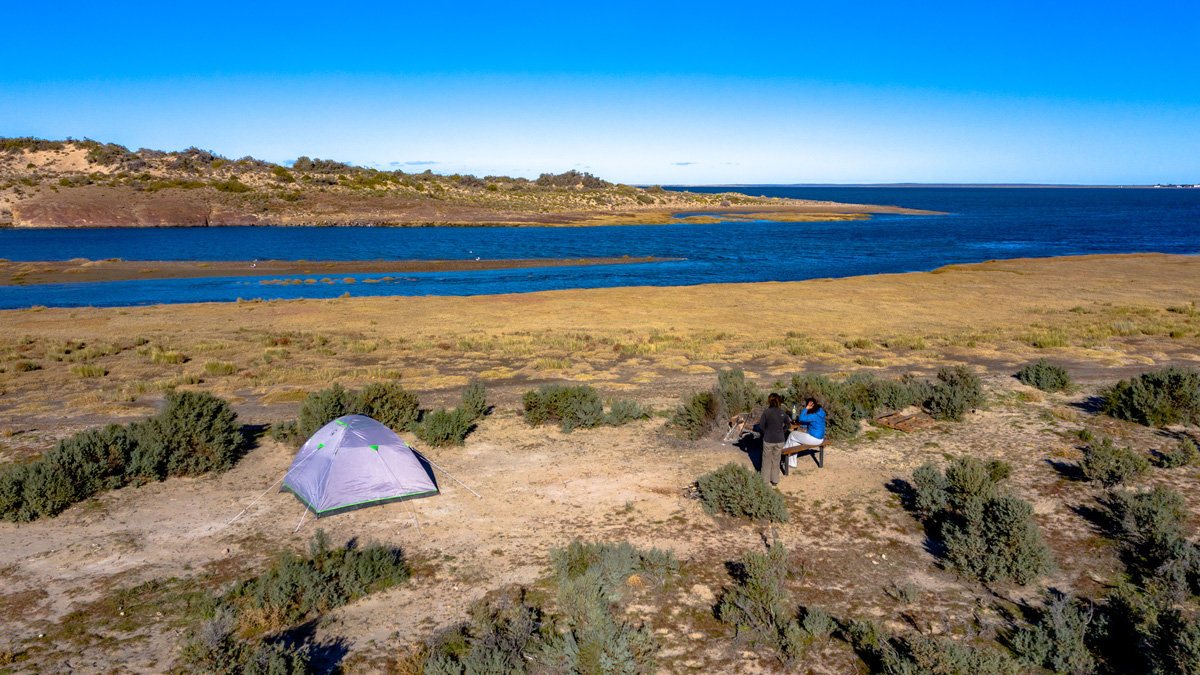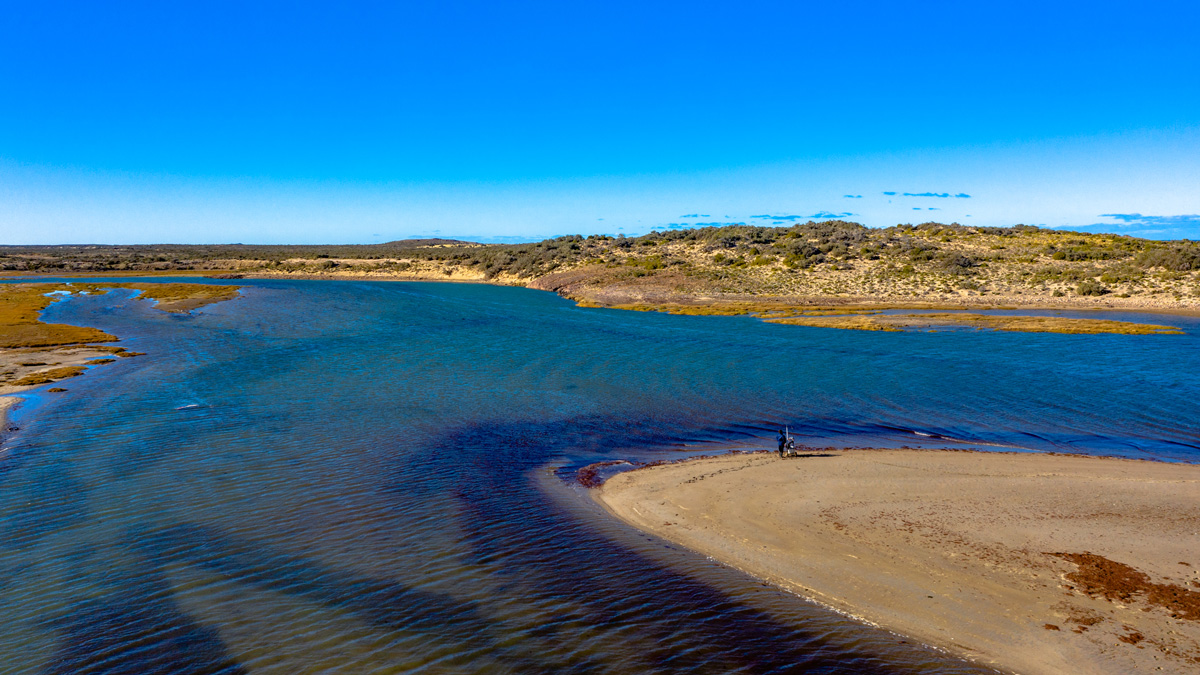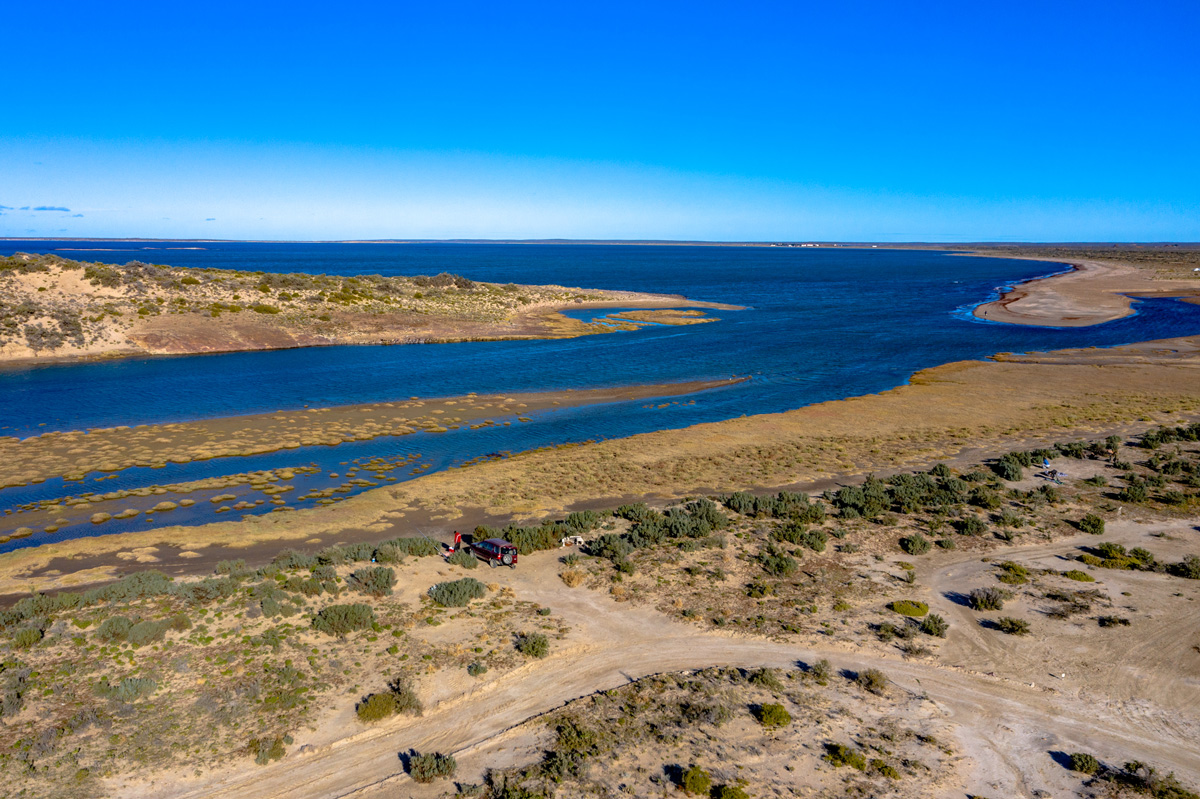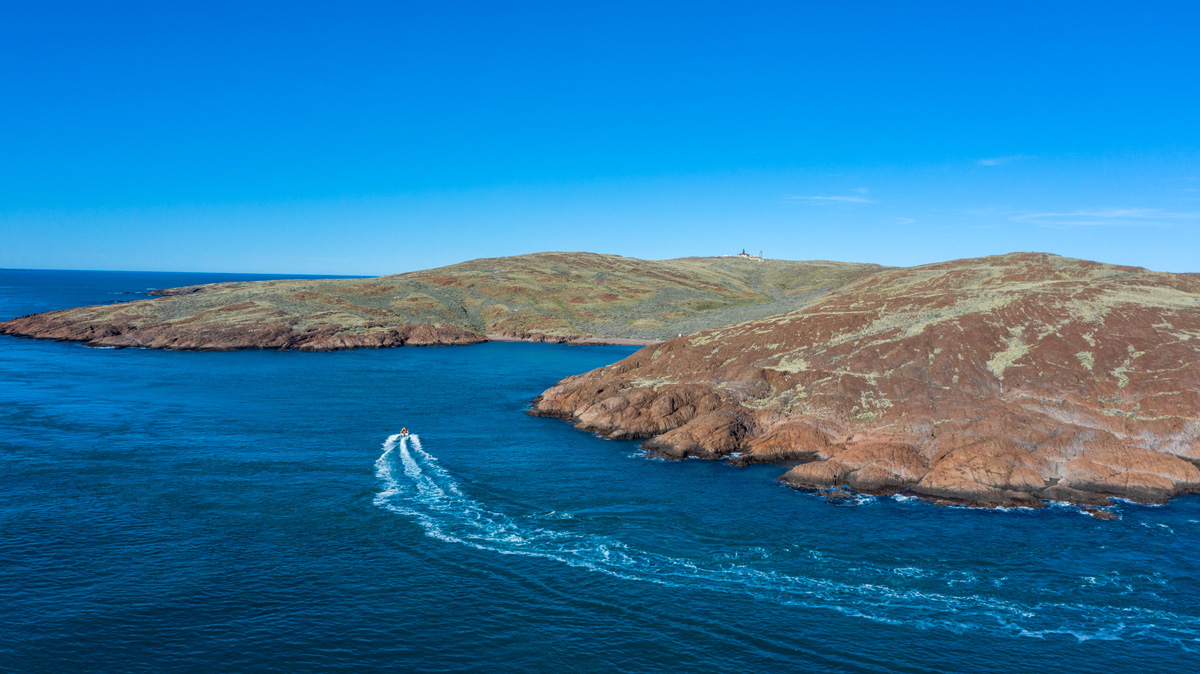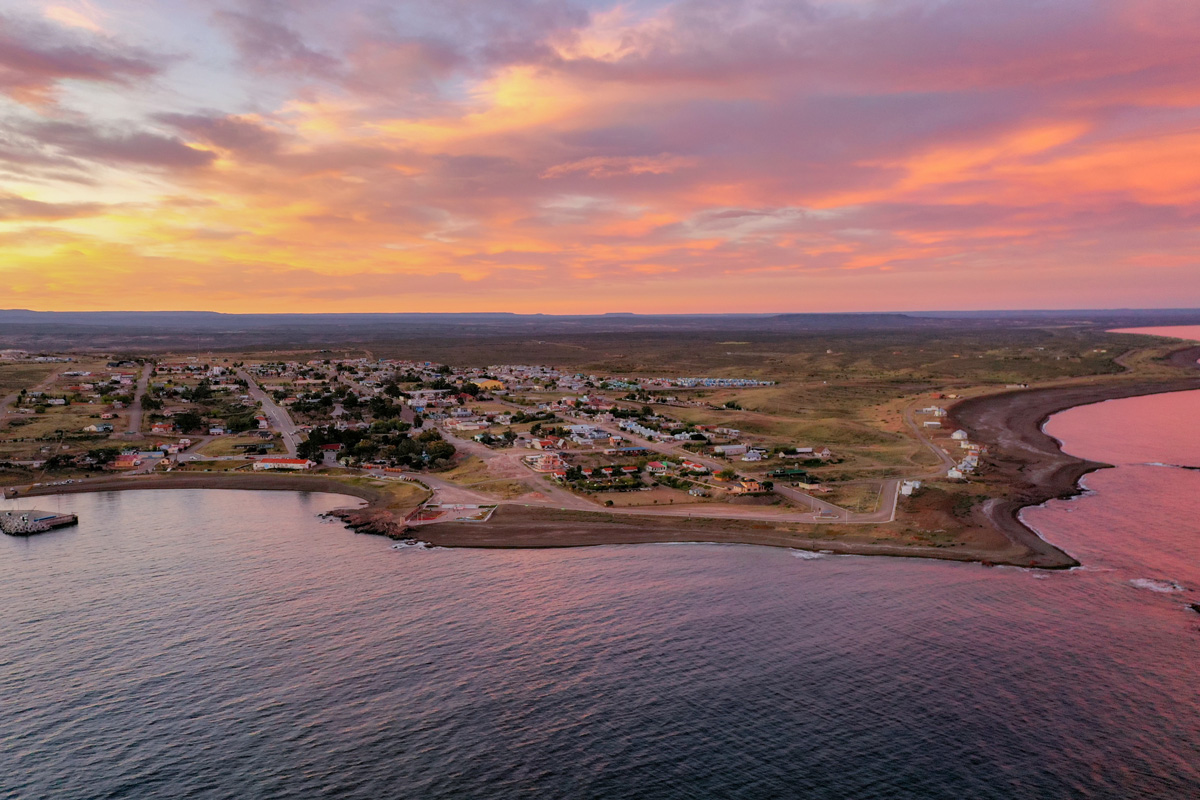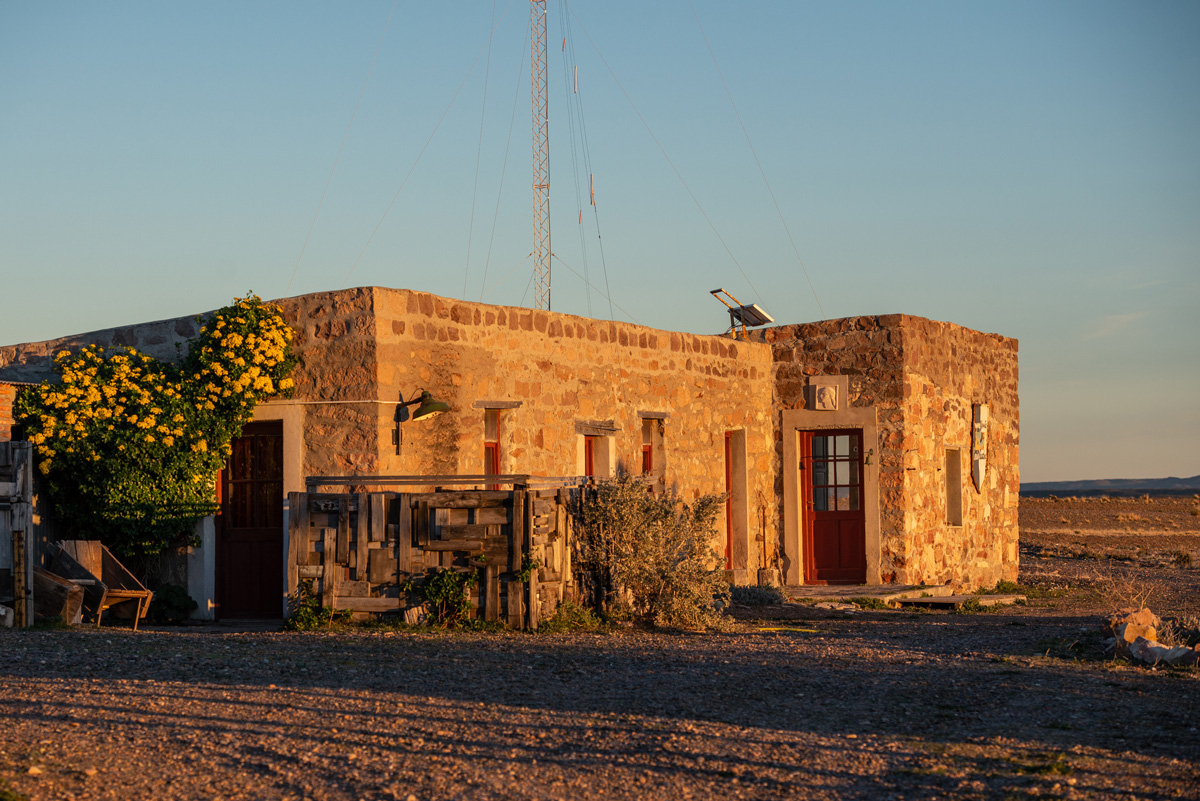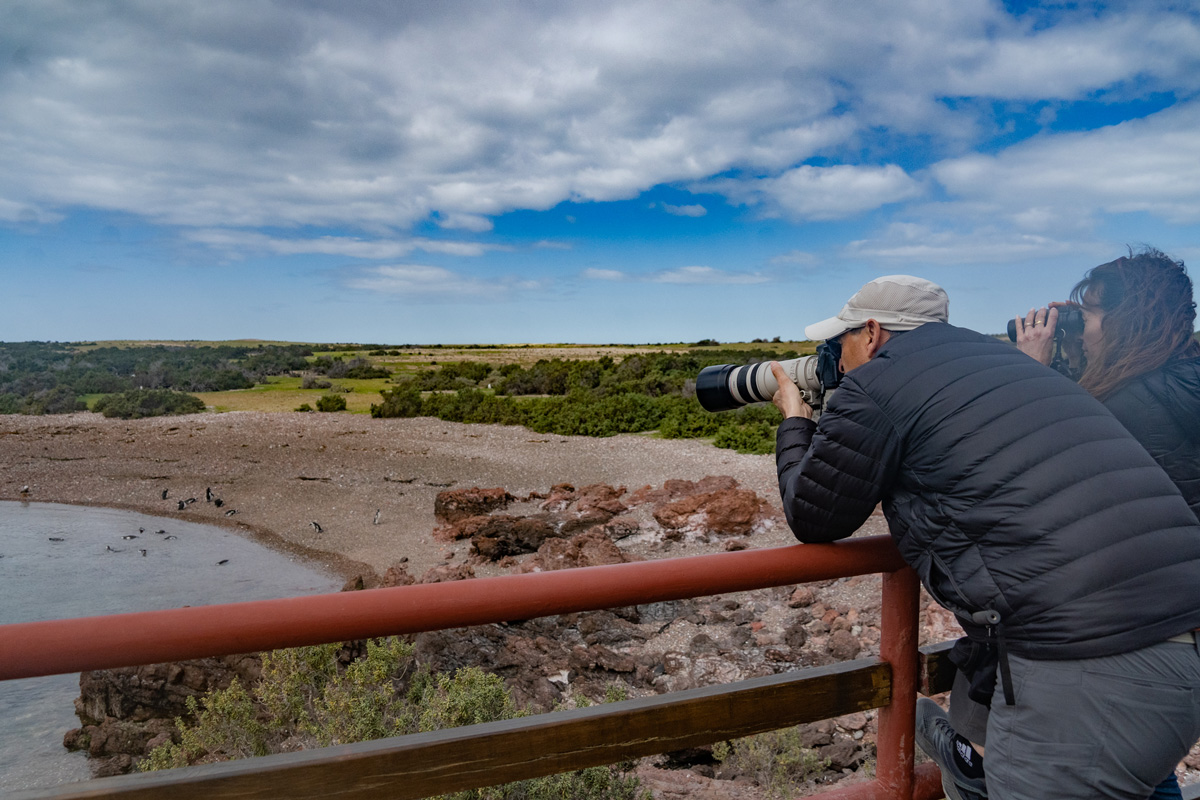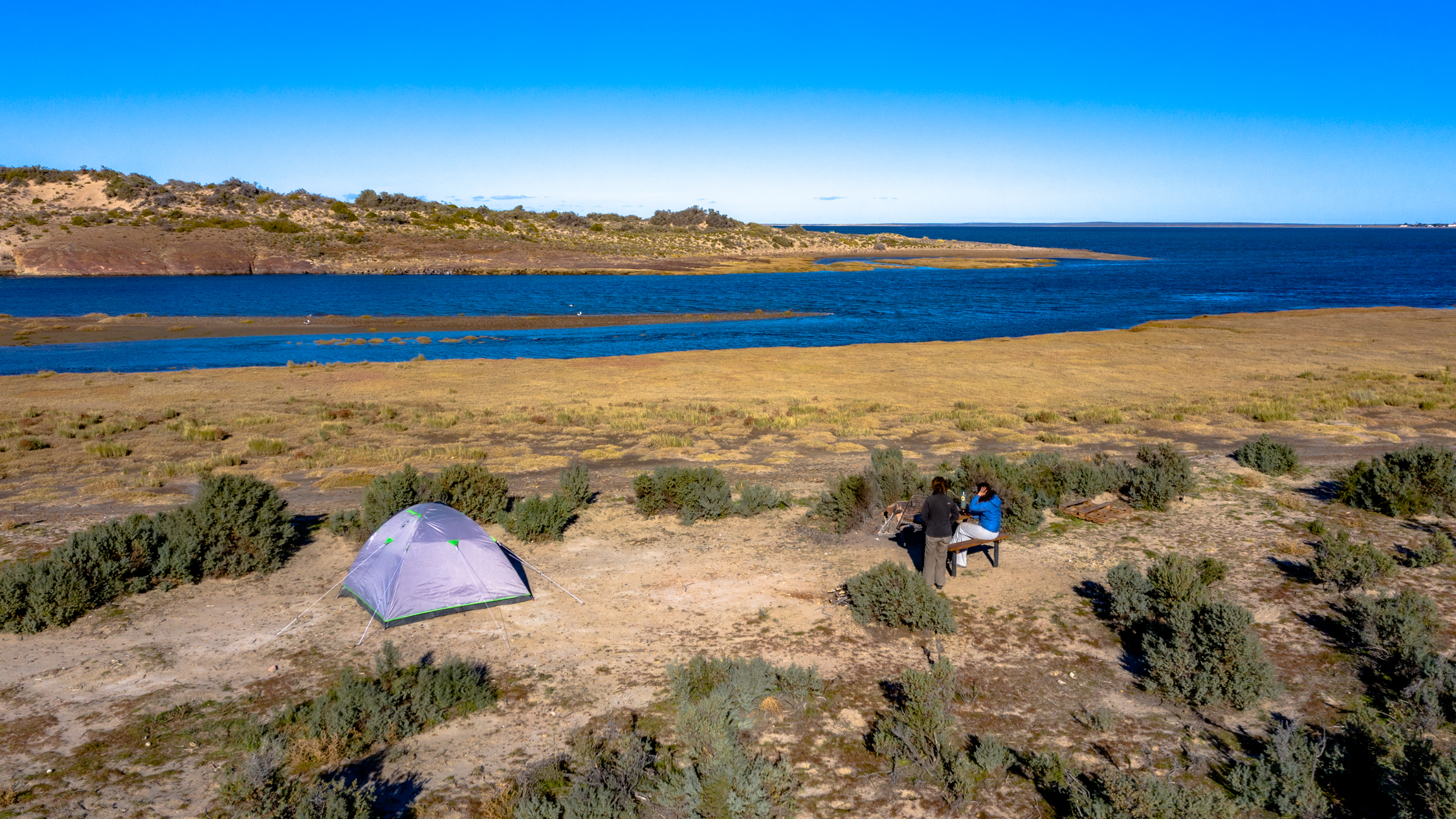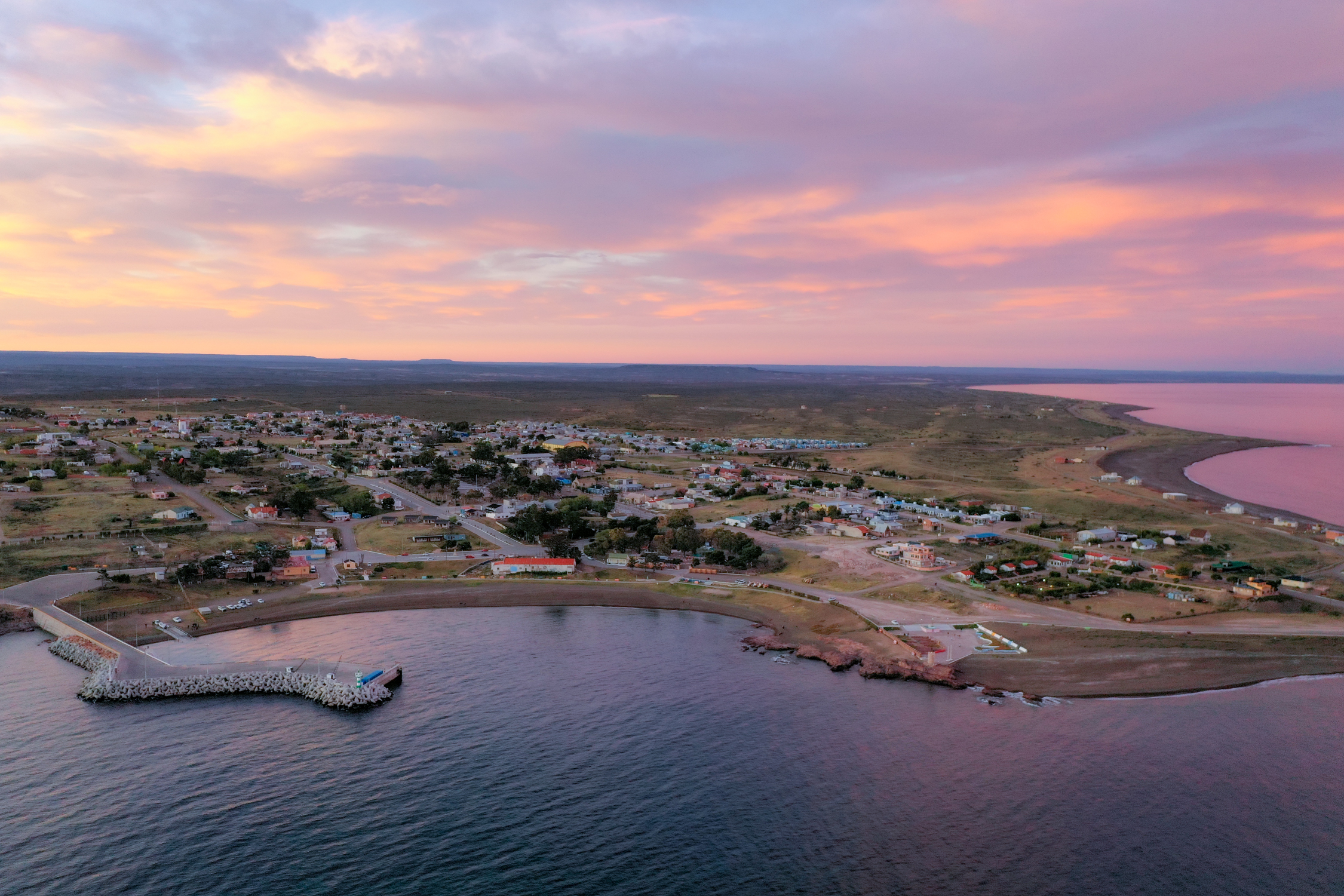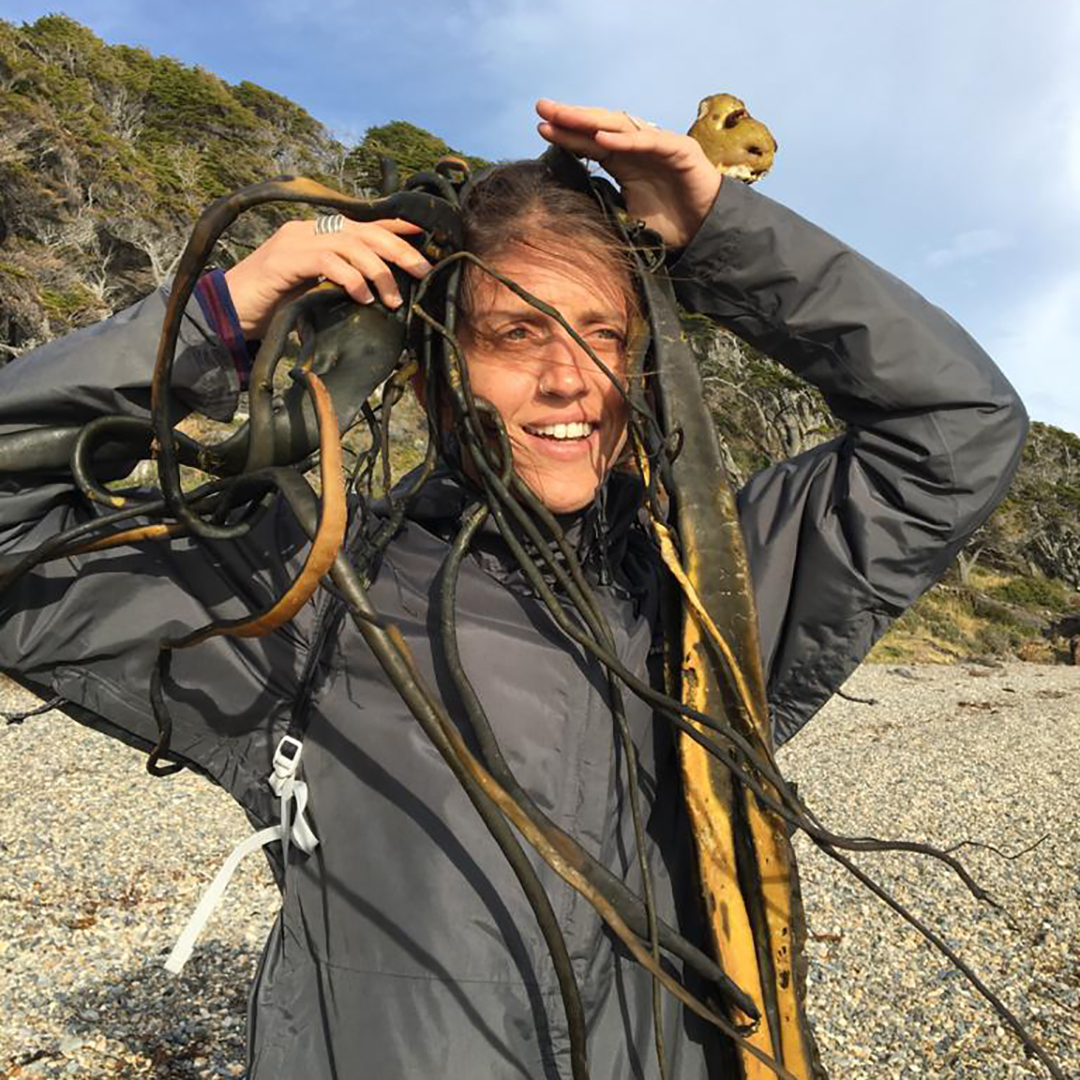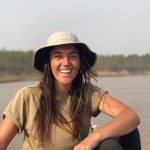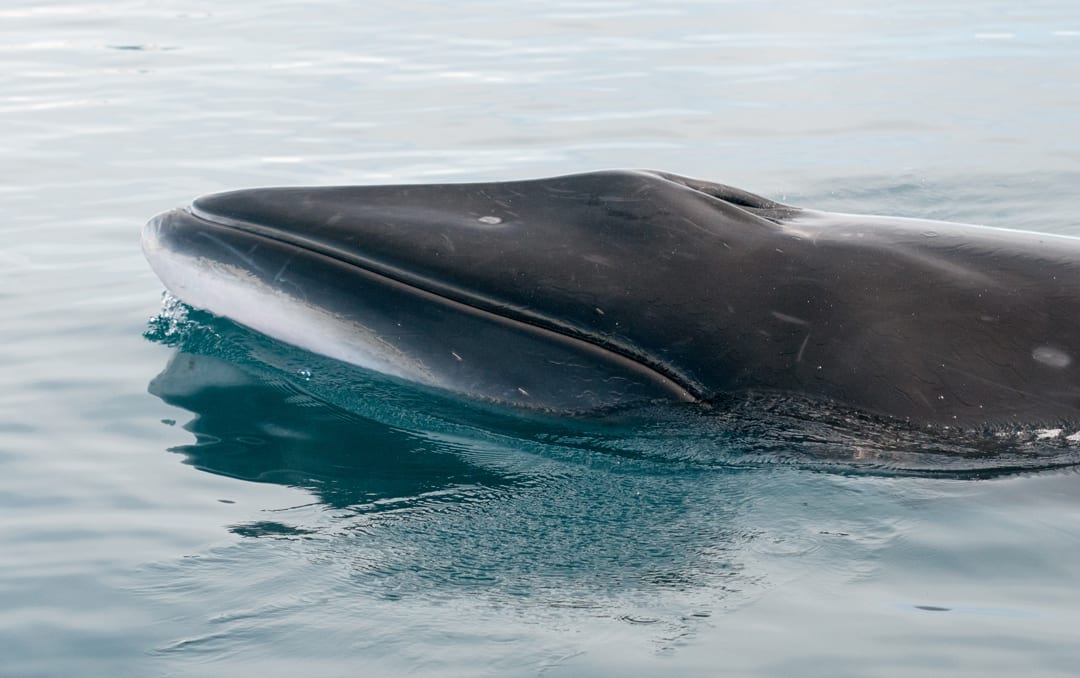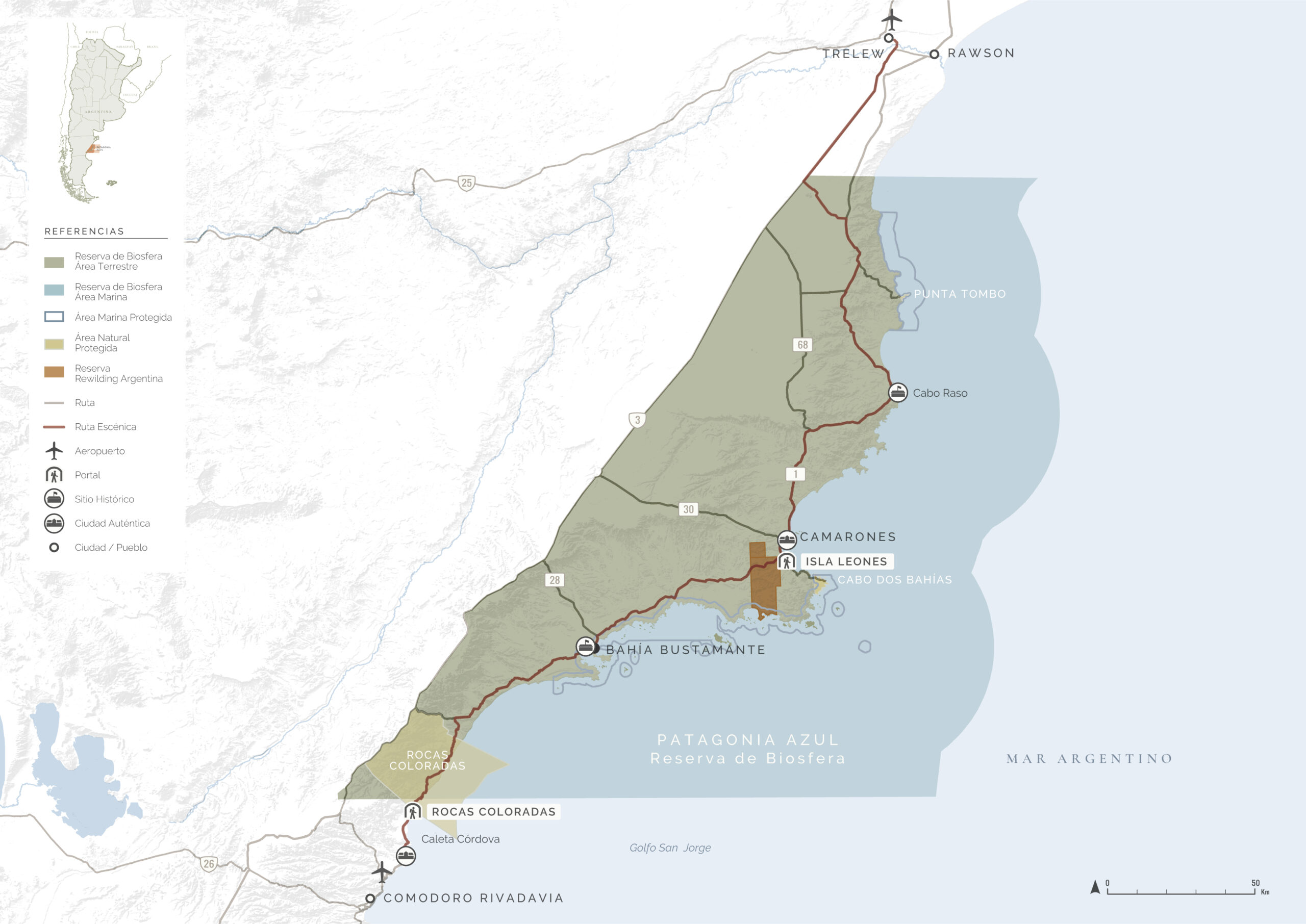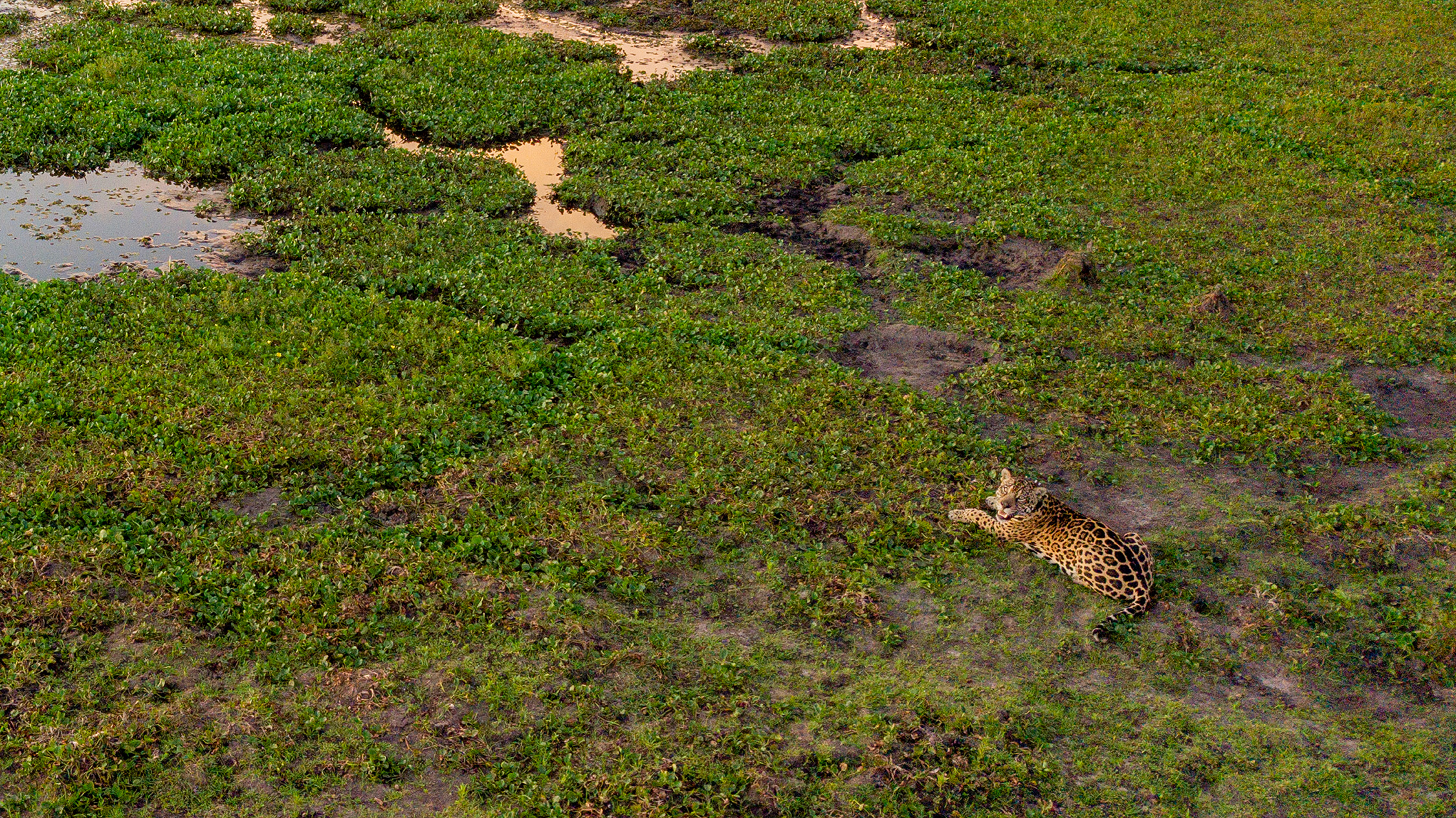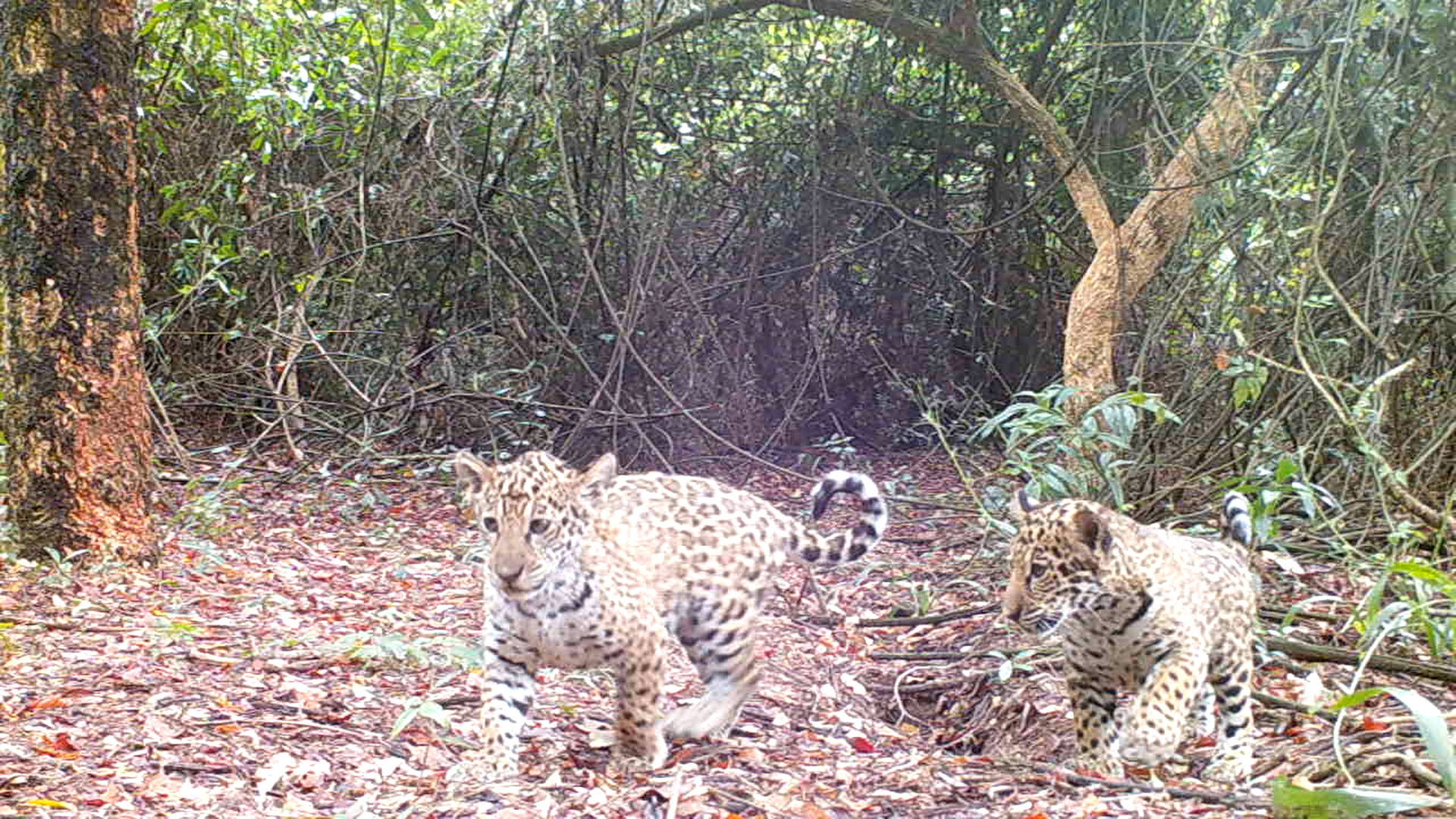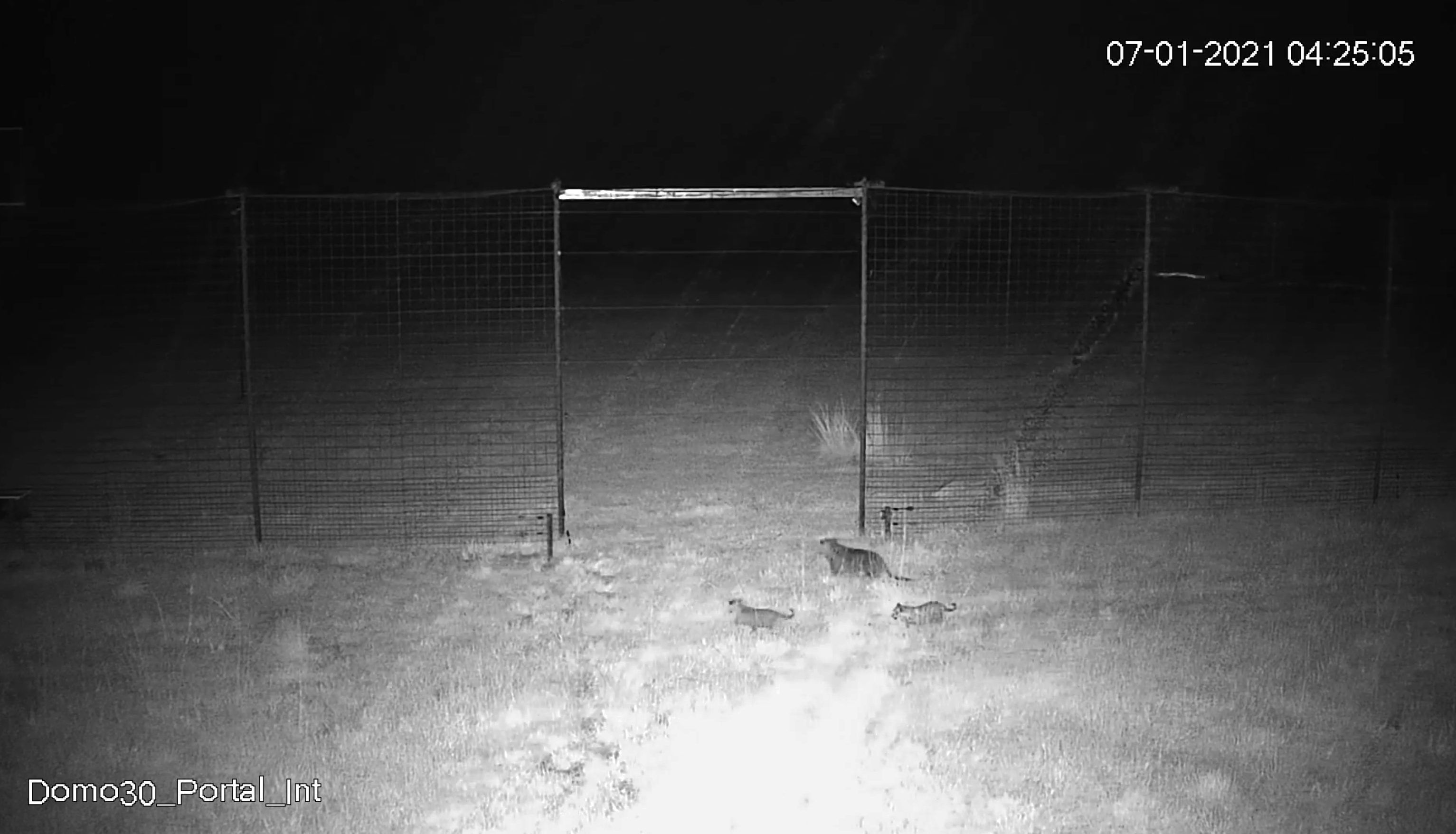Within El Impenetrable's protected landscapes, we work to restore keystone species and environments of the Gran Chaco ecosystem and foster restorative economies in the neighboring communities based on wildlife-watching tourism.
Surface area of El Impenetrable National Park
128,000 hectares
Carbon Sequestered
28.2 million metric tons
Ecosystem
Schinopsis, carob tree, and palo santo with gallery forests, grasslands, marshlands, and stands of sandbur grass—which were believed to be extinct—and lagoons formed by flooding of the Teuco River.
Highlighted Conservation Values
Representative sample of the Dry Chaco region and the Teuco interfluvial area. Healthy populations of endangered species such as the white-lipped peccary, the giant armadillo, the giant anteater, the tapir, and the maned wolf, and the presence of Chacoan peccary, their cubs and ocelots, as well as some of the last jaguars in the Chaco Province. The park has high species biodiversity as it is a corridor between the interior Atlantic forest and the mountain cloud forest, via the Teuco River.
Coordination Team
Débora Abregú
Conservation Coordinator
Debi was born in Córdoba, where she studied Biology. She volunteered at El Teuco Field Station in 2020, before joining the team the following year. Debi coordinated and executed monitoring tasks for released yabotí turtles and environmental education, in order to improve the local perception of the jaguar and other species. She manages El Impenetrable’s conservation program since 2024.
Marisi López
Institutional Relations and Nature Tourism Coordinator
Marisi López has a degree in public relations. In 2005 she joined the Rewilding Argentina team to work on the Iberá Project in Corrientes where since then, she has pioneered public park openings and donation of tourism gateways. She is an expert in nature tourism and institutional relations with the press, civil society, and community stakeholders.
El Impenetrable National Park
El Impenetrable National Park was created in 2014 in the Chaco Province, through the hard work of nature conservation organizations and institutions. It protects 128 thousand hectares of carob tree, palo santo, and Schinopsis forests, grasslands, marshland lagoons, and endangered species such as the giant armadillo, giant anteater, the tapir, maned wolf, and the jaguar.
How El Impenetrable National Park was created
El Impenetrable National Park was created thanks to the efforts of the Chaco government and the National Parks Administration (NPA) as well as multiple Argentine conservation organizations to protect the lands of the former Estancia La Fidelidad, which encompassed areas in the provinces of Chaco and Formosa. Rewilding Argentina has been there from the start, in charge of logistics and presence on the ground since 2012, developing wildlife surveys, as well as training, promotion, and public relations work with donors and the press.
La Fidelidad dates back to 1872, when the ranch was gifted to Natalio Roldan by the then governing government of Salta, in recognition for navigating and exploring the Teuco River. The land was later sold to the Born family which used it to raise cattle, followed by the Roseo brothers who did the same, but with less success. That later led to them logging the land (especially the carob trees) for industrial use in Castelli.
In 2011, the last ranch owner, Manuel Roseo passed away, and various organizations and the NPA proposed creating a national park, helped along with administrative advances by the Province of Chaco. The Province of Formosa is aware of the importance of preserving the area, but has not yet put in place mechanisms to effectively protect it.
In 2014, El Impenetrable National Park was created though the NPA did not take possession of the area until 2017. To ensure a representative sample of the ecosystem and sustainable populations of large mammals, the northern bank of the Teuco River still needs to be protected.
An Oasis of Biodiversity
The park is located at the edge of an area known as El Impenetrable, due to its dense, spiky vegetation but mainly for the lack of water, which makes exploring it difficult. It is the largest national park in northern Argentina making it key to sustain long-term populations of mammals such as the jaguar, tapir, peccary, and giant anteater. It is also tremendously biodiverse and has an excellent state of conservation.
El Impenetrable is home to hundreds of bird species, such as the Chaco eagle, the jabiru (a type of stork), the turquoise-fronted Amazon (a type of parrot), the black-bodied woodpecker, the Chaco chachalaca, the black skimmer, and the Rufous-fronted thornbird, among others. It also has unparalleled riches in plantlife with species such as red quebracho, carob trees, schinus molle, lignum vitae, guaranina, floss silk tree, caspi zapallo trees, mistol, white carob, prosopis kuntzei, porotillo, and a type of acacia. The park also is home to a large palo santo (Bulnesia sarmientoi) forest, a species endemic to the Dry Chaco and known for the quality of its wood.
The presence of many different types of environments within the park is the key to its great biodiversity. It has tall thickets of red quebrachos, carob tree stands, riverside gallery forests, palm trees, cardon cacti, grasslands, and even one of the last remaining wetlands of the region. The Teuco River, with its periodic flooding and permanent watercourses, plays a fundamental role in the preservation of the many environments and wildlife dispersal during the dry season.
For all of the foregoing reasons, El Impenetrable National Park is unique and of vital importance for the conservation of the Chaco forest.
El Impenetrable's natural and cultural wealth under threat
The La Fidelidad ranch in the Province of Formosa is not currently protected, and is being divided for forestry and cattle raising. The one hundred kilometers of the Teuco River are the northern limit of the national park and are frequently used for illegal hunting and fishing, which endangers peccaries, tapirs, gray brockets (a type of deer), dorados, and catfish. It also threatens large felines, such as the jaguar, which is critically endangered in Chaco and declared a natural monument at the provincial and national level.
Since 2011 we have been working with provincial and national park rangers, seeking environmental compliance, with NGOs and investigators to increase scientific knowledge of wildlife, and with the Chaco government to increase promotion of nature-based tourism in the region.
Rewilding El Impenetrable
At El Impenetrable National Park we work to reintroduce locally extinct species and manage some of its most threatened environments to regain its original natural splendor.
Rewilding El Impenetrable
The Chaco Province and especially El Impenetrable National Park in the Dry Chaco are a rare example of well-conserved red quebracho, palo santo, and carob tree forests, populated by wildlife dependent on them.
However, in recent decades, the populations of some of these forest species—including the jaguar—have been alarmingly reduced, to the point of near disappearance. In the wetlands and grasslands of the Dry Chaco several large species have disappeared. The guanaco and pampas deer are absent from grasslands, and in the Teuco and Tequito Rivers marshlands the marsh deer and giant river otter and other species, such as the lesser rhea, are seldom seen. In the forests, species such as the red-footed tortoise have become locally extinct and others such as the Chacoan peccary and the giant armadillo are at risk of extinction.
Our goal is to return El Impenetrable to its former wildlife splendor by reintroducing locally extinct species and actively managing some of its more threatened environments, such as grasslands. Undertaking this will help the region to recover its iconic inhabitants and environmental roles they fulfill.
El Teuco Field Station
Part of Rewilding Argentina’s team lives at the El Teuco Field Station, doing research, monitoring, and training, among other projects aimed at expanding the park. Since mid-2018 we have been developing the biodiversity baseline in El Impenetrable, which to date is the most complete inventory of the flora and fauna species of this protected area. Establishing baselines is essential to making decisions affecting park management.
Biodiversity baselines
Our foundation works inside of the national park in collaboration with the NPA to establish biodiversity baselines.
By 2022 we counted 24 species of mushrooms, 508 species of plants, 624 species of arthropods, 74 species of fish, 36 species of amphibians, 51 of reptiles, 349 of birds, and 57 of mammals. Some of these species were not previously known in the Chaco Province.
These baseline findings allow us to identify recently disappeared species and determine what caused their extinction. The park contains habitats of sufficient quality and area to bring back locally extinct or nearly extinct species, such as the jaguar, the pampas deer, the guanaco, the marsh deer, the giant river otter, and the red-footed tortoise, some of which are in danger of extinction in Argentina.
Environmental restoration
Due to its past as a cattle ranch, most of the damage in El Impenetrable affected grasslands. Poor cattle management and inappropriate use of fire have led hardier invasive plants to thrive, impacting vital ecosystems to the survival of the lesser rhea and the maned wolf. Some of the original inhabitants, such as the guanaco, pampas deer, and marsh deer have completely disappeared at a local level.
Caños (dry riverbeds)
Caños are dry grasslands of sandy soil formed by the change in a river’s course. They are extremely important for native wildlife but suffer from the encroachment of tusca, a small perennial thorny tree that invades the grasslands, and affects the wildlife that depends on them.
We have begun a project that consists of mulching and using season and condition-informed prescribed burns, to help the grasses recover. We hope that the original vegetation and the associated native wildlife will repopulate the caños.
The species we work with at the El Impenetrable project
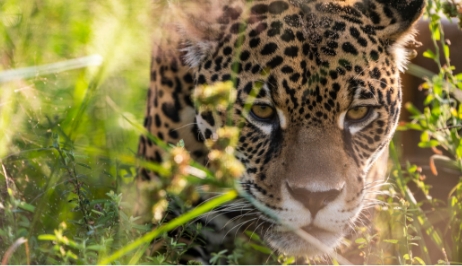
Jaguar
With a population of just fifteen to twenty individuals, the jaguar is virtually extinct in the Argentine Chaco. At El Impenetrable we have been working on a project since 2019 to rebuild jaguar populations and reverse its extinction in this area.
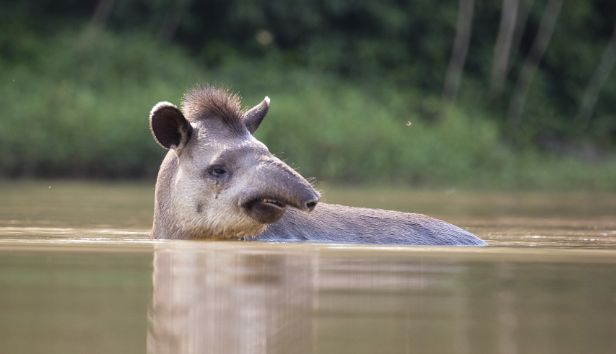
Tapir
The tapir (Tapirus terrestris) is the largest herbivore in El Impenetrable and a key species in the functioning and structure of the northern forests of Argentina. It disappeared in a large part of its distribution, and barely survives in its range, and is therefore considered vulnerable to extinction.
However, in El Impenetrable there is a population that seems to be well conserved and is relatively easily-observed. To better understand the biology and ecology of this species, we have undertaken a monitoring project using camera traps and tagged several individuals with VHF and GPS transmitters, using this technology for the first time with this species in Argentina
From research, we understood the dynamics of this species movement as being related to the availability of water during the year in an environment with seasonal variability, such as El Impenetrable. The species is dependent on permanent sources of water, which they find by walking large distances when it is scarce, or short distances during the rainy season, when they do not stray from their small home territories of just a few square kilometers.
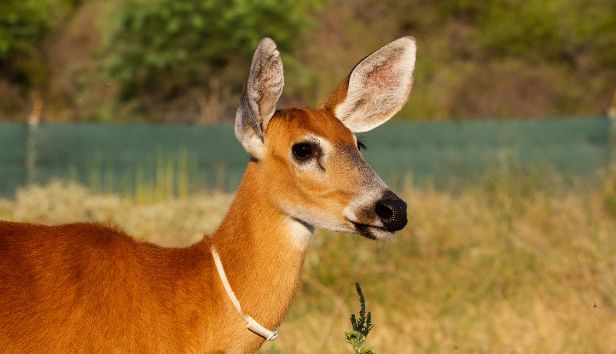
Marsh deer
The marsh deer (Blastocerus dichotomus), South America’s largest deer, plays a key role in the herbivory of flooded grasslands and marshes.
In the past, it inhabited the entire basin of the Teuco River, from the provinces of Salta and Jujuy to its mouth at the Paraguay River. Because it is found in the Teuco-Teuquito interfluve, which has extensive wetlands—generally associated with the periodic overflows of these rivers—, El Impenetrable National Park has ideal environments for the species, which is extinct there as in all the wetlands of the Dry Chaco.
At the end of 2022 we began a project to bring the largest South American deer back to these lands. With the arrival of the first two individuals, a captive pair, the return of a lost ecological role in El Impenetrable begins. Soon, we will bring more wild individuals from Iberá to add to the project, which will become the first translocation of animals between national parks in Argentina.
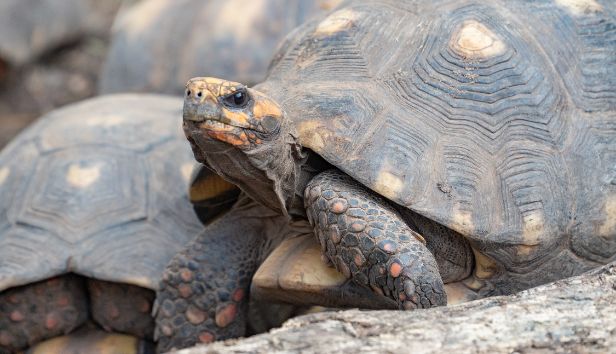
Red-footed tortoise
The red-footed tortoise (Chelonoidis carbonaria) is the largest land tortoise in Argentina, where it is ecologically extinct with the last remaining individuals living in fragmented territories in the Province of Formosa. Once abundant in the Argentine Chaco, this tortoise, which can weigh more than twenty kilograms, was hunted and its habitat destroyed until it mostly disappeared from the region, including in El Impenetrable.
The red-footed tortoise feeds on a large variety of fruits, making it an important seed disperser, which helps to model and structure the forest and thus recover degraded areas.
In 2022, forty tortoises from the Urutaú Rescue Center in Paraguay were brought to El Impenetrable. They have adapted well to the environment and begun recovering their function in the Chaco ecosystem.

Guanaco
In the past, large herds of guanacos (Lama guanicoe) roamed the Chaco grasslands and were greatly valued by the indigenous people. Today, only a few guanacos survive in Chaco, living in small, fragmented populations, due to being hunted for their meat and fur, the destruction of their habitat for agriculture and animal husbandry, and the contagion of diseases from domestic cattle.
The guanaco is the largest native herbivore in the dry grasslands of the region, thus, its presence is essential to recover a complete and functional ecosystem.
In an ambitious project, which includes the translocation of wild family groups from other places’ healthy populations, we plan to reintroduce the species in El Impenetrable and thereby recover the Chaco grasslands ecological functionality.
In 2022 we translocated the first test group of five guanacos from Santa Cruz to La Pampa to fine-tune herding, penning, and transport techniques. The capture and transport were successful. Soon, the first individuals will be taken to El Impenetrable.
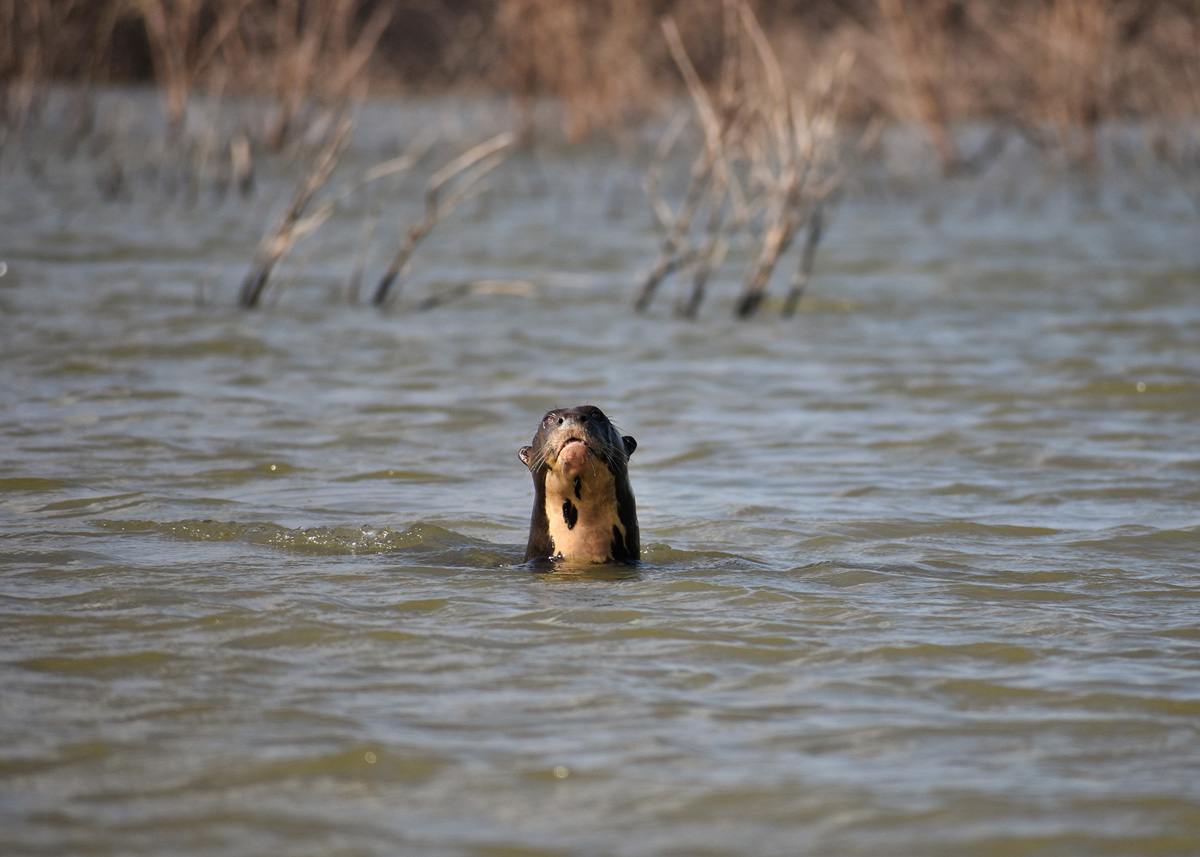
Giant river otter
The giant river otter (Pteronura brasiliensis) is an apex predator of aquatic systems that helps to structure the populations of diverse fish species.
After over a hundred years in which no giant river otters had been seen in El Impenetrable, a male was spotted, later named Teuco. After three months with no sign of him, in mid-2022 fresh tracks were found on a sandy bank of the Bermejo River, presumed to be his.
At the end of 2022 we built a pen to house a female giant river otter in order to “anchor” Teuco to El Impenetrable and begin a project to recover the species through captive breeding and release.
Restorative Economy
With its lush forests of red quebracho and carob trees, zigzagging rivers with sandy beaches, and abundant native wildlife, El Impenetrable invites us to become adventurers and explorers of a little known world.
El Impenetrable National Park gives visitors the opportunity to observe legendary animals such as the tapir, giant anteater, giant armadillo, puma, and more than 340 species of birds, to hear the immensity of the forest, visit its horseshoe lakes, and take excursions on the majestic Teuco River.
Since 2013, when we set up on the banks of this river within El Impenetrable, together with the NPA, we have been training local people to provide tourism services to visitors.
In addition, the Chaco Tourism Institute is working with the National Tourism Secretary to create the El Impenetrable tourism corridor, including building an interpretation center in Miraflores, two shelters with lodging and food services in La Armonía and Nueva Población Gateways, and rest areas in between with bathrooms and tourist information centers.
More information on nature tourism at www.elimpenetrable.org
Communities
At El Impenetrable we work to give local entrepreneurs the tools to develop wildlife-watching tourism, which contributes to forest and wildlife conservation and improves infrastructure, accessibility, and connectivity and encourages environmental education.
Throughout the six years it took to create El Impenetrable National Park, from 2012 to 2018, we worked with the Chaco government and the local communities to ensure they could provide tourism services in the towns closest to the park gateways. At the same time, with the support of Argentina’s Secretary of Environment, we worked on “Forest and Community” projects with two groups of locals from La Armonía and El Chañar (Las Flores), near the park.
By 2022, we were working on the Entrepreneurs by Nature and Community Well-being programs to help them develop sustainable wildlife watching tourism ventures, which contribute to forest and wildlife conservation. We also worked to improve infrastructure, accessibility, and connectivity, and to promote environmental education.
Entrepreneurs by Nature
Entrepreneurs by Nature is a Rewilding Argentina project that aims to increase well-being in the local rural communities bordering protected areas, helping entrepreneurs to develop products and services that promote the protection of wildlife and natural ecosystems.
The program supports development of productive practices and tourist services, creates a link between producers and clients, supports entrepreneurs to achieve commercial independence, and promotes economic development at the community level, linking income opportunities with the adoption of conservation practices.
By committing to the Entrepreneurs by Nature certification, entrepreneurs generate new income while becoming stewards of their natural environment, which complements the parks’ mission to sustain wildlife, natural processes, scenic beauty, and cultural wealth.
Learn more about this program by visiting the website: www.emprendedorespornaturaleza.org
Community Well-being
We support entrepreneurs’ families, focusing specifically on women and youth to improve their well-being through training, cultural interchanges with other nature-based tourism locations, programs on food safety, and improvements to infrastructure, accessibility, and connectivity.
At the same time, we seek to educate local communities—especially children and youth—about the biodiversity loss crisis and rewilding by visiting the reintroduction projects underway at El Impenetrable and giving specialized talks about them.

